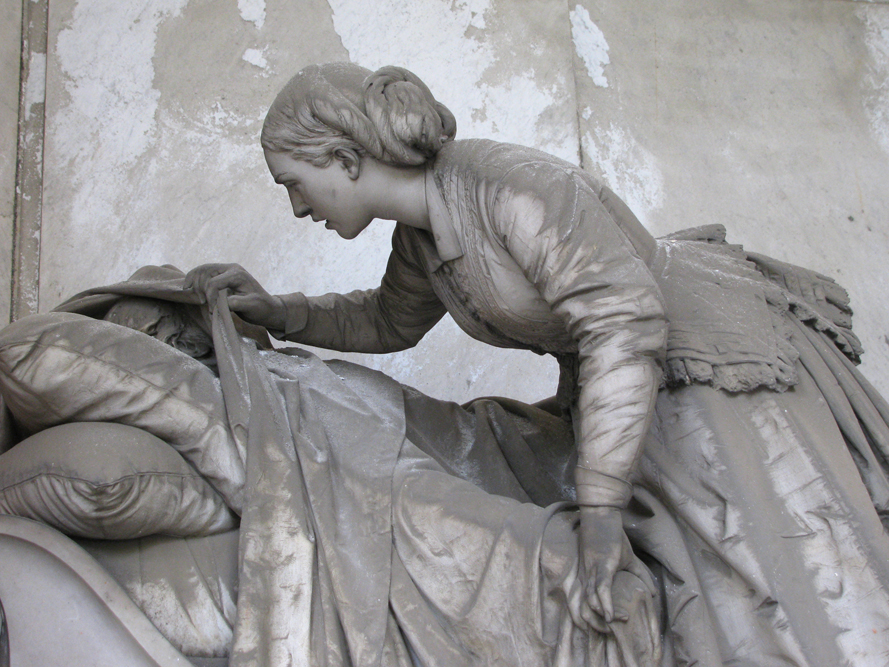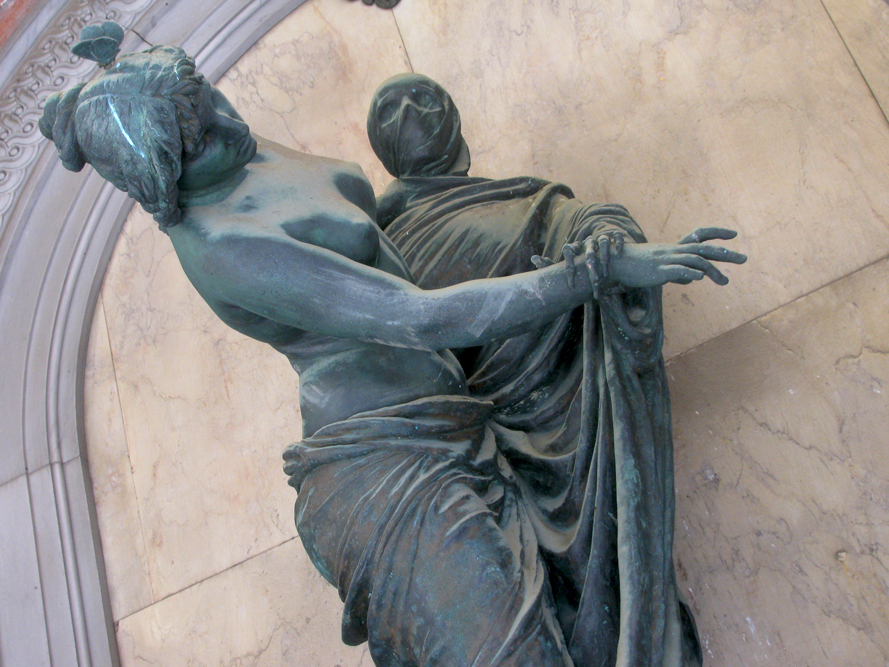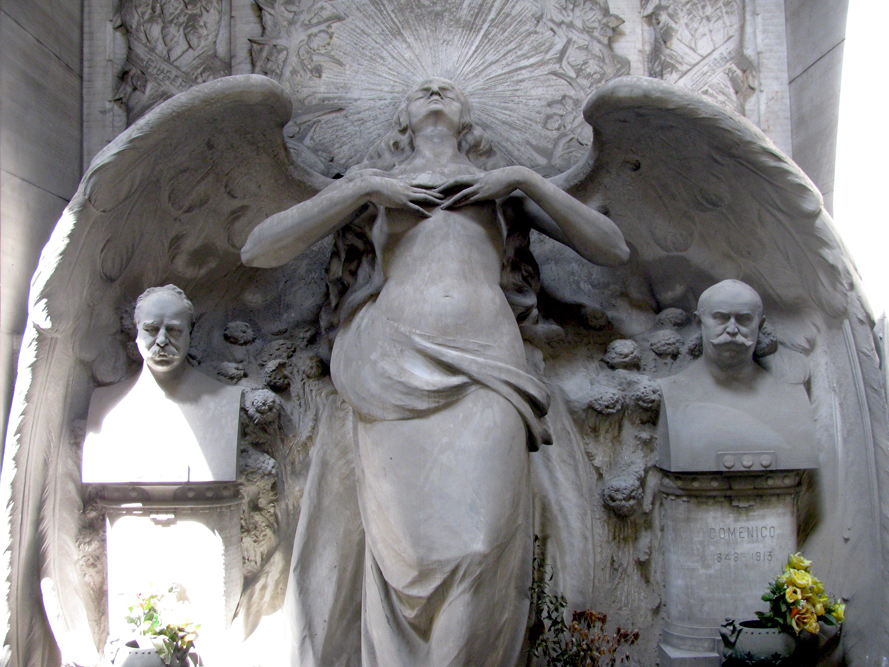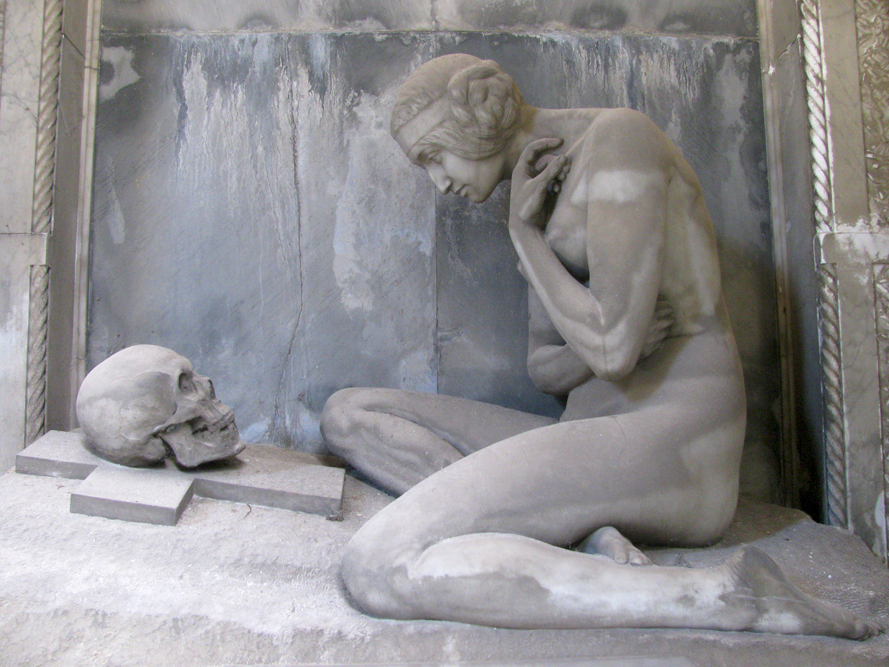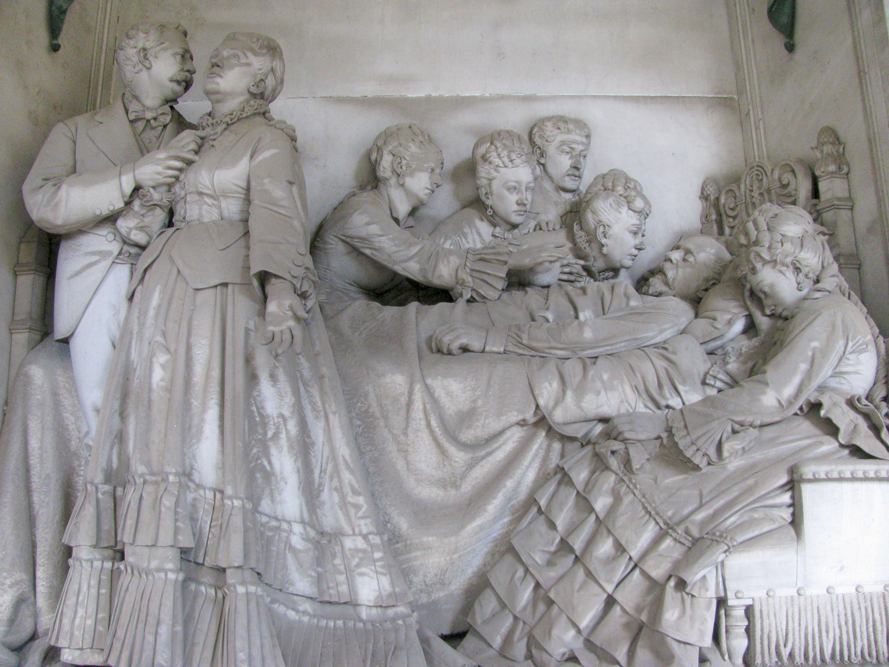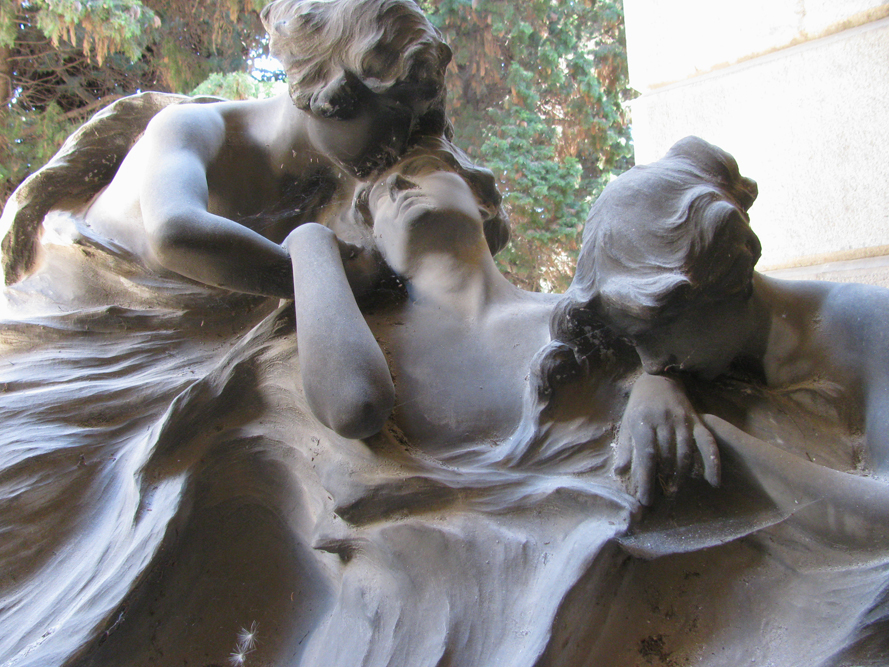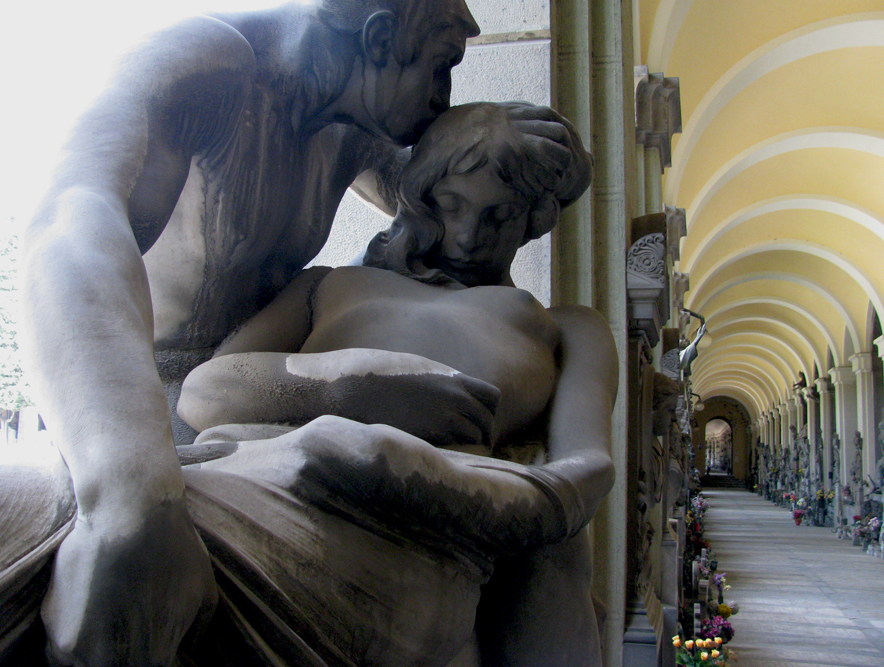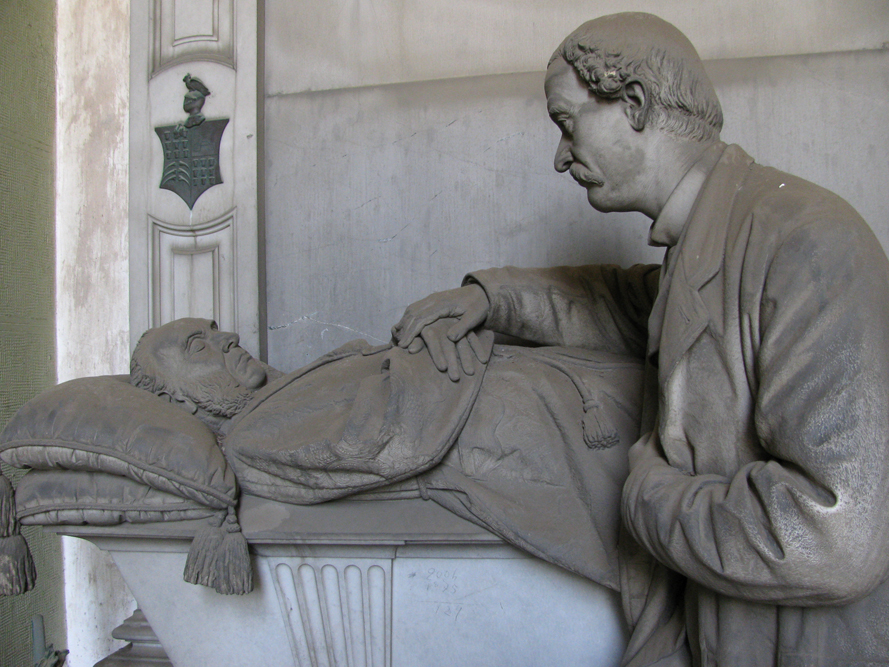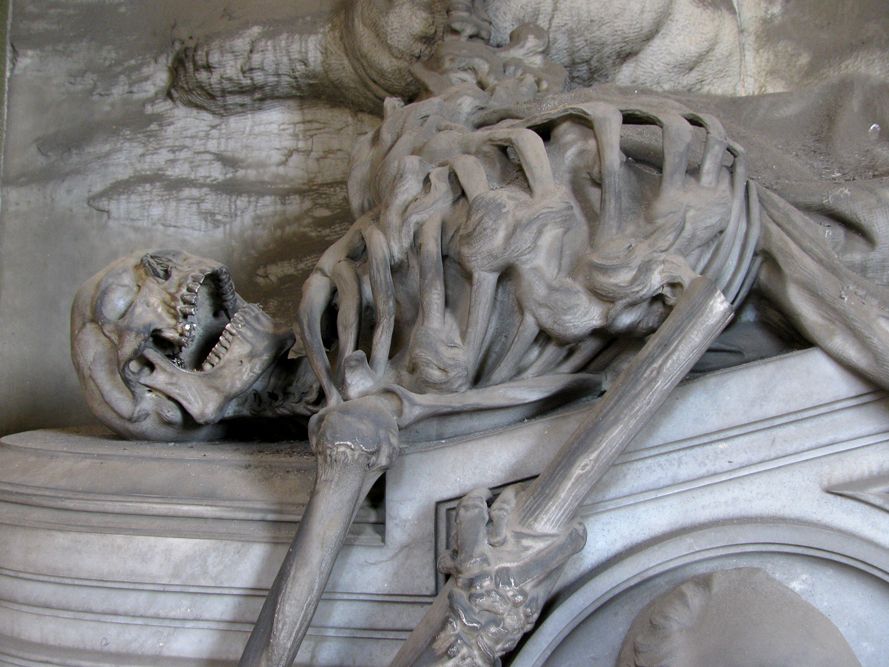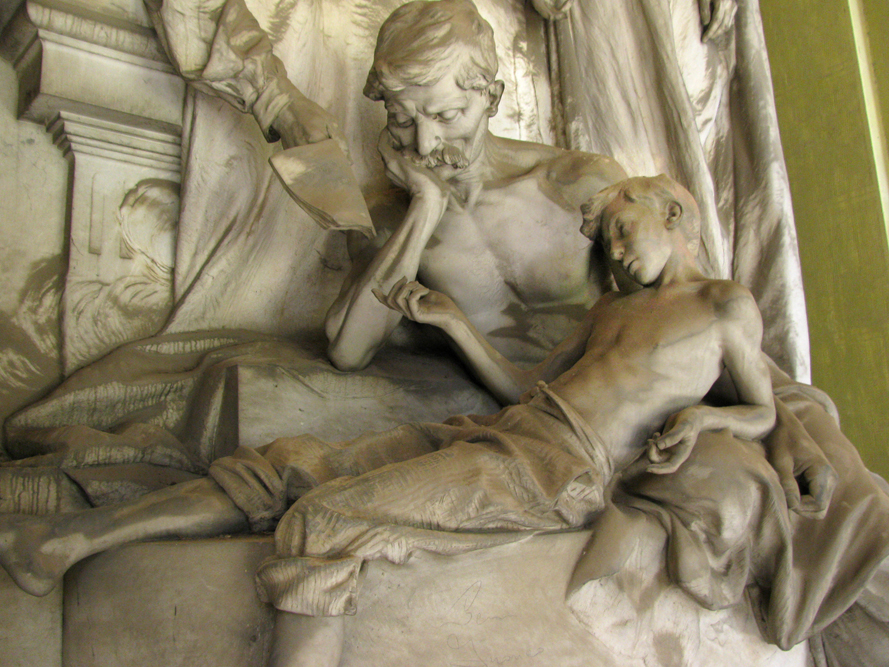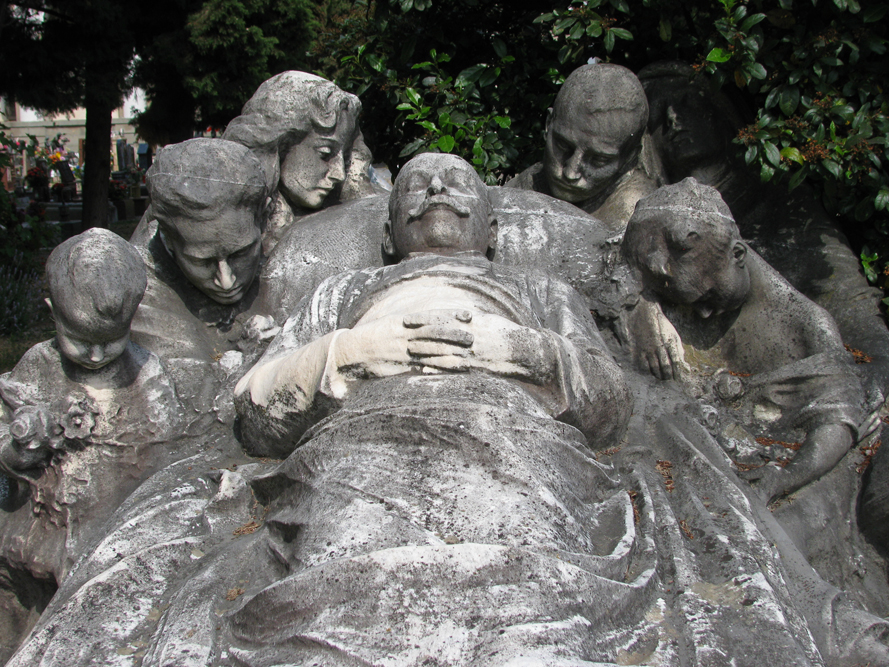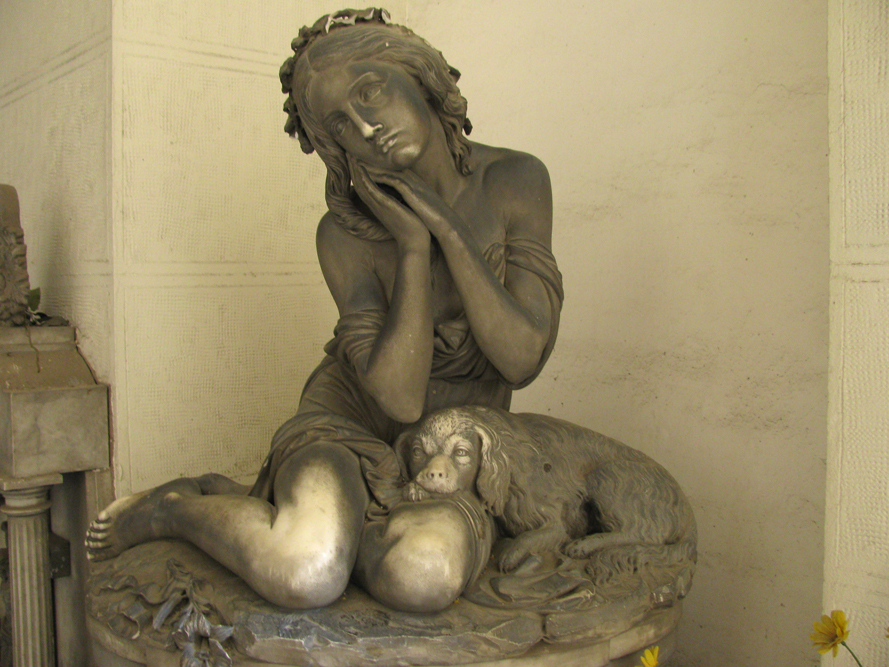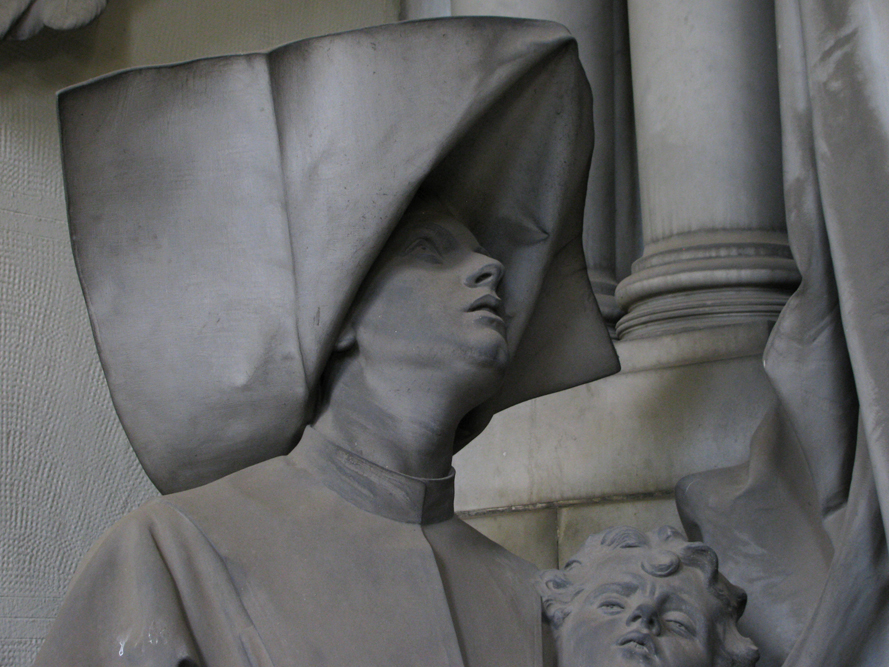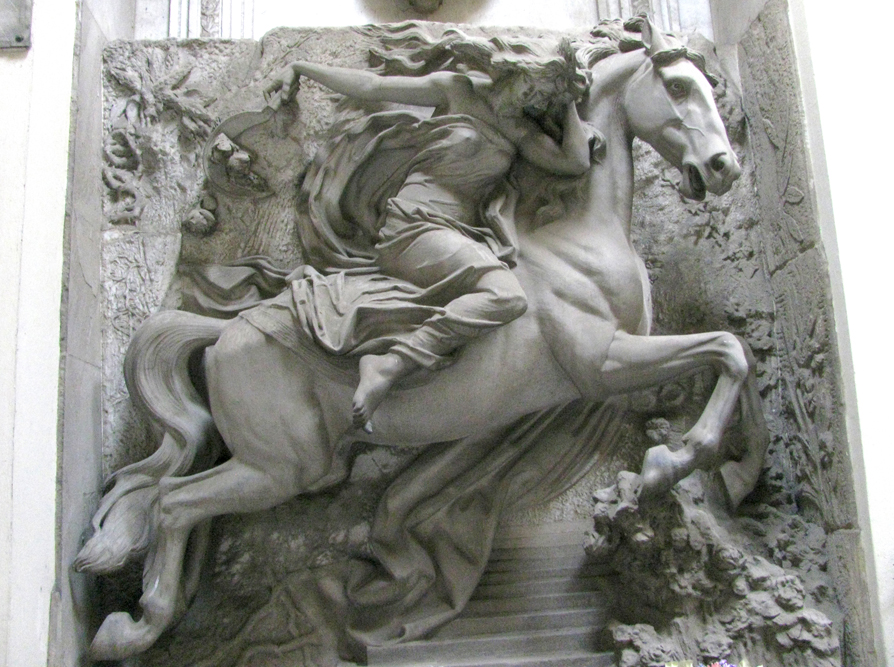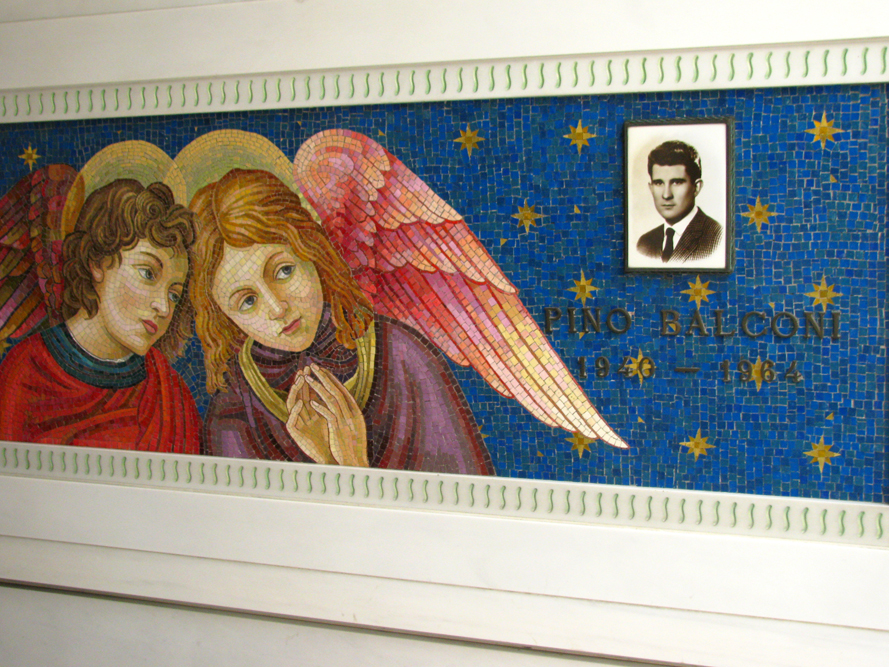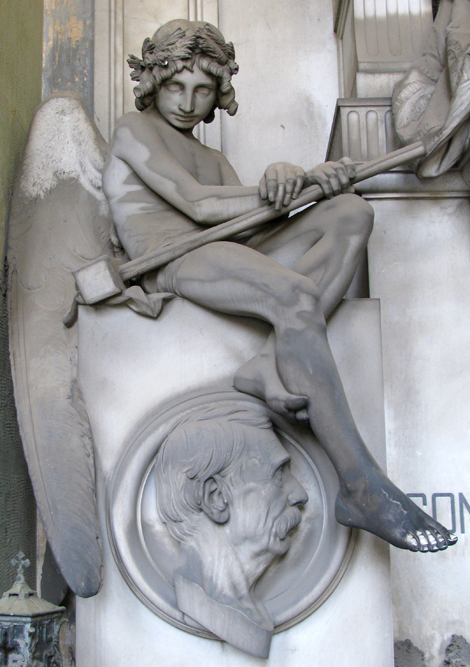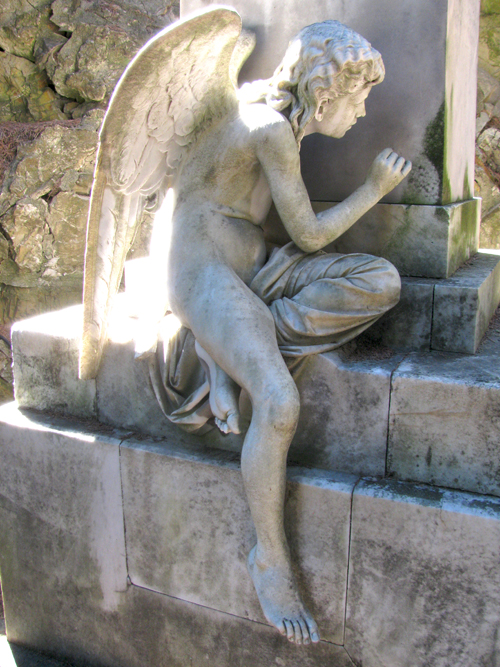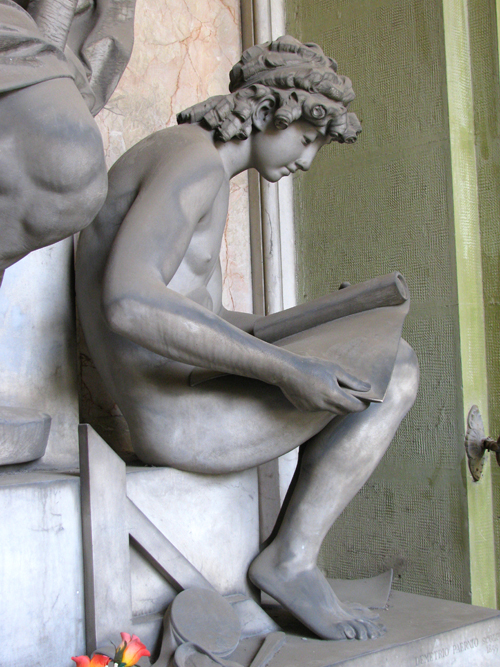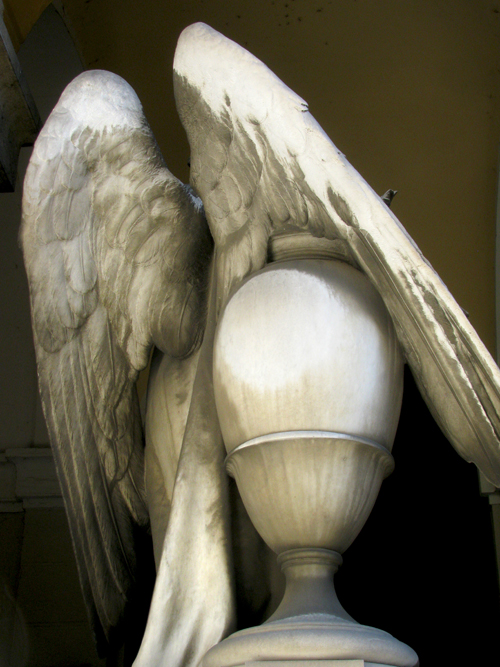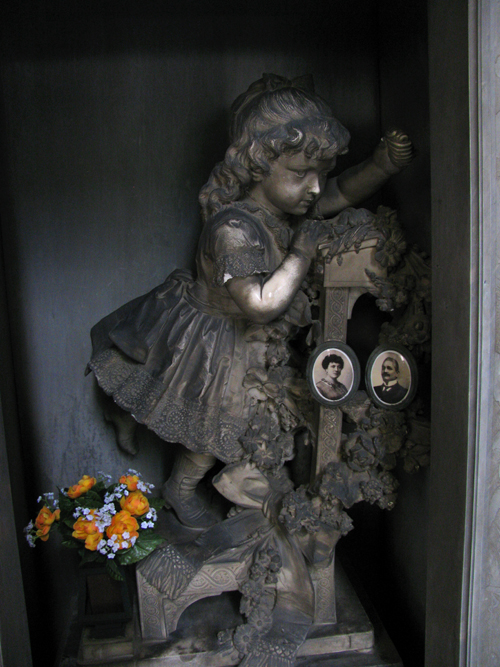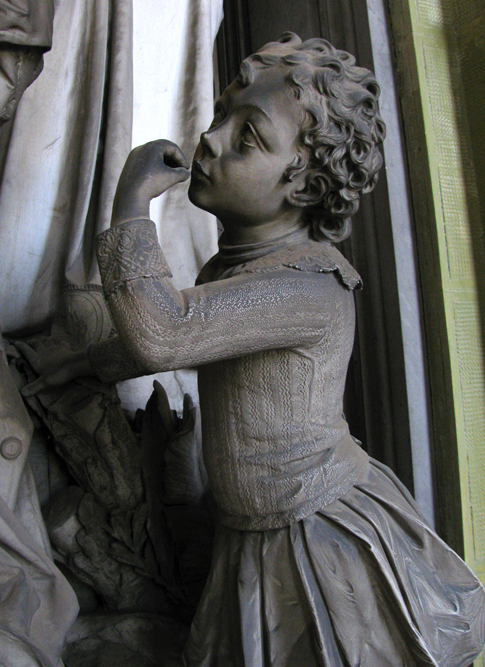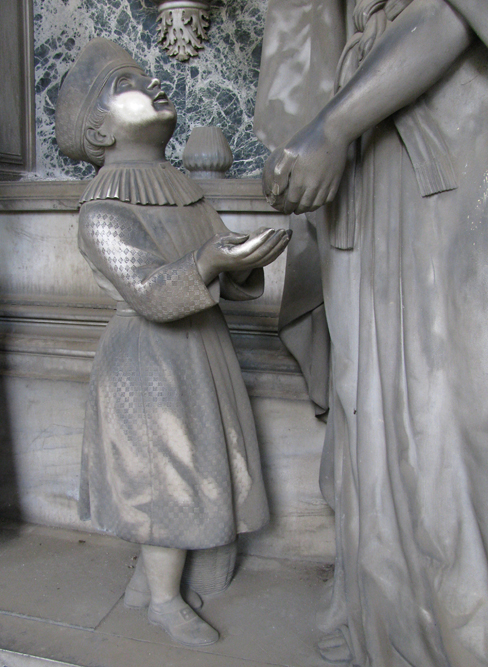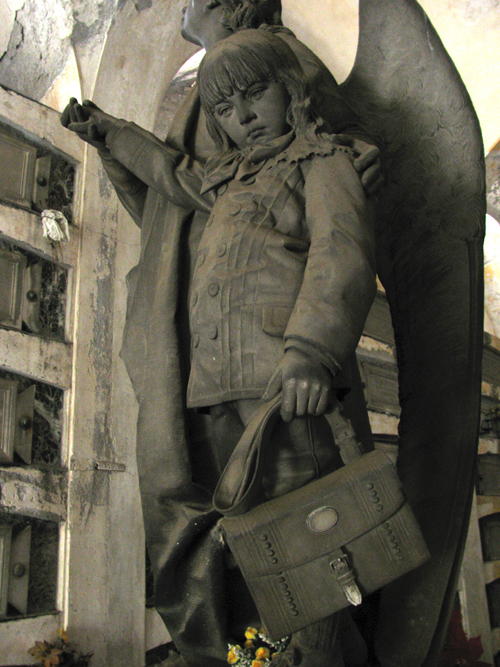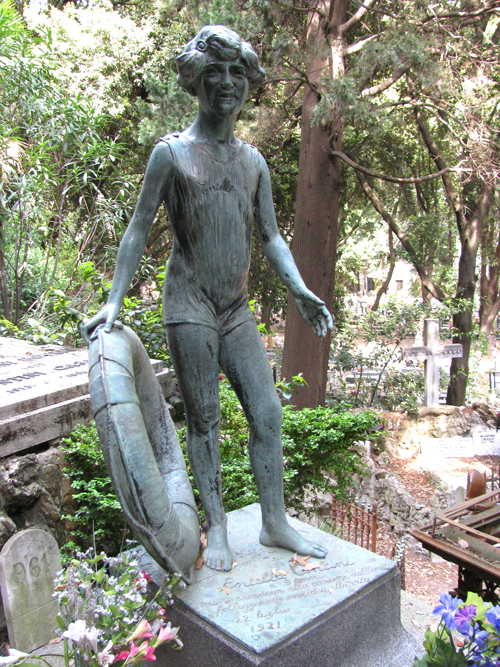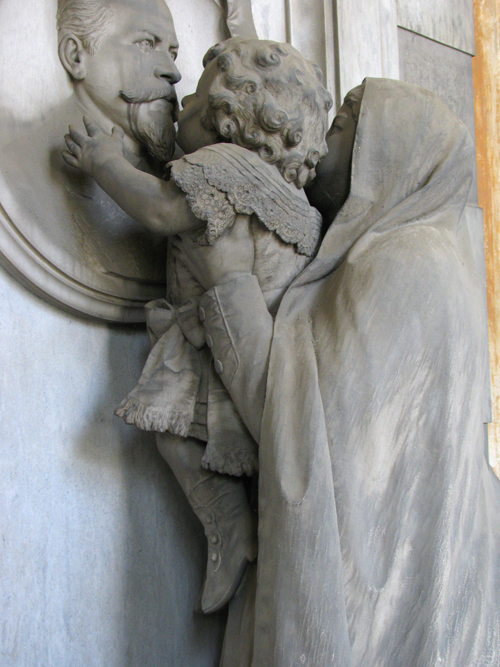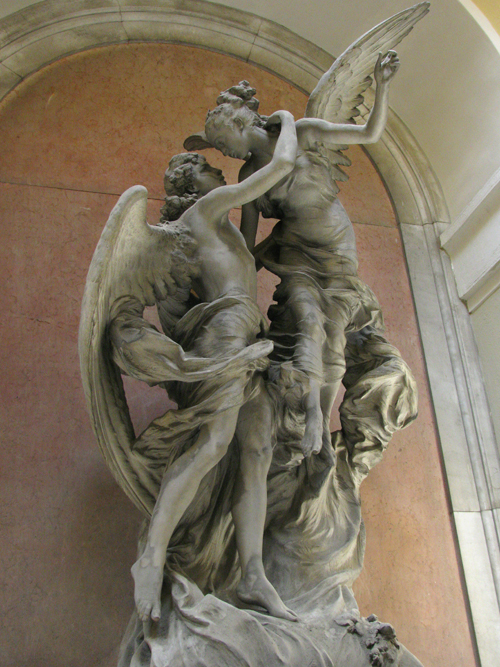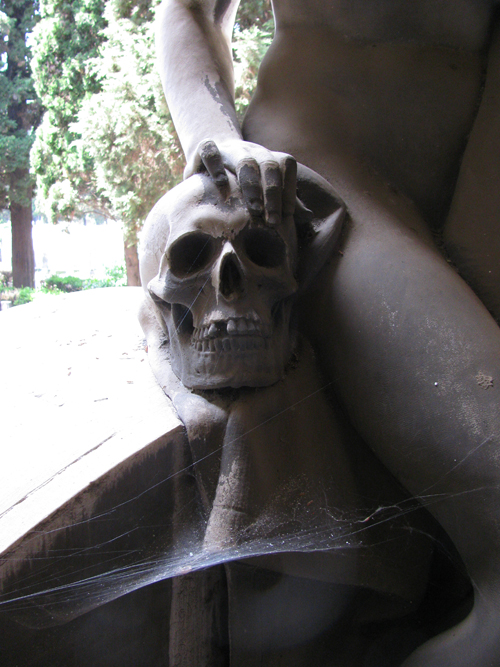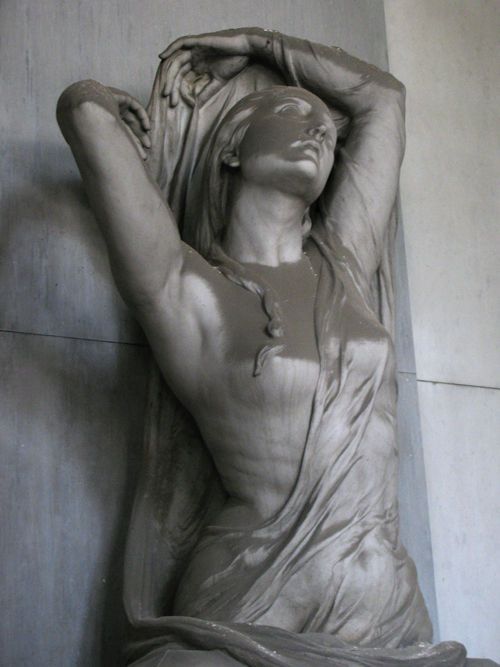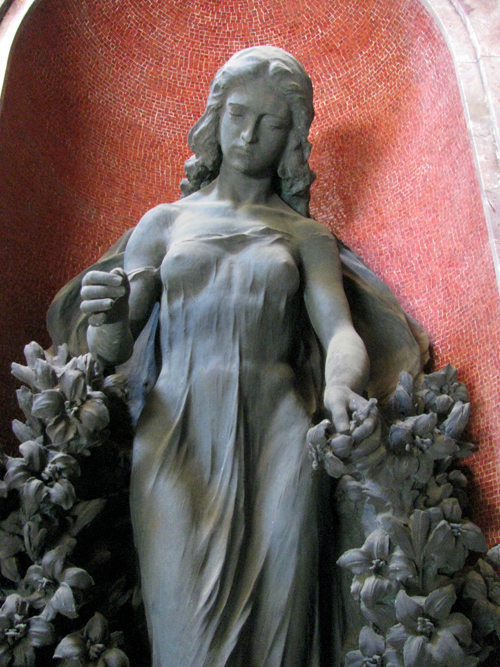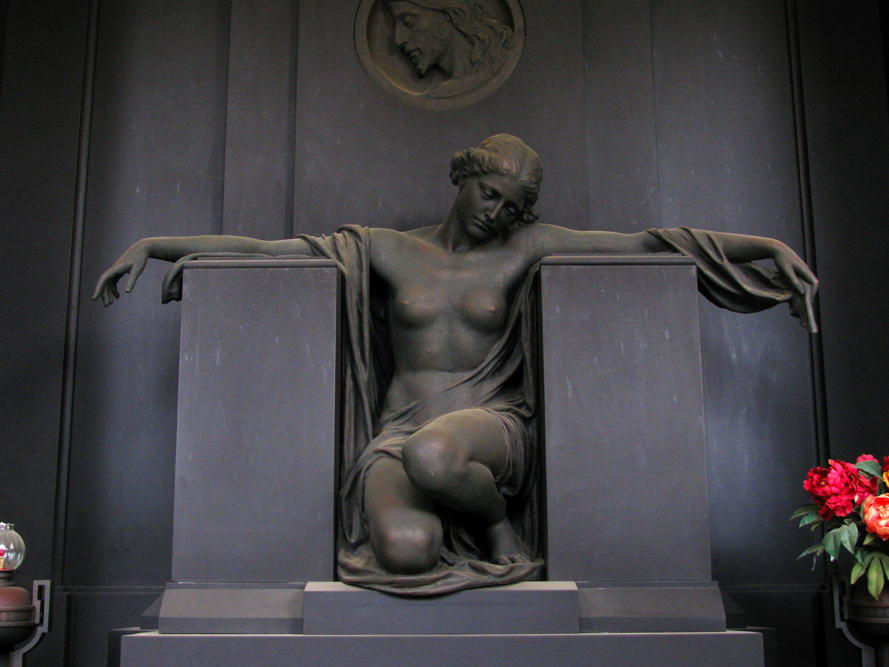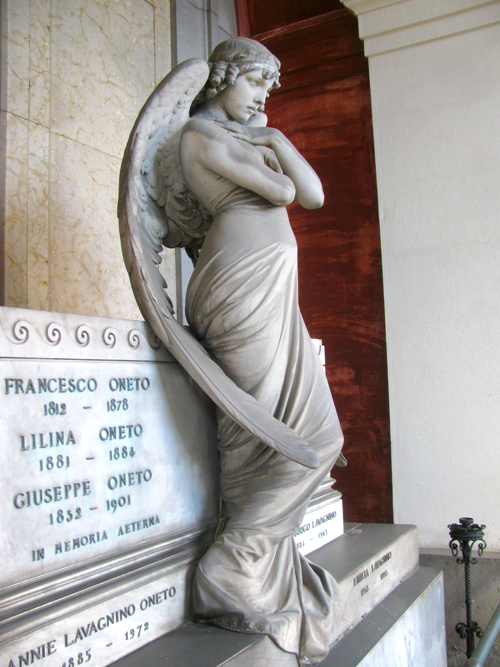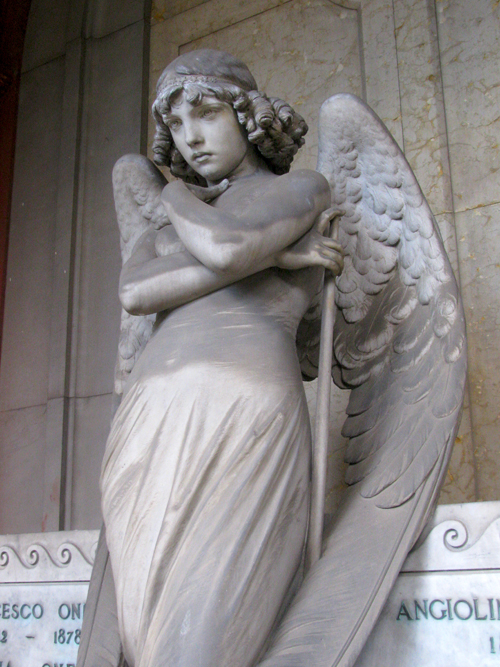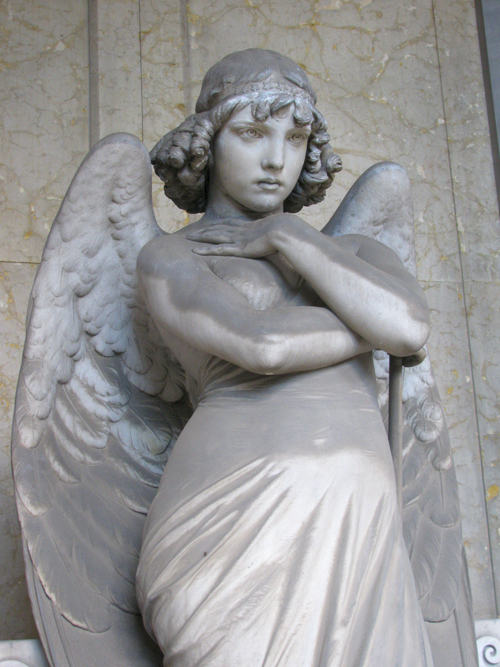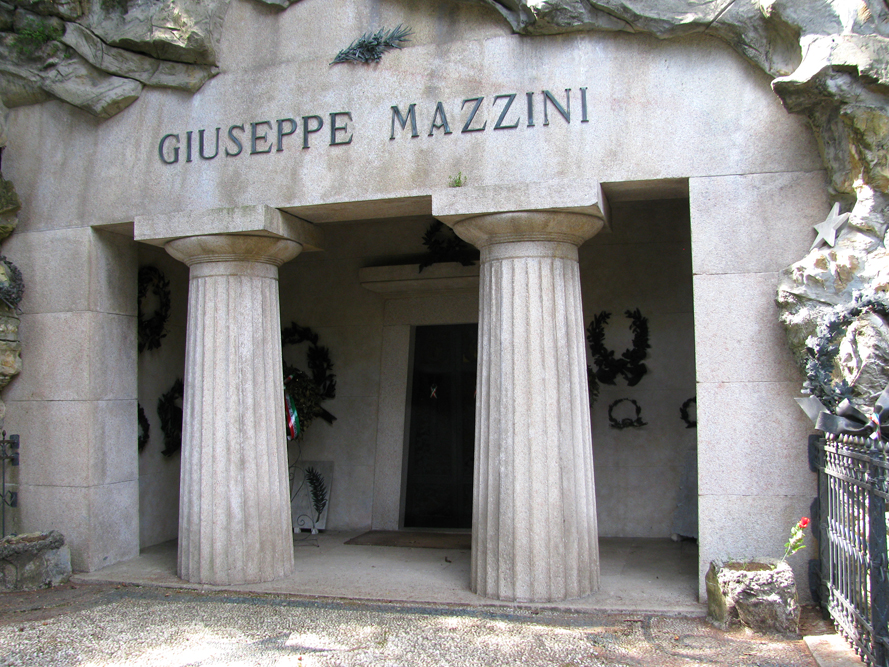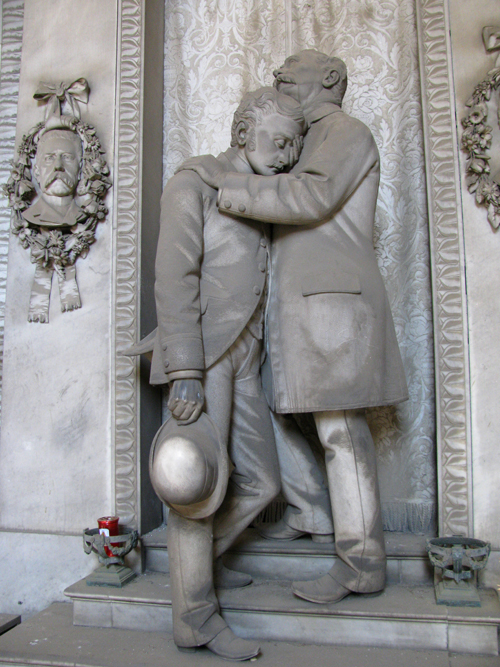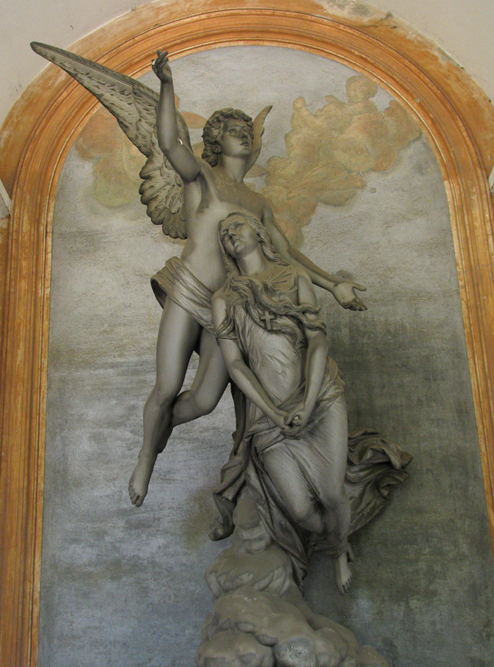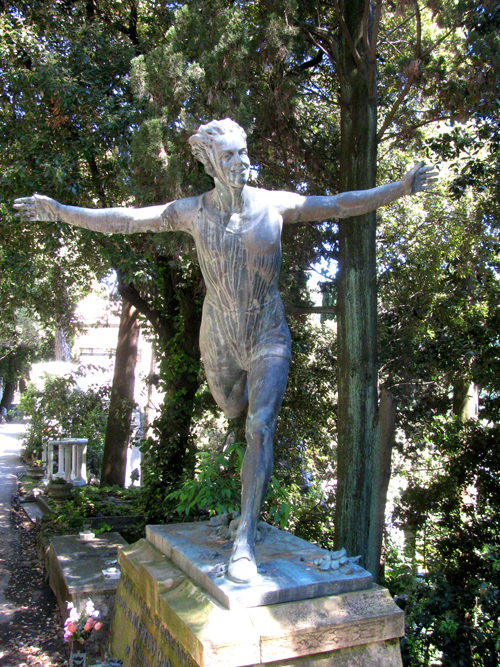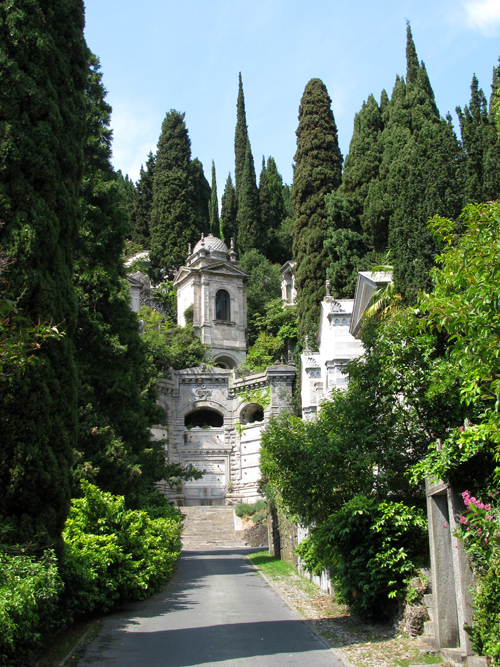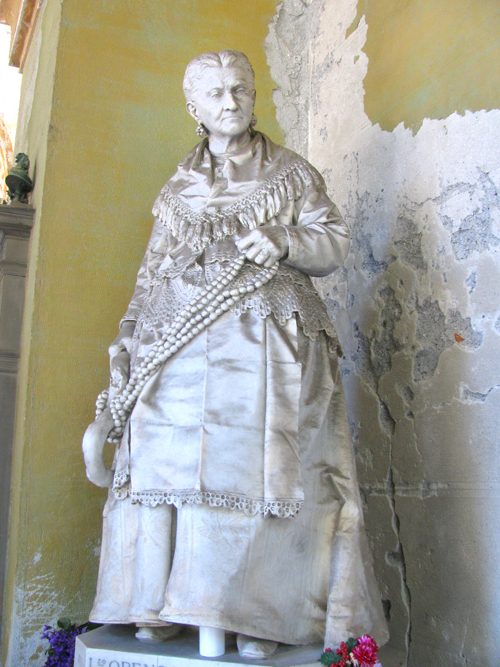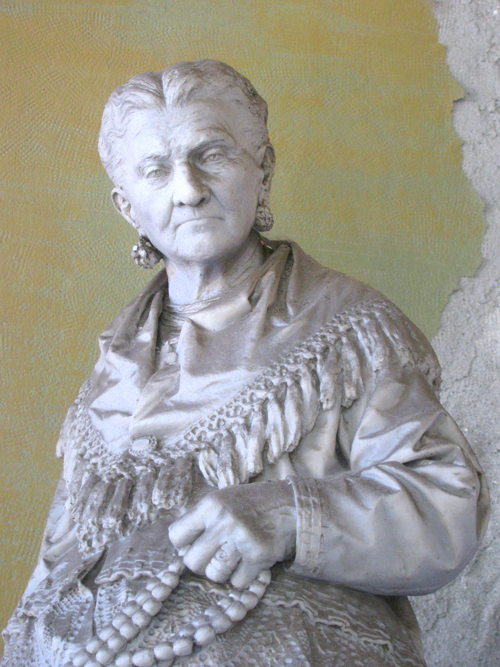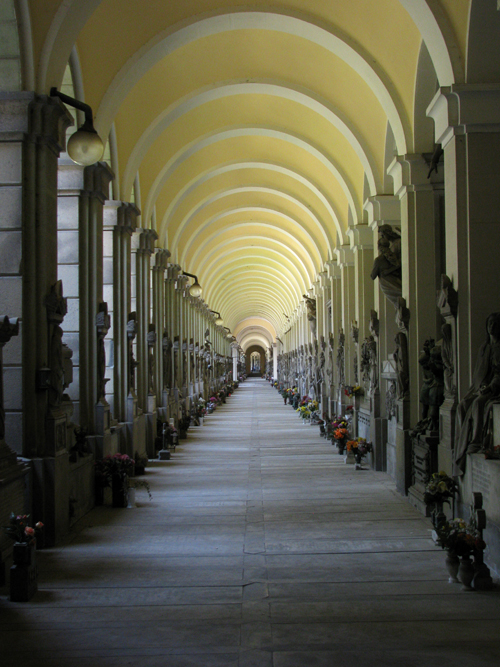“I do not envy anyone who reads it for pleasure.” Sporting Times review of Ulysses, 1922.

Stately, slim, the teenage girl crested the hill. Below us woodland tumbled down southwards to the banks of the hither and thithering waters of the Danube, beyond whose string of bridges stretched the city of Pest, pool table flat. To our north jutted old Buda and the parapets, machicolations and towers of its castle. To her somewhat disinterested boyfriend – he dressed in traditional eastern European garb of baggy grey sweatpants, hoody top and slightly too large baseball cap – she declaimed with hand and arm extended and weaving with the contours of the landscape a short and for all I knew magical invocation, a burst of dactylic Hungarian of which I understood just one word, the very first she chanted, “Virág”. The “Vvvvir” was pronounced like a graceful helicopter lifting off, and the “rrrrrag” resembled an angry wasp zinging past your ear hole.

It meant “flower” and I knew this because once upon a time in 1983 I had first read Ulysses by James Joyce, a huge brick of paper which overwhelmed me and became my favourite ever book, a status it has retained ever since. It’s main character, Leopold Bloom, thinks often of his deceased father who was a Hungarian Jew born in the year of Waterloo and had lived all over the Austro Hungarian Empire, including Budapest. His name, Rudolf Virag, on moving to Dublin was Anglicized to Rudolph Bloom. Years later, the same day he bought a brand new straw boater hat, he killed himself by taking poison. Staying with the plant theme, as part of his secret erotic life his son Leopold takes on the pseudonym of “Henry Flower”, under which guise he conducts a delusory, literary flirting affair by post, and at one point thinks of his own penis as a bloom while bathing:
the dark tangled curls of his bush floating, floating hair of the stream around the limp father of thousands, a languid floating flower
Earlier that same day I had passed a flower shop near the Great Synagogue of Budapest and photographed the sign above the door, “Virág”. The events of Ulysses famously occur over a single June day, the sixteenth (and a following dawn) in 1904, smack bang amid the Art Nouveau period. Two years previously one of its great Scottish practitioners Charles Rennie Mackintosh had written, “Art is the flower – life is the green leaf. Let every artist strive to make his flower a beautiful, living thing “. And Joyce’s book is indeed a beautuful living thing still, one year shy of it’s 100th anniversary as I write this, published in Paris, February second, 1922, on Joyce’s 40th birthday.
IN THE HEART OF THE HIBERNIAN METROPOLIS
That beautiful Hungarian girl I saw on Gellért Hill had been way back in September 2017. By then I had read Ulysses five times. Now here in April 2019 I was finishing my now rather tatty old copy with its brittle, concave spine for the sixth time, on this occasion polishing off Molly Bloom’s soliloquy in the Penelope chapter which closes the novel while I was somewhere over the Irish Sea on a ‘plane headed for Blackpool, as the Vikings named it, “in quest of prey, their bloodbeaked prows riding low on a molten pewter surf”, and my first trip to Dublin and Eire.
On arrival in the rainy, grey centre, far too early as usual to check into my hotel, I headed straight for that little bit of London ripped from 7 Reece Mews instead, the studio of Anglo Irish painter Francis Bacon. Ignoring the other work in the Hugh Lane gallery for now, I paused on the threshold of his reconstructed atelier to admire some of the artist’s canvases, all unfinished, while his voice echoed weirdly around the space from a video interview playing nearby on a loop, that impossibly posh boy English accent of his, blethering on like a hesitant 1950’s BBC news reader who had just raided a wine cellar.

A great plain of lilac formed a rough background on one picture began in 1966, Seated Figure and Carpet, that pigment he used as a smooth wall on so many of his later paintings was here rough and twinkling from the silica mixed into it, a thick paste which seemed to threaten to drag the canvas off the wall. A single awkward figure, hands unseen in lap, head sharply turned away, melted almost off the wicker chair on which he is plonked and down the hideously carpeted stairs he so uneasily wobbles at the top of, more like a stage set than a real interior, this man (George Dyer) is framed by an angry scumble of smeared black gunk, an unfinished doorway, no exit out that way.
? ? ?

As I looked on the opposite wall I received a shock of recognition. This surely was the original for the “Experiment Model”, the creature which appears in a Perspex box in the third season of Twin Peaks, only to escape and murder the two witnesses to its guttering manifestation. Here it leaps against a backdrop of drapes like those in the Black Lodge. I’d watched the episode several times now, and Lynch is often on record citing Bacon as an influence. He must have seen this picture, probably in this very room (although the creature in The Outer Limits episode, The Bellero Shield is also a possible contender)?
“Francis Bacon is, to me, the main guy, the number one kinda hero painter. There’s a lot of painters that I like. But for just the thrill of standing in front of a painting… I like everything of Bacon’s. The guy, you know, had the stuff.” Lynch on Lynch. Edited by Chris Rodley. 2005 edition.

Now I had the thrill of standing on the verge of his actual studio, bequeathed to the Gallery in 1998 and re-assembled bit by bit. On first glimpse (through a barred window Bacon usually hid with canvas) the scene is one of dreadful chaos, a mass of stuff chucked on the floor with apparently nowhere to sit down, or no path through. There is the famous round mirror framed by black slashes of paint, the single skylight, a couple of those blind cords which so often appear in Bacon’s pictures (right back to Painting. 1946) and a cluster of unshaded light bulbs. Brushes poke out from pots like innumerably spiny, malicious house plants in dire need of the watering can.

Moving round the space I stood on the threshold and peeped in the door and the floorboards creaked beneath my feet, a squeaky Bacon sound. Encased in Perspex you can’t smell the place but I somehow imagine it would be of turps and boiled cabbage. With its single electric radiator I’d guess too that in winter it would have been fucking freezing. Of course the urge is to push open the daubed upon door, stride into the middle of the studio and have a good old 360 degree keek around, but this is the closest we are allowed to get, and anyway, there is something uninviting about the squalor of it all. I can only spot two chairs in the studio including the wicker one which appears in the 1966 painting hanging next door. His signature orange paint is sprayed around like an archaeological layer all on its own and sheets of Letraset lie discarded among the Champaign crates. In the studio, wrapped in plastic I imagined Bacon appear like a flickering Experiment Model entity, a look of amusement and bemusement playing across his features simultaneously, an actor surprised to be treading the boards of a familiar movie set he presumed had been sent to a skip decades ago.


In the next room is a video on repeat of Bacon on his set, talking with Melvyn Bragg. The two men shared a long television history going back to 1965 when Bragg produced a programme featuring Bacon’s first even telly appearances, an interview conducted by Julian Webb, who with his grey wave looks like a remarkably fay version of Marcello Mastroianni at the end of La Dolce Vita. In it Bacon gives a hesitant, nervous performance and early in the encounter Webb corrects a miss-quote, totally throwing him. “I’ve forgotten what I was going to say now.” admits a flustered Francis, weirdly echoing Britain’s number one telly pundit at that time, Alf Garnett.
K.M.A.

About half way through sweat breaks out around Bacon’s hairline and he seems relived when the interview is brought to an end following a massive digression (at his own instigation) discussing Proust. The two men light up a couple of cigarettes and puff merrily away in a friendly, post coital fashion as the credits roll. The programme was never shown.
Just a year later the painter looks much happier chatting to chain smoking David Sylvester in various rooms (including the studio) at 7 Reece Mews, holding Sylvester’s gaze where he avoided Webb’s (Sylvester had long been a personal friend and champion of his work). Unlike the Bragg documentary this one, Francis Bacon Fragments of a Portrait, was broadcast (on September 18th 1966). However, Bragg would go on to form a great and relaxed onscreen rapport with the artist, illustrated in the loop screened in the gallery taken from the documentary, Portrait 1985 (oddly Bacon again announces he’s forgotton what he was going to say, and produces a prepared statement from his leather jacket pocket), produced for The South Bank Show just seven years before his death.
Bacon spends a large part of the David Sylvester film again discussing Proust. Fellow Irishman Joyce never seems to occur to him, though there was a long period in the late 19th and 20th century when English speaking artists deferred to the presumed superiority and freedoms of Parisian culture, a lure which lead Joyce there in the first place, and which meant for Bacon his greatest professional triumph should have been his retrospective at the Grand Palais in 1971, though the suicide of his lover George Dyer meant it wasn’t. “Chaos for me breeds images.” chants Bacon on screen, a slogan justifying what he has created in and of his studio workspace, and one I would hear again.*

Elsewhere in the gallery, a hangout of Sally Rooney’s bright young things Marianne and Joanna in Normal People, were a couple more Bacon’s, an exhibition of work by the American Mark Dion, Renoir’s Les parapluies (which ping pongs between London and Dublin) and very friendly staff, something of a genuine local staple, I was to discover, then it was finally time to check into my dingy little very expensive hotel room near the lower end of O’ Connell Street (In the time of Ulysses, Sackville Street).
On my way there I passed the Gate Theatre. While Bacon became the most English of Irish painters, the Gate’s co-founder became the most Irish of English actors. Alfred Willmore (a most pun-able Shakespearian surname) from Kensal Green had transformed himself into Micheál Mac Liammóir, a fluent Irish Gaelic speaking thespian “from Cork”. The Gate’s other progenitor was his fellow Londoner and lover, Hilton Edwards. He was born in 1903 at Bathurst Mansions, 460 Holloway Road, a building I’ve been walking past for years as I live close by.
WE SEE THE CANVASSER AT WORK
One afternoon Edwards auditioned a teenage American lad travelling through the Irish Free State on a painting tour. The sixteen year old from Kenosha, Wisconsin, George Orson Welles, accidently being in the right place at the right time, thus secured a gopher backstage job and subsequently made his sensational professional debut as an actor on October 13, 1931, in Hilton’s production of Jew Süss.
 Welles and Mac Liammóir in Othello
Welles and Mac Liammóir in Othello
Eighteen years later and with his Hollywood career already all but behind him Welles cast both men in roles in his freewheeling film adaptation of Othello, Edwards as Brabantio and Mac Liammóir in the vital part of Iago, in which he gives an unforgettable, picture stealing performance. The two year on-the-fly shoot in Morocco, France and Italy did nothing to help the Dubliners financially, nor did Welles’s further well-meaning attempts at involving them in film, television and various shambolic stage shows. Their friendship collapsed in animosity and mutual misunderstanding when Welles appeared as Falstaff in Hilton Edwards’s production of Chimes at Midnight at the Gaiety Theatre in Dublin, which after a short, disastrous run closed on March 26, 1960. It was his last ever appearance as an actor on any stage, thus the kid from Kenosha, now a “self-appointed Irishman” (according to the local papers) made both his debut and swansong in Dublin for Hilton Edwards from Holloway Road.
 460 Holloway Road
460 Holloway Road
I was drenched in yet another downpour on my way to the National Gallery of Ireland, crossing the O’ Connell Bridge at roughly the same hour Leopold Bloom did in the Lestrygonians episode of Ulysses, where he fed some seagulls. I didn’t spot any of those birds that day in the rain, but right in the middle a homeless guy was sat under a blanket, begging for change, one of the seemingly countless I’d see in the city centre, many of them, I was told, casualties of a recent tsunami of heroin.
THE GLORY THAT WAS ROME
I went to the gallery especially to see the Caravaggio that now lives there, his intense drama, The Taking of Christ, in which he has painted himself as an onlooker, shedding light on the dark action with an upheld lantern as he witnesses the Saviour’s arrest by three men in black armour. Merisi finished it in Rome in January 1603 and it is another in his series of pictures which demand of the viewer, “Can you really see?” In this case we, the gallery pilgrims, know that this is a painting depicting the moment when Judas identifies the man the soldiers have come to arrest by kissing him as described in Luke, 22:48. We know that this is Christ in the act of shrugging off the traitor’s embrace, but the metal clad men come to take him are ignorant of his divinity, they see just another prisoner to haul away and Caravaggio has placed himself among this unenlightened gang, illuminating the sequence with the only artificial light source ever to appear in his work, keen to watch the action from stage left while another man, the only beardless one in the composition flees screaming in horror stage right as the middle soldier grabs his maroon coloured cloak. Once again, as in Self Portrait as Bacchus, The Martyrdom of St Ursula or David With the Head of Goliath, he depicts himself among the heathen damned. He sees only a mortal man and is judged, unworthy of Salvation (indeed his eyes follow the fleeing disciple and pay no attention to the central drama). “But this is your hour—when darkness reigns.”
 Michelangelo Merisi da Caravaggio, The Taking of Christ (1603). Ineluctable modality of the visible.
Michelangelo Merisi da Caravaggio, The Taking of Christ (1603). Ineluctable modality of the visible.
However, following this moment all four gospels report that one of the disciples cut the ear off of one of the arresting soldiers. According to John, the only witness who names the names, it was Simon Peter who attacked Malchus, a servant of the High Priest of the Temple in Jerusalem and hacked off the fella’s lug. Of the huddle of iron clad men Caravaggio depicts, only Merisi is without protective headgear, only he would be vulnerable to an attack by a sword, so has he in fact painted himself as Malchus? If so, according to Luke’s Gospel he is among the saved after all, because Jesus cured his wound and restored the ear, His last ever miracle. Perhaps, for once, the artist has allowed himself a smattering of Redemption, if you know your Luke (God knows he’d need it)? Finally, in this miracle of oils, in a symphony of whiskers and gestures, note the extraordinary clutching, wringing motion Christ makes submitting to the kiss, with his two hands joined, two palms soon to be nailed apart. A masterpiece all on its own.
As I sat looking a steady stream of visitors naturally stopped to admire it too. Joyce wouldn’t have been among them. Of all Italian art he wrote to his brother Stanislaus, “What did they do but illustrate a page or two of the New Testament?” One Italian lady determined to photograph it muttered under her breath about the lighting, and it was true that you couldn’t get an angle on it without one of the gallery spotlights hitting the glass. I was keen to see also the Gallery’s Vermeer, Woman Writing a Letter, With Her Maid, but couldn’t spot it anywhere so I asked one of the invigilators and we ended up having a long chat about the collection, and hearing my accent, he told me about the Caravaggio’s Scottish connection. It had hung unrecognised for over 100 years in the East Lothian house of William Hamilton Nisbet, a Scottish politician (the house is now a golf club). From there it ended up in the Jesuit Community in Leeson Street, Dublin, where in 1990 it was finally re-discovered and emerged from the darkness.
We were standing near the magical (and unexpectedly small) Landscape With the Rest on the Flight to Egypt (the only landscape Van Rijn ever depicted at night) and I mentioned I’d seen the massive All The Rembrandts exhibition in Amsterdam a couple of months previously and he showed me hanging in a nearby room Joseph Distributing Corn In Egypt, by Pieter Lastman, who was Rembrandt’s master. I’d seen a black and white reproduction of it in Simon Schama’s book Rembrandt’s Eyes (which I’d recently re-read) and was surprised by how little it was. Without The Invigilator I wouldn’t haven’t noticed it.
 Pieter Lastman, Joseph Distributing Corn In Egypt (1612)
Pieter Lastman, Joseph Distributing Corn In Egypt (1612)
Lastman visited Italy as a young man and was in Rome at the same time Caravaggio was becoming it’s biggest star painter and possibly they even met (Merisi was still to commit the murder which caused him to flee the city), and it’s through Lastman that Rembrandt would have first heard of the Tenebrist he would come to rival. There was little evidence here though of Caravaggio’s panache. This great jumble of action and figures is very much in bright daylight, very much in the more conventional baroque style of Annibale Carracci, Rome’s go to artist before the young Michelangelo Merisi burst on the scene. Lastman’s Egypt is a curious place, with its memories of the Roman ruins on the Palatine Hill looming over the left of the picture, together with a peculiar hybrid column, part Trajan’s, but with St Theodore and his crocodile added to the summit, a little souvenir from Piazza San Marco in Venice. If it comes to it though, Rembrandt’s Egypt in The Flight is just as odd, a chilly, damp land of mists and deciduous woods, much more Amstel than Nile.

Later I was particularly struck by one other work, a portrait of around 1560 of Prince Alessandro Farnese, a stunningly fabricated thing I at first assumed, with its cool precision, was by Bronzino. Actually it was by an artist whose pictures I’d never seen before except in reproductions, a lady called Sofonisba Anguissola, someone whose paintings I need to explore more of someday. She spent much of her long life in Madrid, the city where Francis Bacon died, and lived to the very grand old age of 93, excelling Titian and Michelangelo Buonarroti for longevity (and Bacon, who was 82 when he died). The Vermeer, The Invigilator told me (I had asked his name while we were chatting but sadly can’t remember it now), was on loan to Tokyo, so perhaps another time?
ITALIA, MAGISTRA ARTIUM
Come chucking out time I needed a taste of the local stuff, “the wine of my country” as Joyce called Guinness, and where better to sink a pint or two than at a nearby film location?
“Do you know the “Sean Sean” song?” asked the mayor of Stromboli in Nanni Moretti’s film, Caro Diario, and then proceeds to whistle Ennio Morricone’s memorable tune. It was written originally for Serio Leone’s epic western set in revolution torn Mexico (in 1913), Giu la testa (known by a variety of English titles, Duck You Sucker, Once Upon a Time In the Revolution and A Fist Full of Dynamite, among others). In Moretti’s film the mayor wishes such a haunting piece of music could be written to represent his island, but I often associate the track with another little town in Italy.
One Sunday morning I left my B&B in Pacentro, high in the Apennine Mountains in Abruzzo to find this same piece of music lilting from numerous little speakers dotted around the tiny town centre. Indeed it was followed by a whole melody of Morricone’s more chilled tunes. And while it was written for a western set in the Americas but filmed in Spain (as was Leone’s usual practice), it’s central character is an Irishman, a fugitive from justice and former revolutionary called John Mallory, played by James Coburn. In four brief Irish set flashbacks we learn something of the character’s origin story, and rather than just film these scenes in a local studio Leone took an entire crew plus his star to Ireland to shoot them (spoiler alerts coming up if you haven’t seen the 1971 film).
The exterior flashbacks were filmed at the Howth Castle estate, (close to the spot on the hill in Ulysses where Bloom proposed to Molly and she famously said “Yes”, the last word in the book), establishing that Coburn is in a ménage à trois with characters played by David Warbeck and Vivienne Chandler (in dialogue free roles) and is from a wealthy, educated, country gent, automobile driving background. The interior flashbacks were shot in Toners Bar, and it was to there I was off for my early evening drink. I knew it had a large, spacious front bar from watching the movie, so was surprised by how small it looked from Baggot Street, however, stepping through the door I recognised the place instantly, I doubt all that’s changed since the day Leone filmed in here was the addition of the big TV’s broadcasting sports. Here was the dark wood panelling, the mirrors adding to the light and depth of the room, the gleaming brass fittings and there, in one corner, was the spot once occupied by one of The Magnificent Seven, Mr James Coburn himself waiting with a hidden .303 rifle, The Great Escaper who made it to freedom. I walked through the ghosts of where Leone, Warbeck and several doomed British soldiers once stood near the entrance and ordered a drink at the busy bar. The place was heaving and Coburn’s seat was already taken, but I found a place near the door where I could relax, take in the scene and enjoy the familiar taste of the Irish stout, the first drink I ever bought in a pub as an underage drinker (the Winnock in Drymen, Scotland, cheers!).

It was here we first see Coburn and Warbeck at work as revolutionaries, handing out political tracts to an assortment of salt of the Earth type extras dressed in working class garb, all tobacco pipes, cloth caps and fishermen’s hats, and Coburn pauses to admire Warbeck’s passion and apparent success of his seditious rhetoric with the lads (all these sequences play under music, usually Coburn’s leitmotiv, the Sean, Sean song). But “if it’s a revolution it’s confusion.” and in the midst of the unravelling of the revolt in Mexico we get another flashback to Toners.
MEMORABLE BATTLES RECALLED
This time a badly beaten Warbeck is brought to the pub under arrest by a group of British soldiers and policemen, propelled through the doors in a hand held, point of view shot. At their prompting Warbeck points out various boozers who are grabbed and led away by the coppers.

Tensely watching this in the mirror at the far end of the Bar, his back to the action, is Coburn. Finally pointed out too, Coburn wheels, holding a rifle wrapped in a newspaper and shoots. The flashback cuts here but is returned to later and we see the soldiers killed in slow motion, then the two former friends exchange a long glance before the badly tortured Warbeck seems to nod an affirmative “yes” to the betrayed Coburn, who puts him out of his misery and shoots him in the head. Oh, and the office workers had now left so I grabbed the coveted spot and was now sitting right where Coburn was once placed by Sergio Leone, a fresh pint of Guinness in my hand, drinking it all in, so to speak. A young lady came to the bar to order a round and I asked her to take my picture there, which she was happy to do. Like I said, everybody was so friendly in Dublin. On the wall opposite I could see a photo of Leone at the bar door with the soldiers and policemen, Coburn’s rifle in his hands, no doubt acting out everybody’s parts, something he loved to do.

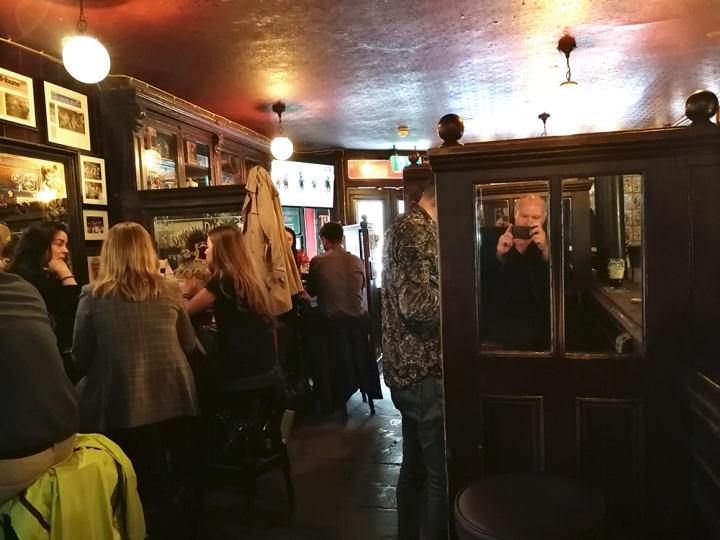
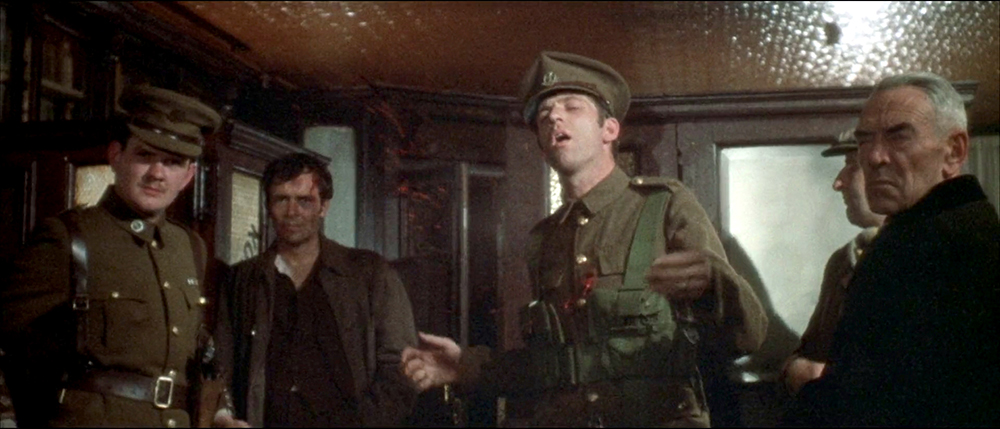
In the final flashback we are again in the Irish countryside as the trio run down a hill in slow motion, and under an oak tree Chandler kisses first Coburn and then also passionately embraces Warbeck. The camera cuts to a close up of Coburn watching, grinning, apparently benignly, but his smile slowly freezes and begins to turn to something more like a grimace as the shot blurs out of focus and we are left to ponder just who the hell the Sean in the Sean Sean song actually is. Coburn’s character is called John Mallory. His partner in crime in Mexico is the bandit Juan Miranda, played by Rod Steiger. Juan and John are of course translated to “Sean” in Irish Gaelic. When Steiger first asks Coburn what his name is, he replies “Sean”, quickly changing it to “John”, but we never know the Christian name of Warbeck’s character (in the credits he is called “Nolan”). Is he in fact Sean and is the song really his signature tune, forever haunting Coburn’s character’s memory? Certainly as Warbeck dies in close up with a bullet in his brain the music dies with him as a chant of discordant “Sean’s” sung in a downward litany. Has the ménage disturbed and displaced Coburn to the extent that he has betrayed Warbeck to the police to be tortured, only for him to unexpectedly turn up at the pub? Or is it Warbeck Coburn really loves and feels betrayed by him (there is certainly a powerful if never spoken gay theme underlying the relationship between the Robert De Nero and James Woods characters in Leone’s next and last movie as director, Once Upon a Time In America)? For me Giu la testa is one of Sergio’s finest films, the one where he turns from hugely entertaining but unambiguous operas about cowboy Supermen to a meditation on friendship, politics and betrayal, and some of that was filmed right here in this Dublin pub!**
 Cheers from Coburn’s seat
Cheers from Coburn’s seat
After three pints and a bag of crisps I went wandering again into Bloom’s slipstream to Davy Byrne’s pub, back into the Lestrygonians episode where he dropped in for a lunchtime glass of burgundy and a gorgonzola cheese sandwich. It also appears smack bang in the middle of Joyce’s Dubliners, in the story Counterparts, arguably the grimmest tale in the collection. I doubt Leopold would recognise it today with its gastropub décor. It was here that Bloom remembered the kiss of seedcake from Molly’s mouth on Ben Howth which leads to a meditation upon women’s bodies and the bizarre question, do classical statues have bum holes?

Immortal lovely. And we stuffing food in one hole and out behind: food, chyle, blood, dung, earth, food: have to feed it like stoking an engine. They have no. Never looked. I’ll look today. Keeper won’t see. Bend down and let something fall see if she.

I had another glass of stout, and like Bloom after his wine, I had a piss, though there was no one in the bar who would gossip about me while I was “off stage,” Nosey Flynn, for instance, who frequents the pub in Counterparts and Ulysses (as does Paddy Leonard and of course Davy Byrne himself) and provides the important information that Bloom is in the Masonic Order. I was flagging by now having been up since stupid o’ clock in the morning to get to the airport, and I no longer recall what I mused upon, anal related or otherwise. I had a wee wander round the streets, marvelling at just how expensive the restaurants all were, even compared to London, before retreating to my hotel with some snacks and a bottle of Aussie wine.
SHINDY IN WELLKNOWN RESTAURANT
As my hotel didn’t include breakfast next morning I was up and out to the nearest place I could find, the Café Nero up lemon, gale tossed O’ Connell Street. The freezing wind meant I couldn’t sit outside, so I munched my Continental repast indoors, coffee and moist pith of farls of croissant. A tune was struck up suddenly that I hadn’t heard before, wistful, beautiful, a track from the playlist of one of the gossiping girls behind the counter, Lydia Douce and Mina Kennedy. Coles Corner by Richard Hawley it was, I looked it up later in my hotel (“Hold back the night from us.”) and it stuck in my mind for the rest of the day. Everyone in the cafe sounded local, which was nice as I’d been surprised by how touristy Dublin was, and with a student population from seemingly every corner of the globe; no muttering about “strangers in my house” these days, I assumed. And I hadn’t yet seen a single cleric or nun on this “priestridden Island.” A bloke came in with his missus, wearing a Superman sweatshirt and the lone lady who had braved the Aeolian blast sitting outside breakfasting was being accosted for change by another woman with a much more vicious habit to feed. I was bound for the coast that day, so soon I said a silent farewell to the sirens behind the counter, to the son of Jor-El and his missus to walk to Connolly Station. With my tooraloom, tooraloom, tooraloom, tooraloom.
Taking the busy road along the Liffey I passed beneath the Loop Line Bridge which appears several times in Ulysses, most notably in the drowsy Eumaeus chapter when Bloom and Stephen Dedalus seek rest in a cabman’s shelter at the beginning of The Nostos (The Return), Part 3 of the novel. Today a car park attendant’s porta cabin takes its place and instead of old sailor Murphy “gaping up at the piers and girders of the Loop line rather out of his depth as of course it was all radically altered since his last visit and greatly improved” it was me, gawping at a pair of blue trainers dangling limply from the spars of the bridge.

The train was just about to depart when I got to the station, and I ran onto it. As it headed resolutely inland however I realised I was going the wrong way, and got off at Broombridge to head back to Connolly Station and try again. Broombridge, once voted “worst station in Dublin” in a local paper consists of two platforms. And that’s it. Though next to a large tram terminus it feels like the middle of nowhere, but the low, grey distillery warehouse buildings streaked with tell-tale whiskey mould and reed lined canal running behind the eastbound platform reminded me of numerous similar station no-where’s around Dalmuir where I grew up. On the way back to the centre I spotted Glasnevin Cemetery whizz by, which features in the Hades section of Ulysses when Paddy Dignam is buried (and both Joyce’s parents, May and John, lie there too).
ERIN, GREEN GEM OF THE SILVER SEA

Getting on the right line this time, it wasn’t long before we were chugging along the sea side, again reminiscent of the lowland Scottish west coast. I hopped off in welcome but brief sunshine at Sandycove & Glasthule and strolled downhill to the blue and grey waters which peeked through the houses, and onto the expanse of Scotsman’s Bay (that’s what it’s called). I instantly caught site of what I’d really come all this way to see, the Martello Tower sitting on a promontory, commanding that part of the coast. It is here that Ulysses opens with Buck Mulligan being stately and plump, mounting a stairhead and ready for a shave. Many people (all?) find the opening chapter is quite confusing and the whole “where are they”-ness coloured my first encounter with the three young men uneasily living there, two Irish and one English. Once you realise they are actually, unexpectedly in a little coastal castle tower the geography and diegetic space of the book starts to make sense (even if their dialogue does not, Mulligan’s especially, who spouts off in streams of tiresome studentese). A whole string of these forts were built during a fear of invasion by Napoleon’s armies but this one at Sandycove has achieved cultural immortality, and I had wanted to come and see it for more than thirty years.

HOUSE OF KEY(E)S
“Come in, come in!” was the greeting when I entered the Tower through the big glass doors. I was asked what brought me to Dublin once it was established I wasn’t a local and the three volunteers running the place that morning seemed very much chuffed when I told them I had come to Ireland especially to visit this, their James Joyce Tower and Museum. Space being a premium in the cramped structure there was instantly a wealth of Joyce related items on display around the Reception desk, both original pieces as well as reproductions, and something mentioning Oliver St. John Gogarty caught my eye. He was the real life model for Buck Mulligan who stars in the book’s opening line, and I mentioned to one of the volunteers that he must be spinning in his grave over the naming of the tower after Joyce, who spent all of six night here in 1904, when it was Gogarty who paid for and held the lease for 21 years, and indeed there was the comically long door key on display he once held, like a relic of St. Peter. “He came here for the swimming.” The Volunteer, the fella nearest my own age told me, and I’d soon see more evidence of this. We chatted for a while not about sunny Jim but of Olly St. John, who I hope would have been pleased had he overheard us.

I could have talked with the volunteers, two blokes and the lady all day, but there was the rest of the structure to be seen, and they were expecting a party of tourists from Budapest at any moment. I mentioned to them that Bloom’s father was Hungarian and all that stuff at the start of this post about the name “Virag” and was rewarded by one of the finest compliments I’ve ever received, “Ah,” said The Volunteer, “You know your Ulysses.” Resisting the temptations of the first floor I headed straight for the top o’ the Tower, up the tiny, narrow winding staircase. If Buck Mulligan (or I) had been much plumper I doubt he could have wriggled his way up there at all without losing some buttons. And then suddenly the sky burst open over the parapet with its pretty vistas up and down the rocky shores with its low hills, sandy beaches and villas, “one of the finest views on the Irish coast”, Richard Ellmann called it and since I had been a teenage boy I’d wanted to be here. Telemachus and book begins.

I spent a good hour or so up there, no Napoleonic ships to be seen and sunk by the long gone, anti-shipping artillery once mounted here, no ghost of Hamlet’s father, and although entrance to the Museum is free, only five or so other people appeared while I was up there, a couple of whom I asked to take my picture. The sounds of seabirds and garden songbirds together with the smell of salt air brought to mind snatches of verse from that great Welsh poet of the other side of the Irish Sea, (and one time drinking buddy of Francis Bacon’s) Dylan Thomas, and Under Milk Wood. Feeling compelled to do so, I re-read the opening of my copy of Ulysses once more, for the seventh time, now it was “home”.
THOSE SLIGHTLY RAMBUNCTIOUS FEMALES
At one point a trio of loudly chatting English schoolgirls appeared marching along the coast road, then re-appeared in swim suits, scrabbling along the rocks. Just one of them eventually took the plunge into the doubtless icy water, and made such a shrieking sound it put the rest of them off, and the young sirens beat a hasty retreat after half hearted attempts to shove each other in.

This is the Forty Foot outdoor pool (or “Gentlemen’s Bath”), where Mulligan takes a dip and which, I’d just learned, drew Gogarty to the Tower in the first place. Watching him, Stephen Dedalus reflects on Mulligan’s prowess in the water, he’s saved men from drowning, like the real Gogarty who would also, in 1923, escape from gunmen who kidnapped him by swimming the freezing River Liffey in winter.
ONLY ONCE MORE THAT SOAP
Stephen seems to have a horror of water, and must have been a fairly stinky subject, not having bathed for seven months by his own reckoning, something lost on Molly Bloom at novel’s end, when she imagines him as a clean young student in comparison to her middle aged husband. The irony is Leopold visited a bathhouse as part of his wanderings just the day before which he spent carrying round a bar of lemon soap in one pocket (and a potato in another).
Enjoy a bath now: clean trough of water, cool enamel, the gentle tepid stream. This is my body.


Molly unconsciously links Leopold and Stephen again here when she thinks someone should write down all her husband’s peculiar little sayings, just as the Englishman Haines proposes to write down Stephen’s jokes and rhymes. Of the quiet beauty of this part of the coast Joyce writes little. He had wretched memories of the few days he spent at the Tower and dramatizes his expulsion from the company of Gogarty and Samuel Chenevix Trench as a betrayal at the end of the Nighttown section of the book, abandoned as homeless to a couple of drunk British soldiers who beat him up. Indeed betrayal seemed to be the theme of most of what I saw on this trip, the betrayal of Christ in the painting by Caravaggio, the betrayal of John Mallory in Toners Pub and the betrayal of Stephen Dedalus in Ulysses. At least Dedulus had a saviour in the shape of Leopold Bloom. Or was it Revolution, revolutions in paining, modernist literature and Once Upon a Time In Mexico and Ireland? Time and images were becoming intermingled on the belvedere, and on the first floor visitors who have not read the book will be puzzled by the snarling ceramic black panther sitting by the hearth of the living quarters.

SUFFICIENT FOR THE DAY…
Having savoured the relics I made my way back to Reception now full of Hungarians who were being introduced to the place, while I overheard The Volunteer telling the woman about a recent thumb mishap, flourishing the digit. “The ‘quick’, they call it, get turps in a cut there and it stings like mad!”
Death mask of Joyce. “Here I am.”
I slipped the down to the shore and watched an ancient mariner head for a dip in the Hole, and enjoyed the waves lapping at the shore with a view of all I’d come to see, finally seen.
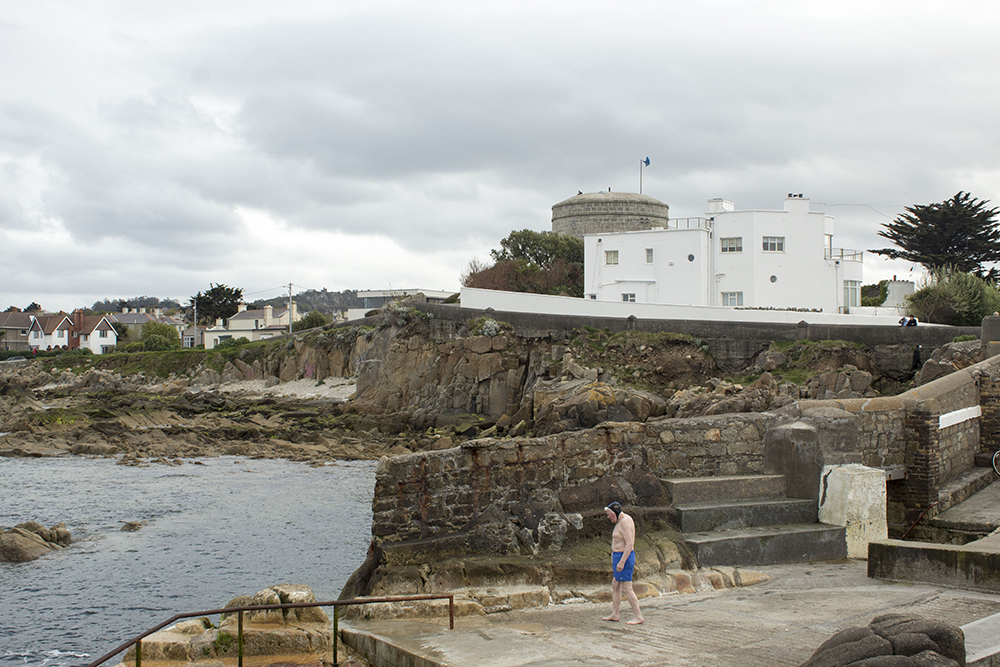
Passing the Tower entrance again on my way back to the main road I got chatting to another volunteer who had just arrived. The praises of his home village of Dalkey and its Pyramid on the hill, were sung by Ronan with such persuasion that I decided on a walk down the coast towards these wonders.
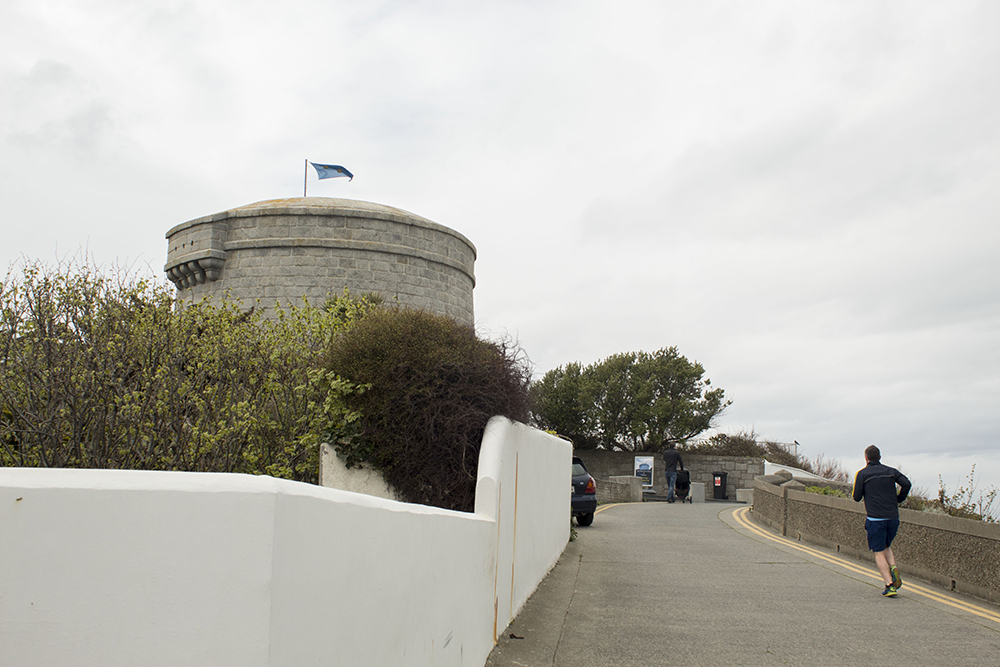
Dalkey appears in the novel where Stephen has a teaching job, as does Bullock Harbour, when Stephen notes a death had occurred nine days earlier and now a ship was out looking for the body.
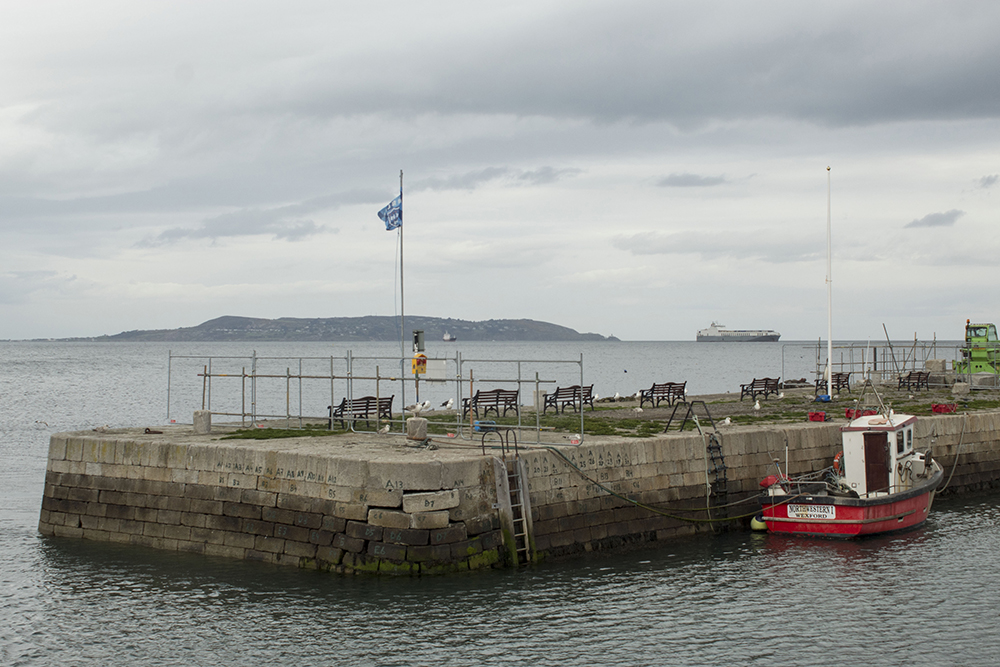
The man that was drowned. A sail veering about the blank bay waiting for a swollen bundle to bob up, roll over to the sun a puffy face, saltwhite. Here I am.
However I only got as far as Finnigan’s Pub in Dalkey, walking presumably in the steps of Dedulus as he headed to his job in that village, when I realised how knackered I was and how late in the day.

I’d probably never get to the still distant Pyramid on Killiney Hill and back before dark, so I retraced my steps and was soon back on Marine Parade in Sandycove, leaving the Tower behind me. A woman passing with a pushchair and baby remarked to her friend “You’ve never seen one as big. I’ve never seen one as big. It was huuuuuge!” and I noticed the bench I was resting on had one of those little memorial plaques.

A DISTANT VOICE
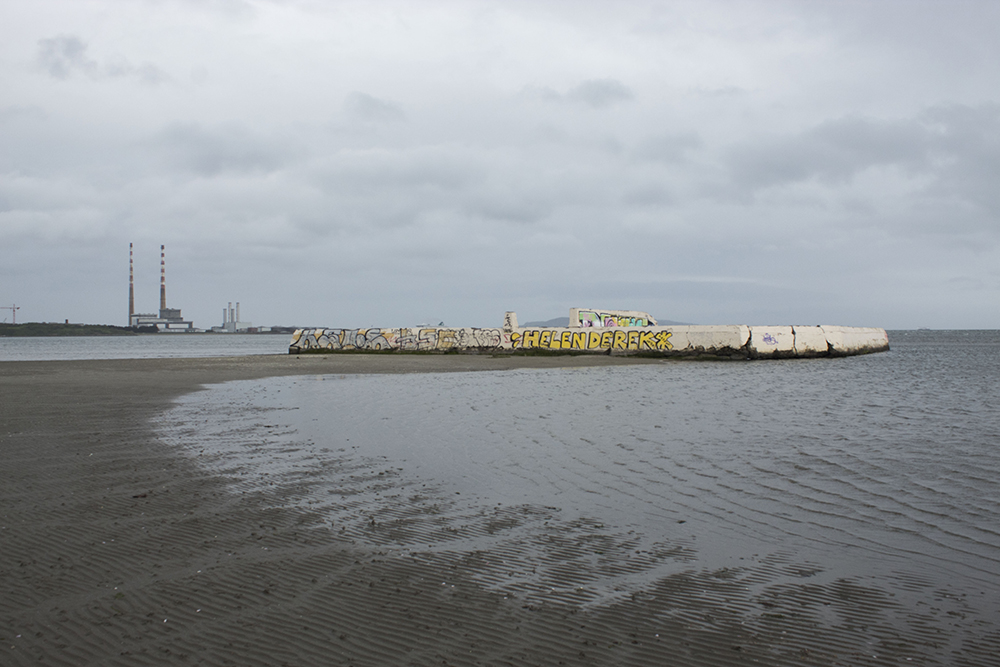
Heading back to the city I got off the train at on a whim at Sydney Parade to walk up Strand Road and to the Star of the Sea church. It was on a section of beach off Strand Road that one of the novel’s finest chapters is set, it’s third. Full of a young man’s thoughts I was middle aged before I could properly understand it. Proteus, which ends Part 1 of the novel is for me one of the most brilliant pieces of prose in the English language, and like the rest of the death obsessed book, mortality raises it’s decayed head here again, even for “a living dog” who racing along the sand in that ecstatic way they do at the beach finds the cast up remains of a less fortunate hound decaying on a bladder wrack bed.
Their dog ambled about a bank of dwindling sand, trotting, sniffing on all sides. Looking for something lost in a past life. Suddenly he made off like a bounding hare, ears flung back, chasing the shadow of a lowskimming gull. The man’s shrieked whistle struck his limp ears. He turned, bounded back, came nearer, trotted on twinkling shanks. On a field tenney a buck, trippant, proper, unattired. At the lacefringe of the tide he halted with stiff forehoofs, seawardpointed ears. His snout lifted barked at the wavenoise, herds of seamorse. They serpented towards his feet, curling, unfurling many crests, every ninth, breaking, plashing, from far, from farther out, waves and waves.
Cocklepickers. They waded a little way in the water and, stooping, soused their bags and, lifting them again, waded out. The dog yelped running to them, reared up and pawed them, dropping on all fours, again reared up at them with mute bearish fawning. Unheeded he kept by them as they came towards the drier sand, a rag of wolf’s tongue redpanting from his jaws. His speckled body ambled ahead of them and then loped off at a calf’s gallop. The carcass lay on his path. He stopped, sniffed, stalked round it, brother, nosing closer, went round it, sniffling rapidly like a dog all over the dead dog’s bedraggled fell. Dogskull, dogsniff, eyes on the ground, moves to one great goal. Ah, poor dogsbody! Here lies poor dogsbody’s body.

RETURN OF BLOOM
Leopold Bloom starts his day at roughly the same hour Mulligan climbs the Tower (the beginning of Part 2, Calypso, jumps back in time some by 3 hours), talking to his cat. The moggy is never named, though it memorably speaks,
— Mrkgnao!
Bloom merely calls it “pussens” and sweetly, as Molly does later, tries to imagine its inner life.
Prr. Scratch my head. Prr.
Dogs, however, are more numerous and usually named. The “living dog” by the sea is called Tatters, yelled at by his master for “vulturing the dead.” Bloom remembers his late father’s suicide note, asking him to look after his dog Athos (“Quiet brute. Old men’s dogs usually are”) and mutts real or imagined appear in the hallucinatory Circe chapter, including Towser, who is variously Mastiff, Terrier, Setter and Bulldog. Near book’s end, Bloom, realizing it is “high time to be retiring for the night” contemplates whether or not to bring Stephen home and recalls Molly’s temper when he returned with a gimpy stray dog years ago.

Molly remembers Mrs Riordan’s dog “smelling my fur and always edging to get up under my petticoats”, and a dog barking in Bell Lane in Gibraltar and imagines fucking “like the dogs do”. Leopold also encounters the ferocious Garryowen, owned by the bigoted nationalist known only as The Citizen, in the Cyclops sequence, who is possibly the same person as “Grandpa Giltrap” and his “lovely dog” mentioned in the second section of the book set along Strand Road, Nausicaa.
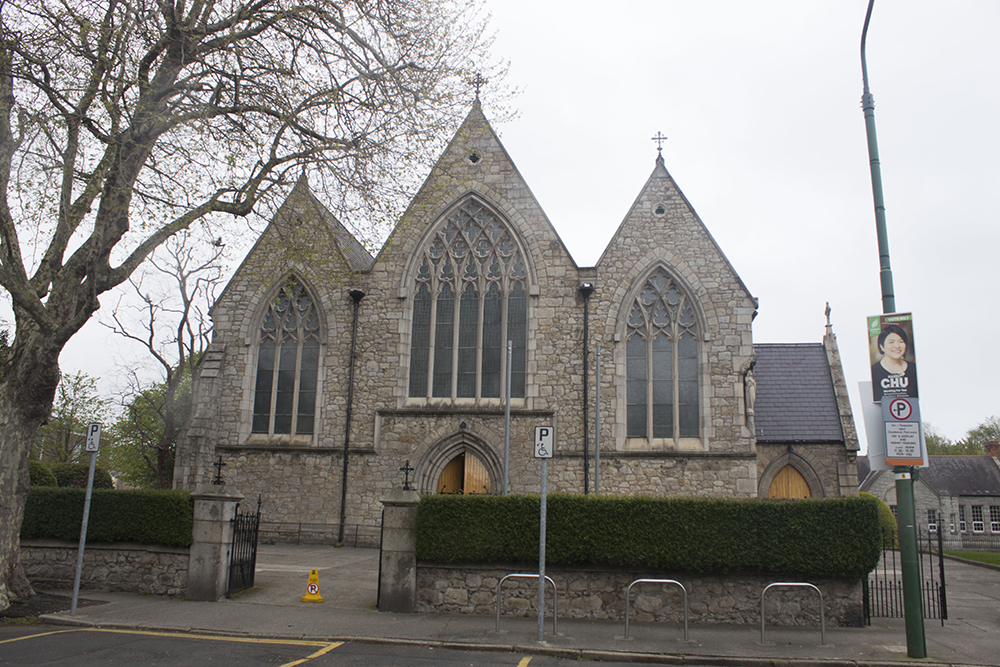
This takes place by a church on the coast called the Star of the Sea, and as I followed my mobile phone app further and further inland to find it I realised that the landscape had changed somewhat since Joyce’s day. Indeed most of the land I had been walking had been reclaimed from the waters long since, and neither Bloom, Dedalus nor their inventor had ever set foot here before until I reached the little chapel which appears almost exactly half way into the book in a chapter which ends at 9pm with Gerty MacDowell and her friends heading off home. Having now tramped up and down the bay it was time for me to head back too and the commuter packed train from Sandymount seemed to crawl along. I had contemplated going back to Toners but just then the well-dressed business lady opposite me said on her phone, “Ah, Toners will be packed tonight!” so that put me off. I started looking up exactly where “Nighttown” had been, the locale which dominates the closing part of the book, and it turned out it wasn’t at all far from Connolly Street Station where I was headed anyway.
LINKS WITH BYGONE DAYS OF YORE
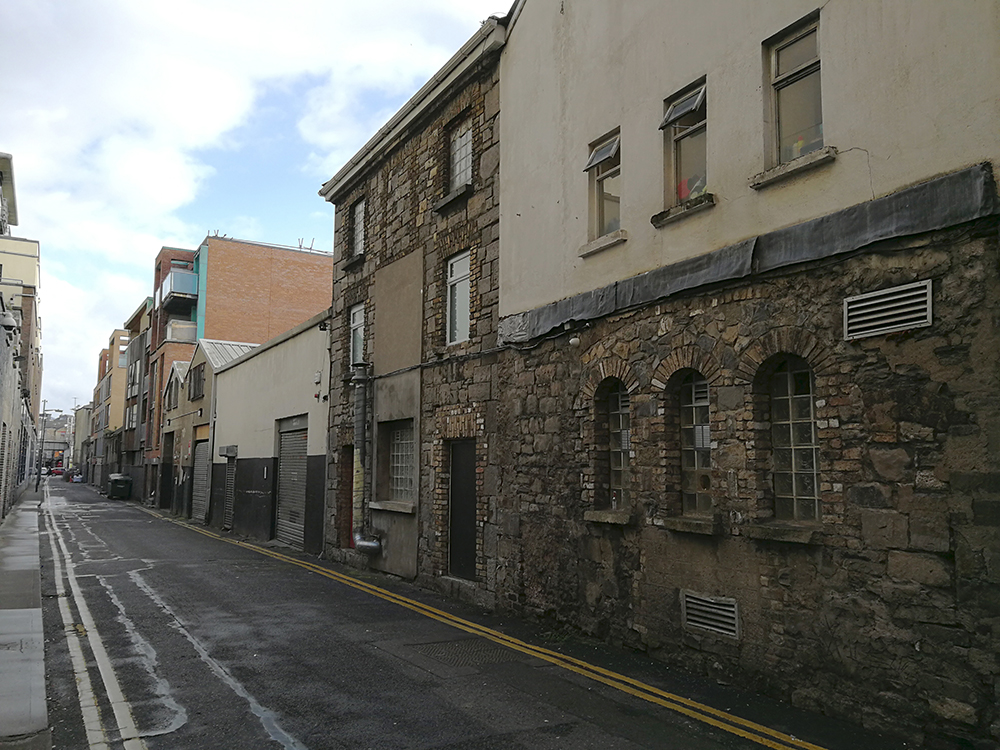
A short walk from the station, but there’s not much to be seen of the red light district popularly known as “Monto” after nearby Montgomery Street (now Foley Street). Almost the entire area was newly built, with yet more modern blocks in their midst of going up. A small display of photographs in Railway Street gives the only clue as to what the area once looked like, that and the chilling wall of the former Magdalen Laundry still waiting for the developers. In 1904 it was called Tyrone Street and was the location of Bella Cohen’s brothel at number 82 where most of Circe takes place (sort of).
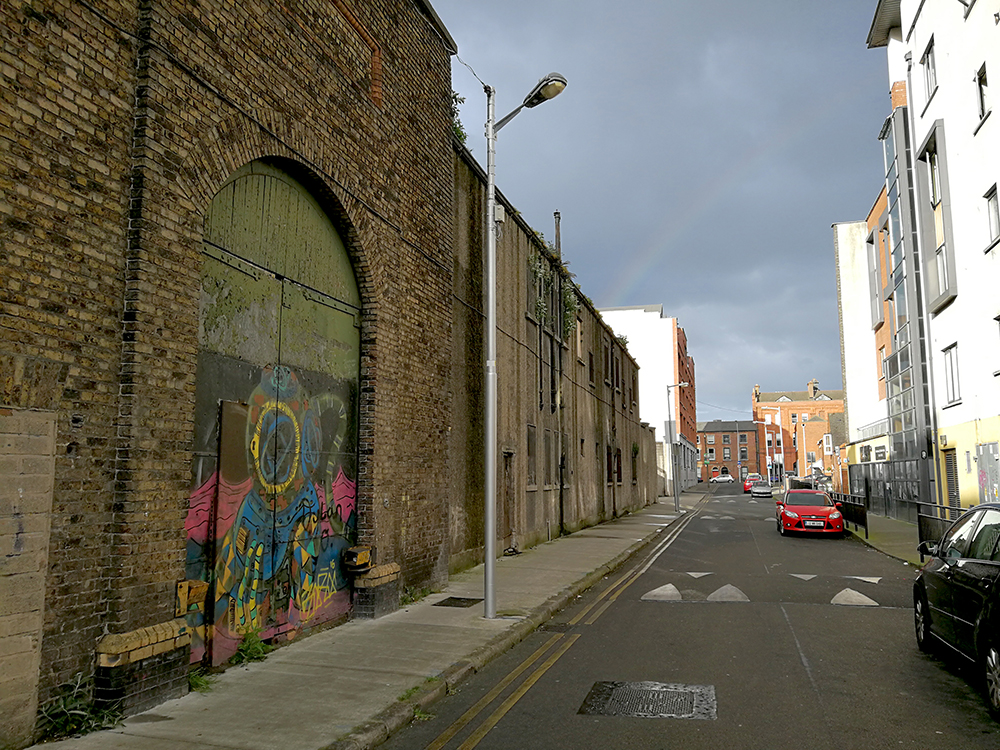
By now it was dinner time and there wasn’t a soul to be seen on the streets until I got to the crossing near James Joyce Street, of all places. Suddenly round the corner from Gardiner Street staggered a tall man in a sky blue sweater, pissed drunk, seething, wearing spectacles with lenses so thick you couldn’t see his eyes. In his mid-thirties he sported a Bobby Charlton comb-over and weaving around on the road he clutched a carry out five pack of lager to his chest, the sixth one open in his hand. Furiously he started hammered away at the gate of a building site, and when this solicited no answer he began kicking each board on the fence and muttering the usual oaths frustrated drunks do, a kind of “aaah-yaaa-fu-fuuuckkinn-fuckaa!”, like a character from a Beckett play or story, or the ghost of some long gone punter looking for a Monto brothel where he could make a utter fucking swine of himself before going home to beat up the wife and kids.

Fortunatly he took no notice of me, the only other person on the road. Bloom goes to Nighttown to keep an eye on Stephen, rescues him by magic (he makes a Masonic sign) then takes him home where Molly Bloom’s stream of consciousness soliloquy closes the book and “Yes”. ***
The maddening, hilarious, confusing, frustrating Circe episode, written in the form of a play script, movingly ends with Bloom glimpsing their dead son, named after Leopold’s Hungarian dad.
(Silent, thoughtful, alert, he stands on guard, his fingers at his lips in the attitude of secret master. Against the dark wall a figure appears slowly, a fairy boy of eleven, a changeling, kidnapped, dressed in an Eton suit with glass shoes and a little bronze helmet, holding a book in his hand. He reads from right to left inaudibly, smiling, kissing the page.)
BLOOM
(Wonderstruck, calls inaudibly.) Rudy!
RUDY
(Gazes, unseeing, into Bloom’s eyes and goes on reading, kissing, smiling. He has a delicate mauve face. On his suit he has diamond and ruby buttons. In his free left hand he holds a slim ivory cane with a violet bowknot. A white lambkin peeps out of his waistcoat pocket.)
As I said, this was in April 2019. I ended the Dublin jaunt “With no-one there real waiting for me”, at Le Bon Crubeen for a very nice dinner (the Guinness bread was astounding!!) and closed the decade with a trip to Paris in October, only my third time there, to see the Francis Bacon exhibition at the Pompidou Centre, Bacon en toutes lettres, which included a cute little model of the studio now in Dublin. But that’s another story. A couple of months after that disturbing reports began coming from China about a new variant of SARS…

End.
* It seems unlikely that Bacon, who was around 57 at this time, had yet to read anything by Joyce. In his late teens he lived in Paris and Chantilly for 18 months where he learned to speak French. During the time (1928 -29) Joyce was still living in Paris and close to Bacon’s lodgings, drinking in the same cafes he frequented and writing Finnegans Wake, which was published as Work In Progress in the magazine transition. However in his collection catalogued after his death, his copy of Ulysses was published in 1969, three years after the film was made, and his copy of Dubliners 1992, the year he passed away in a Madrid hospital, which leads to the speculation that one of the last things he may ever have read was The Dead! His earliest volume of work by Proust was published in 1960 (in the English translation by Scott Moncrieff). In the exhibition Bacon en toutes lettres (see the end of this post) there was again video footage of a tipsy Francis saying that chaos produced images, this time in French. This tanked up “Englishman’s” command of the language held the mostly Parisian audience I watched the footage with utterly spellbound.
** There were some great debates about this on the Sergio Leone Web Board, though it is no longer very active, at www.fistful-of-leone.com/forums. Vocal on the Sean Sean Song was sung by Edda Dell’Orso and the jaunty refrain trilled by Alessandro Alessandroni who was, unlike Leopold Bloom, “a professional whistler.” There is a truly wretched parody of the tune in the movie The Eagle Has Landed, a leitmotif for Donald Sutherland’s cheery Oirish Nazi collaborator, Liam Devlin. Sutherland made something of a habit of this, being involved in a similar, just as awful pastiche of Morricone in Kelly’s Heroes. The most recent variation on the theme is by Jeff Russo in the TV series Fargo. Seemingly random in the superb Season 2, the explanation for the tune comes during the end credits of the utterly tedious Season 4 (if you make it that far) as a memory of the brilliant Mike Milligan’s Irish protector Patrick “Rabbi” Milligan, killed erstwhile by a twister in the clunky as a tin man full o’ lead Wizard of Oz episode (9). Aptly Russo’s variation isn’t for the living man, but for the memory of the beloved dead one. He gets it.
*** Friend and admirer of Joyce, Vladimir Nabokov, denies the Irishman’s burst of originality in inventing this form in Portrait of the Artist as a Young Man, and through his character Pnin awards the honour to a Russian, kanyeshna, Leo Tolstoy, at the end of Anna Karenina’s life. And he may well be on to something, though personally I can’t stand Anna Karenina, it took me months to wade through it. If 19th century farming practice and reform are your thing, this is the book for you. On this one subject at least, Joyce was silent.


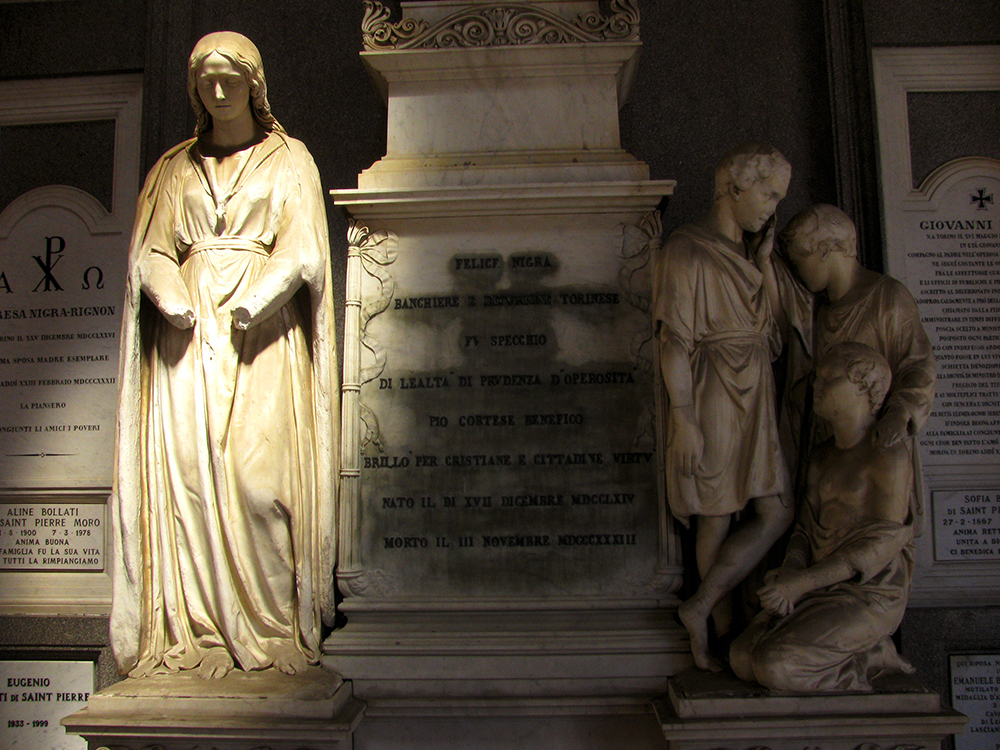
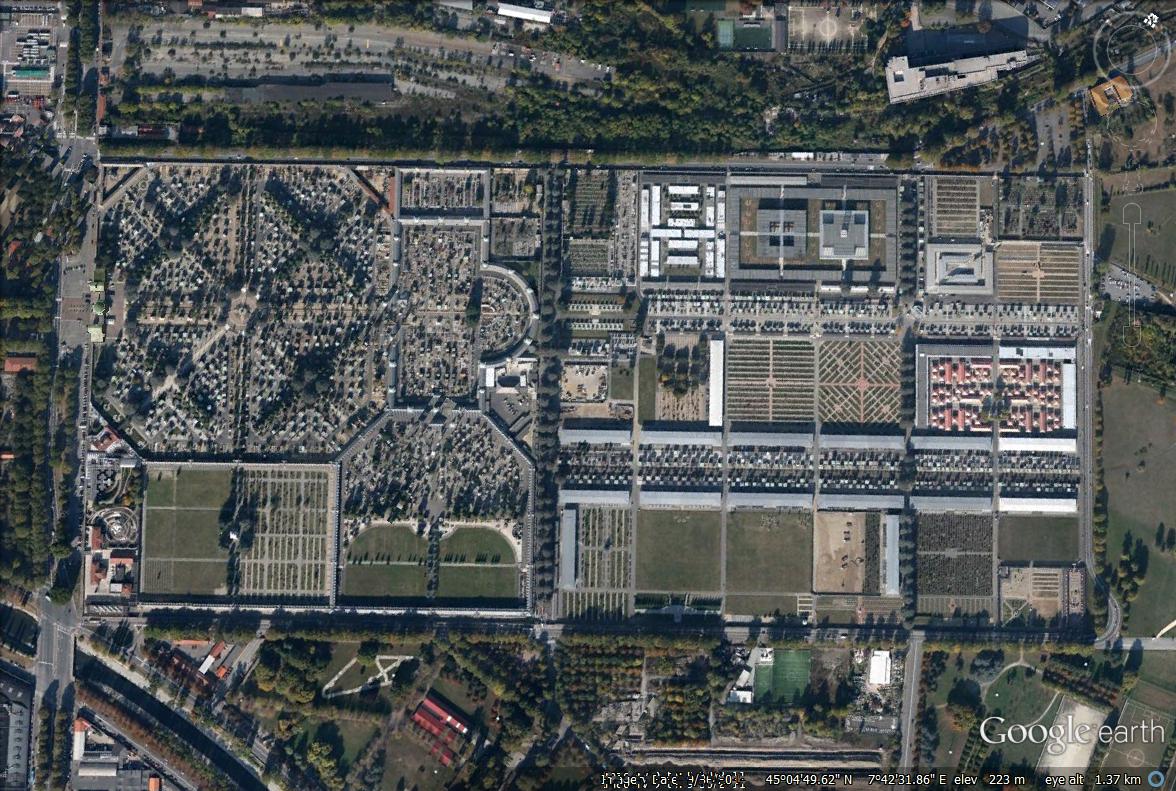
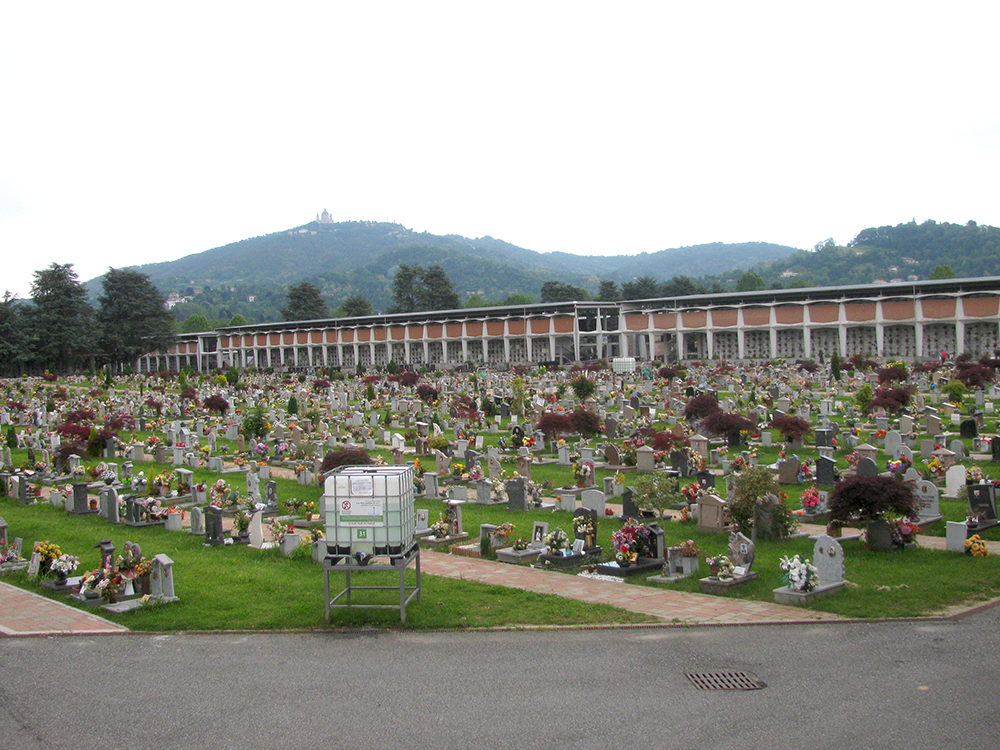
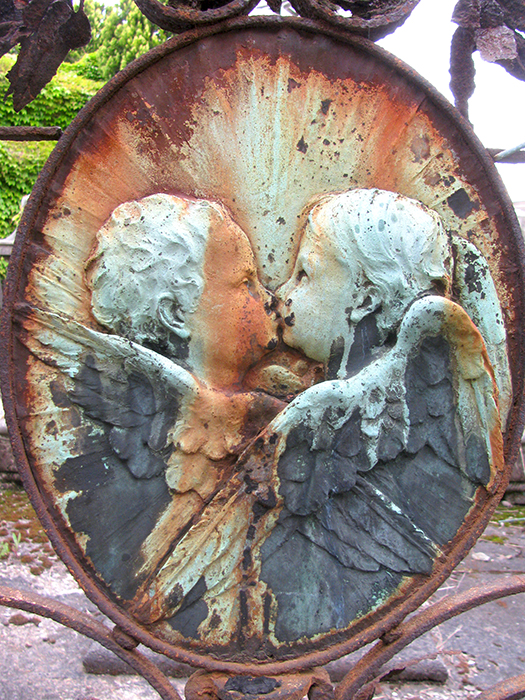
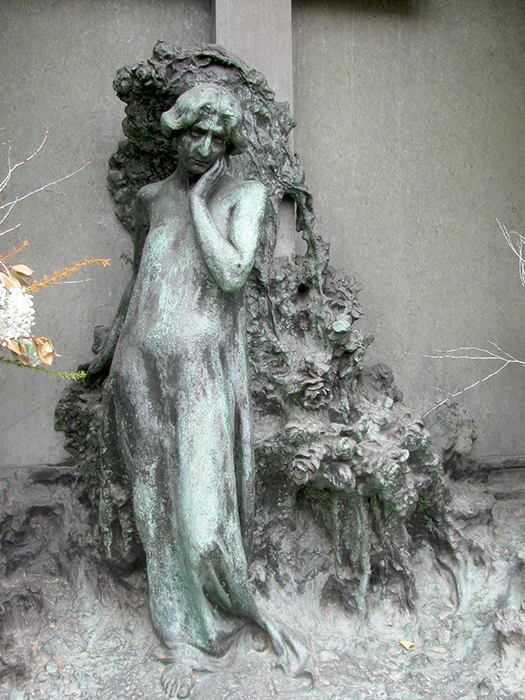
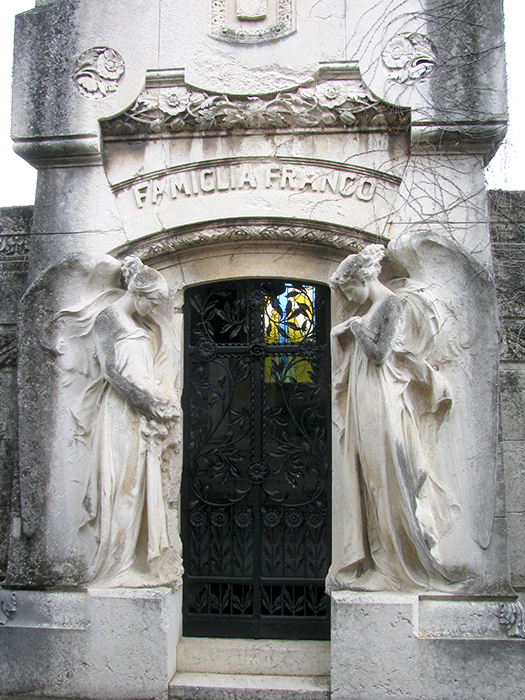
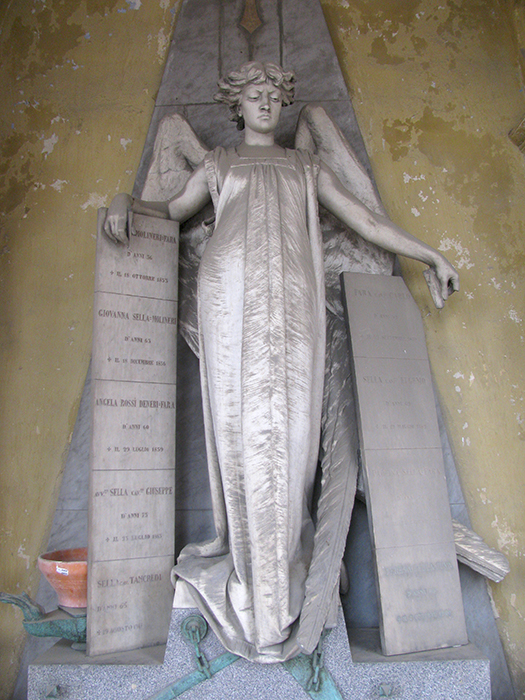
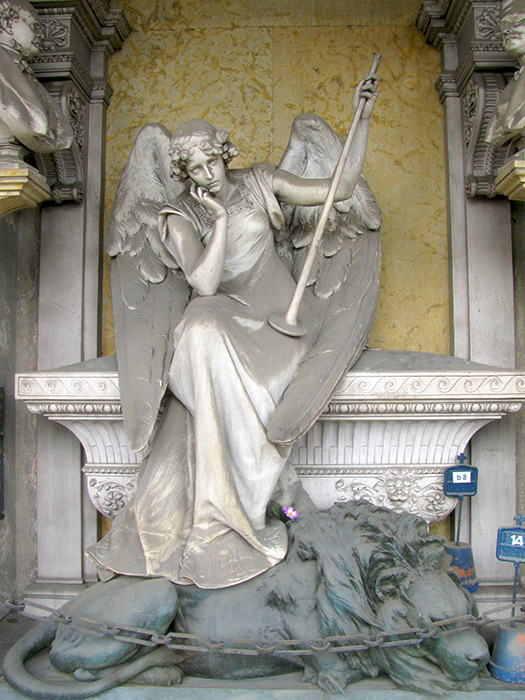
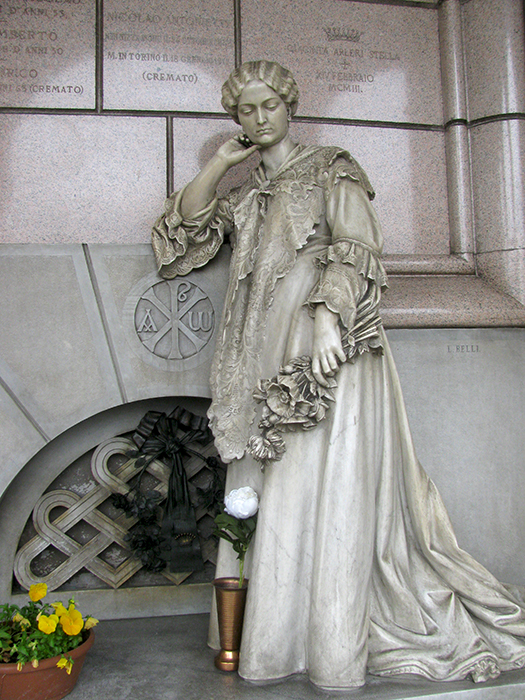
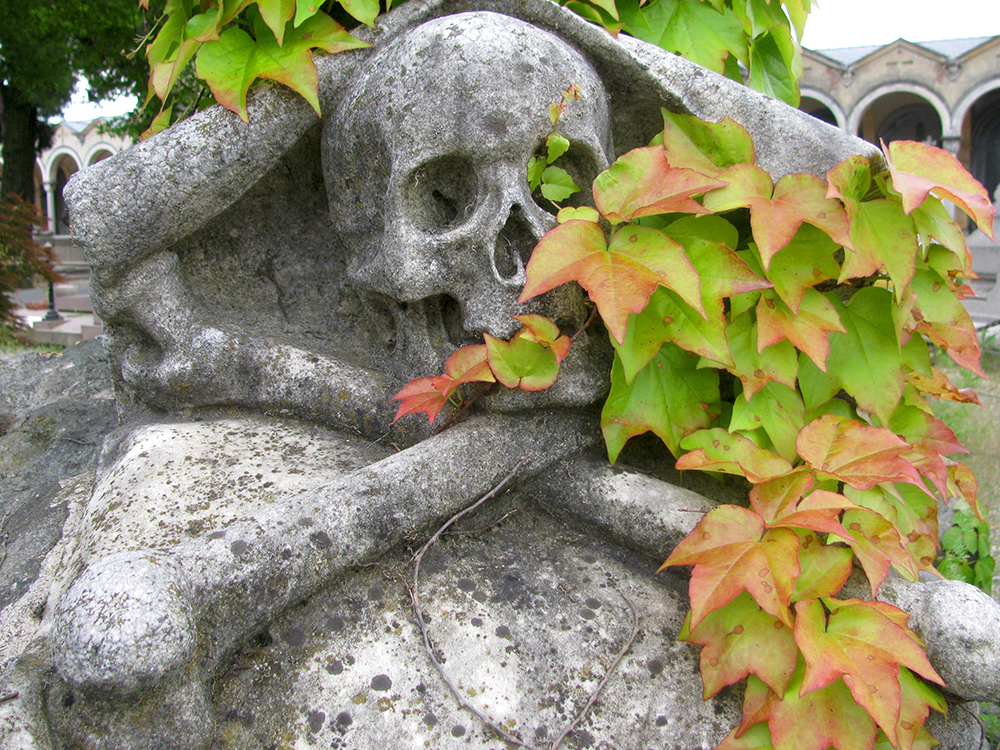
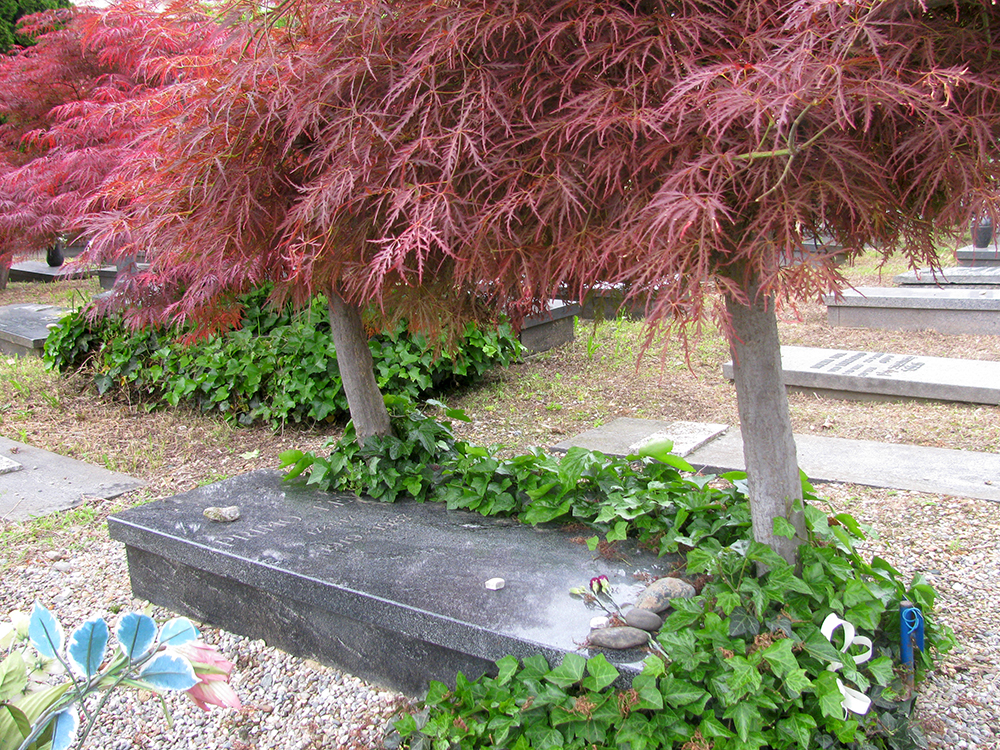


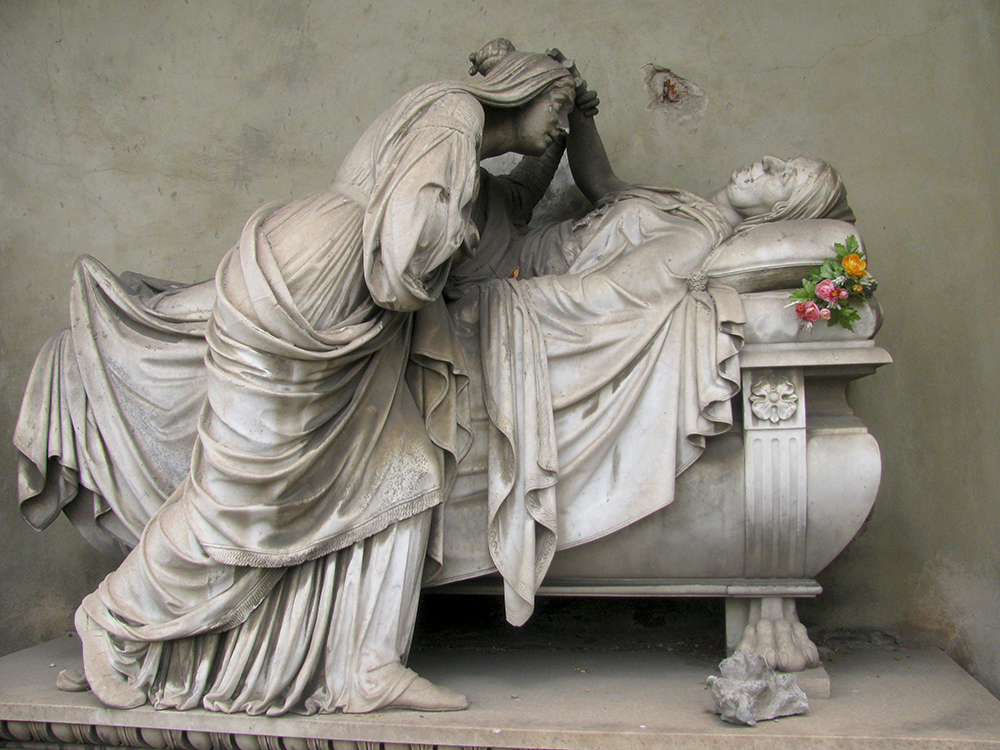
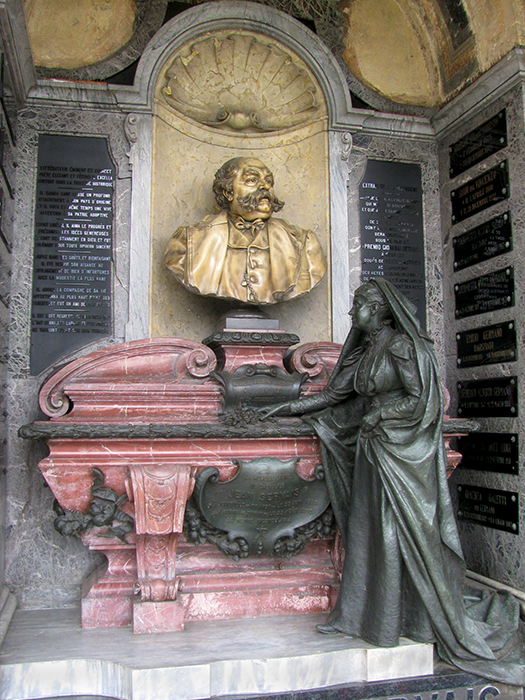

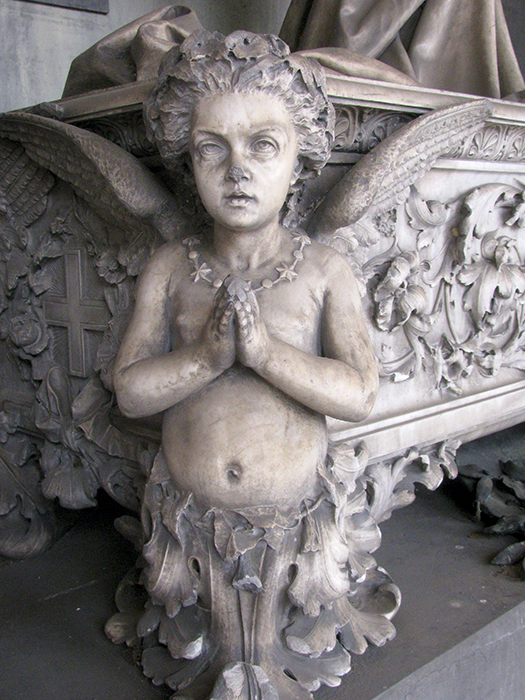



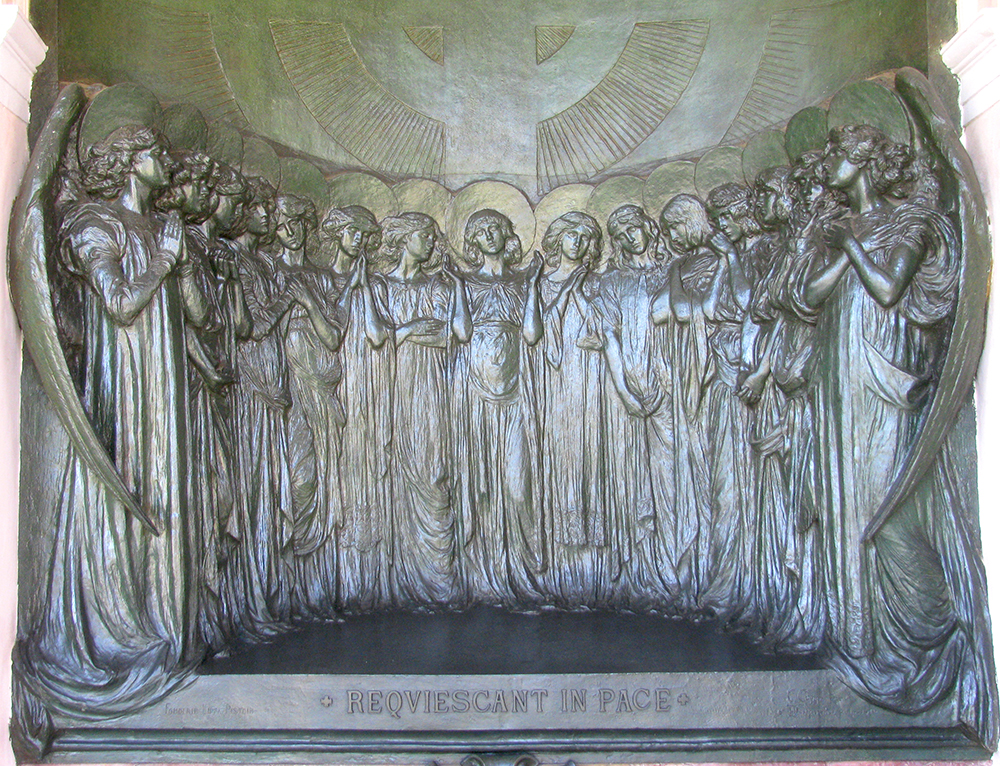

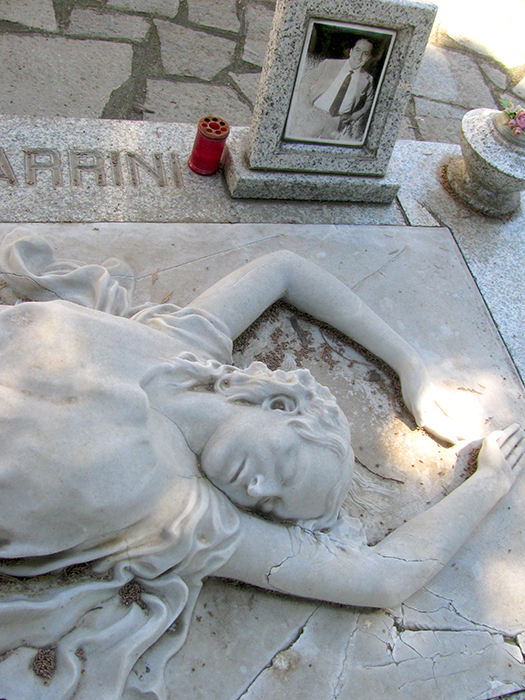
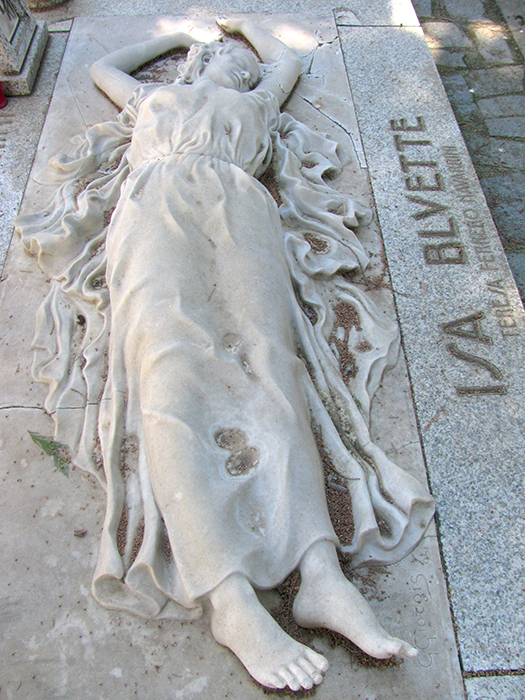
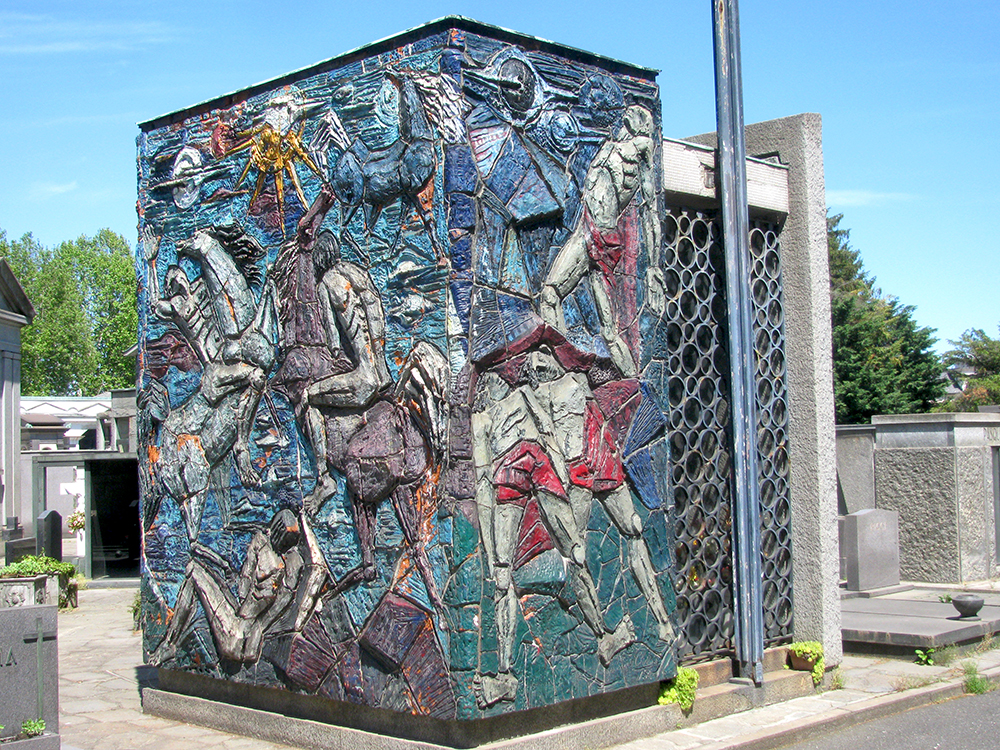
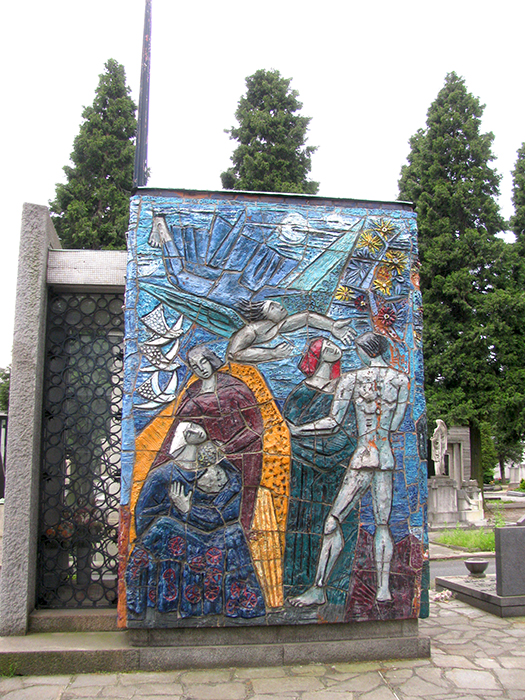
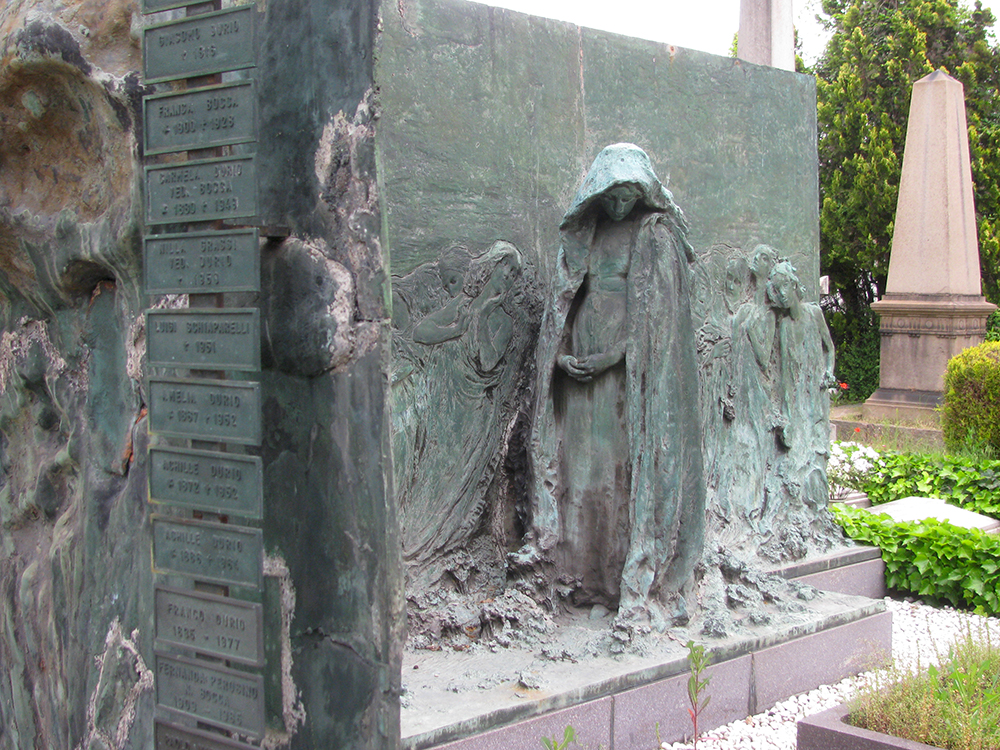


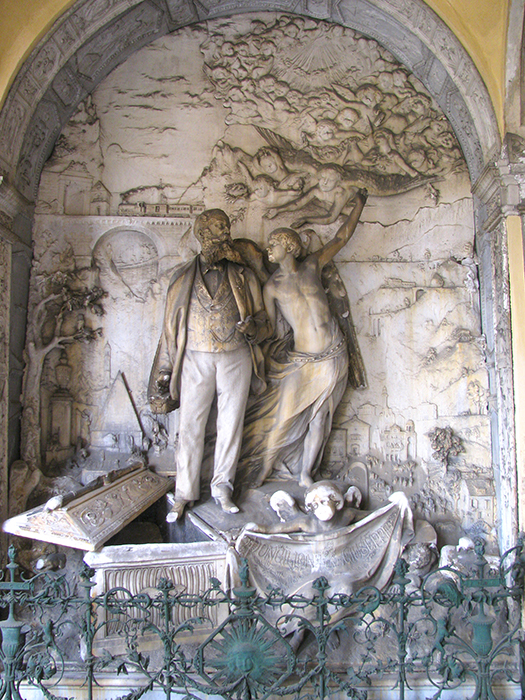
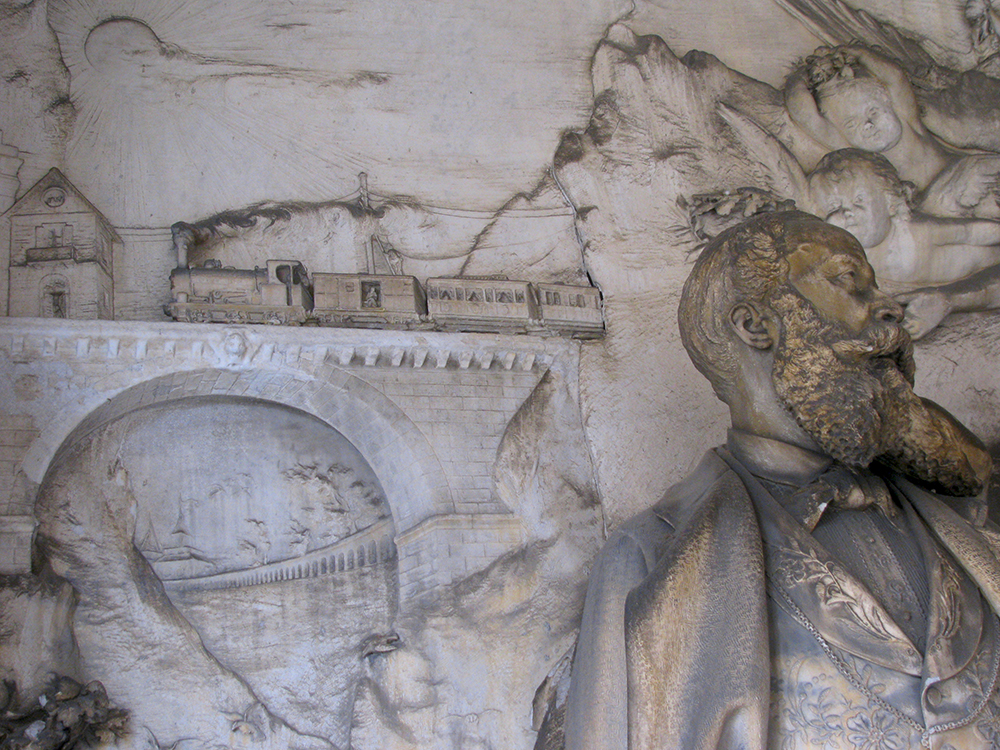
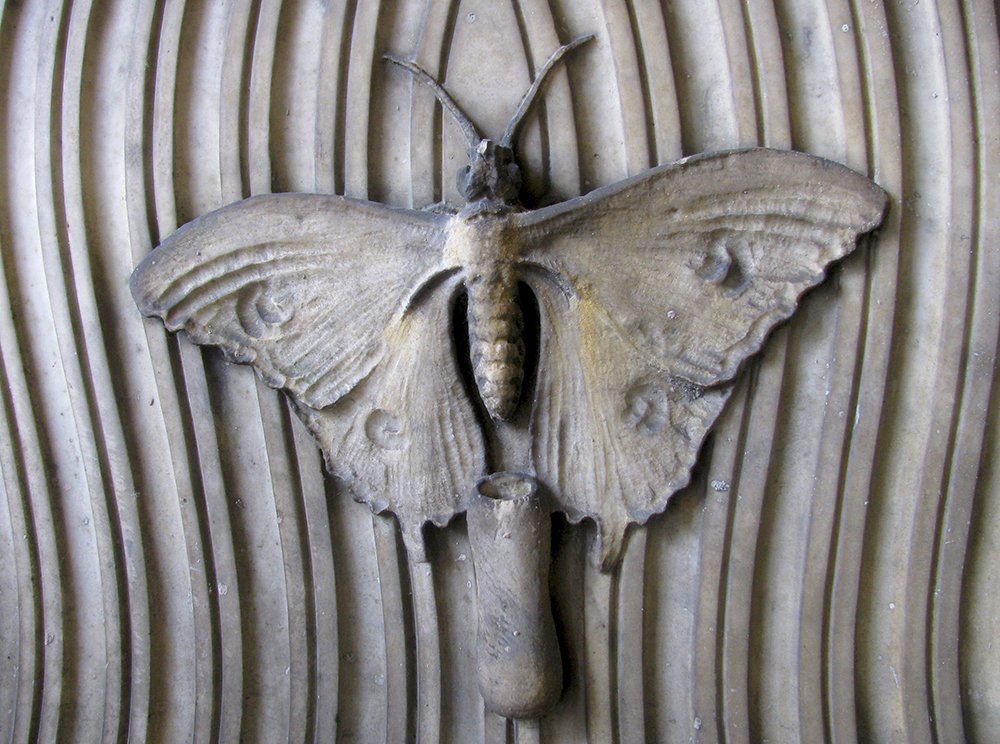

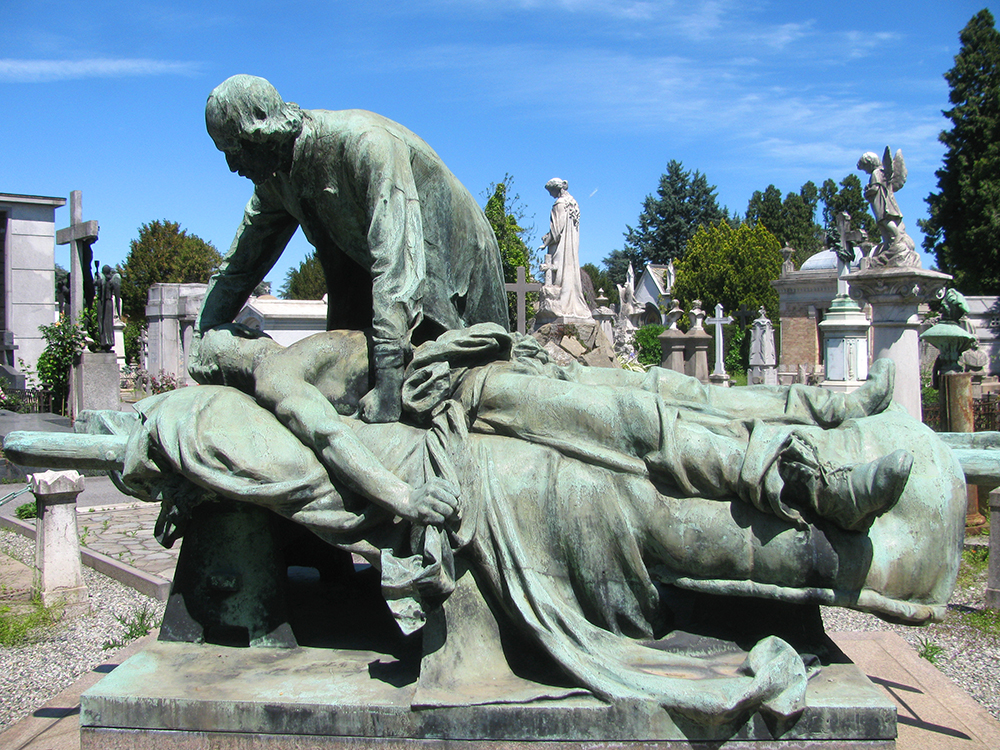
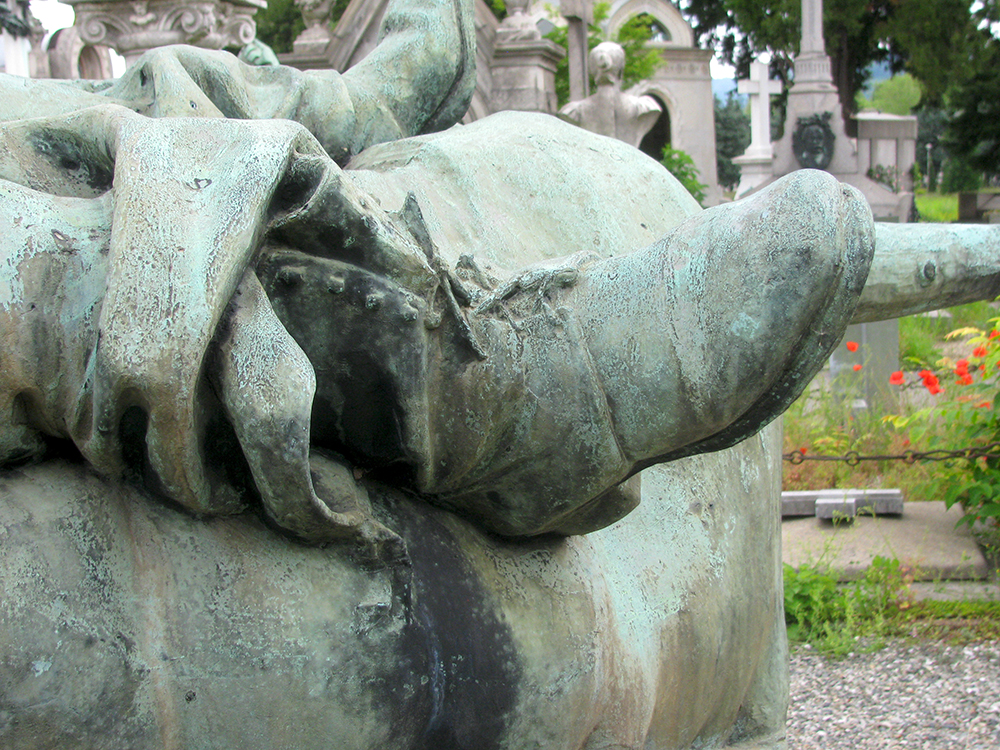
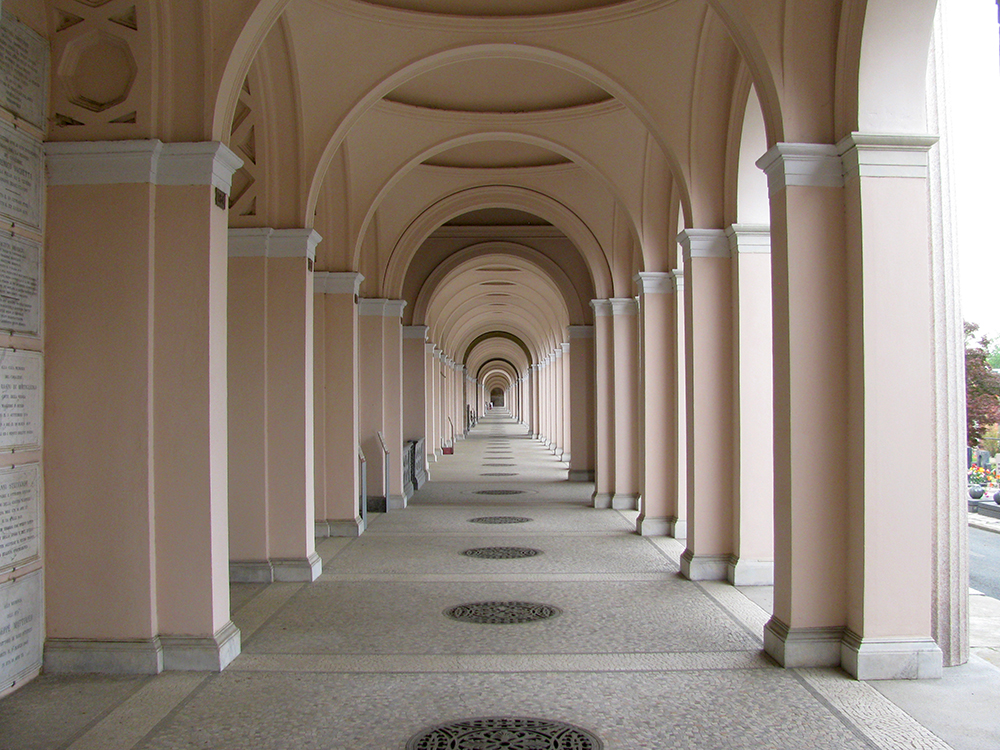






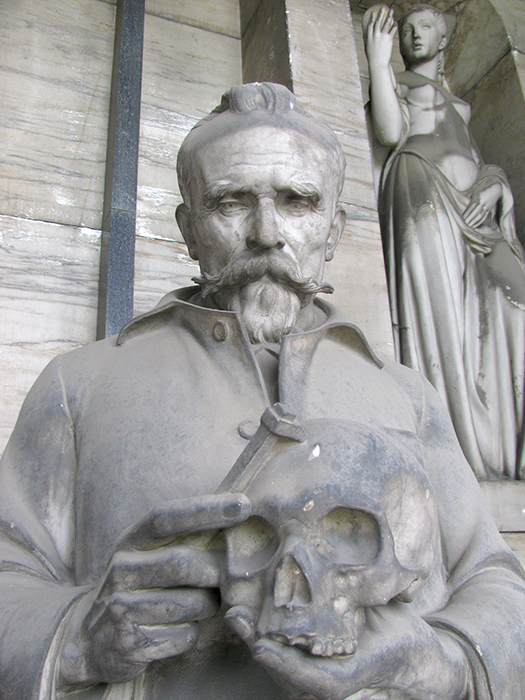

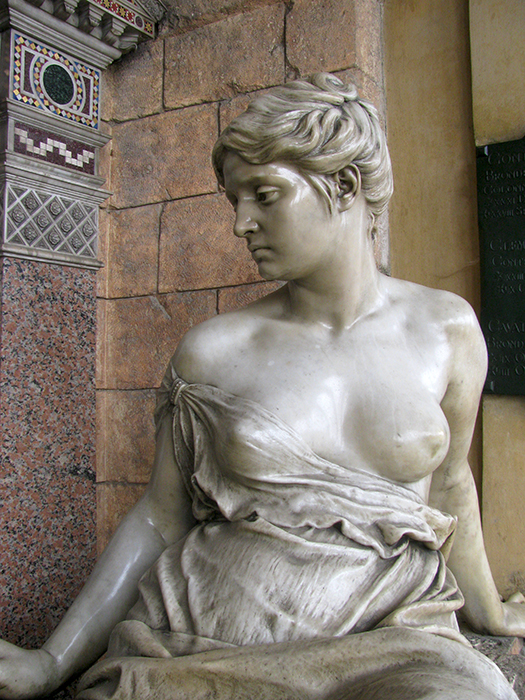
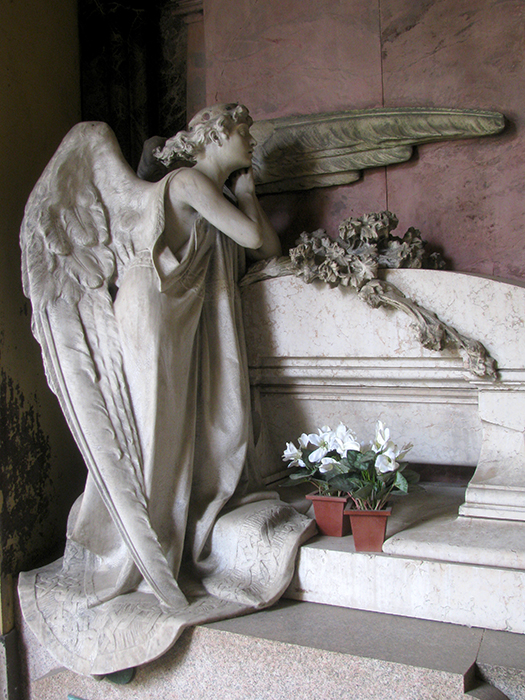
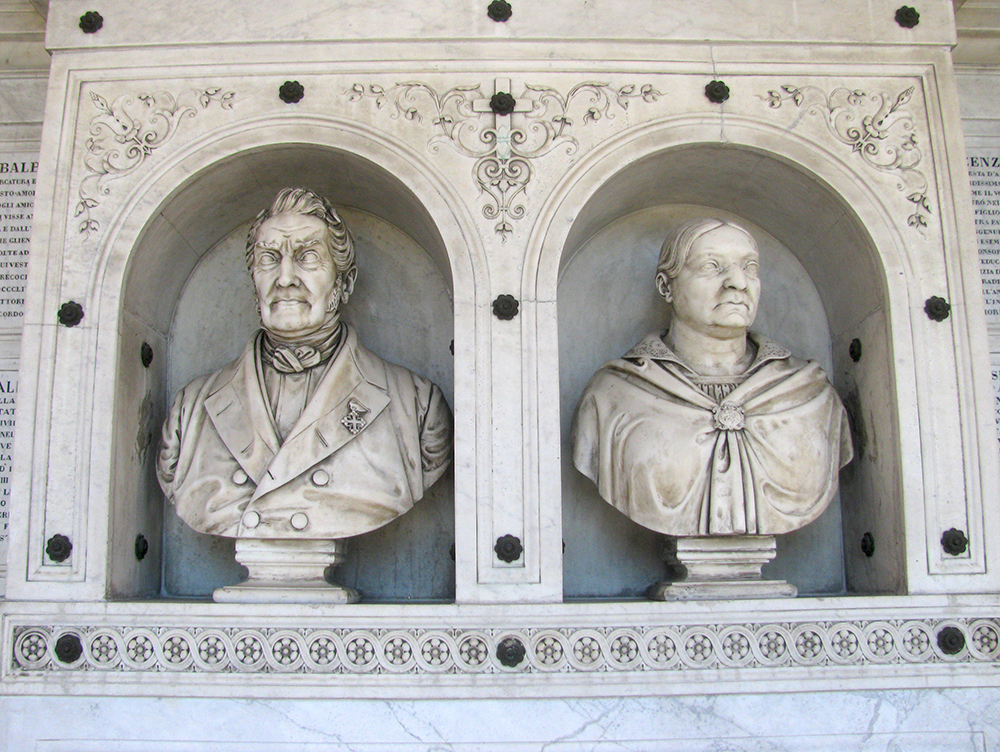
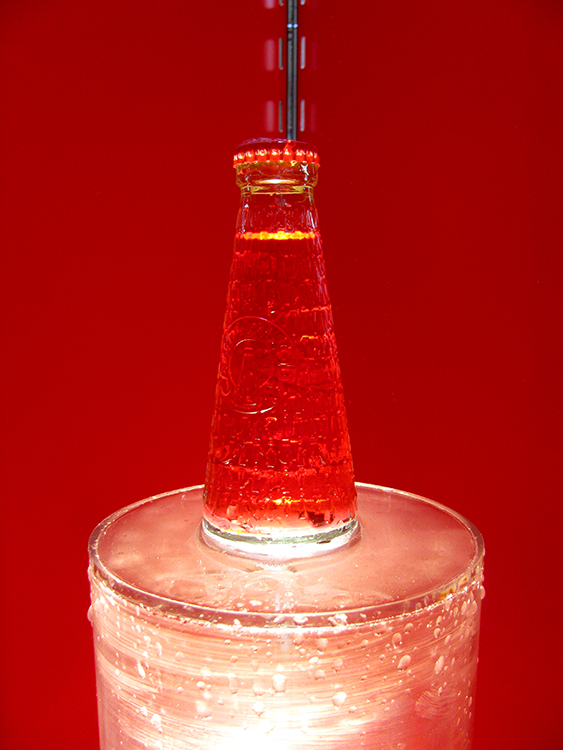
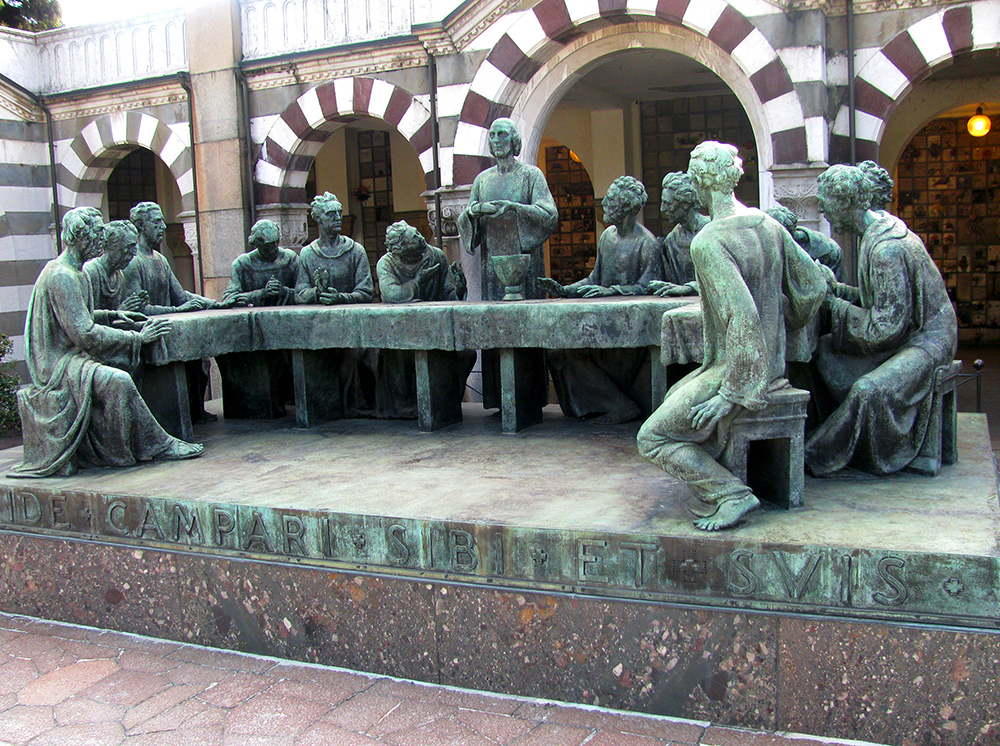
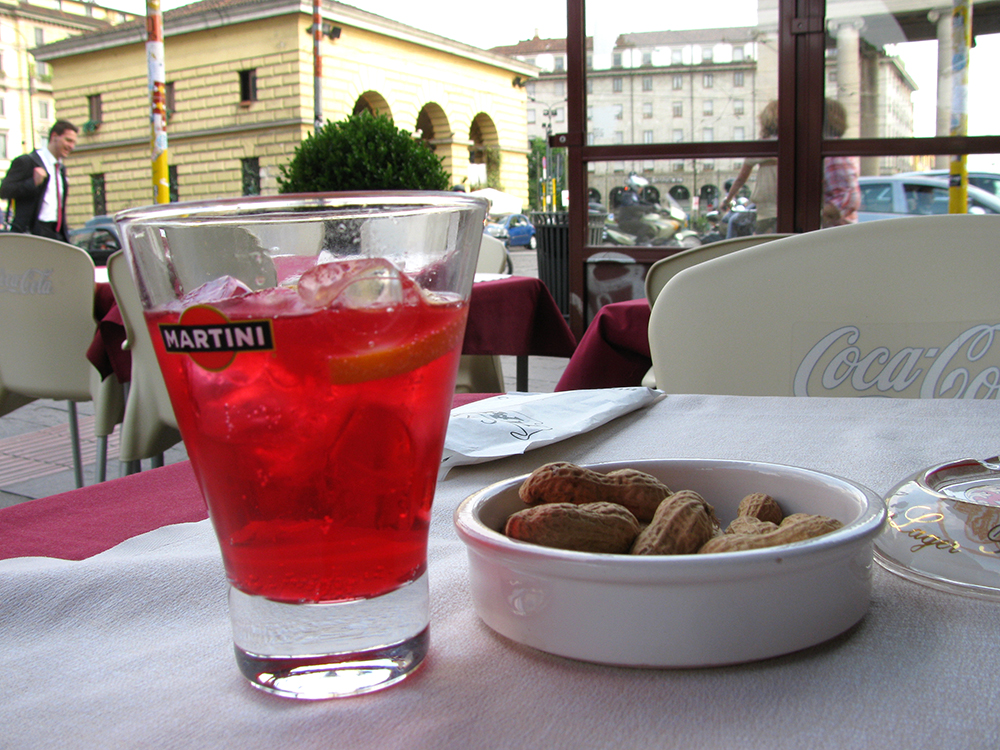


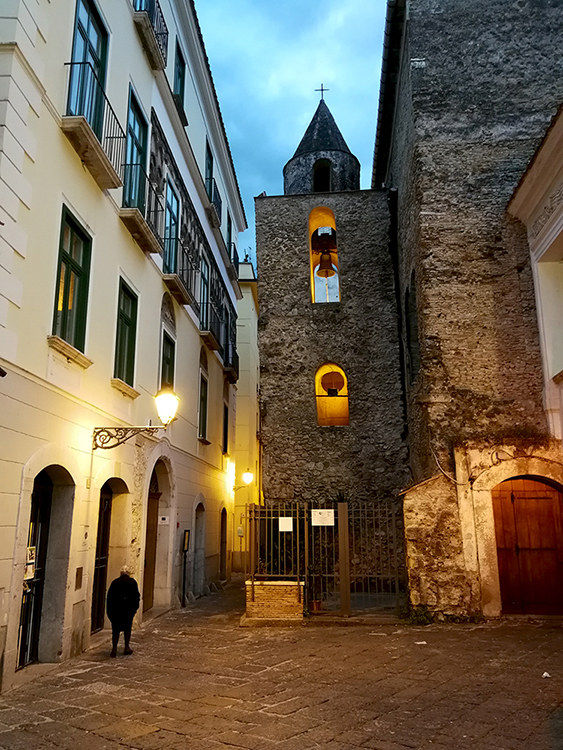
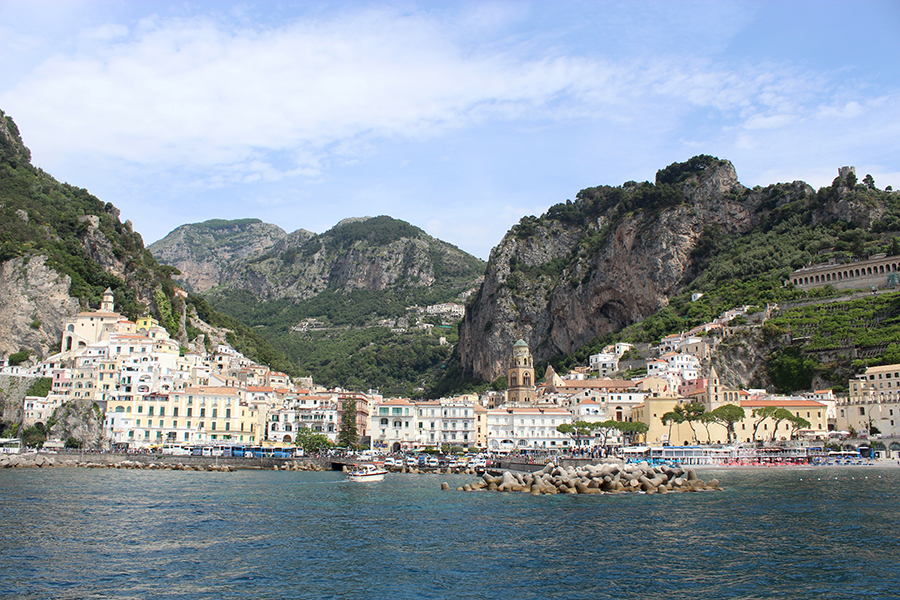

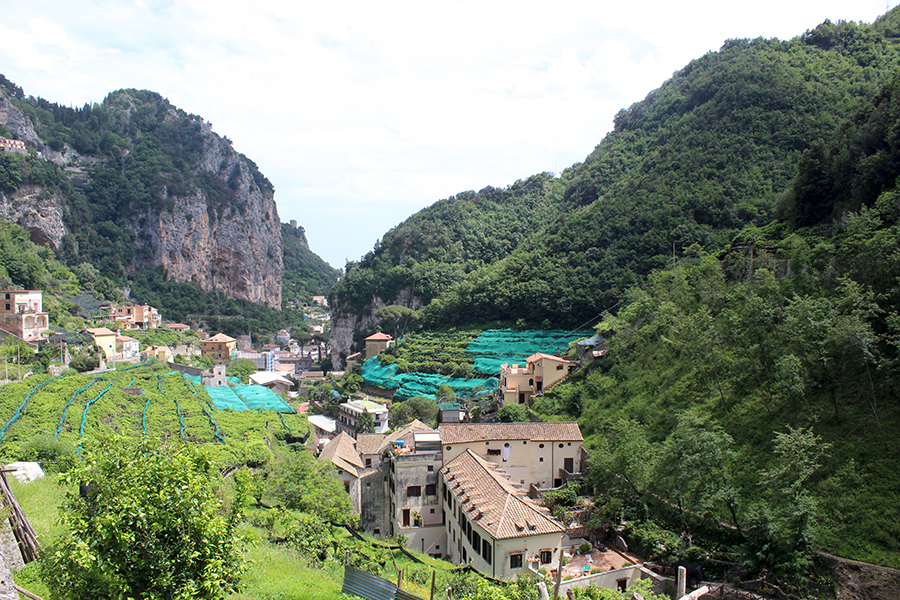
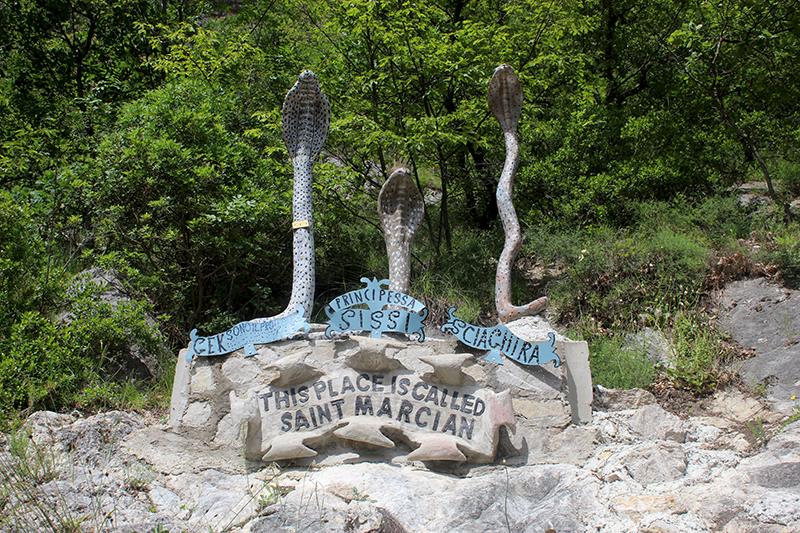

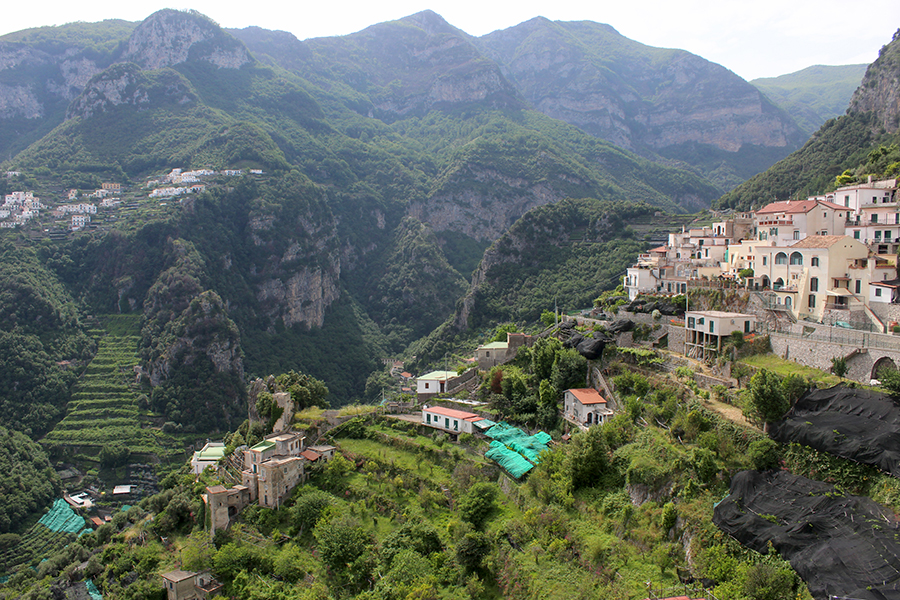

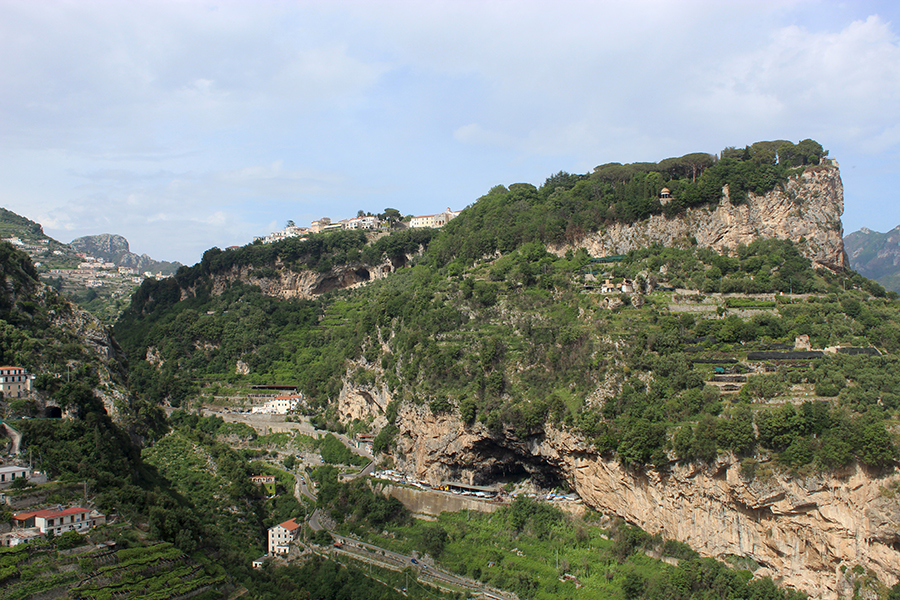
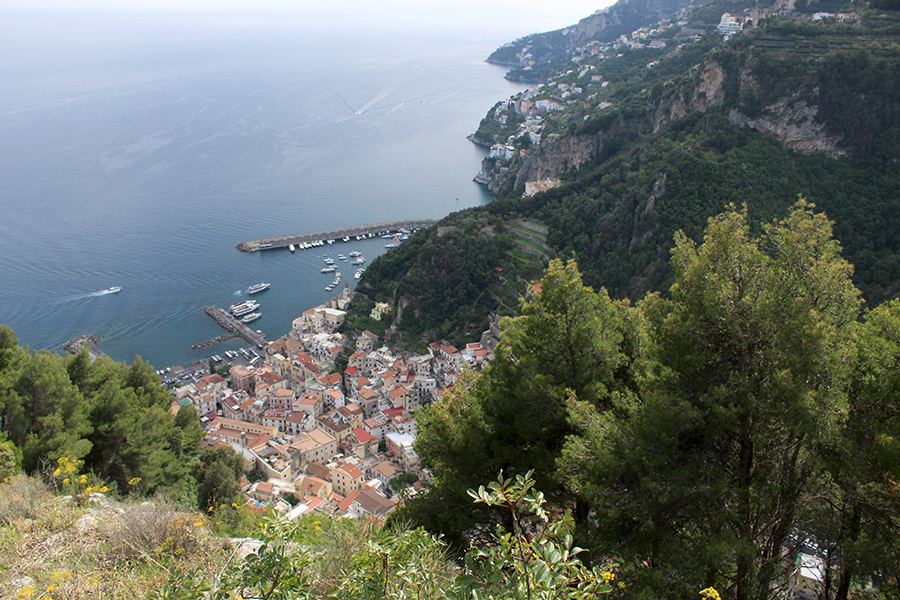
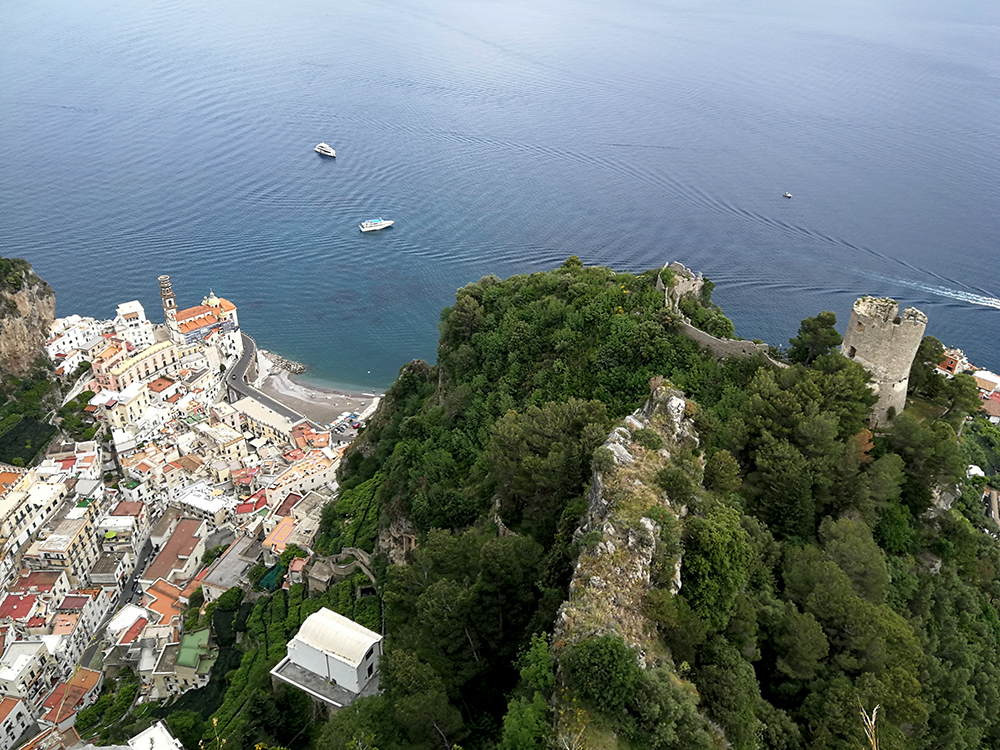
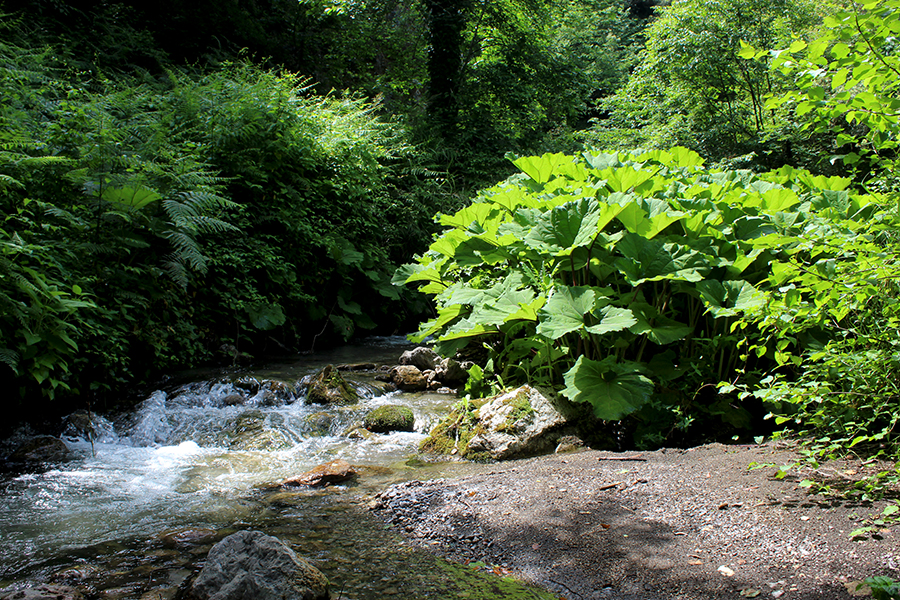
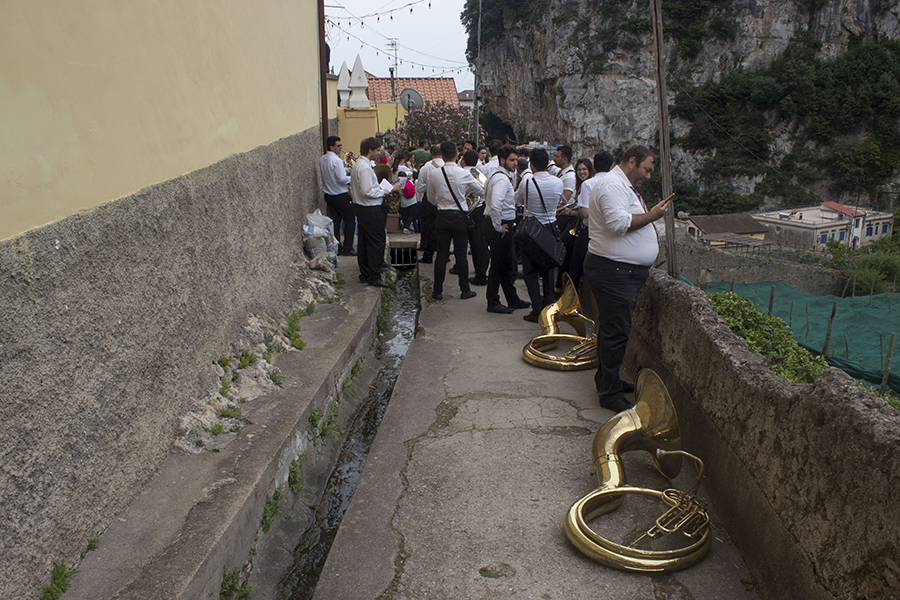
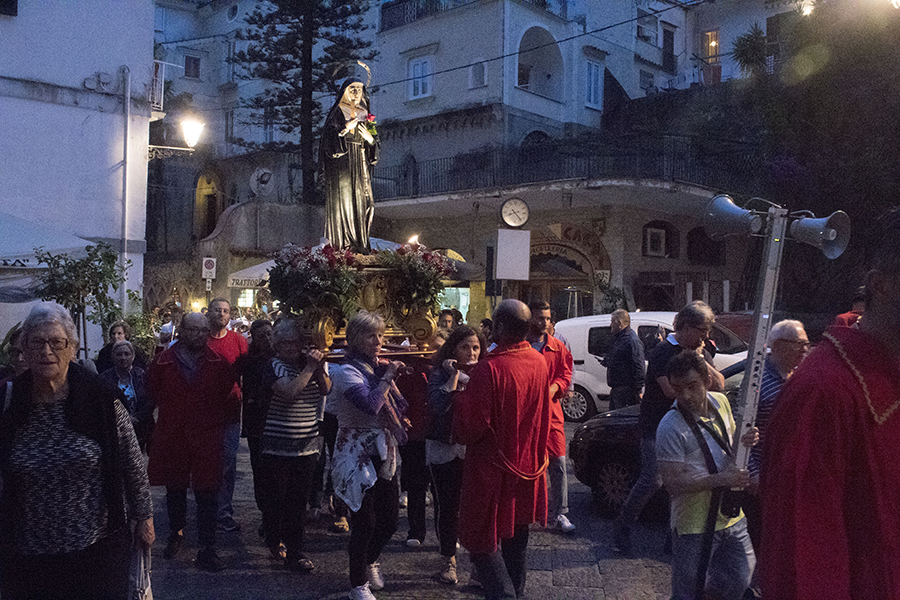

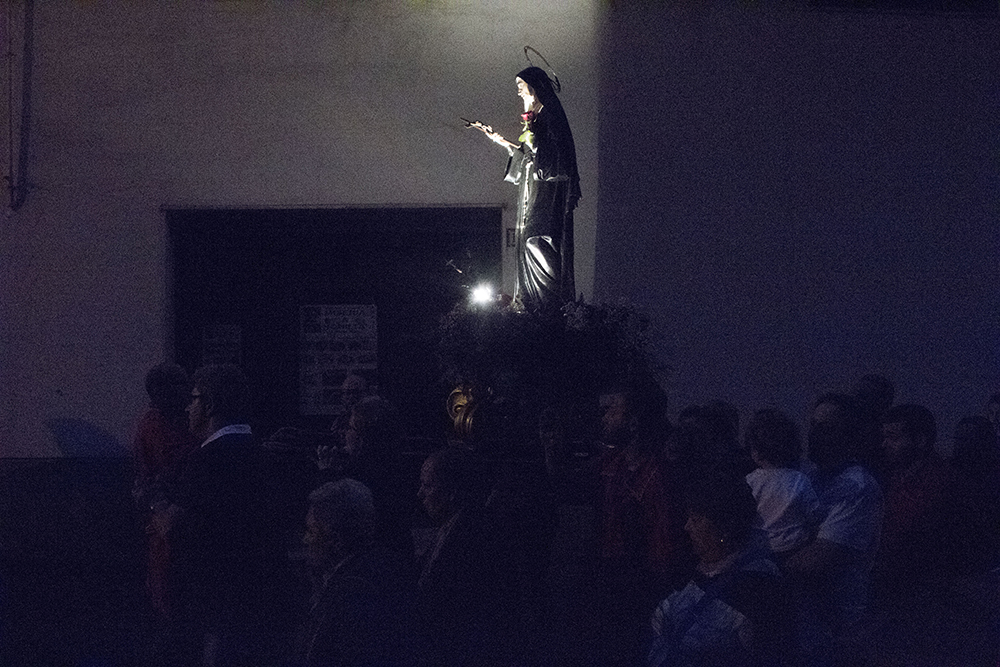

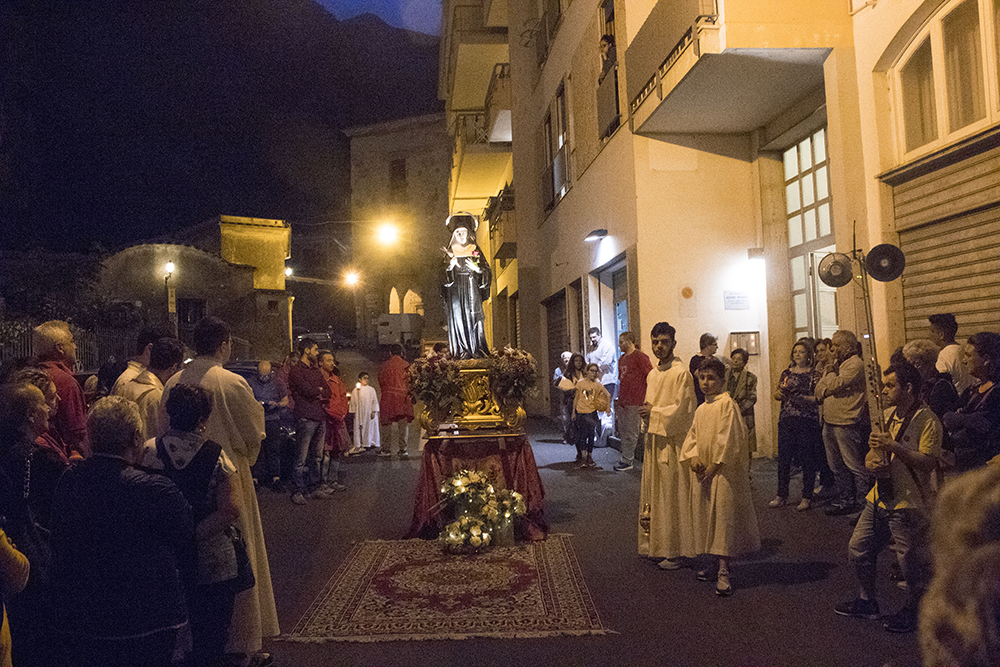
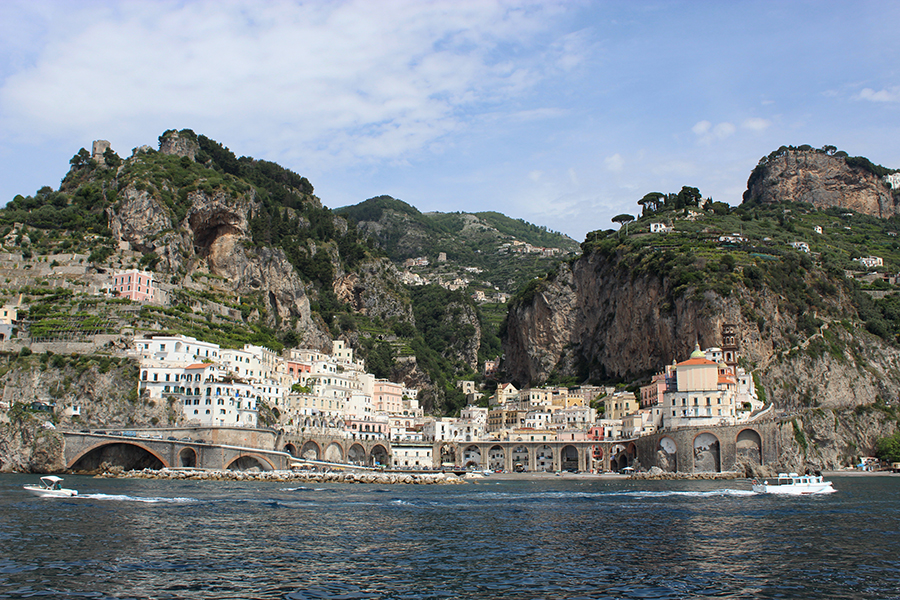
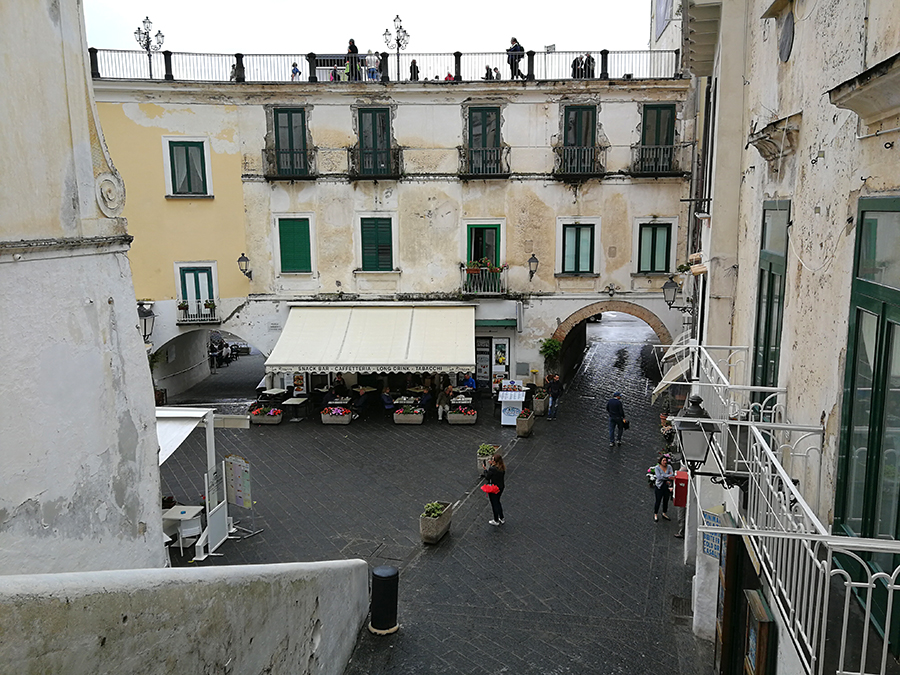
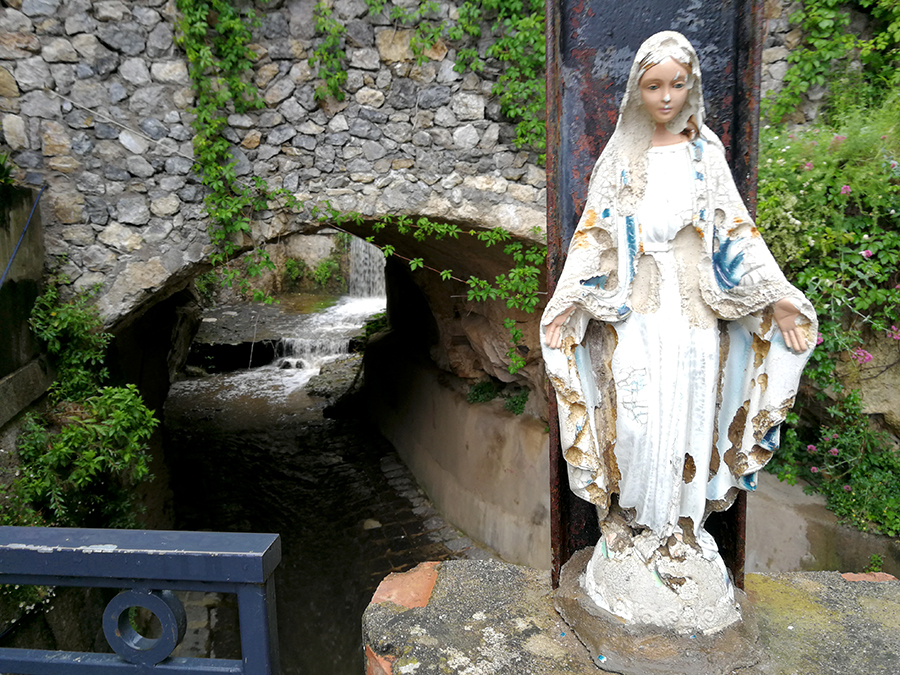
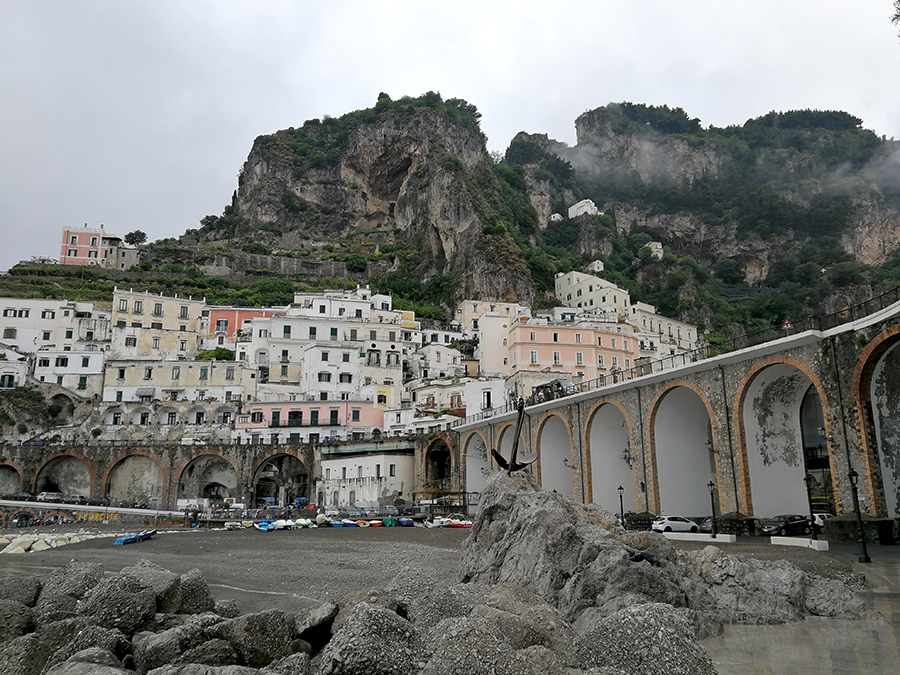
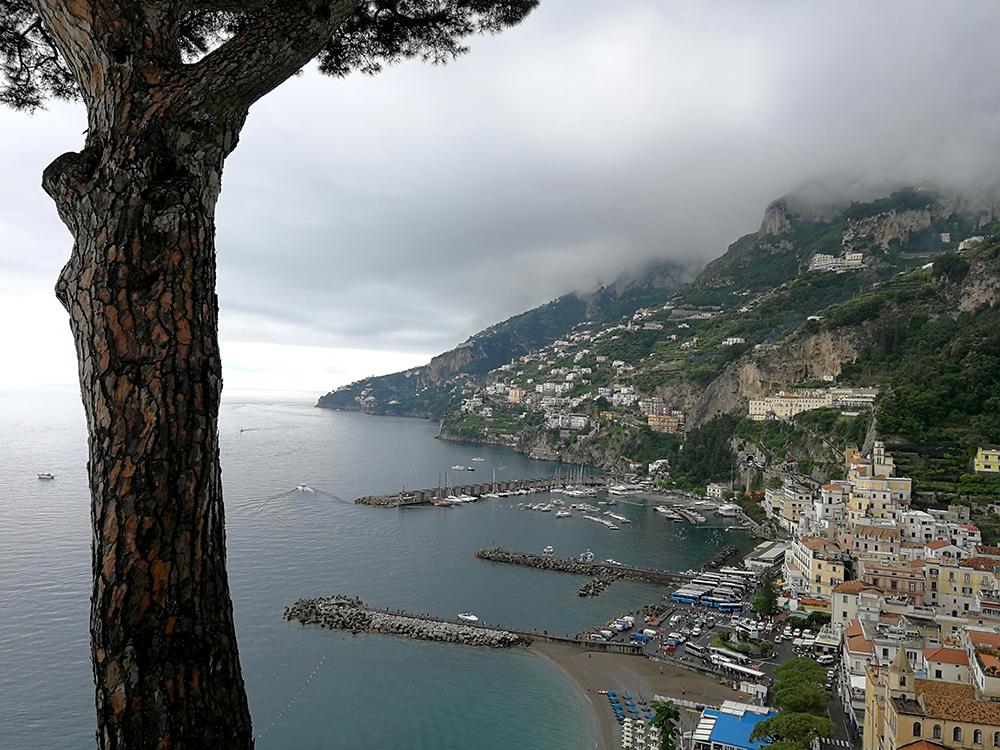
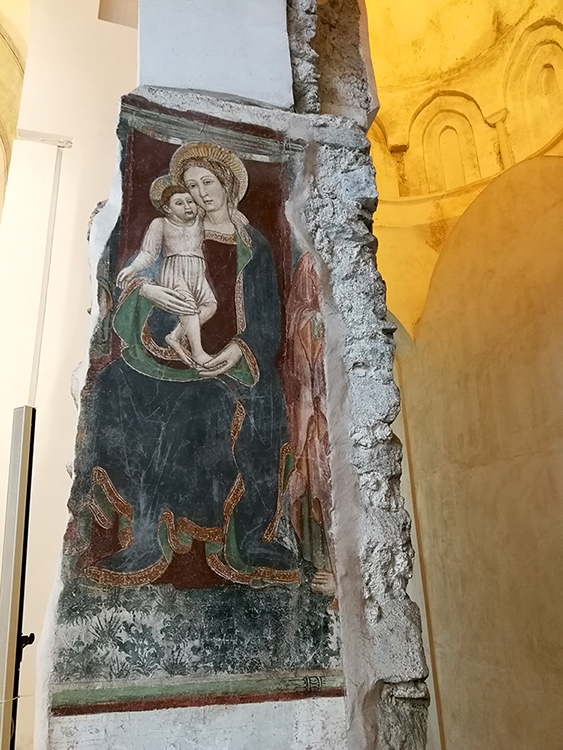

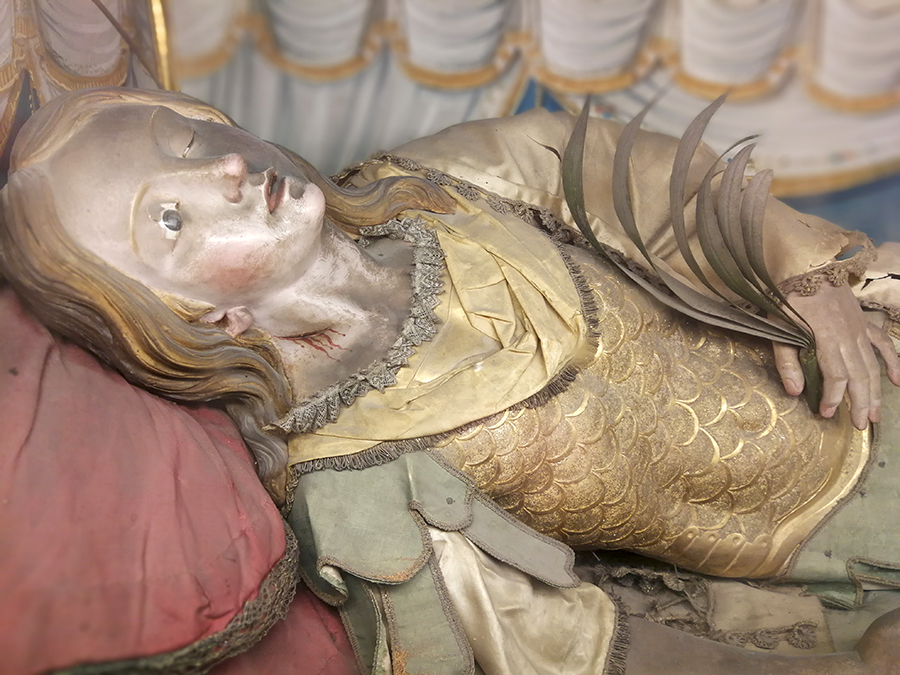
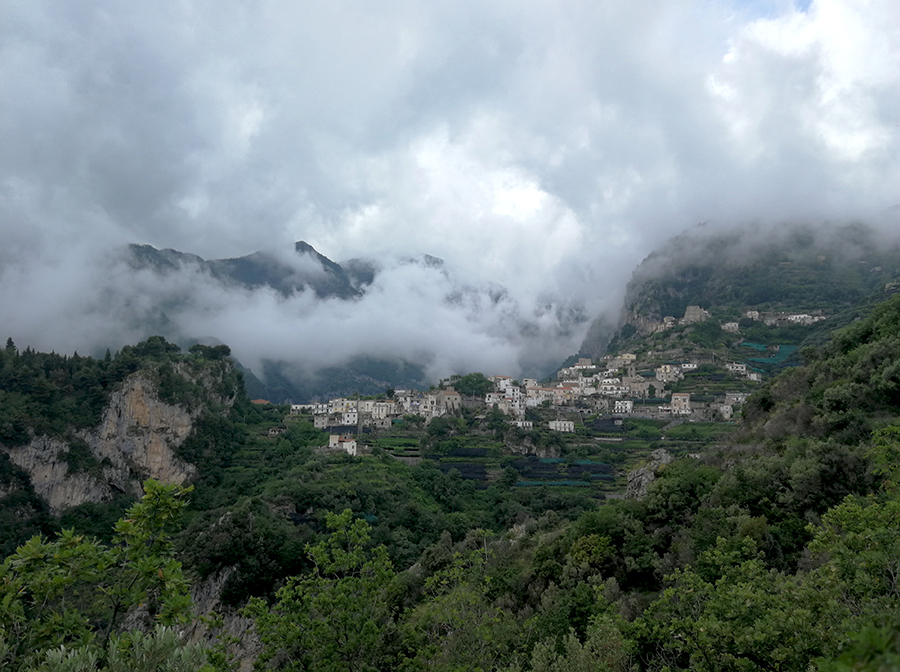

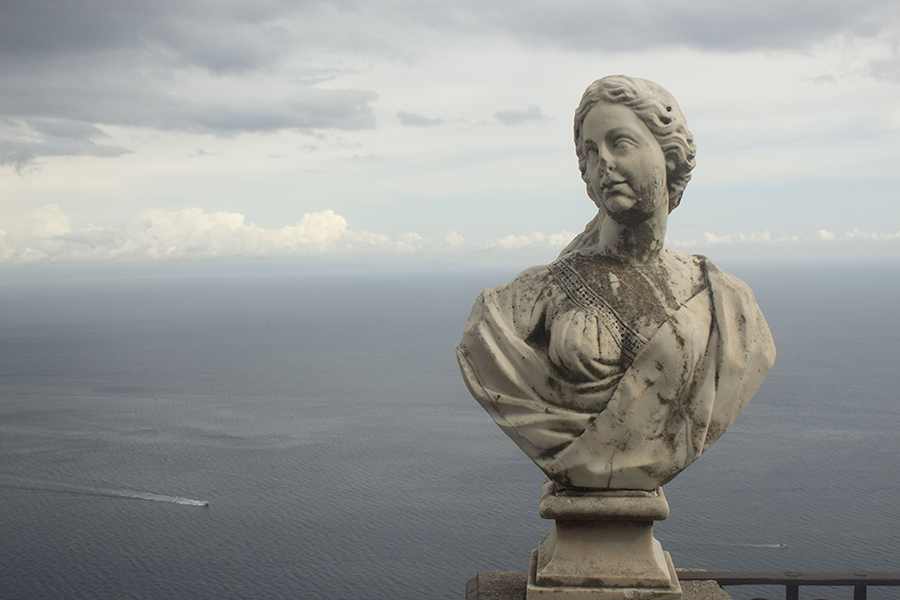

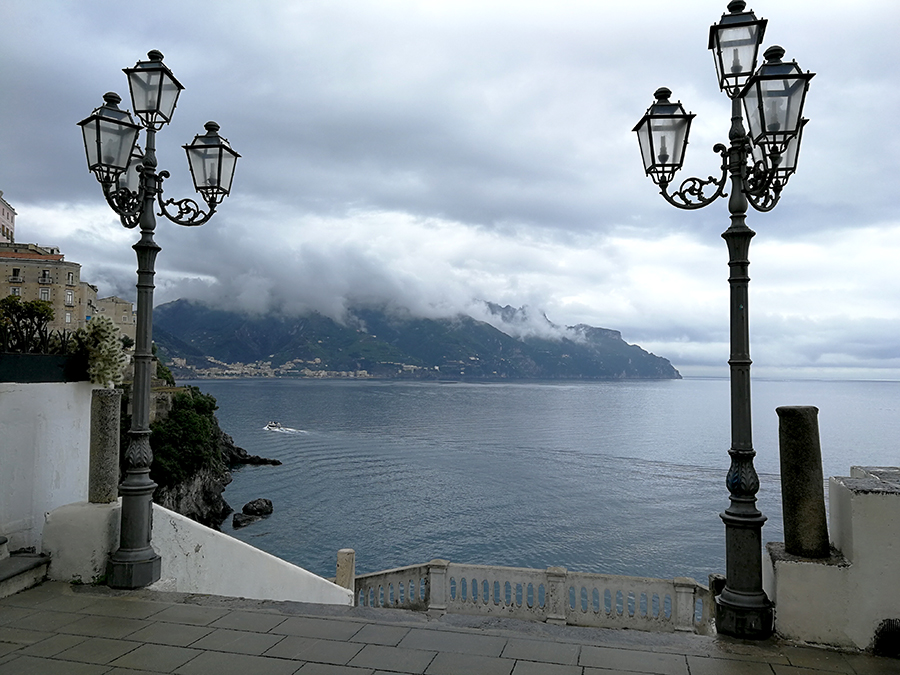
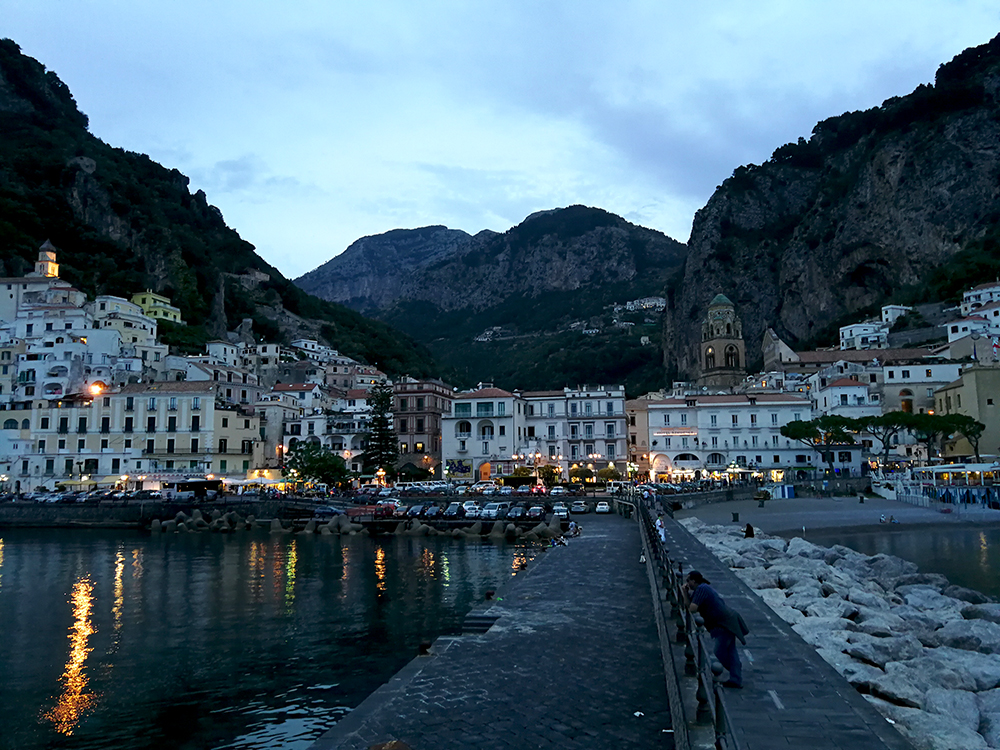
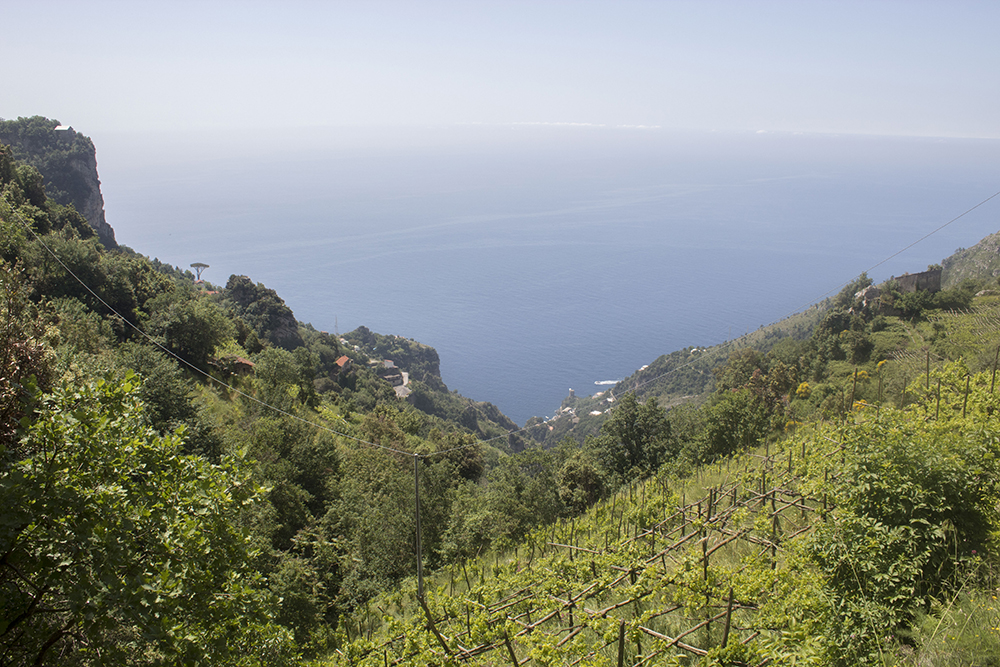
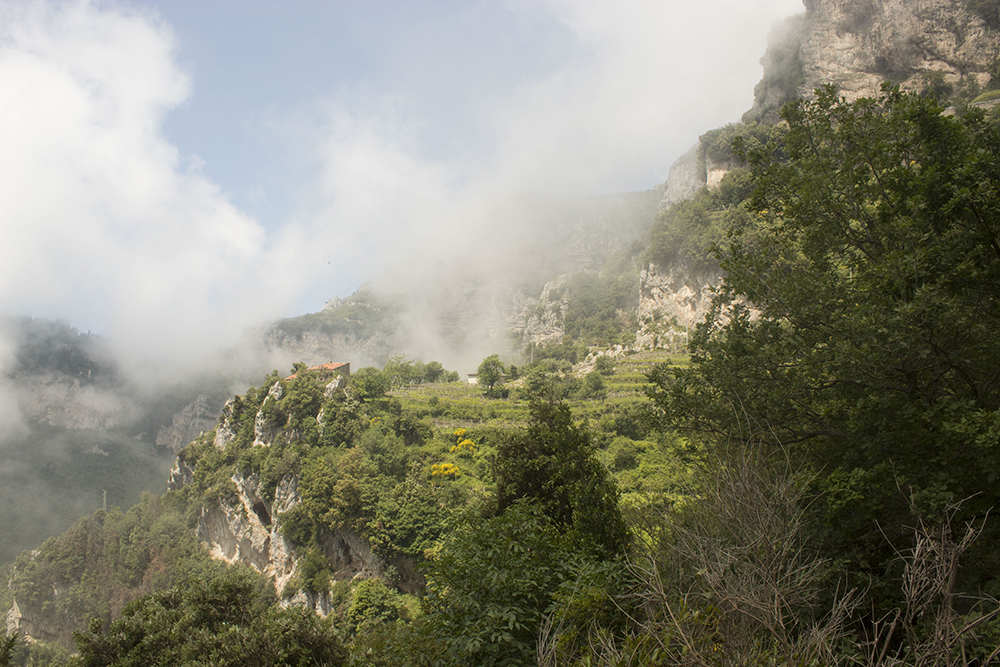
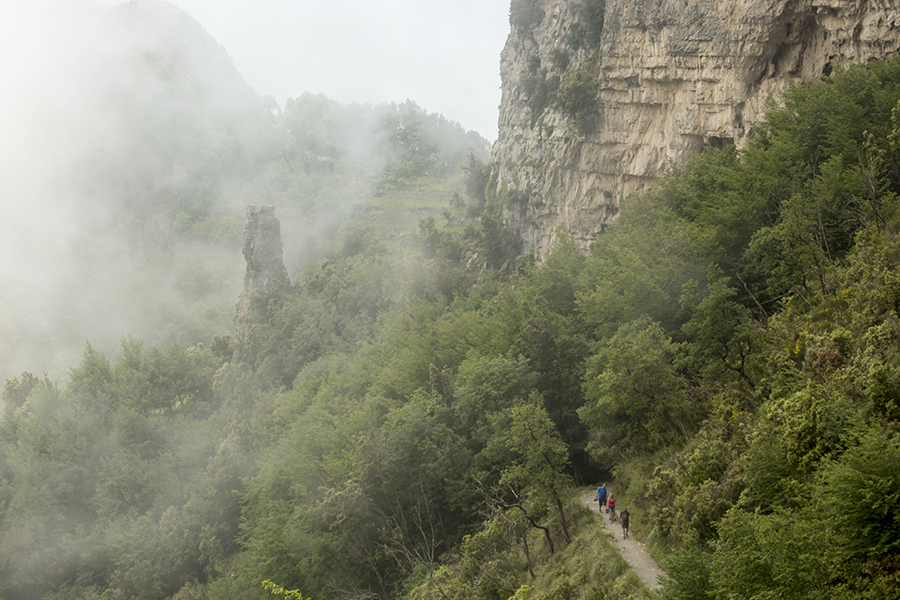

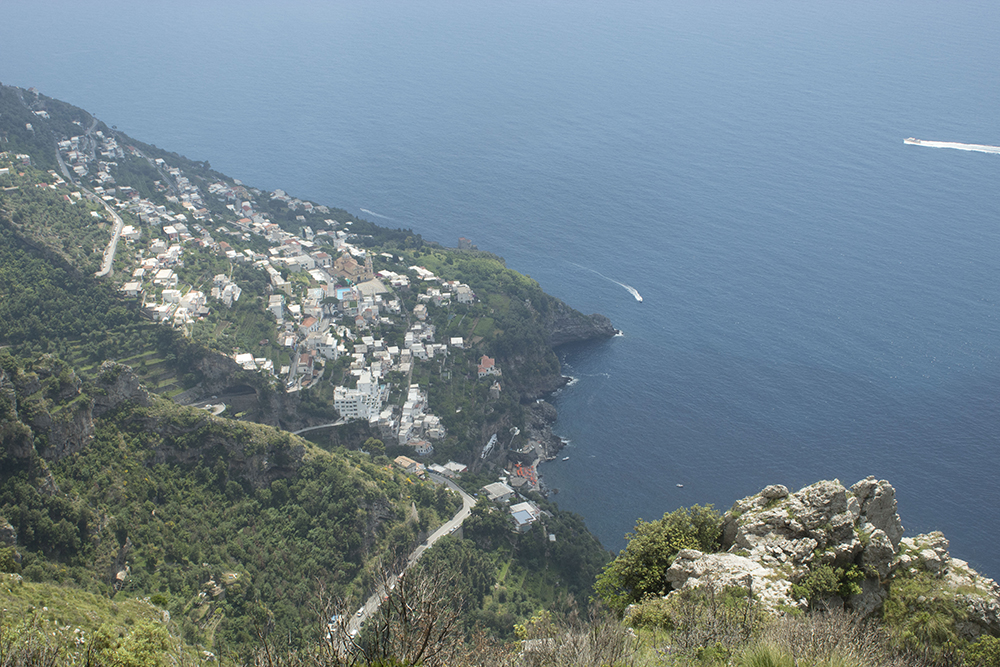
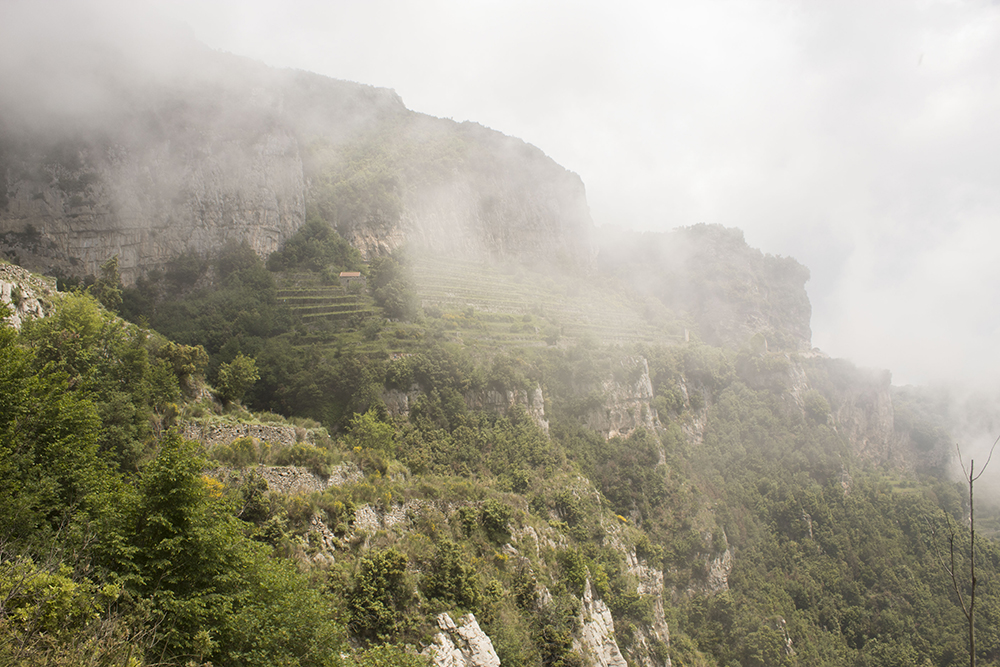
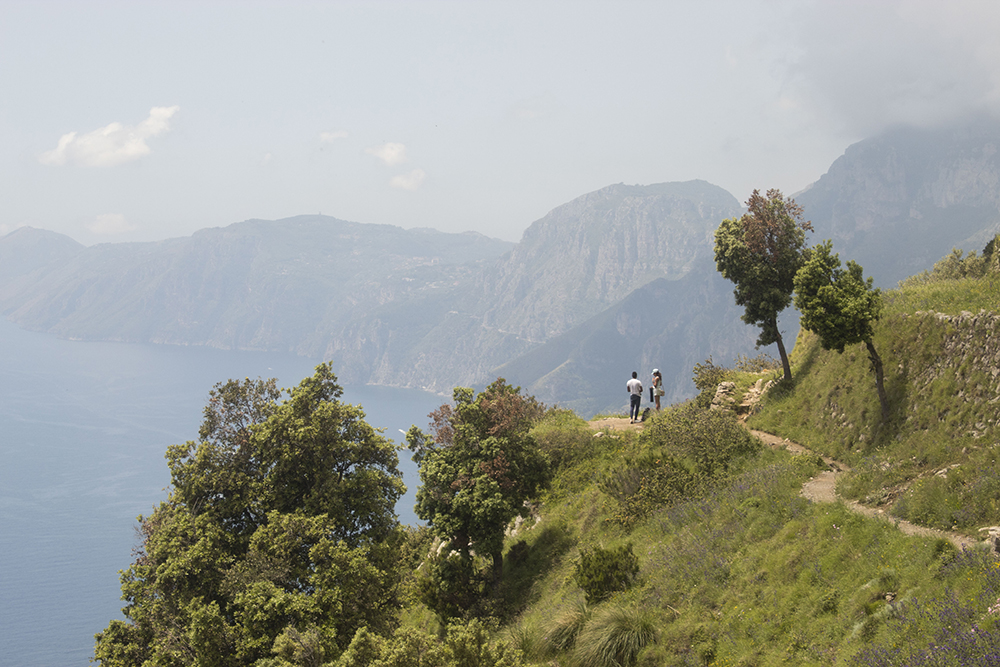

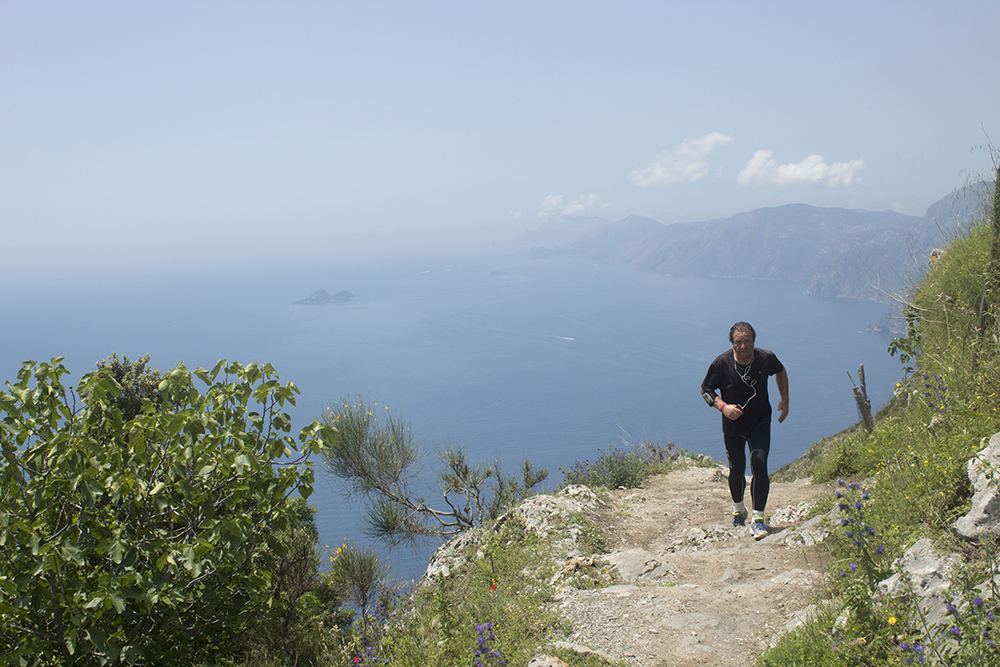

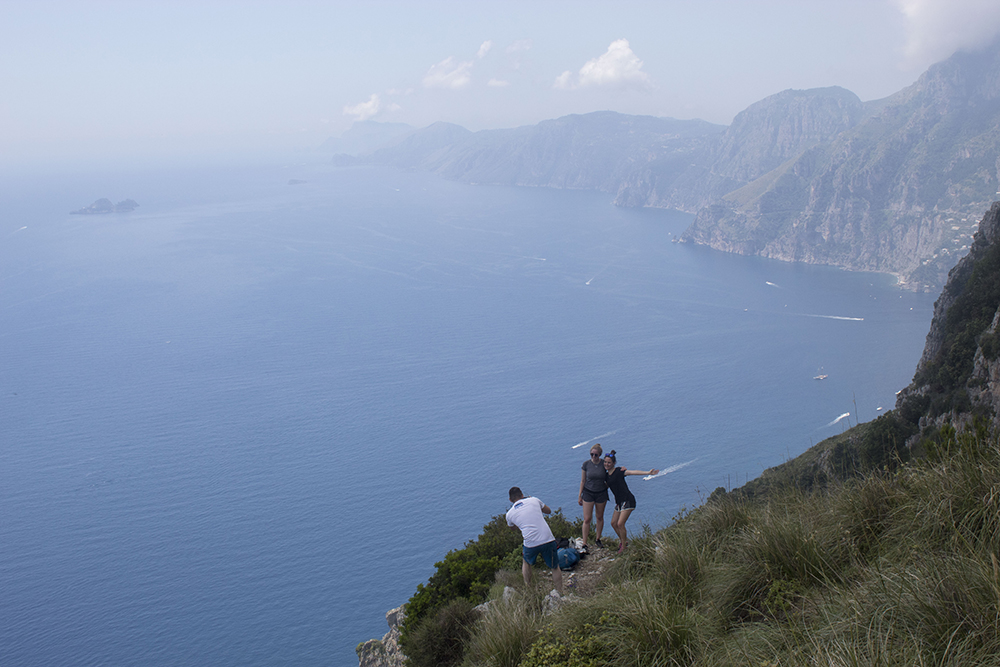
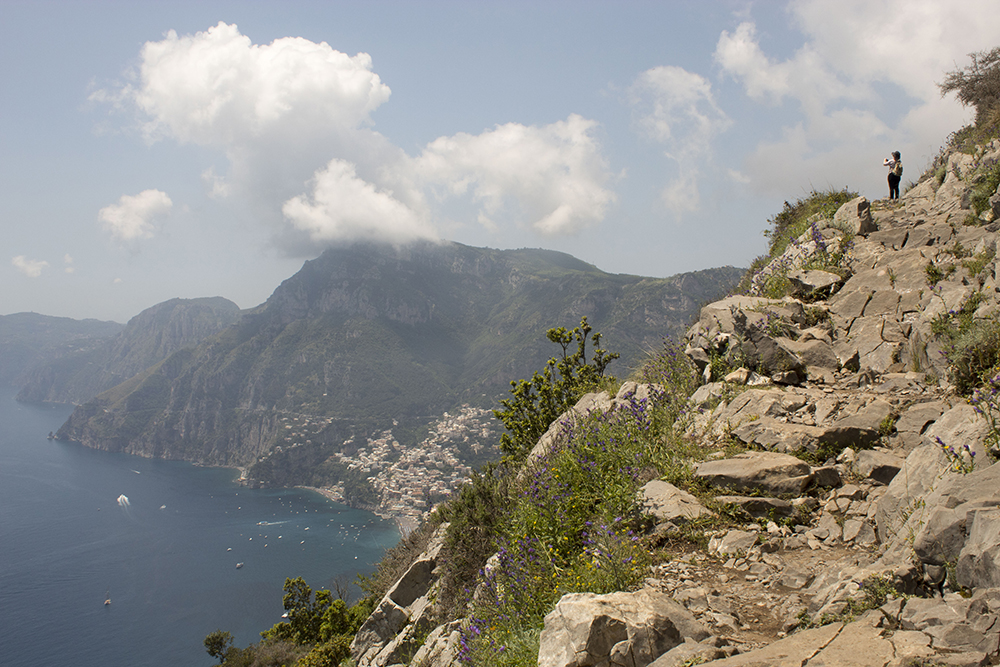
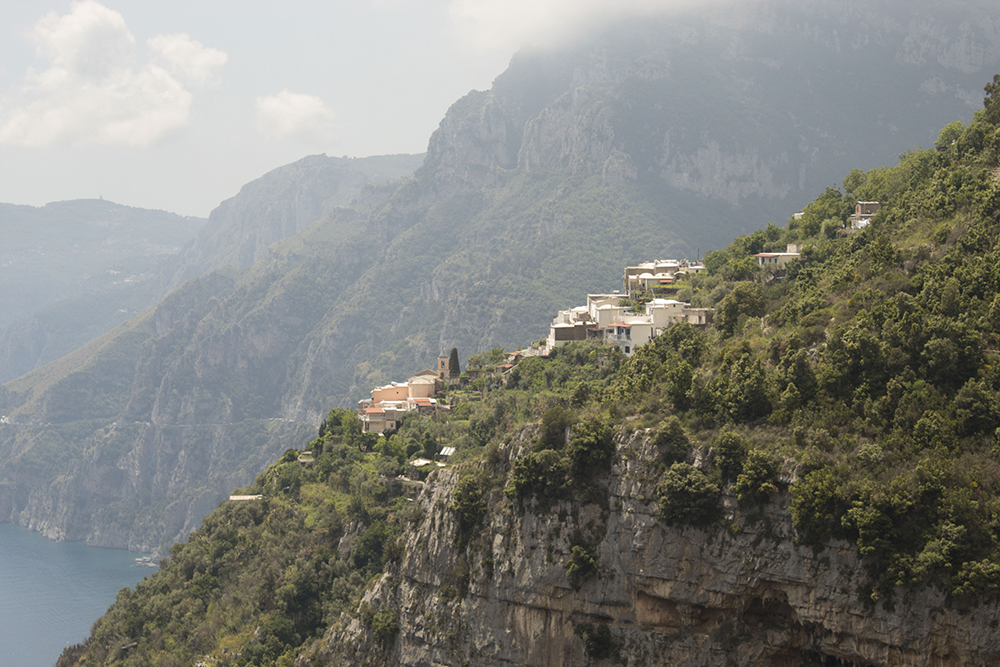
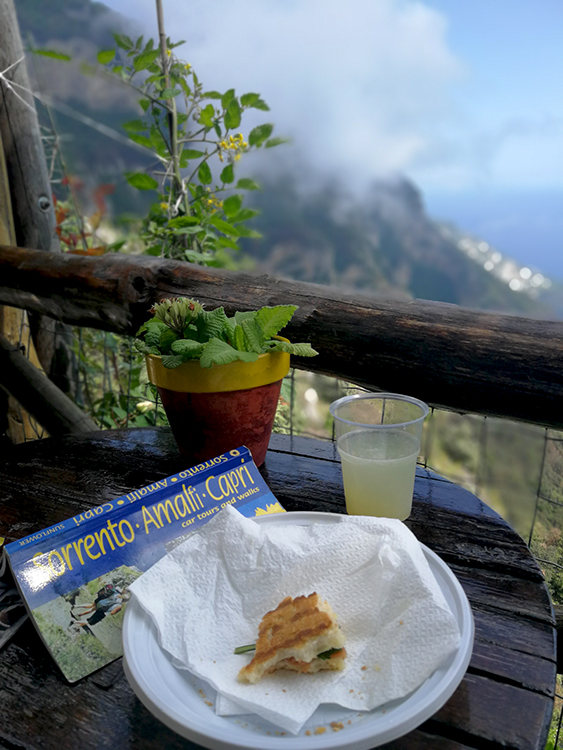
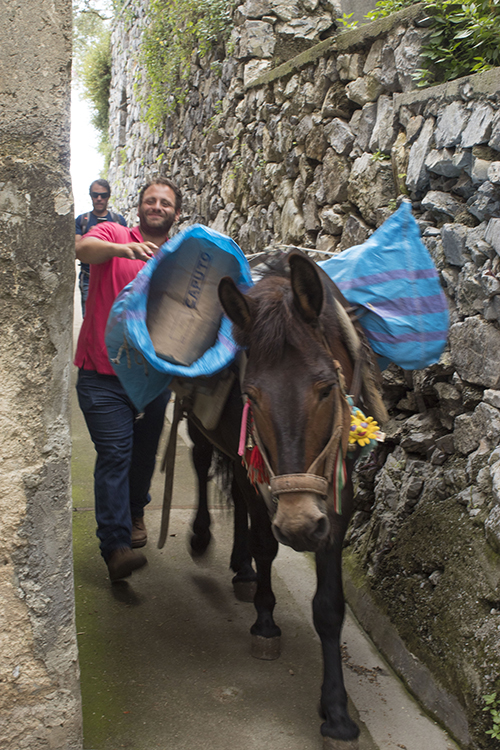
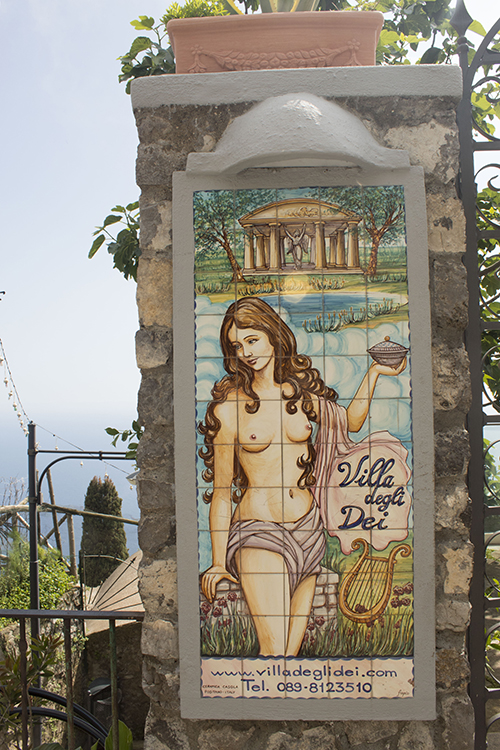
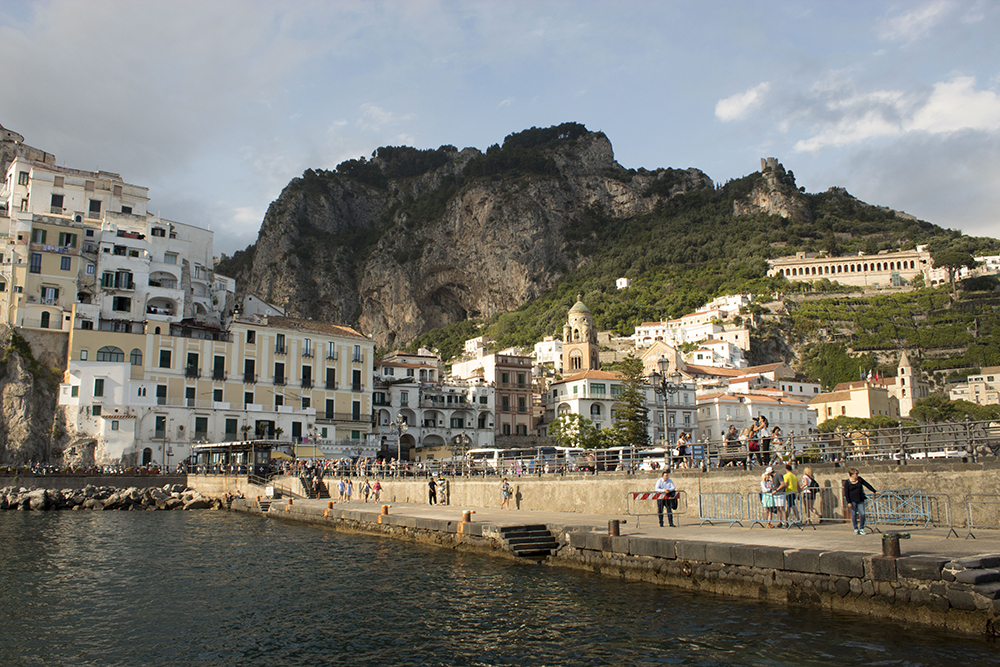
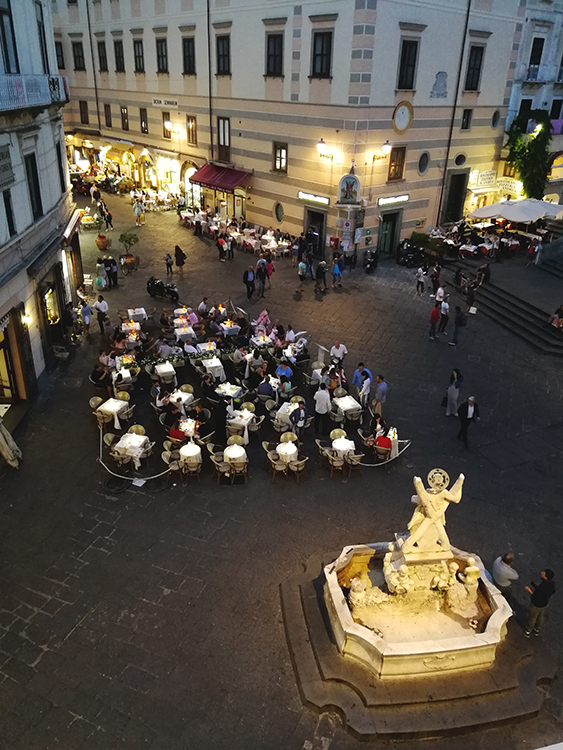
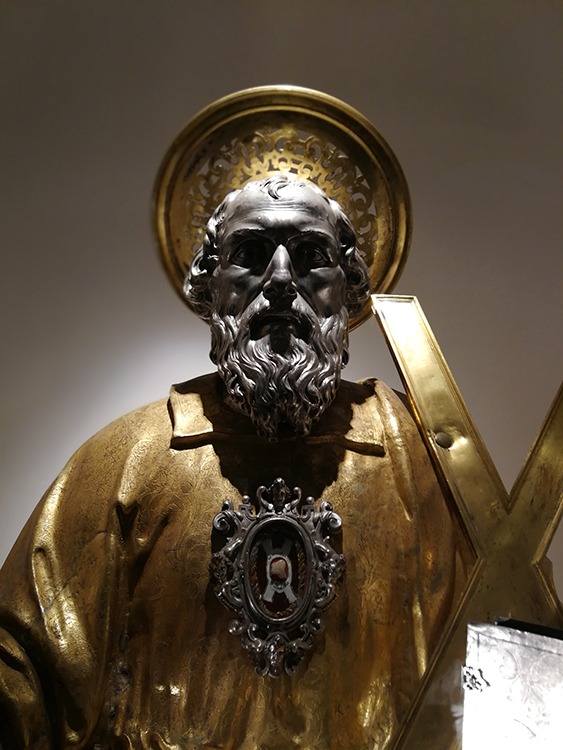
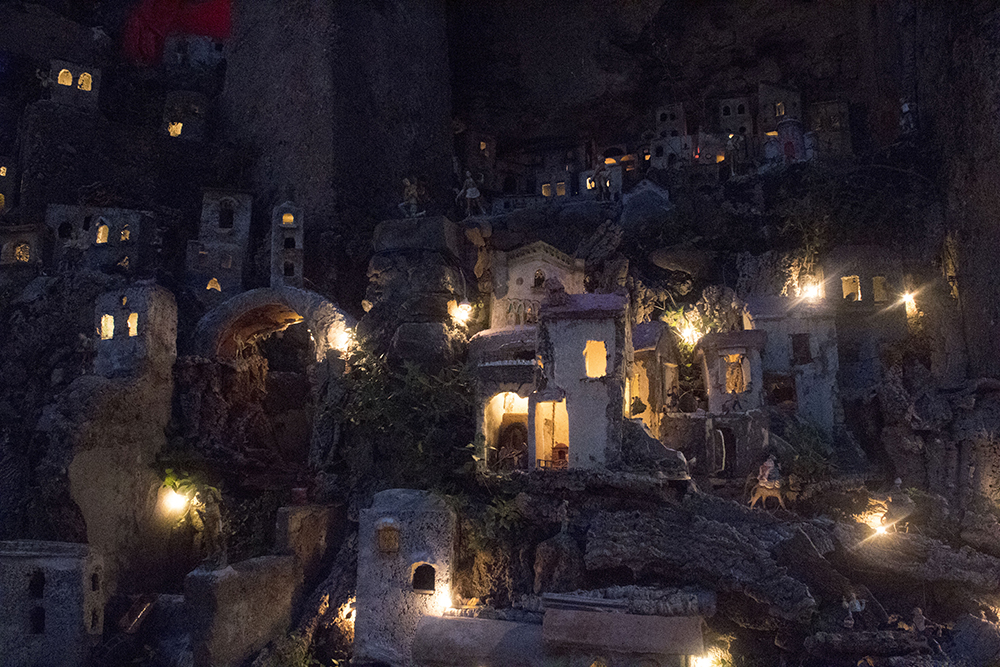
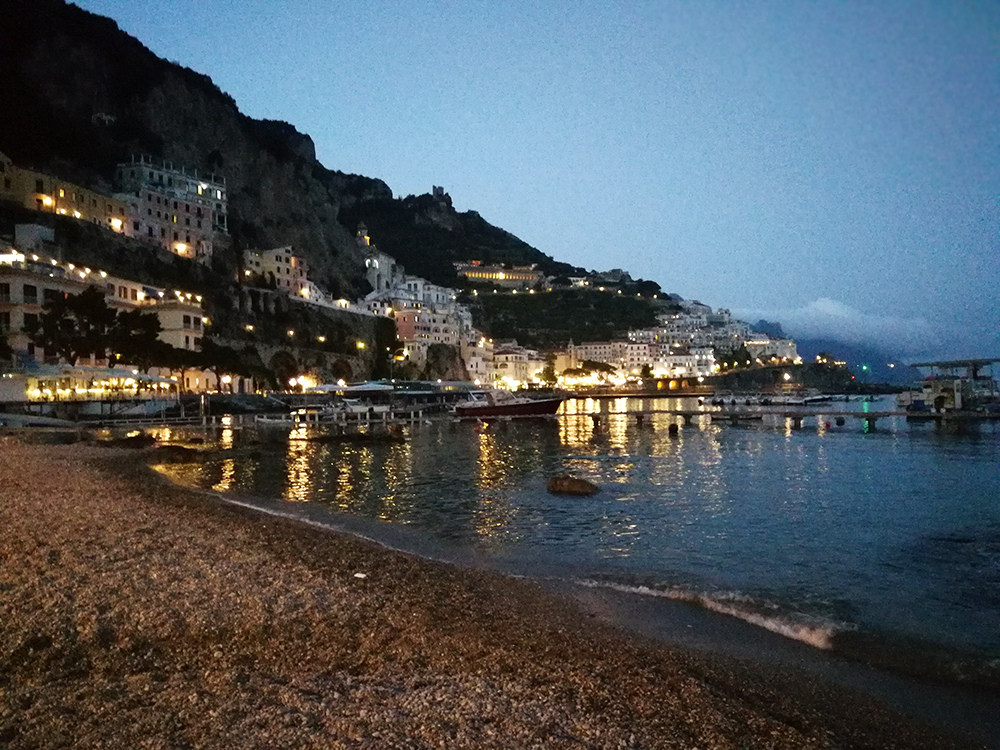



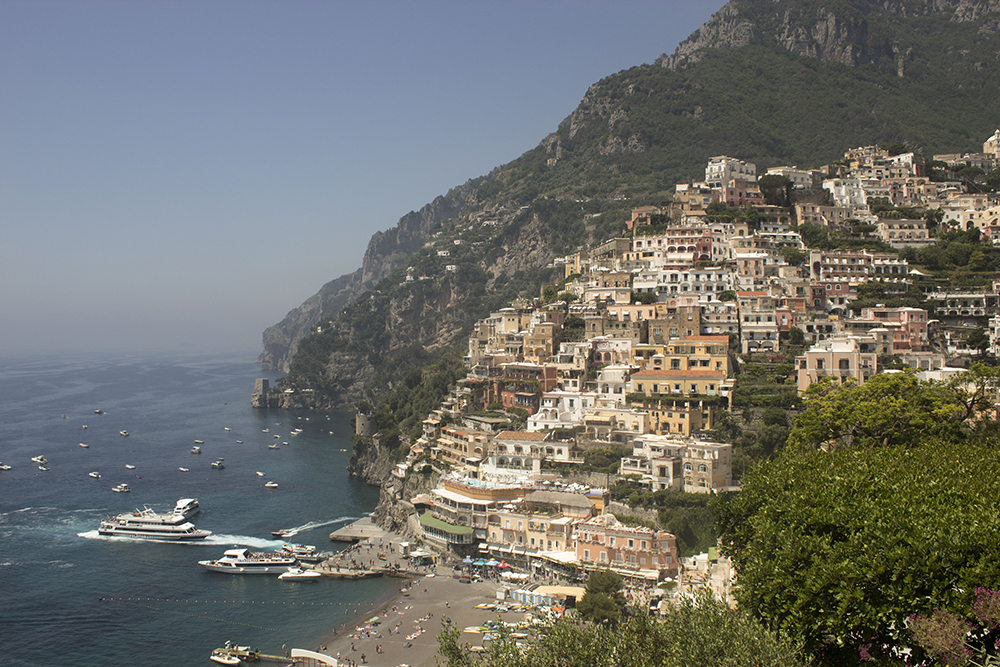

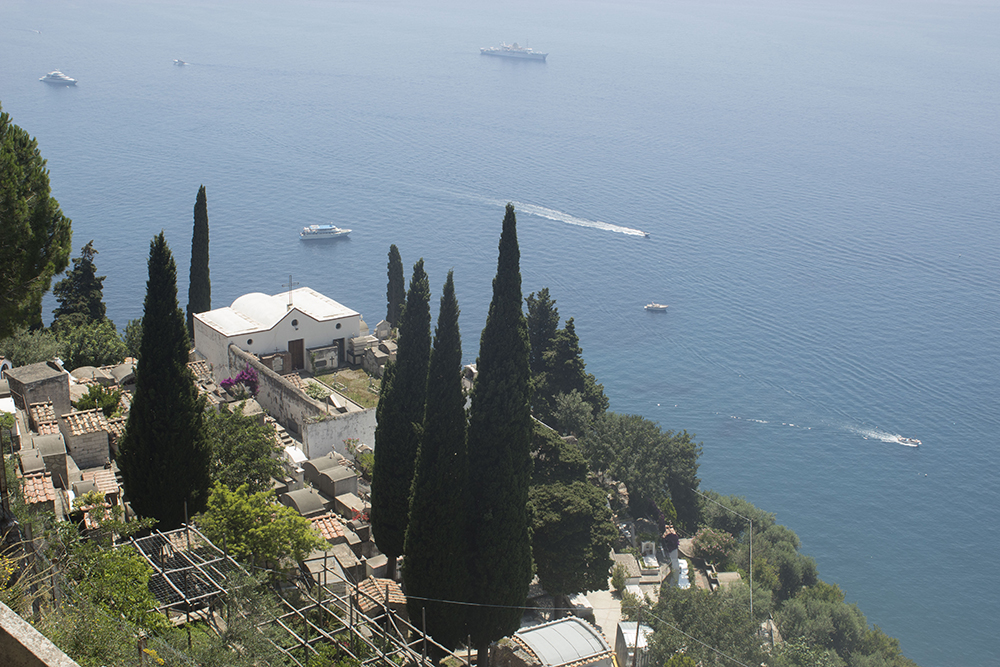
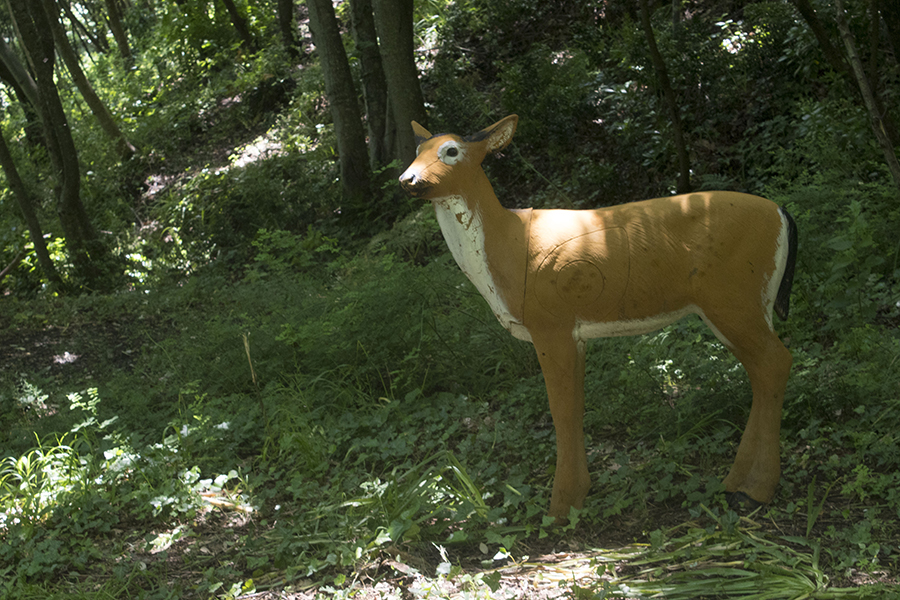
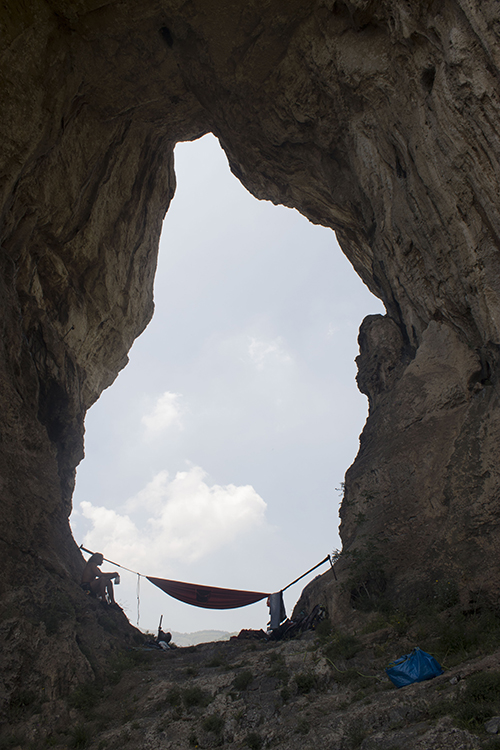
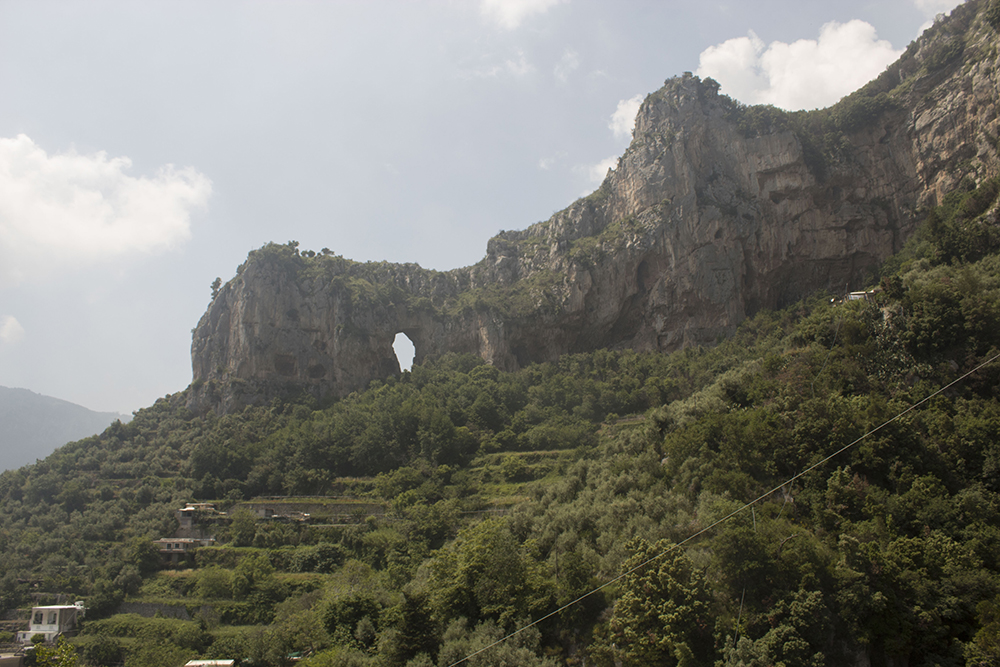

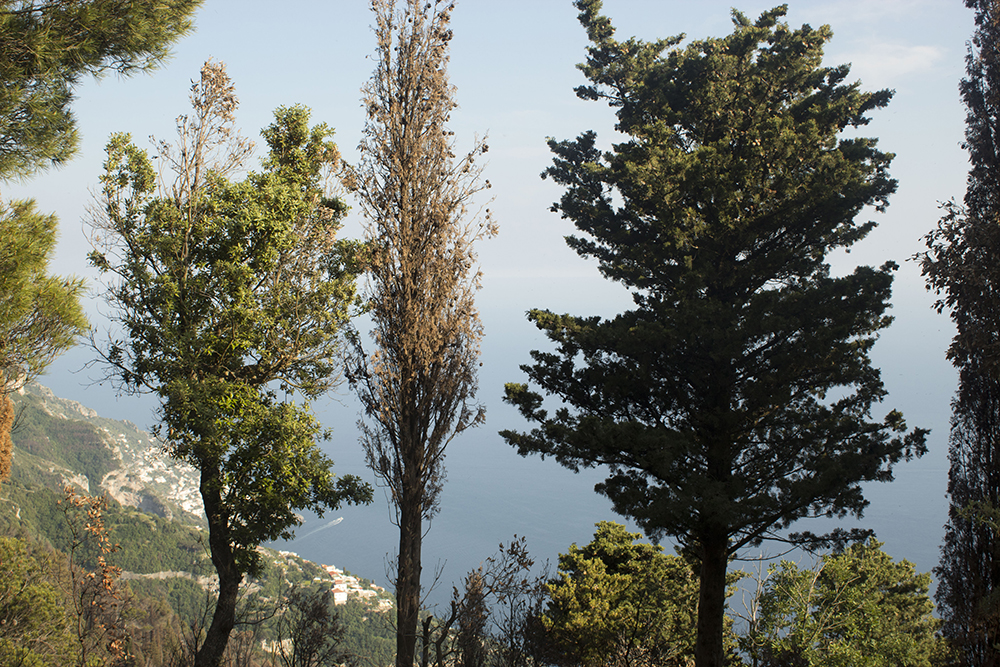
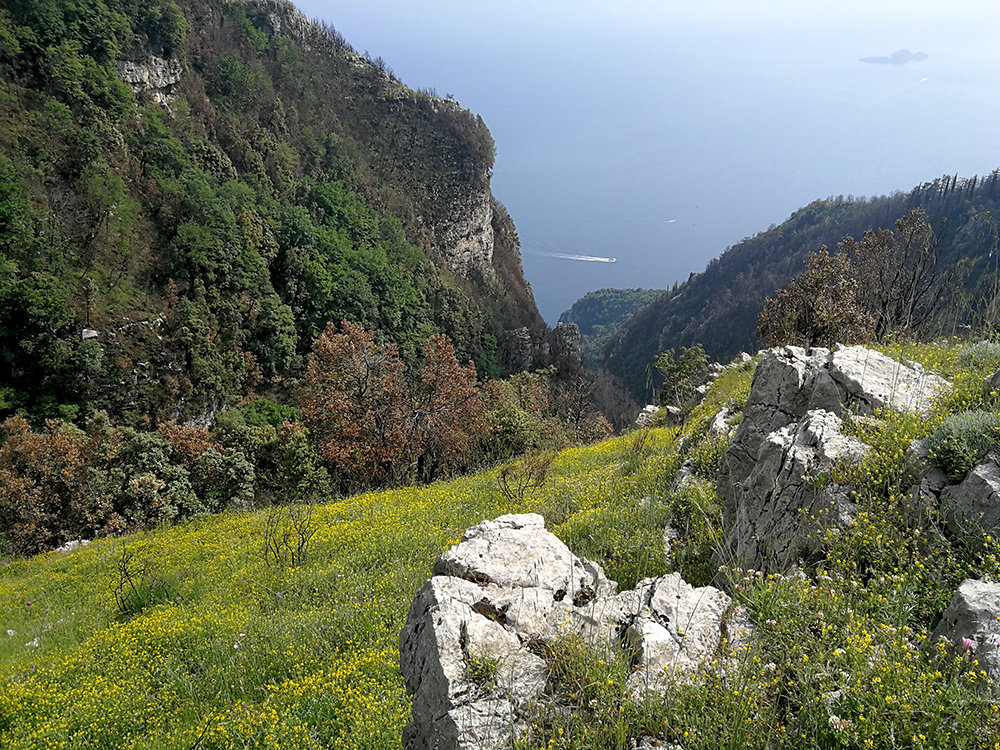
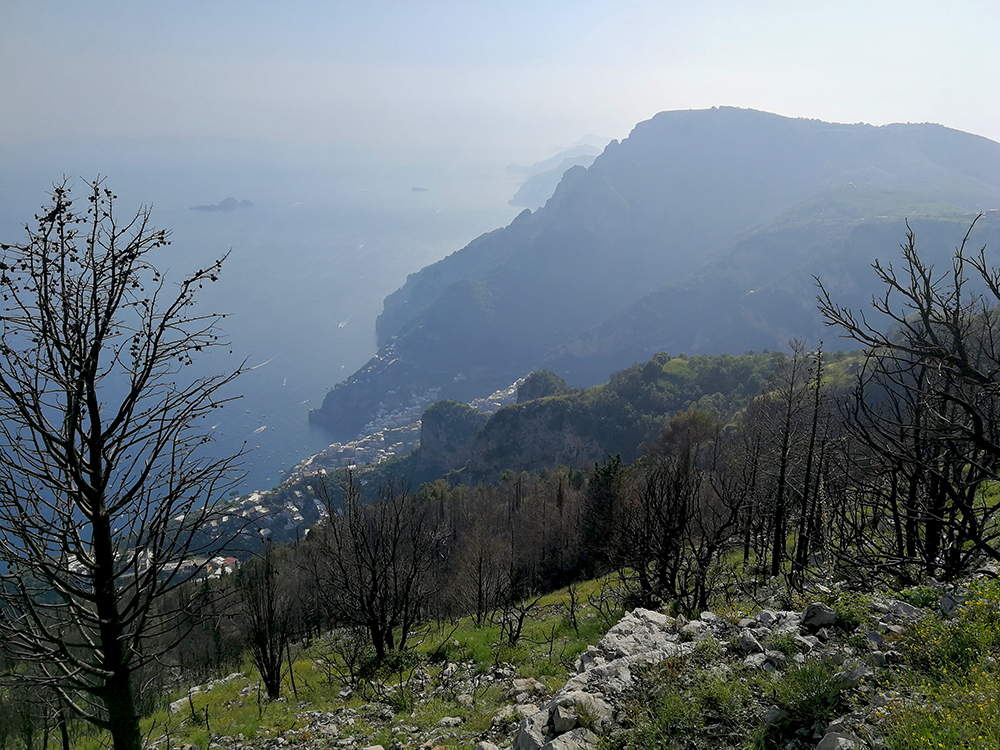

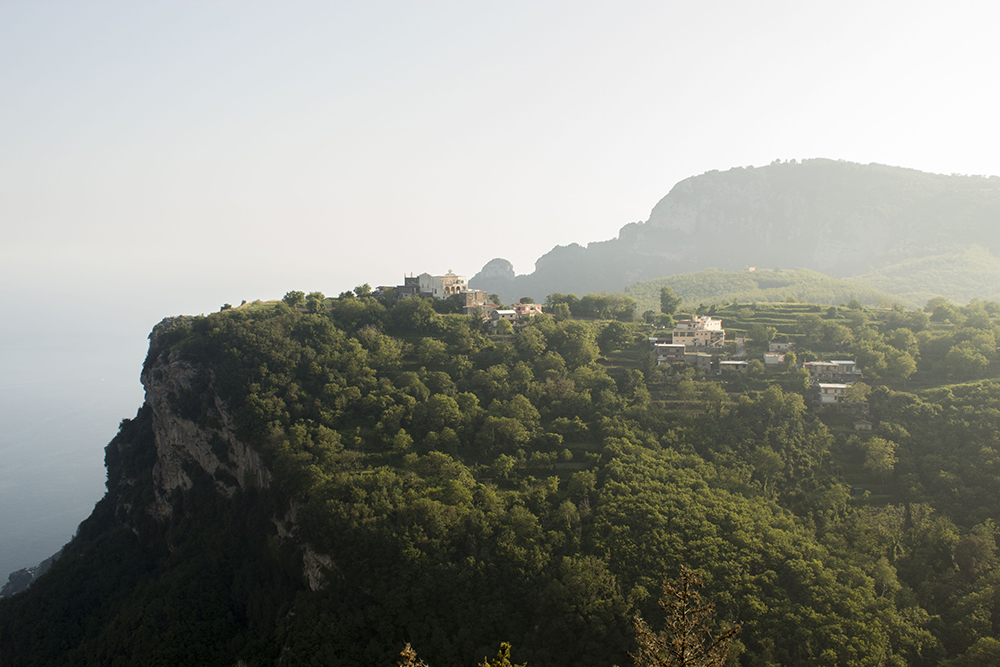
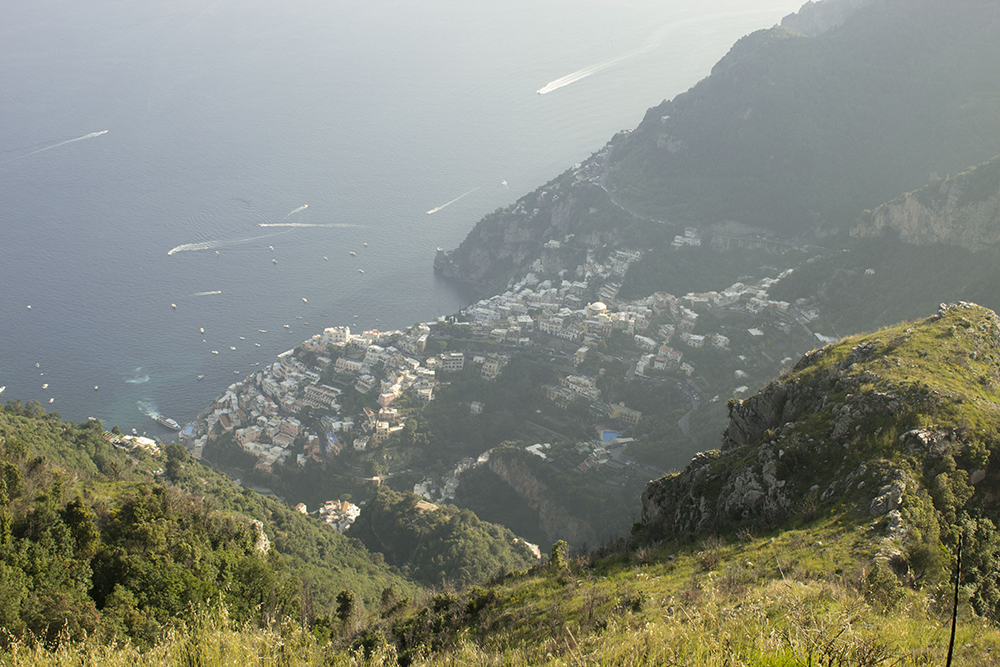
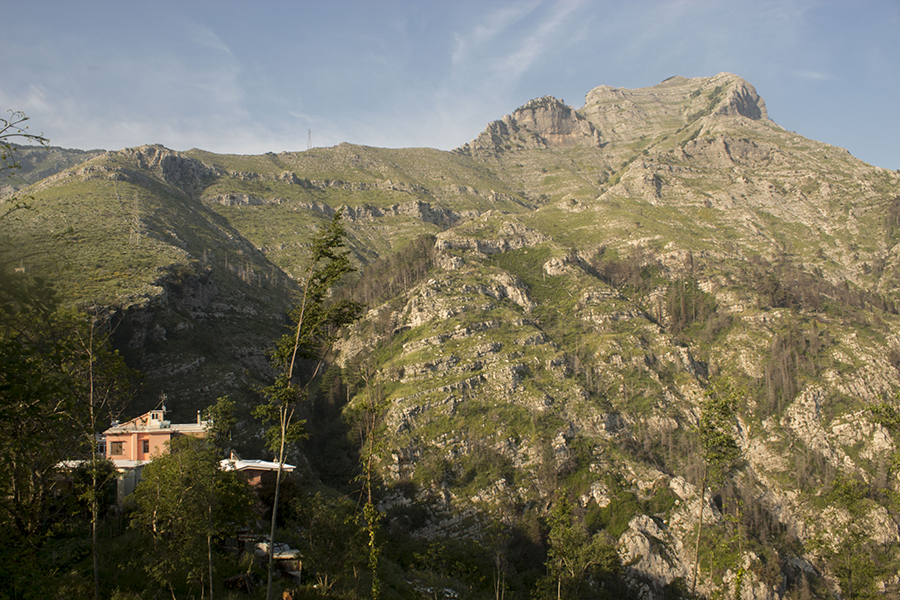
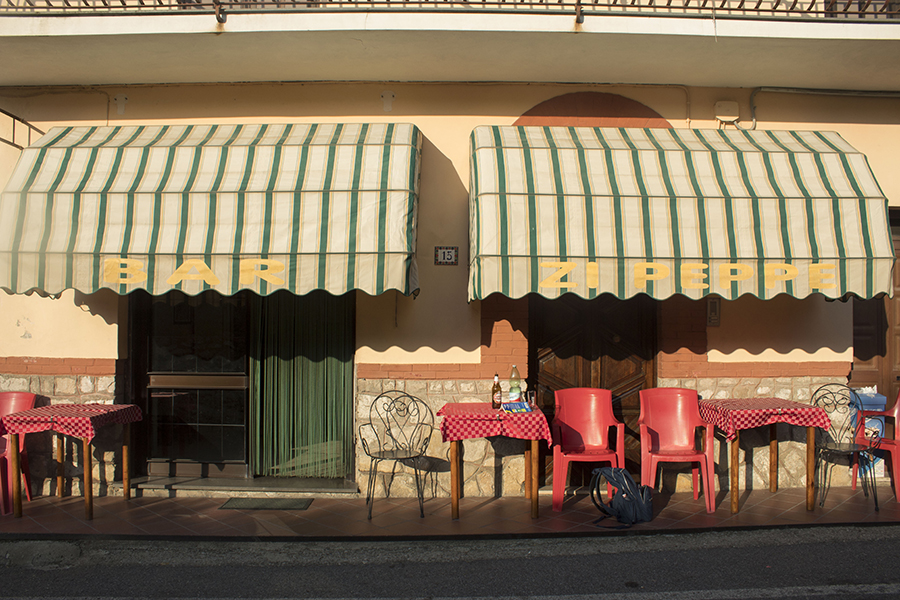

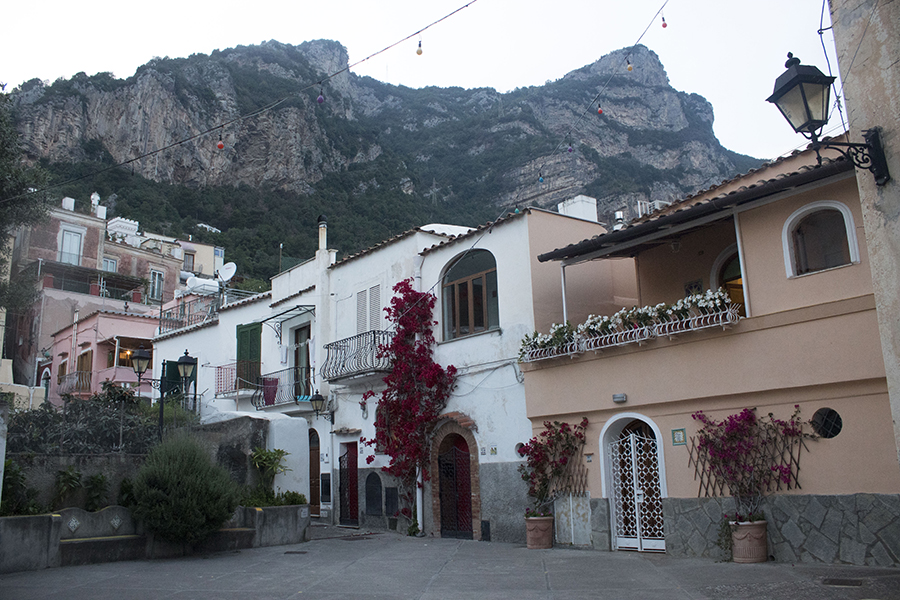
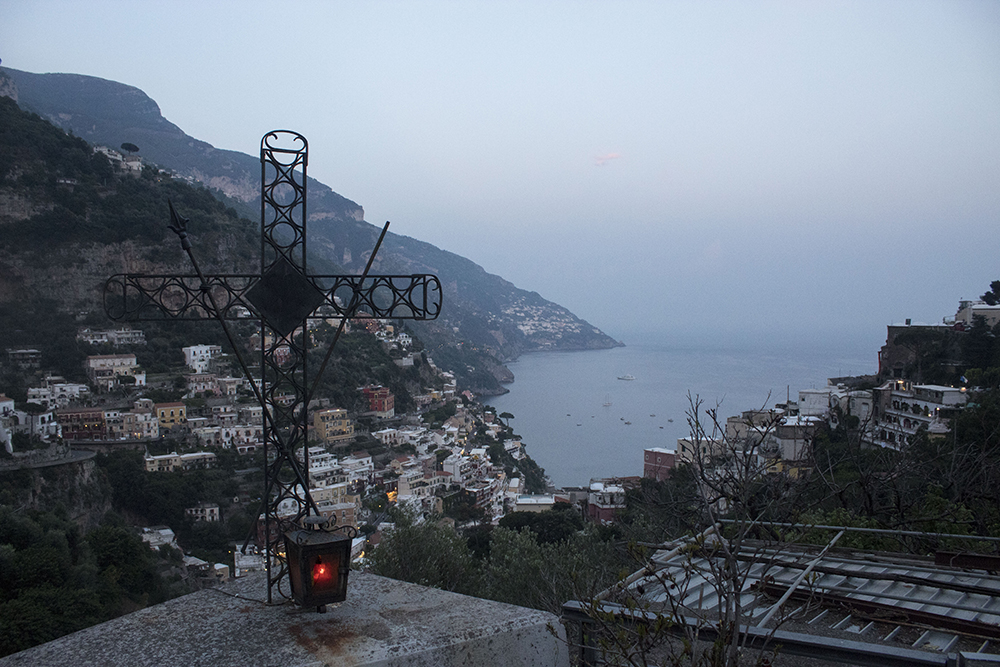
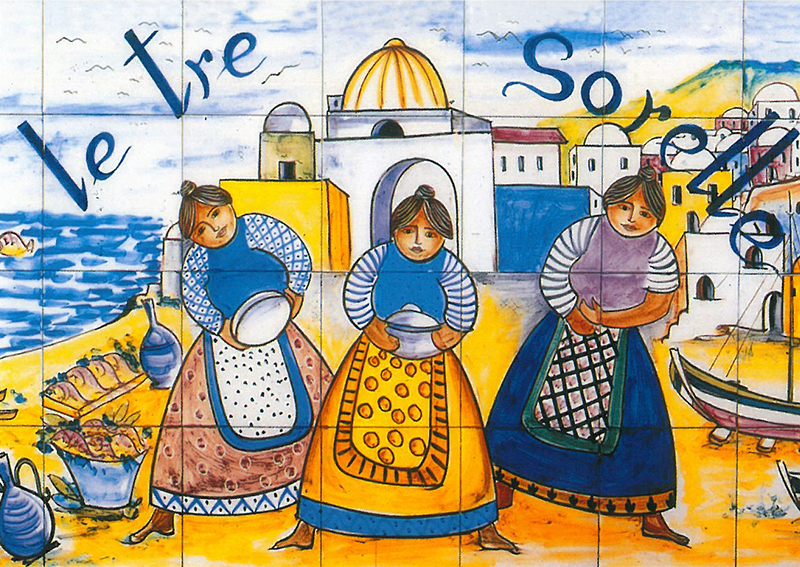
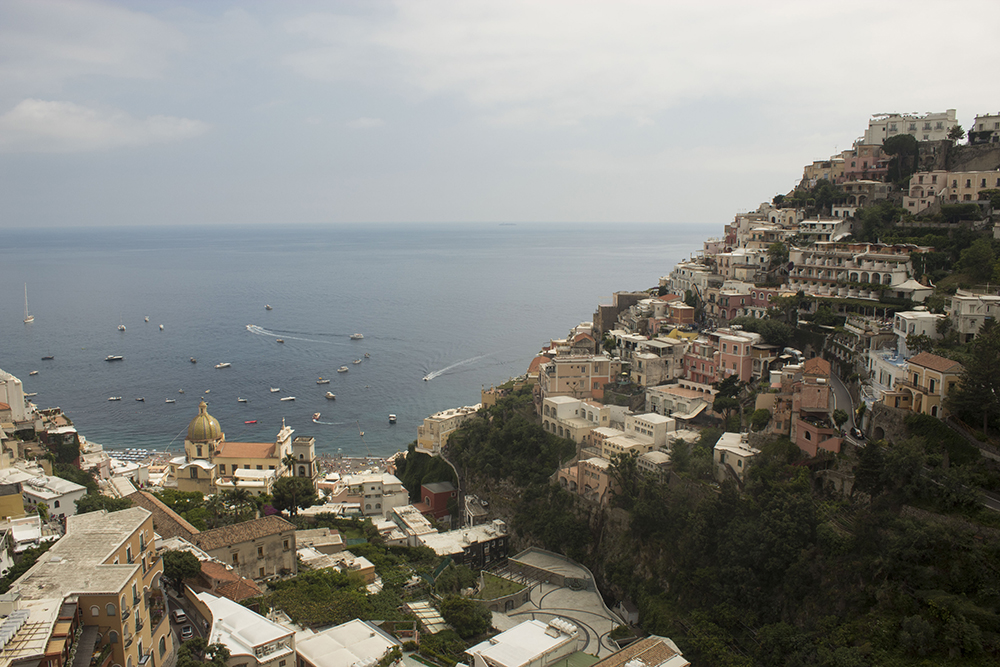
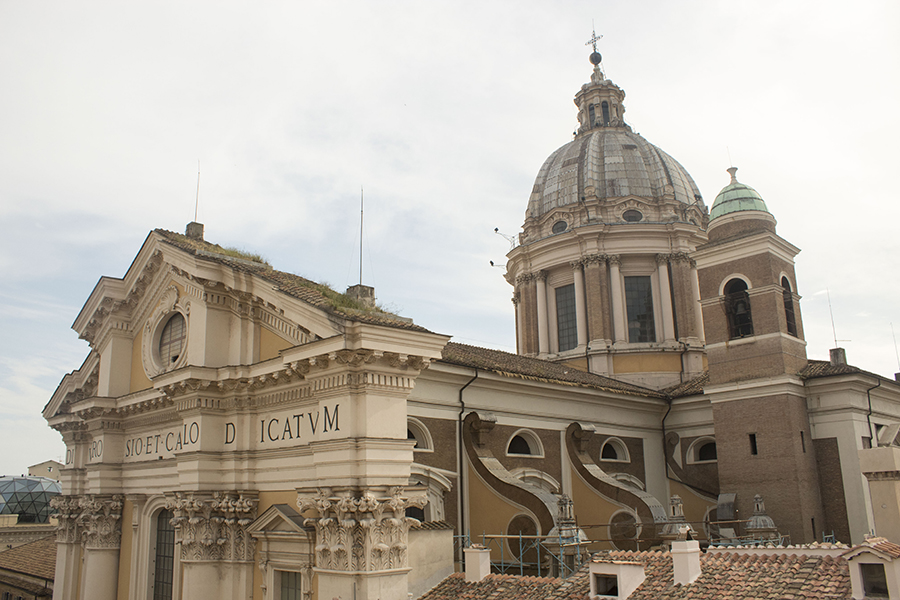
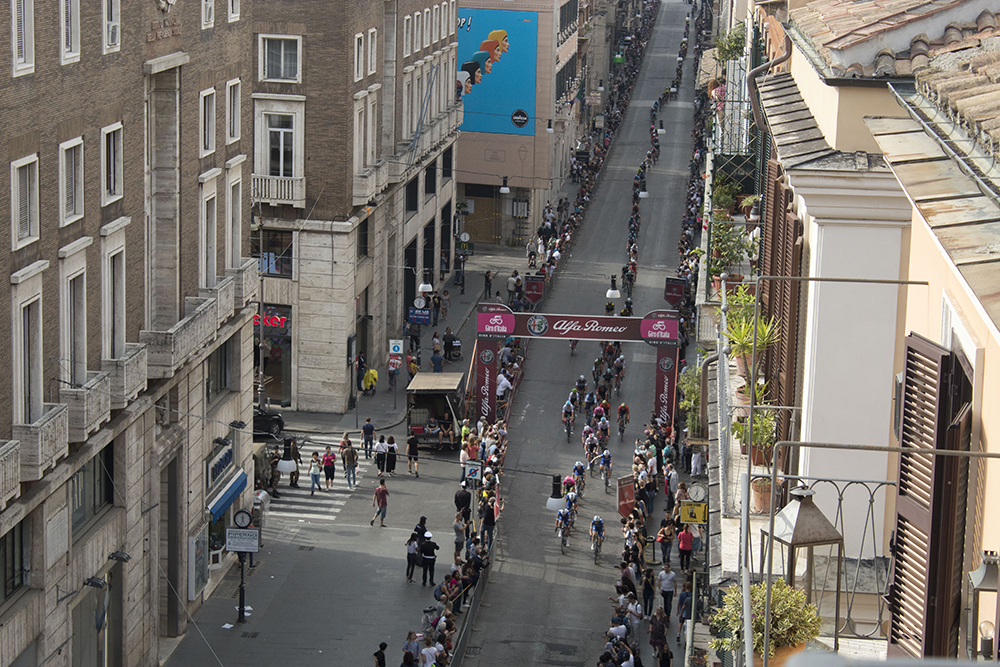
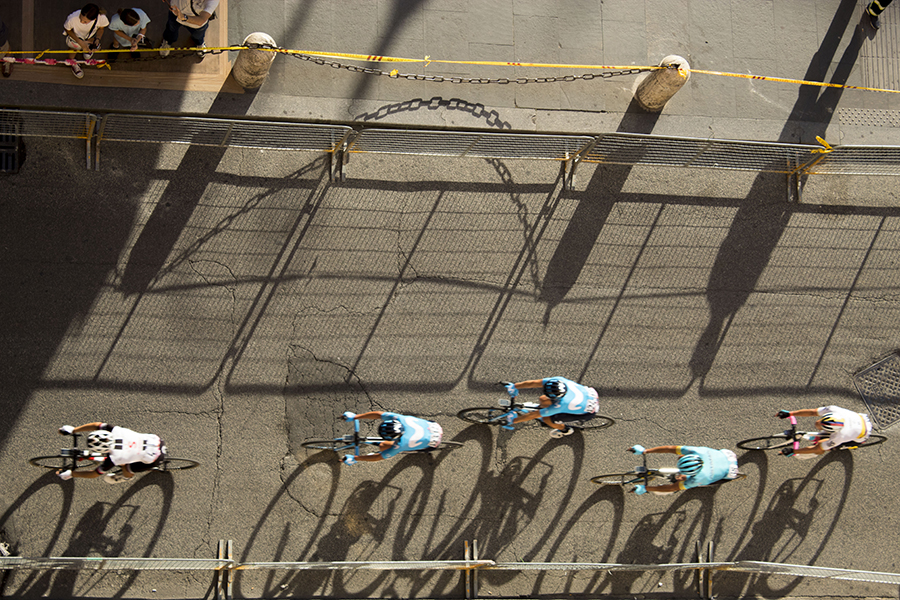
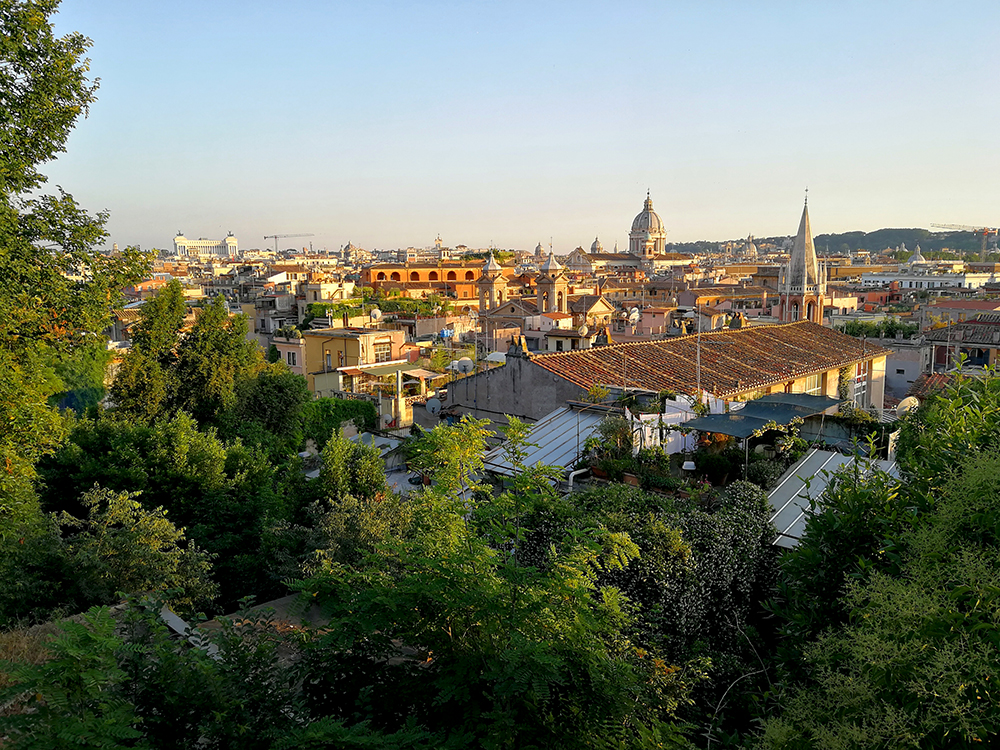
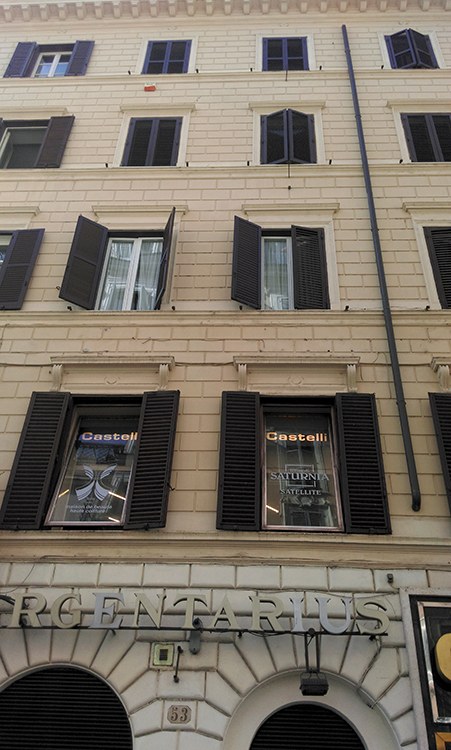
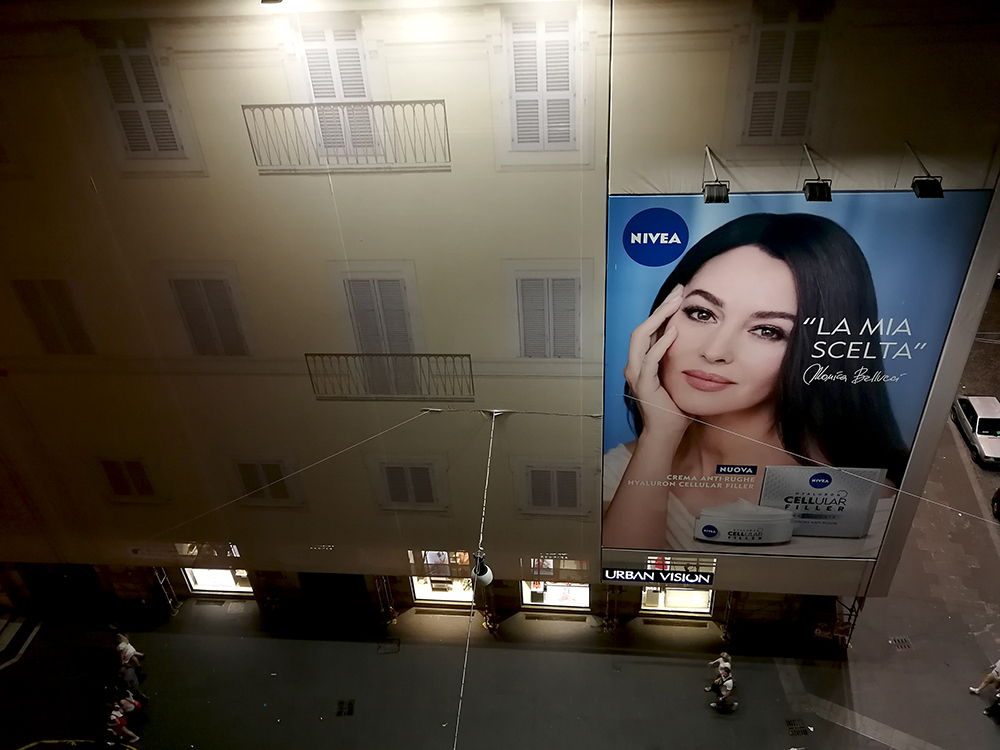

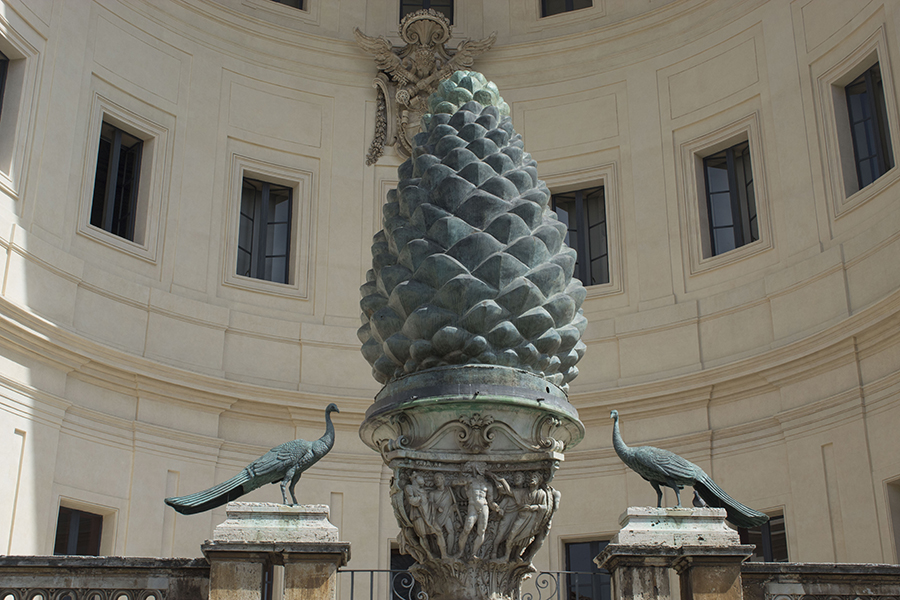
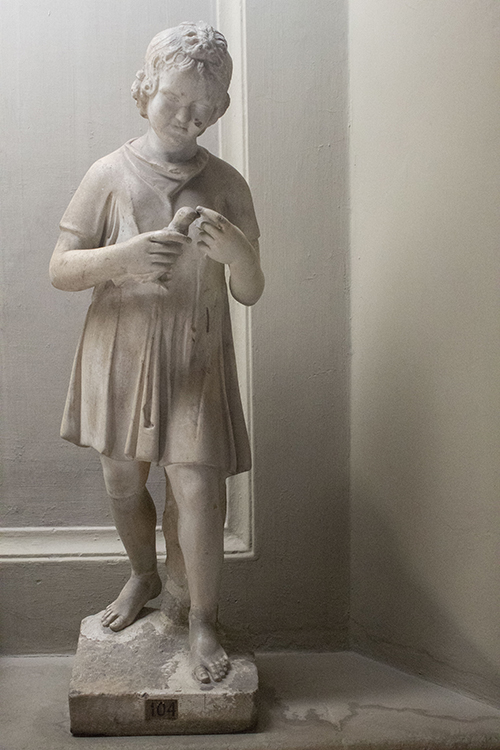
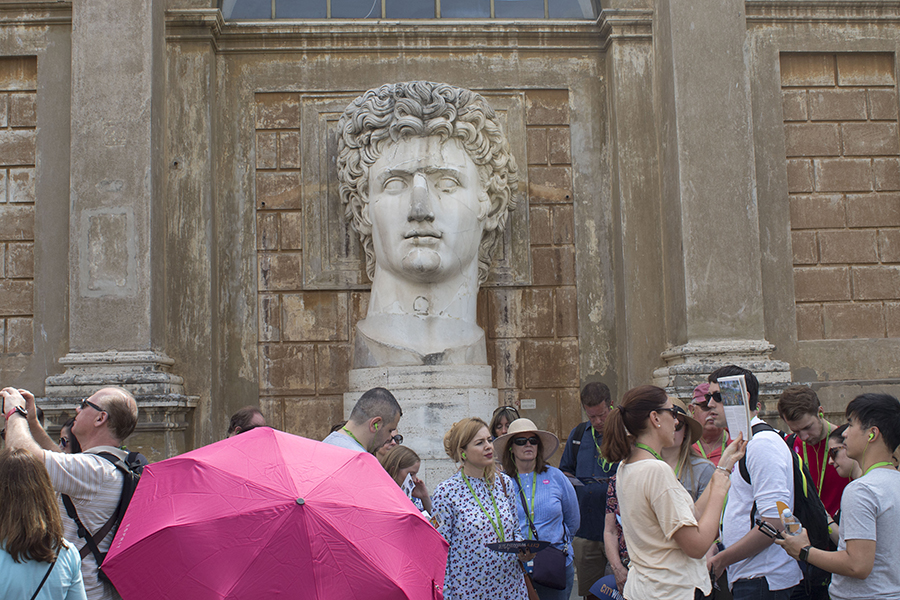
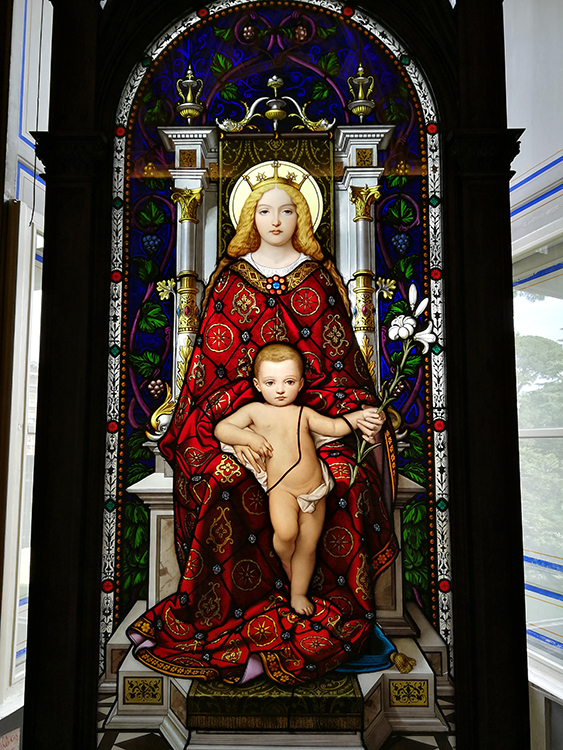
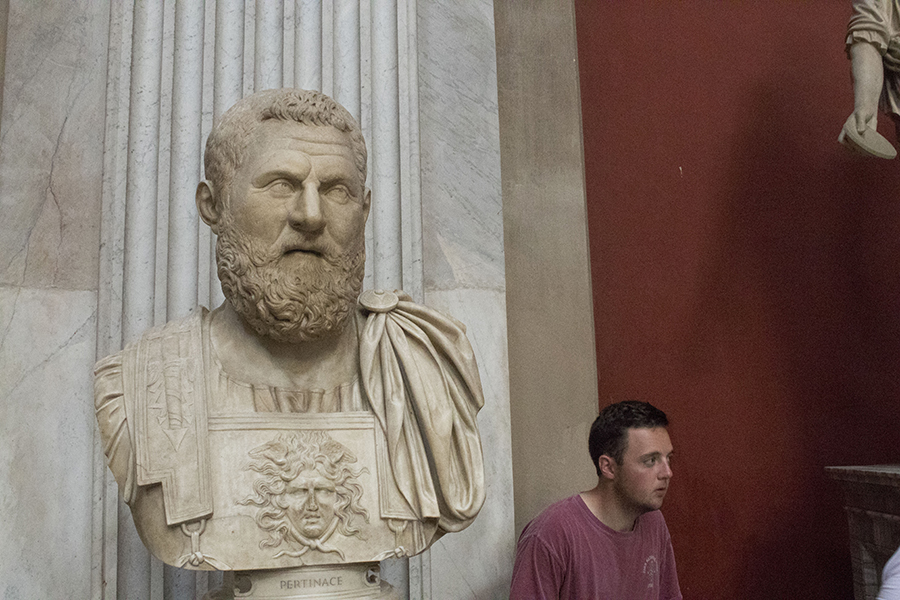
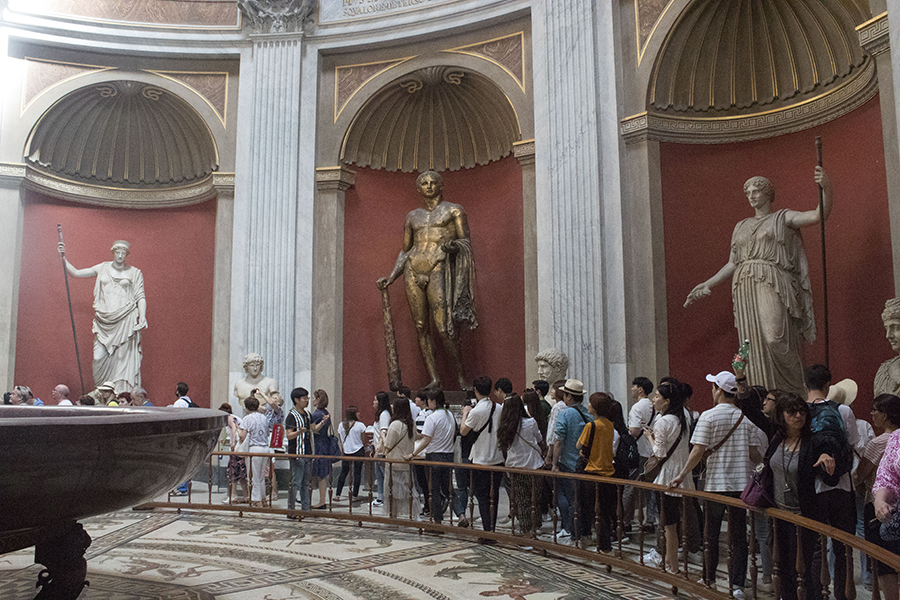
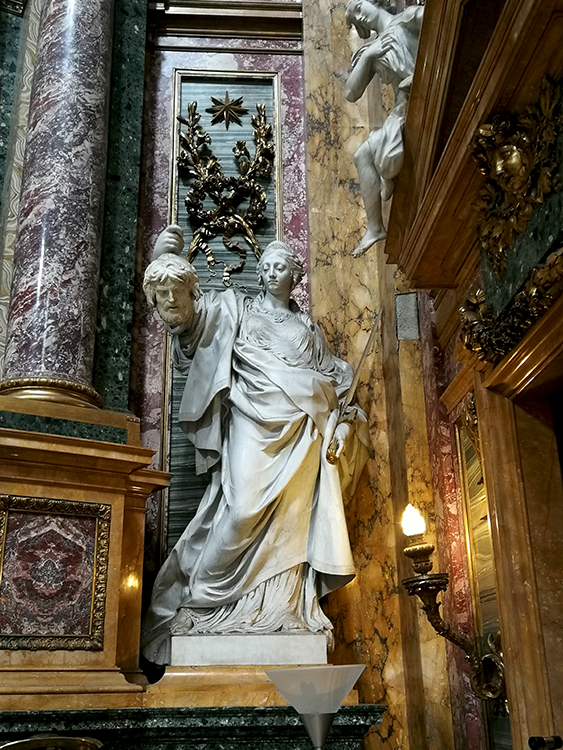
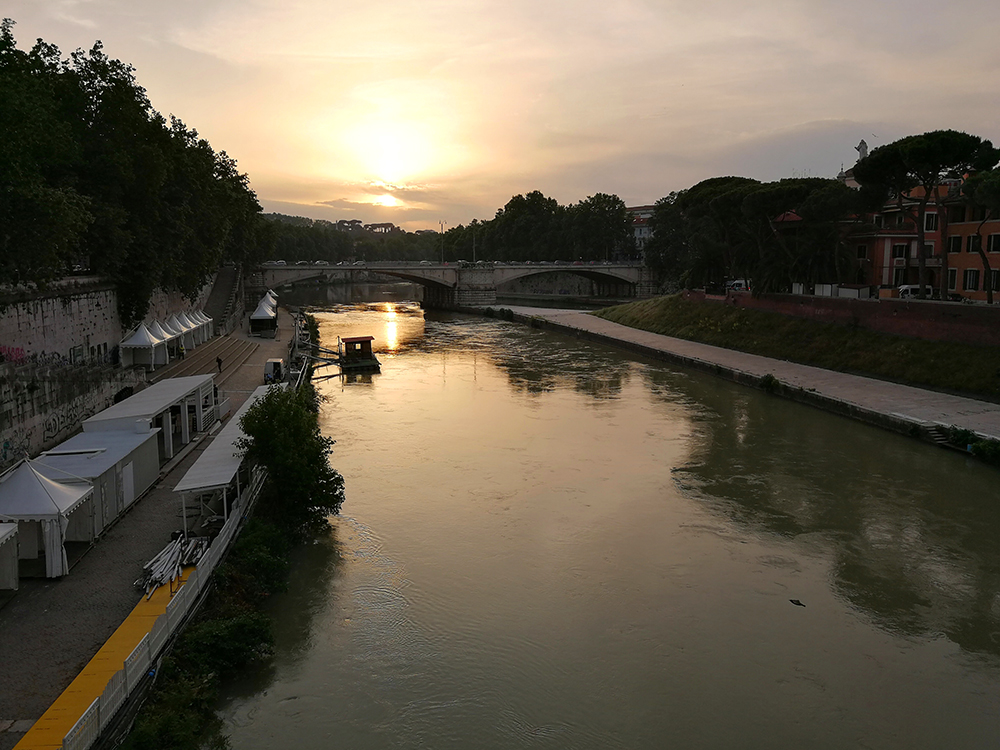
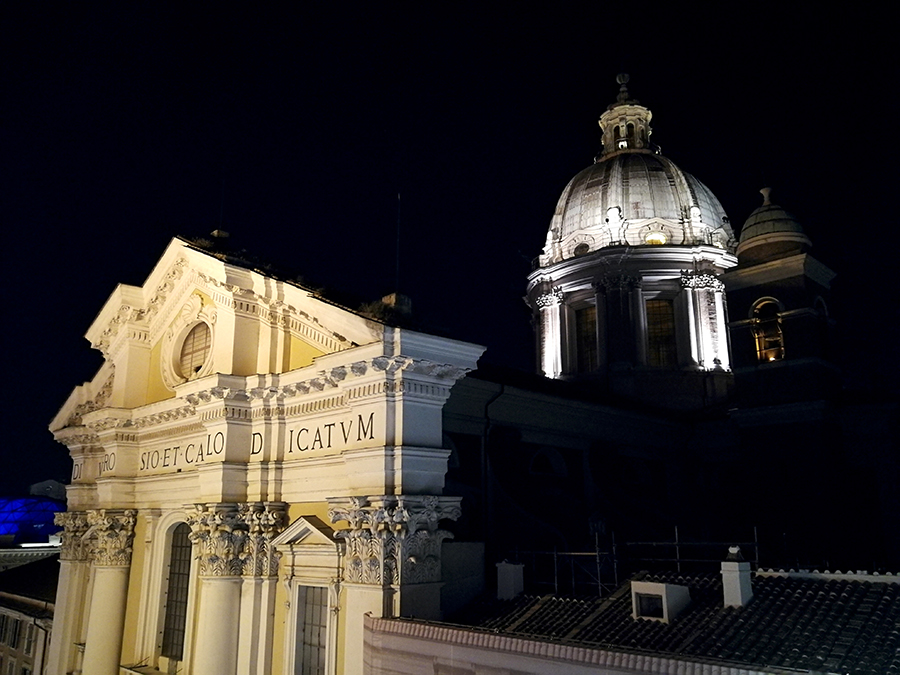

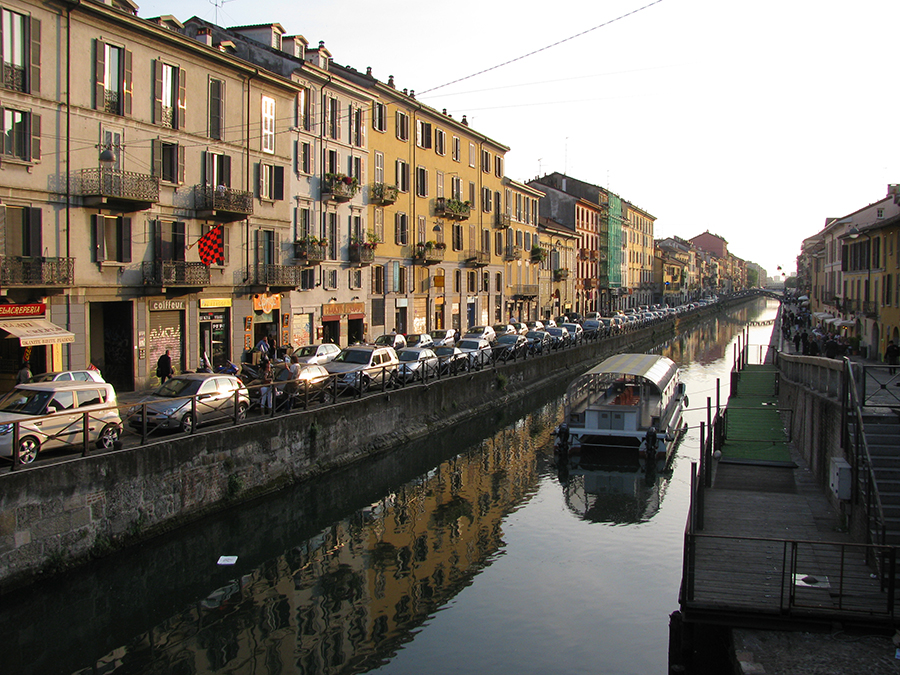
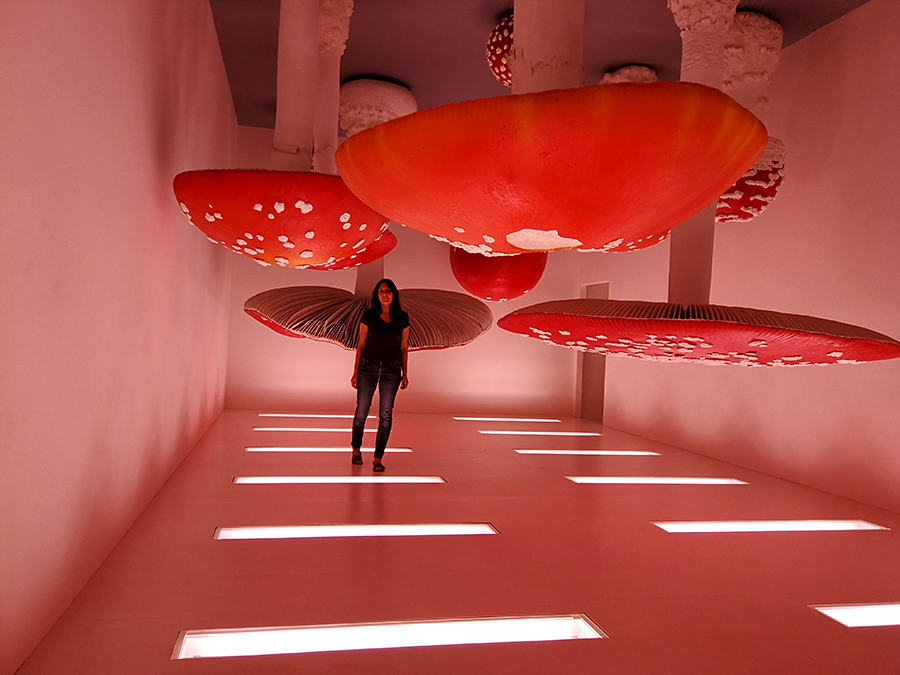
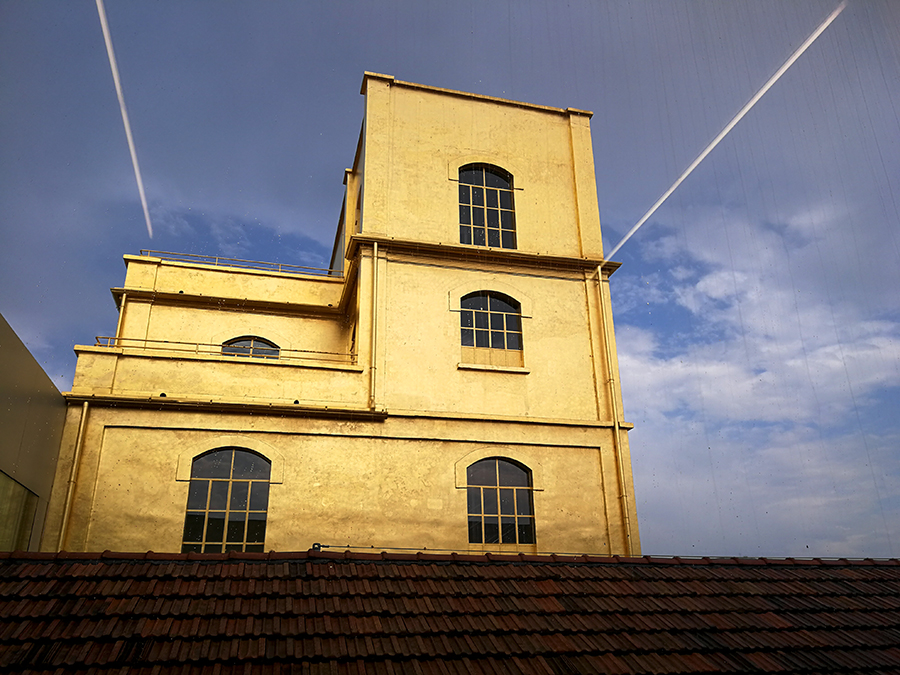
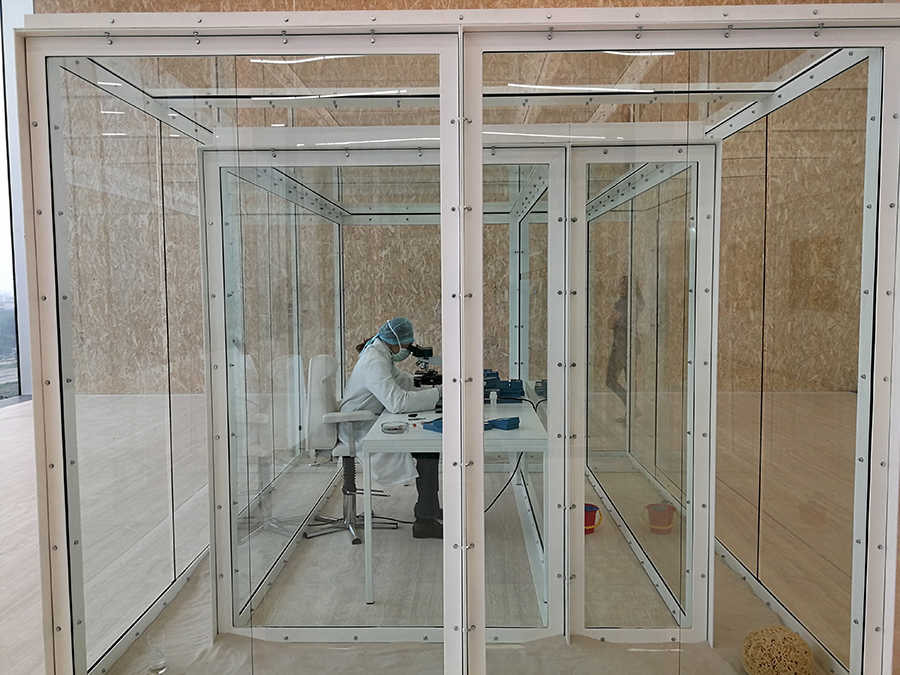
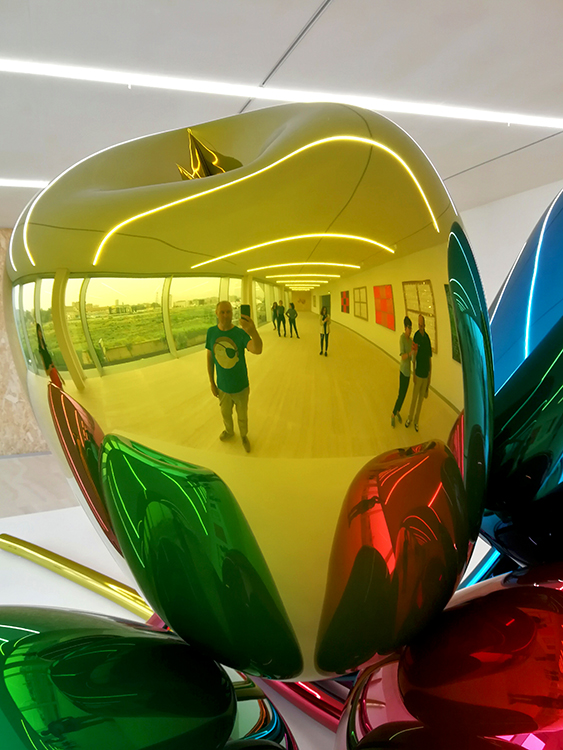
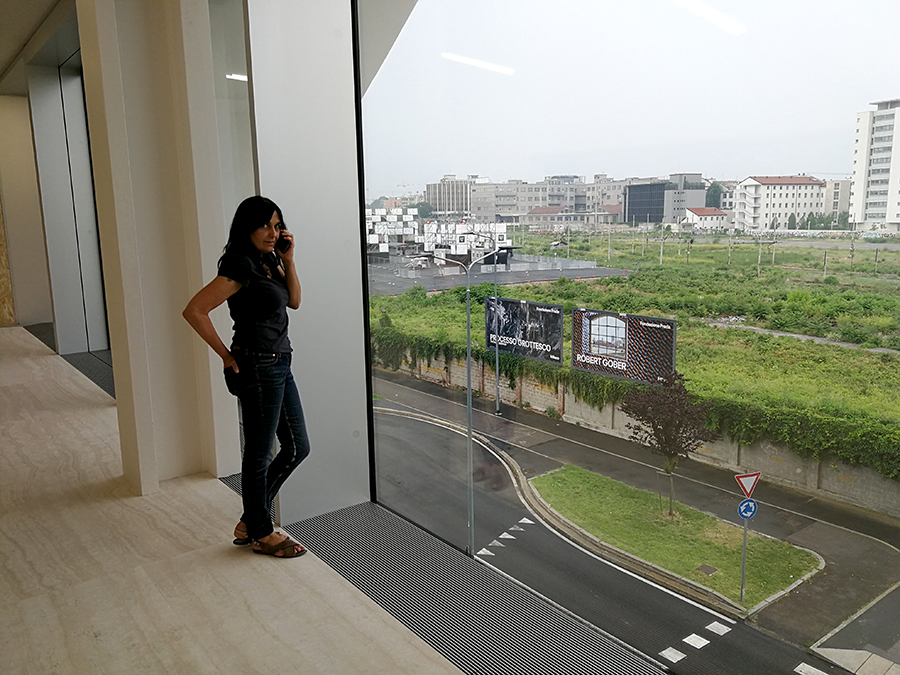
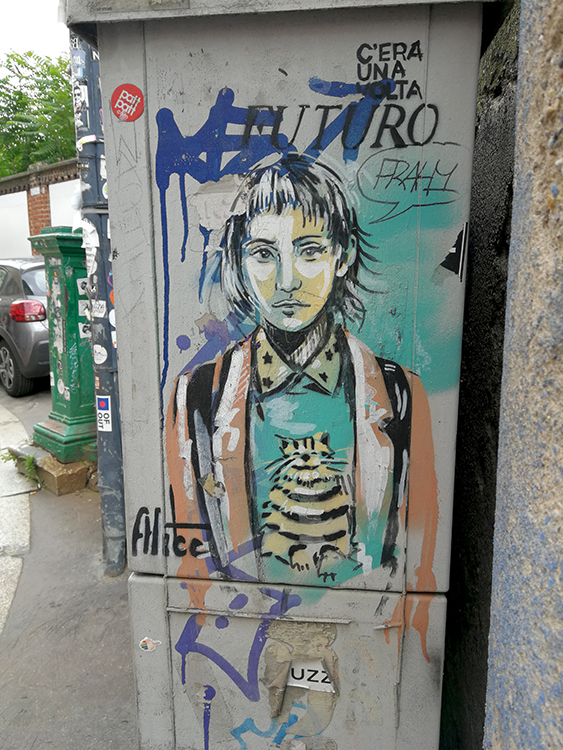
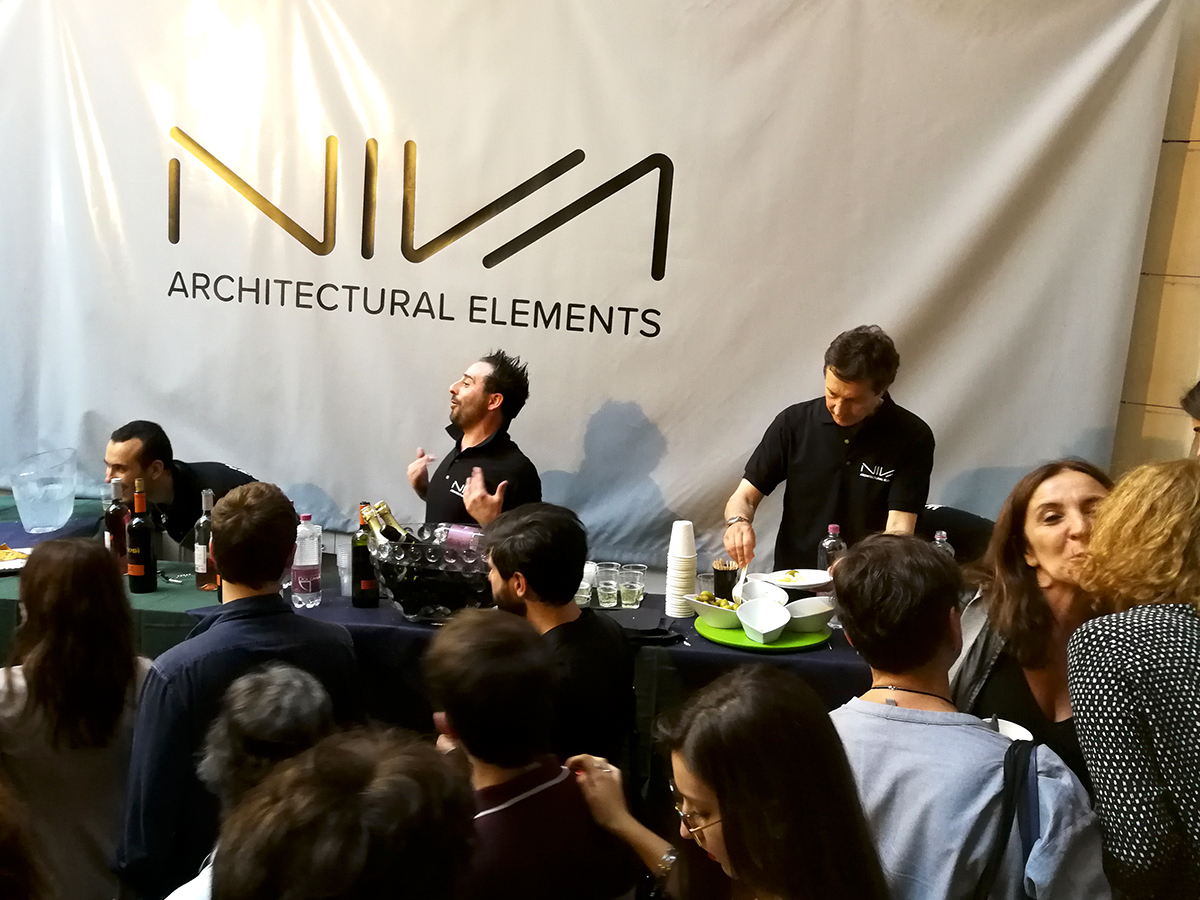


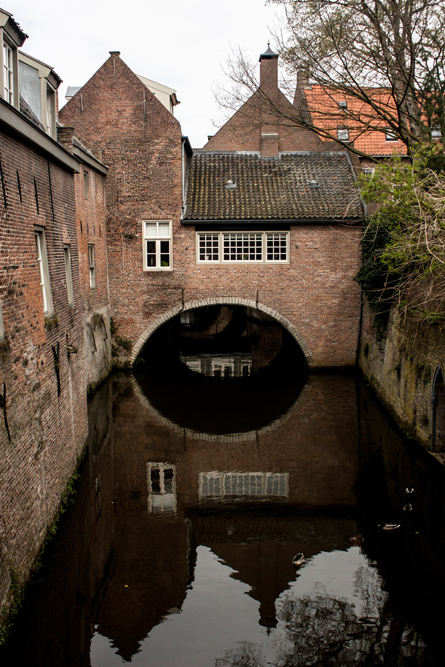
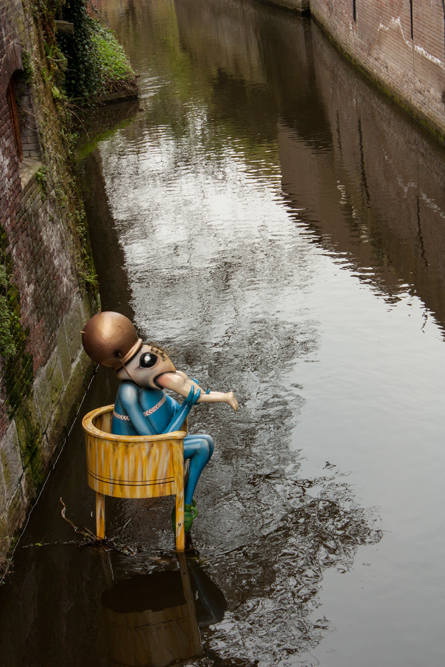

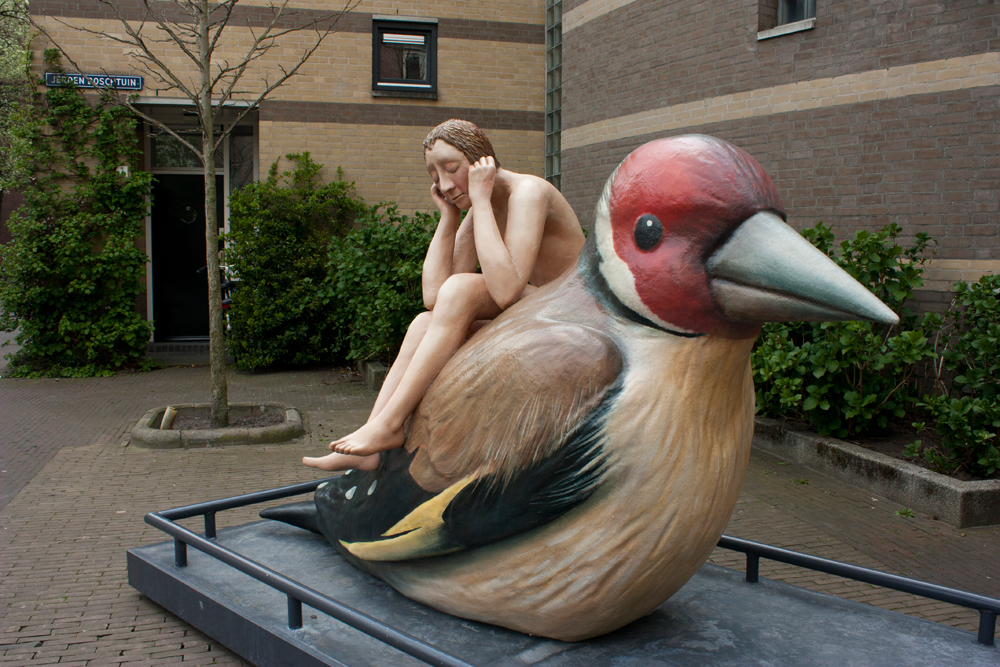

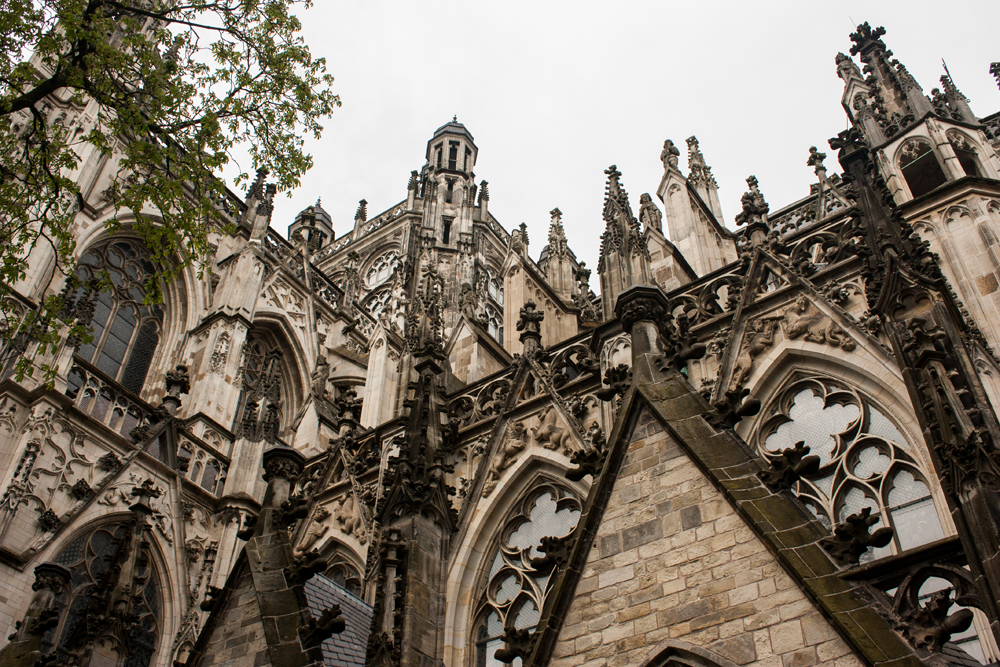
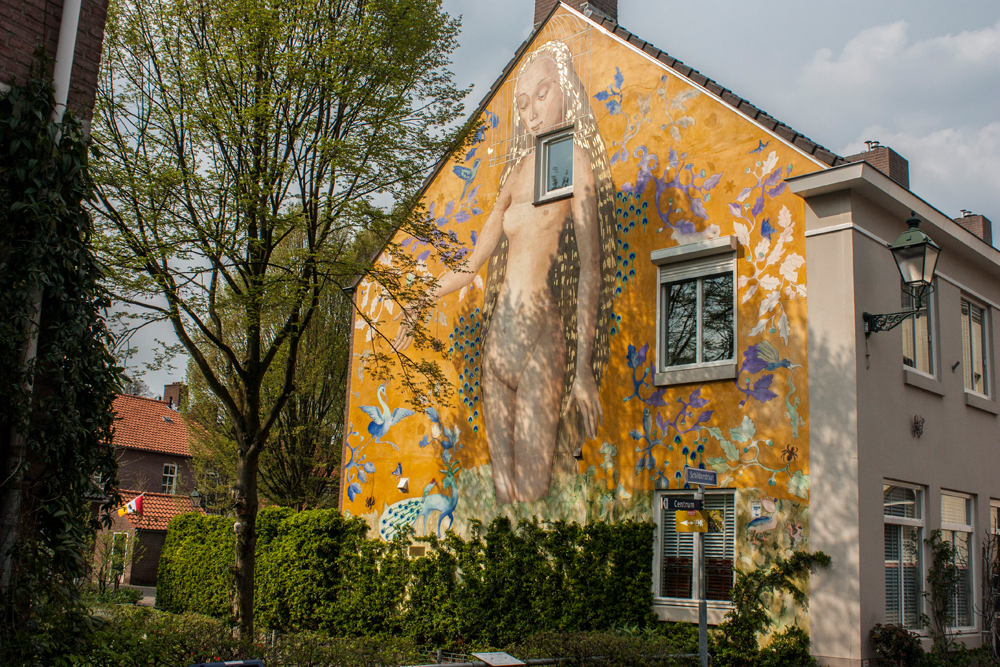
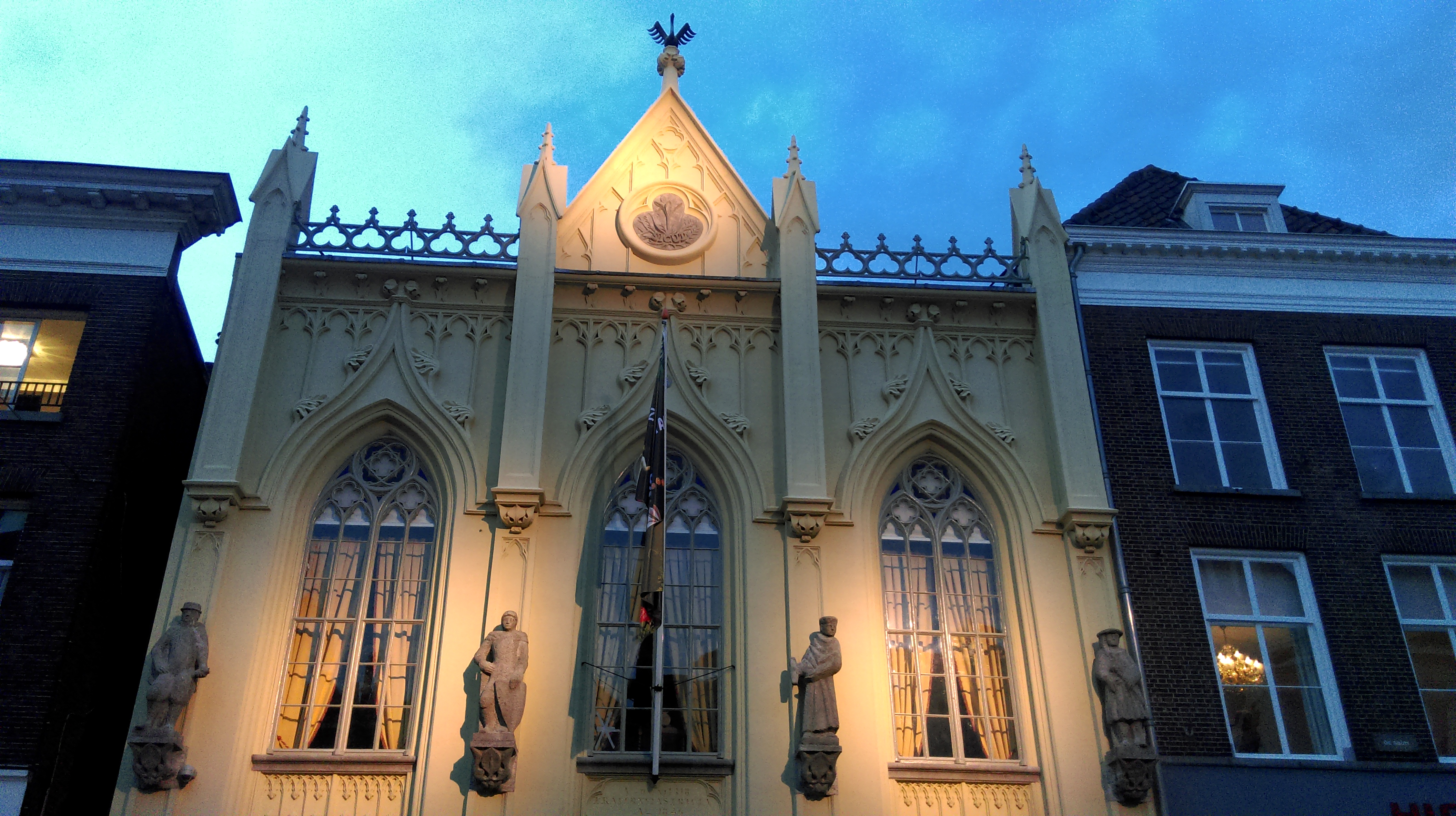
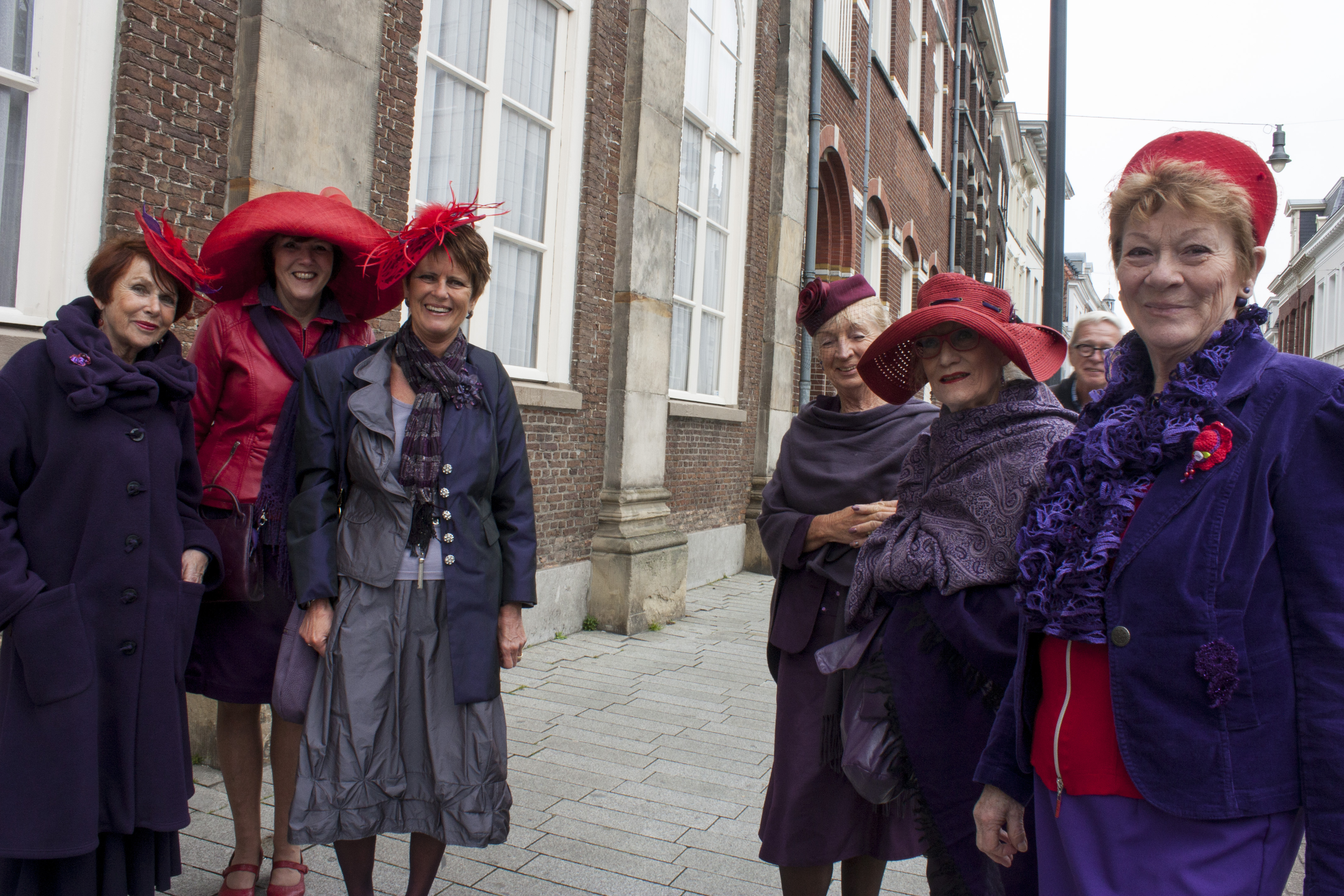
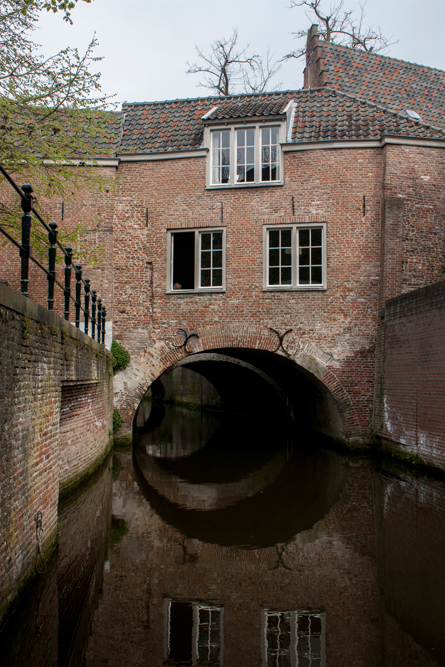
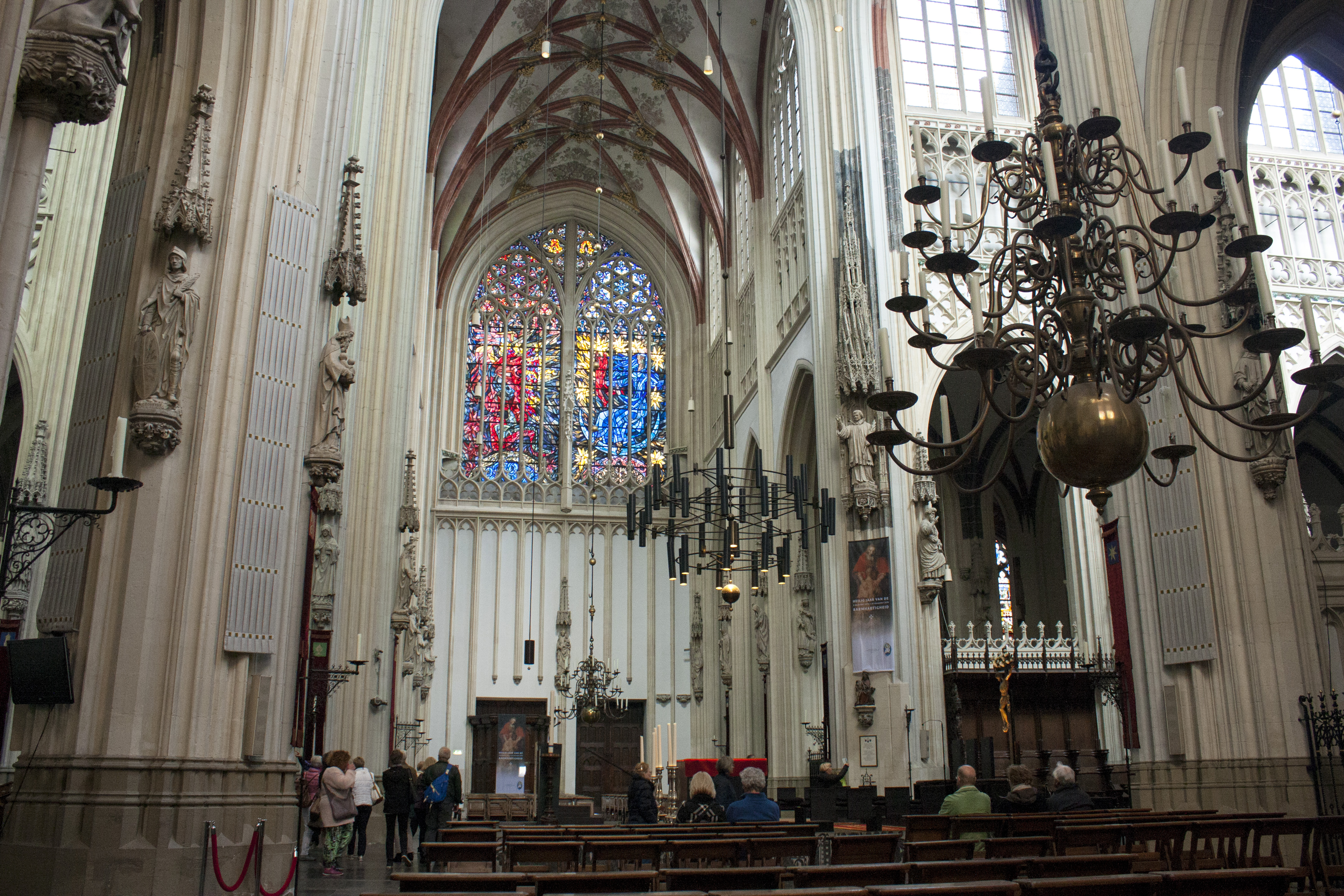
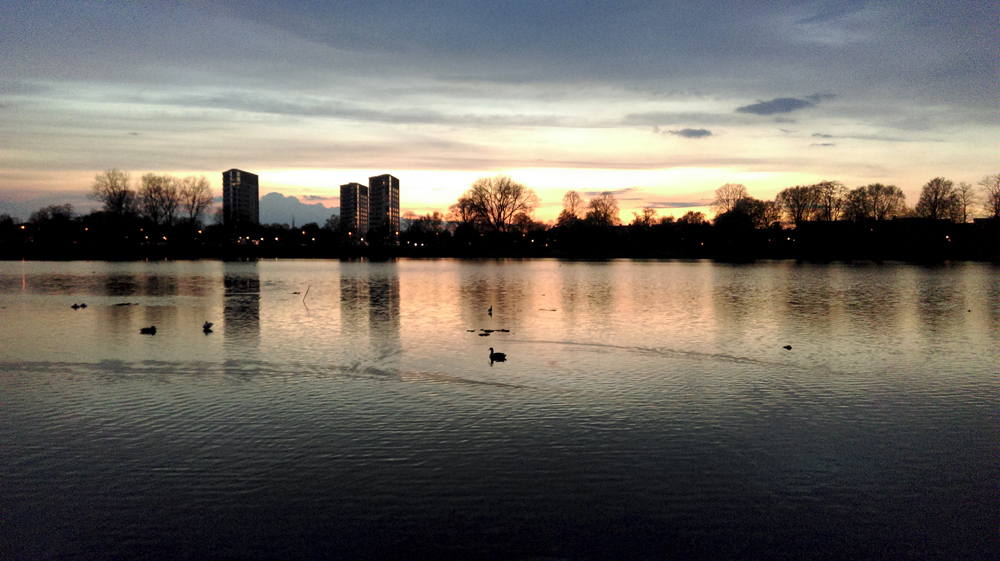
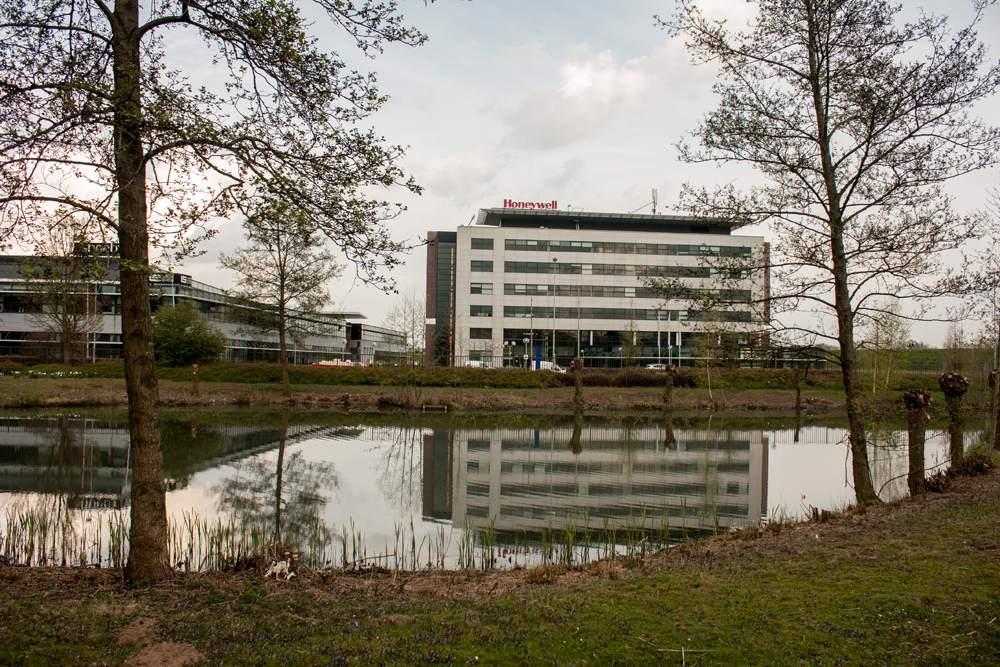

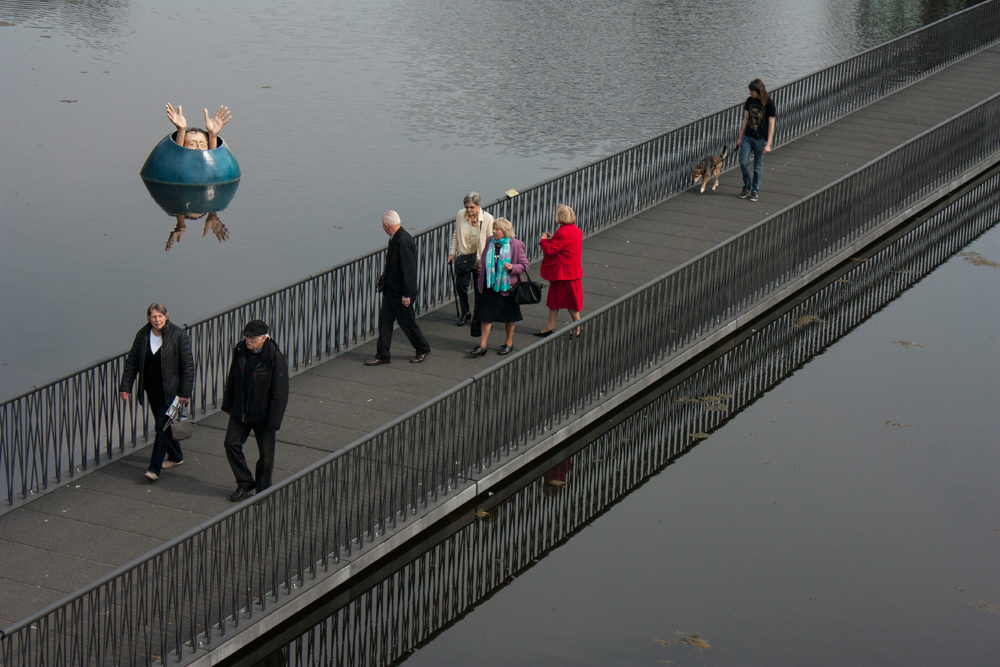
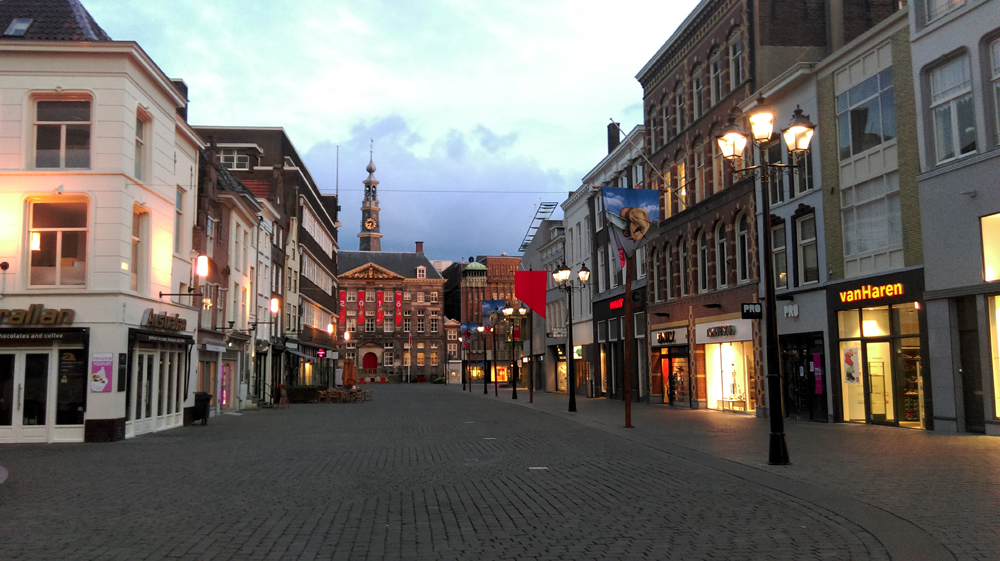
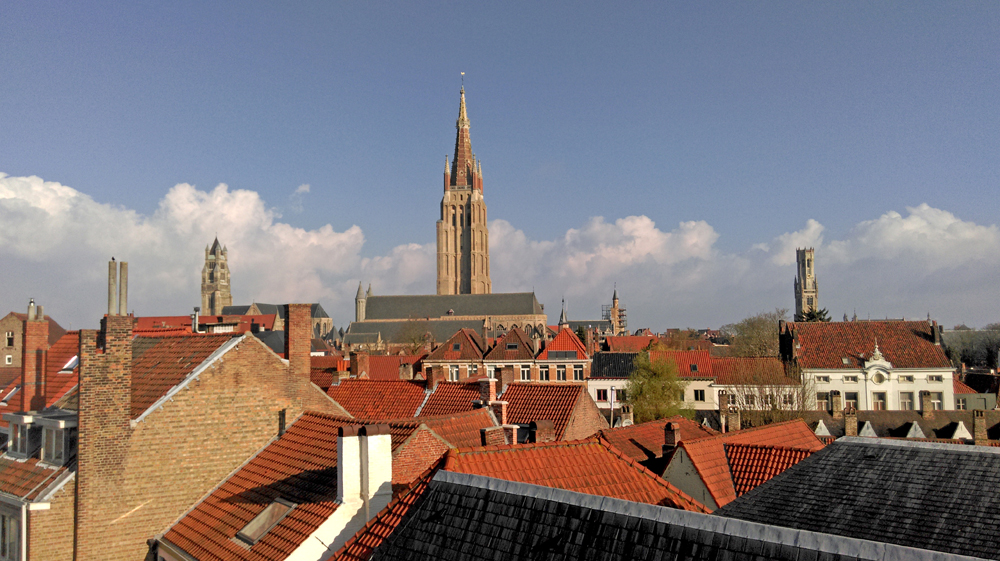
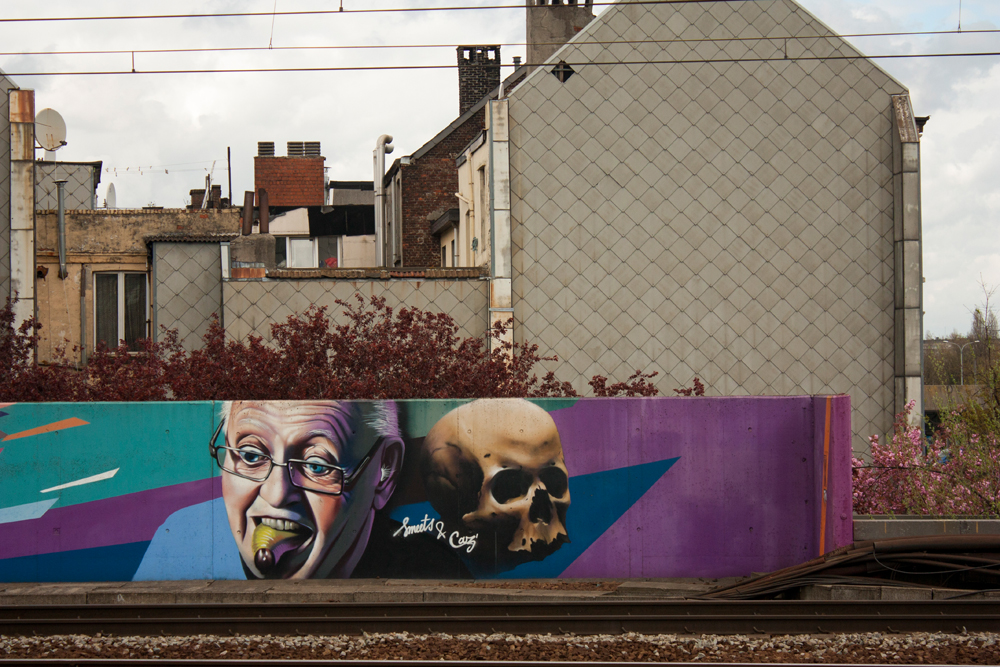








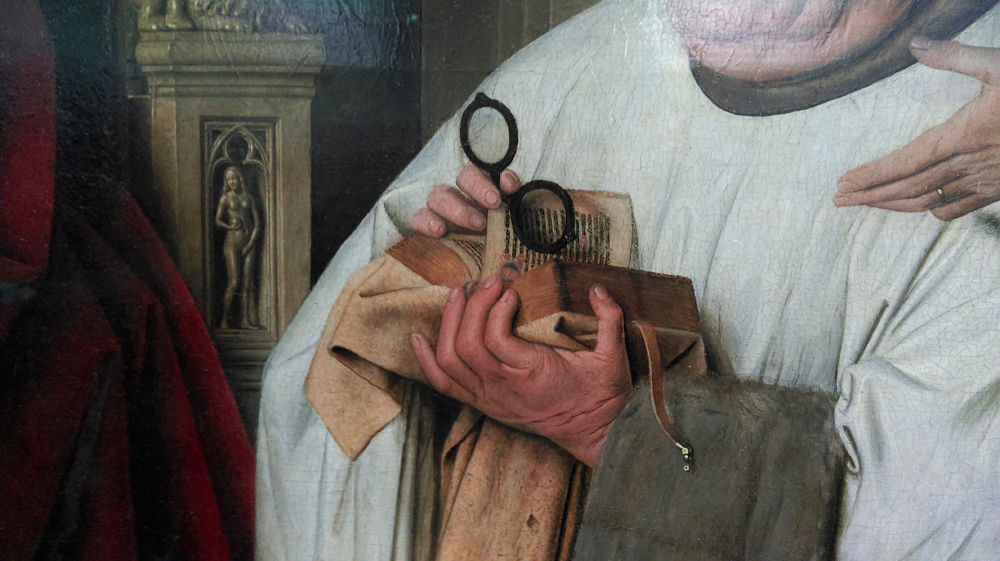
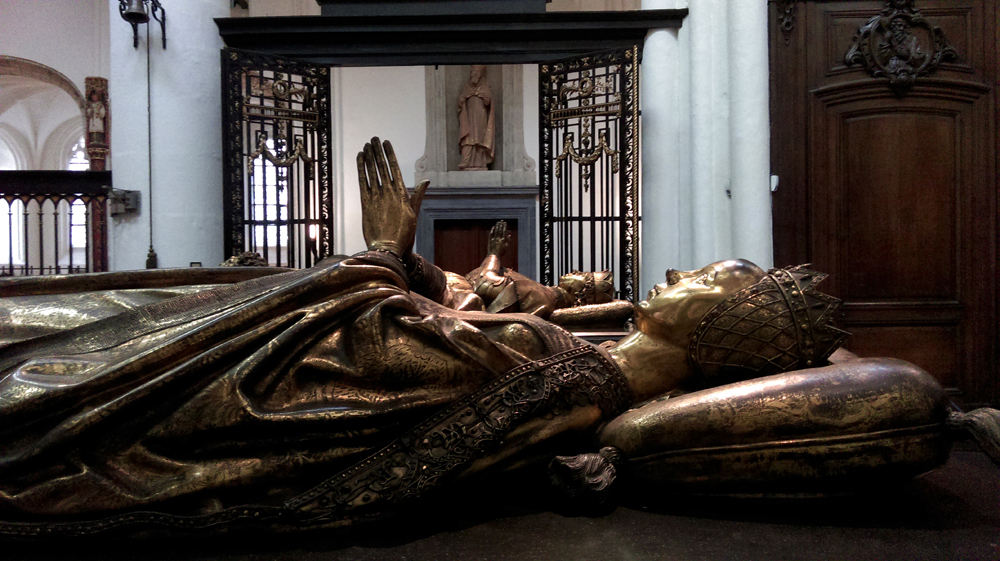

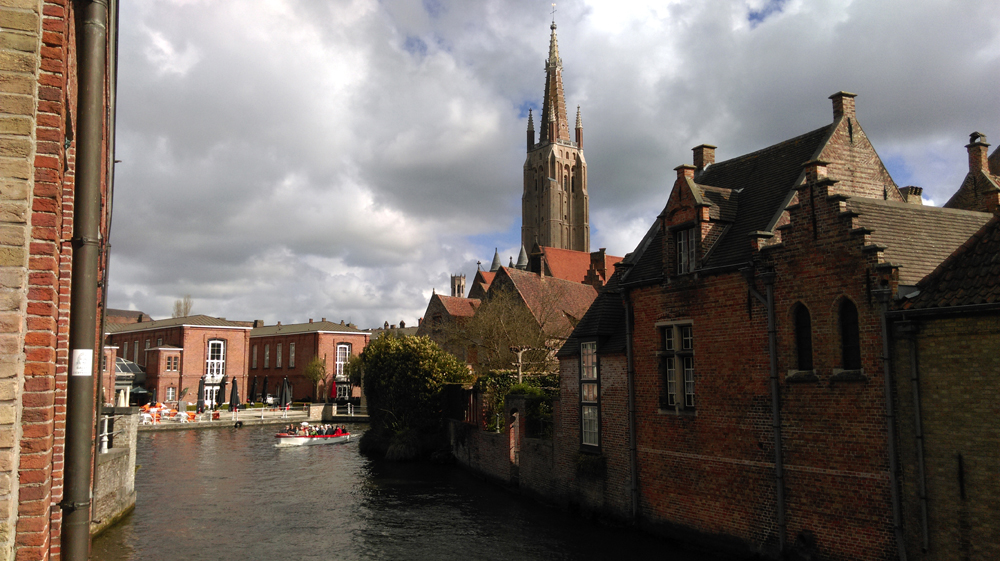
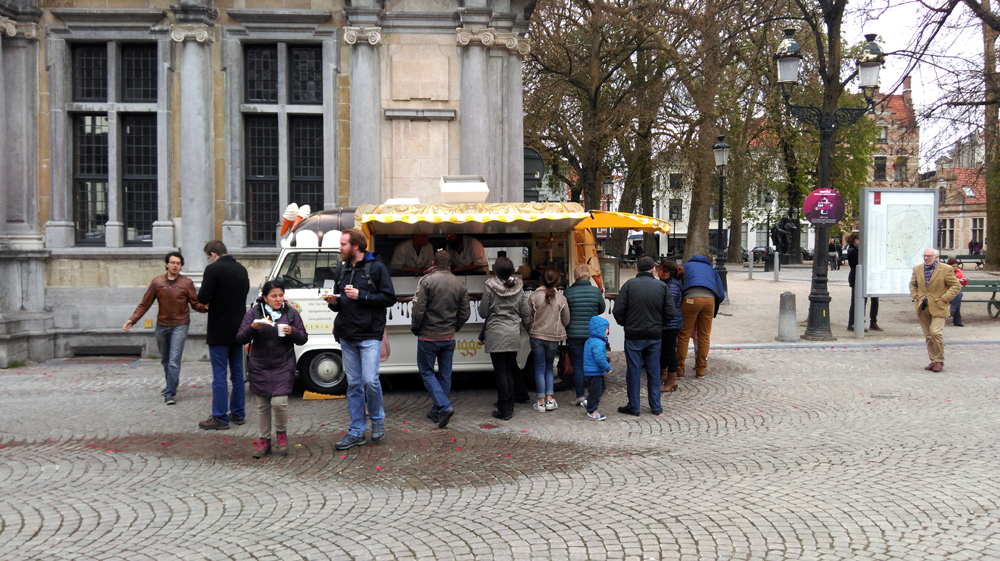

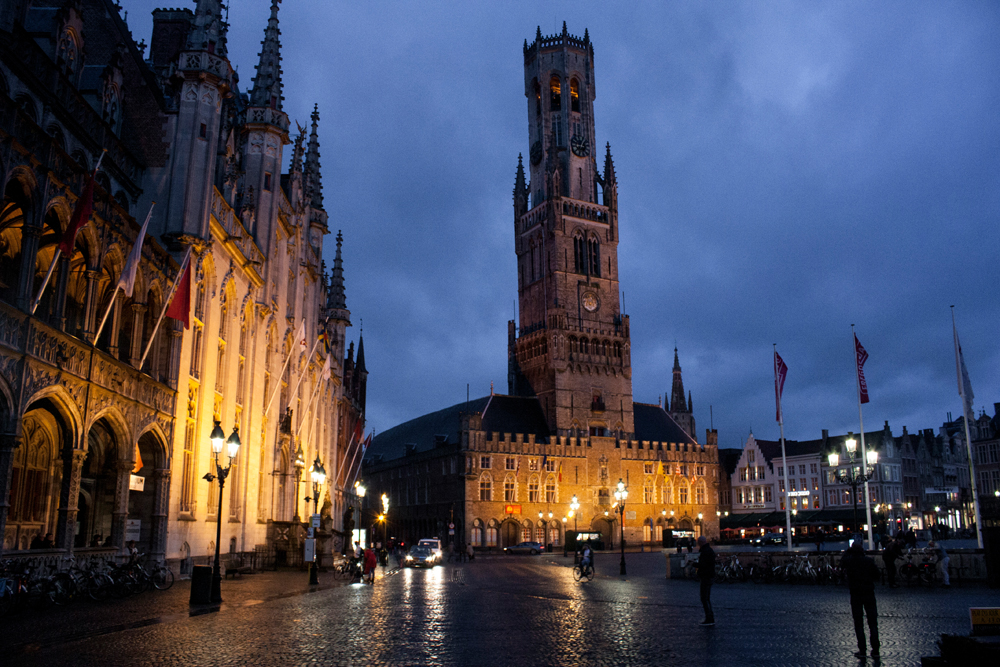
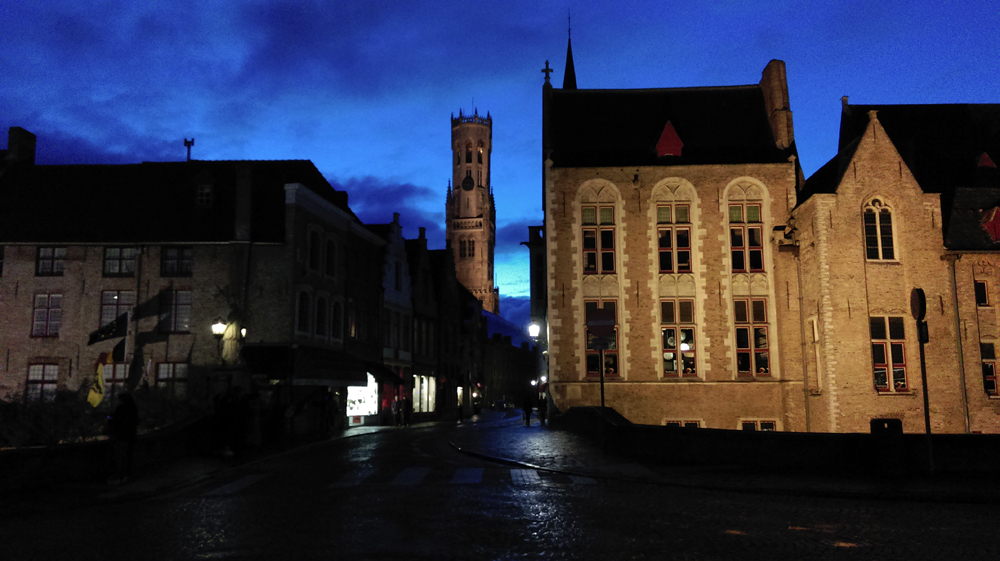
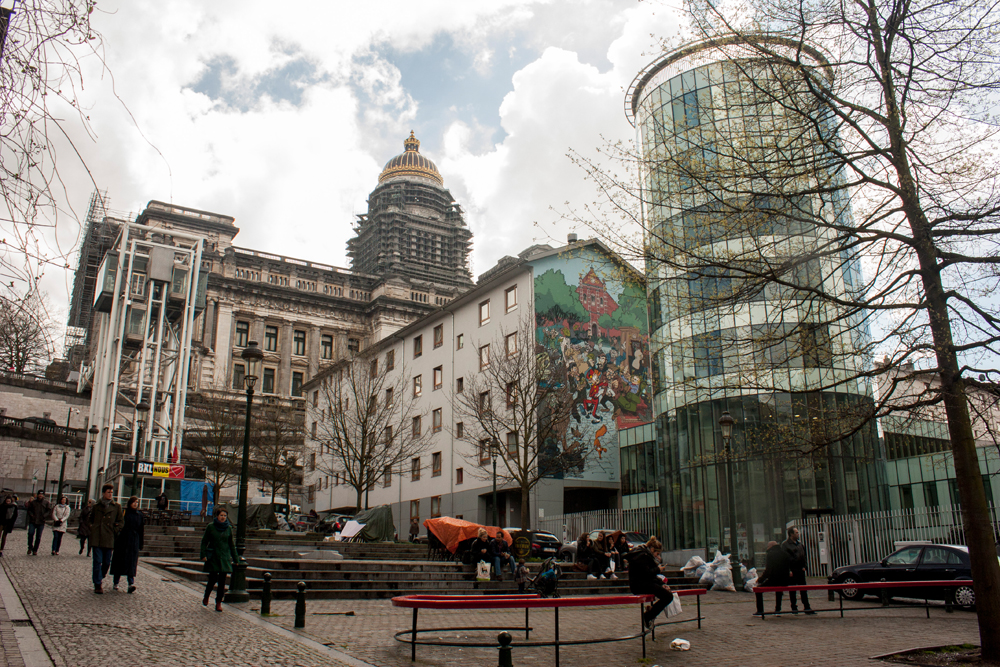
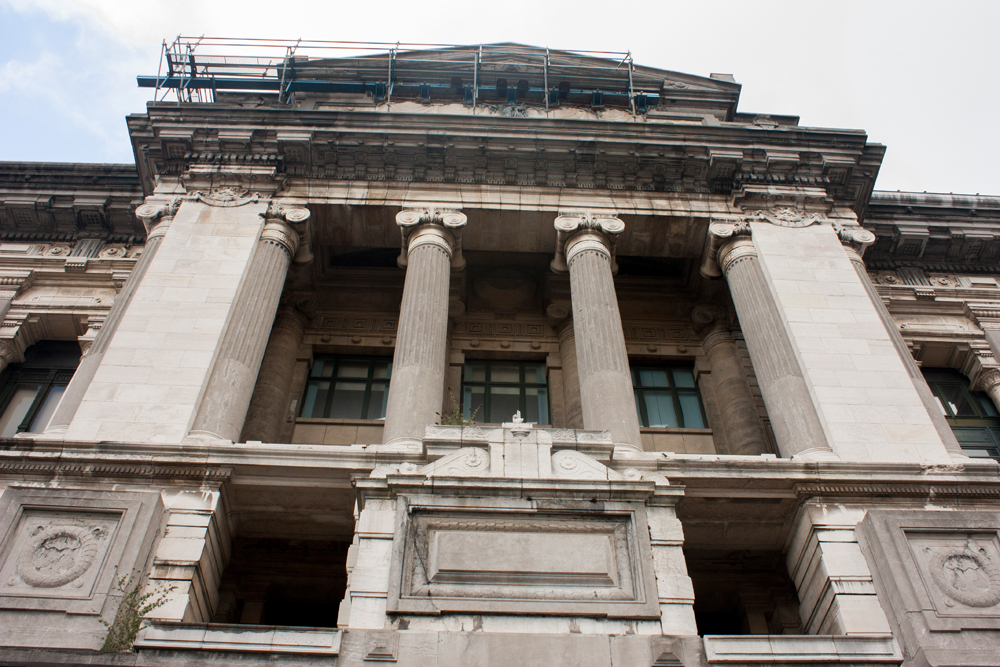

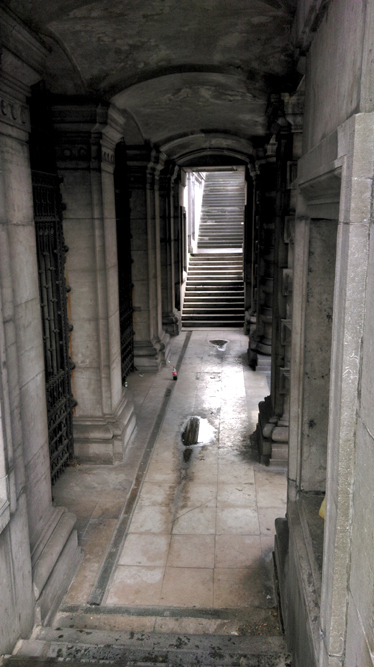
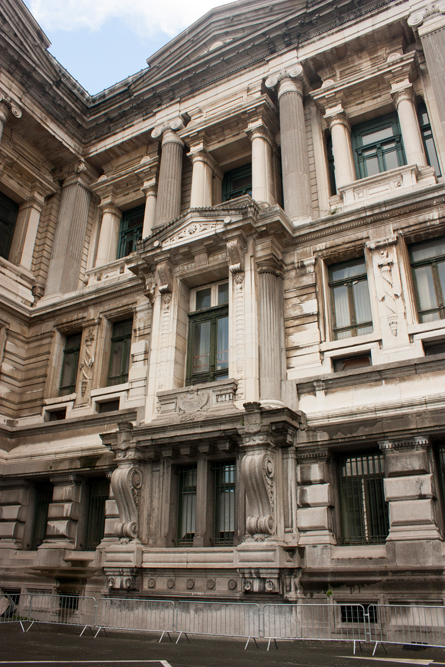


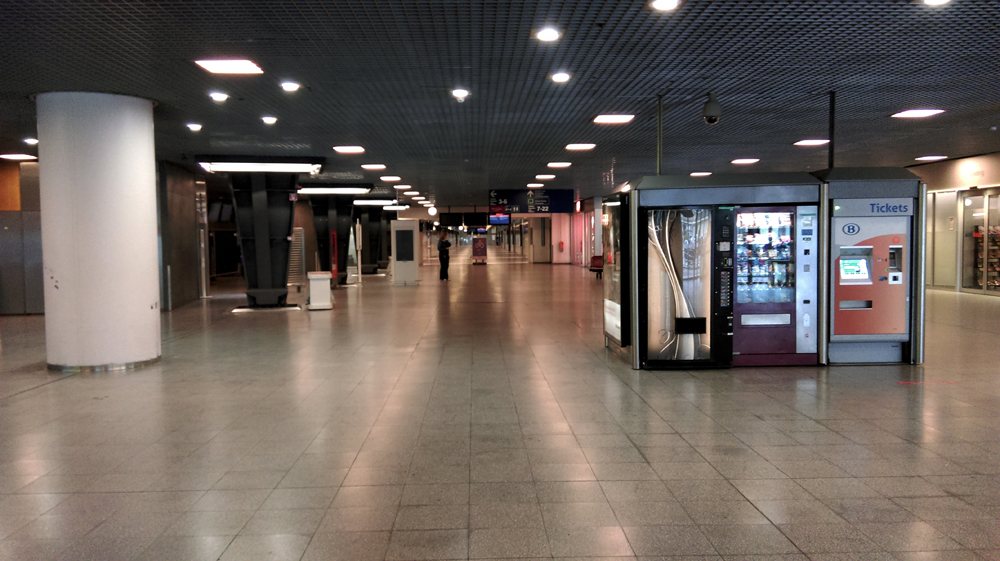


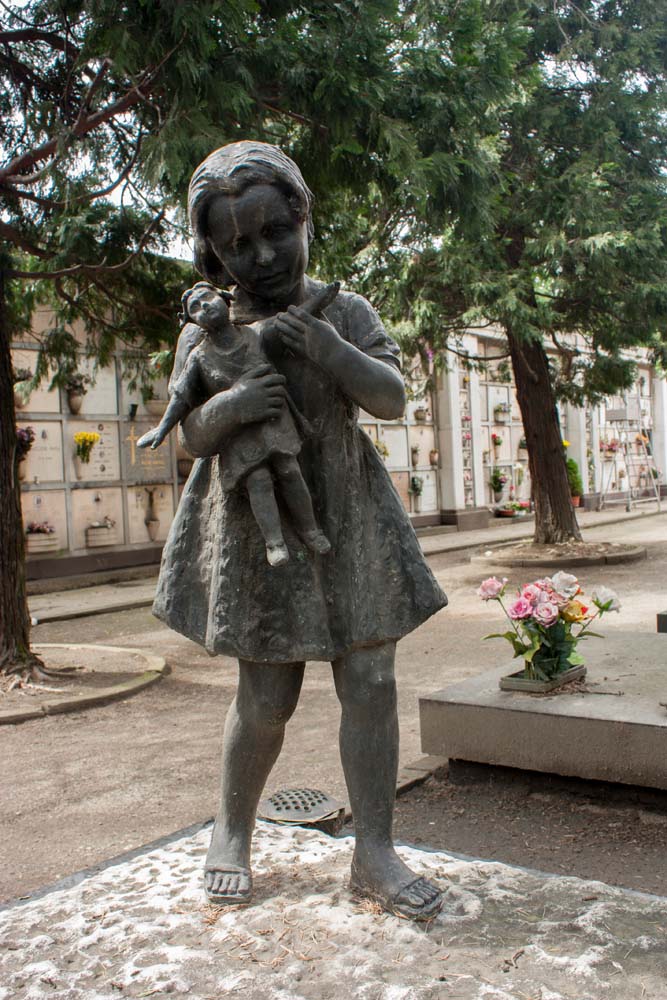
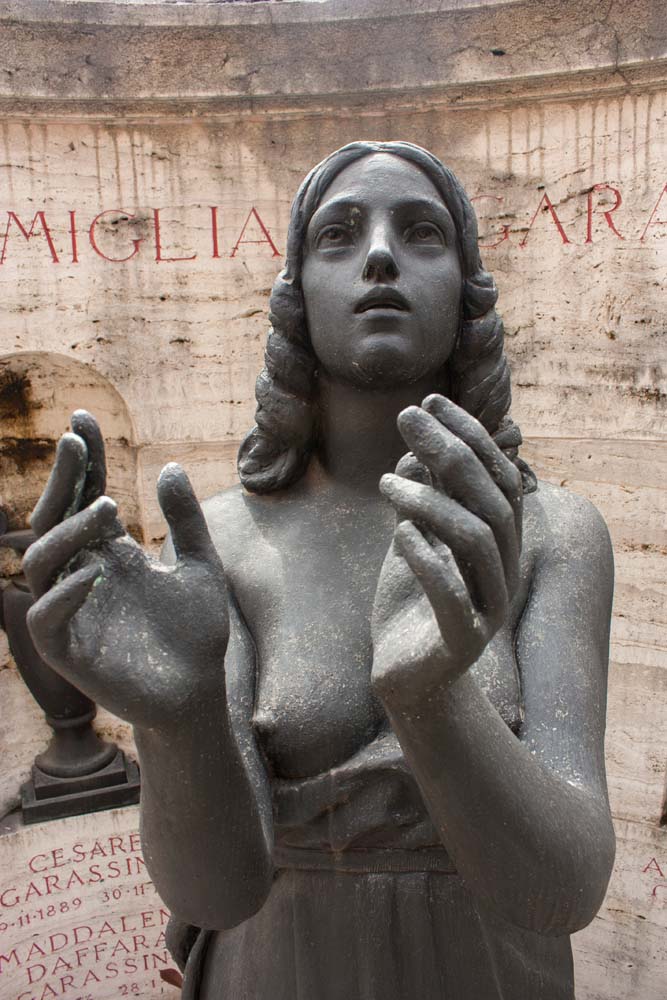






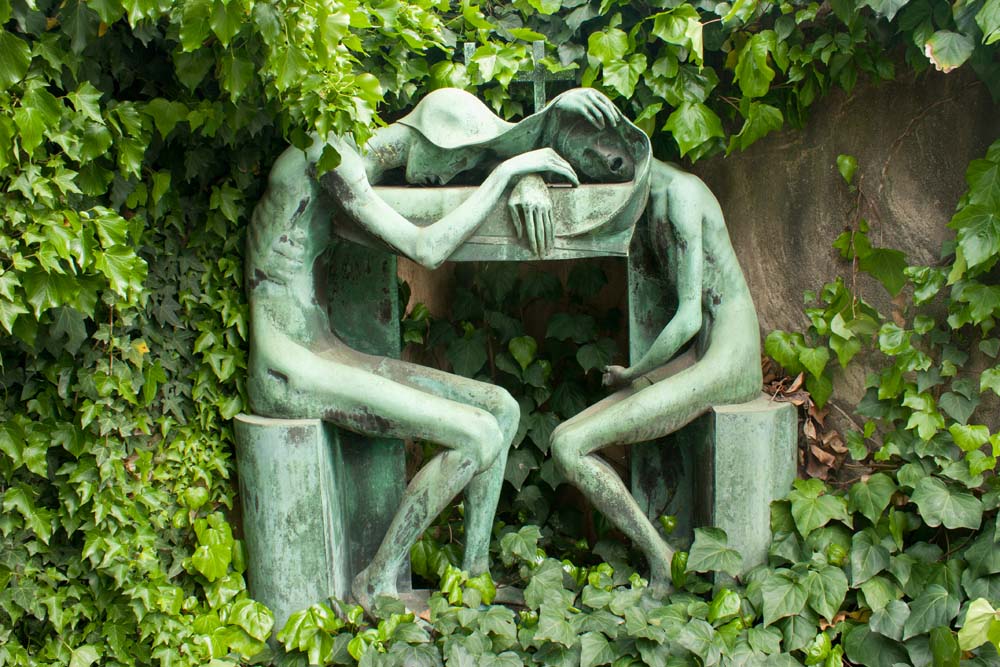


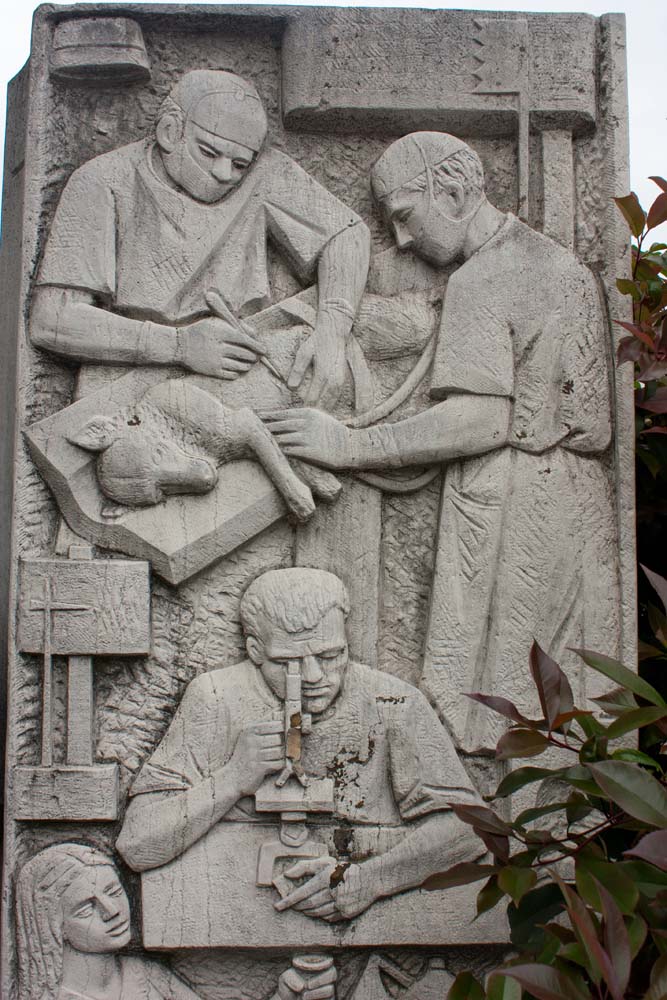


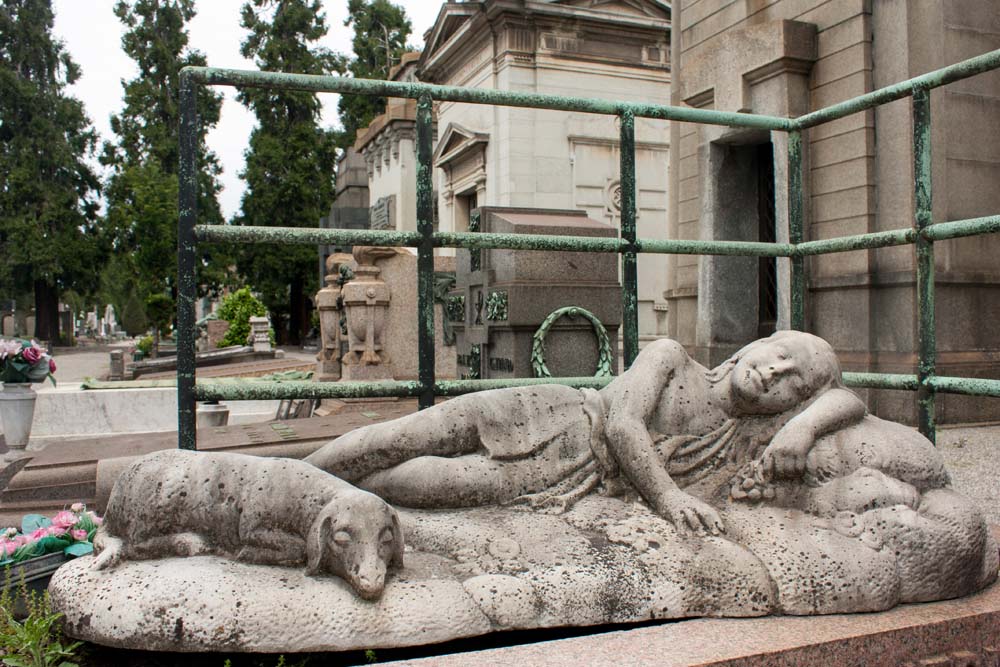


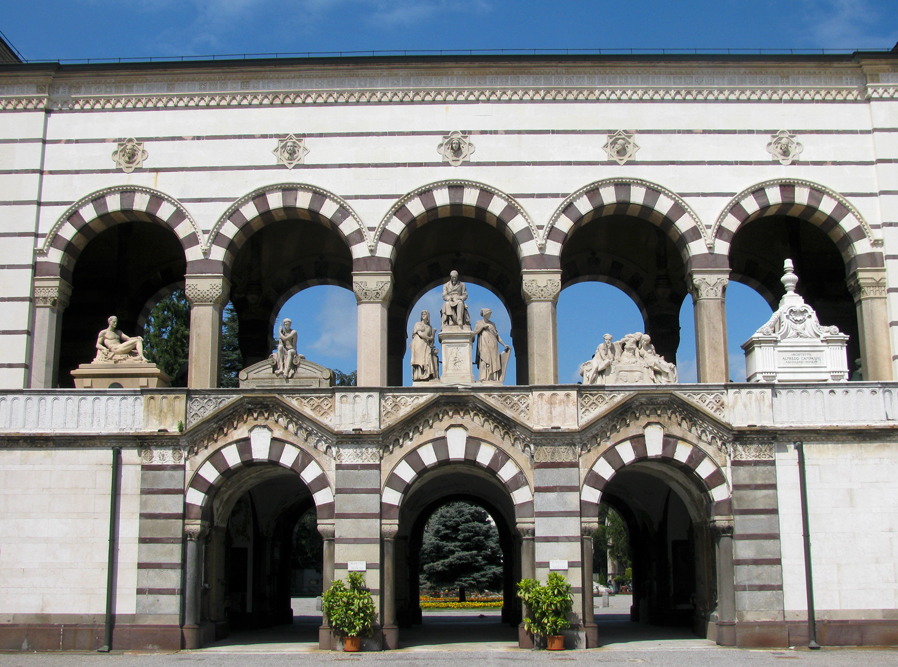
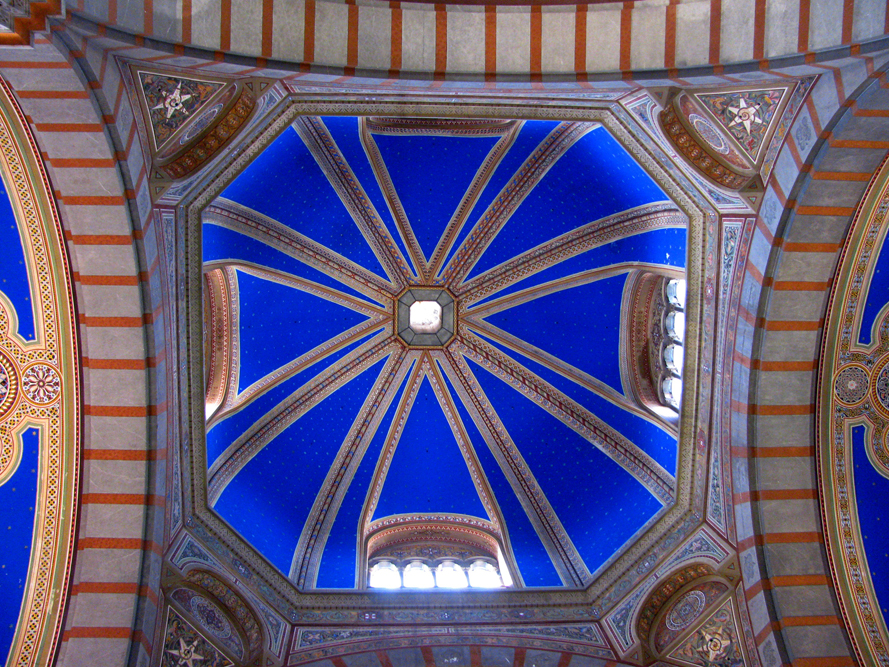

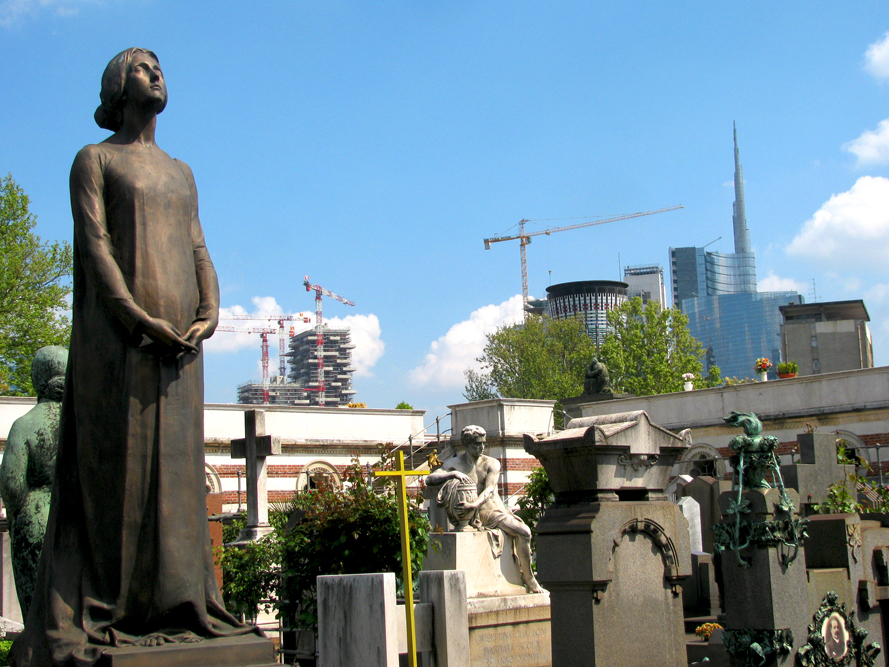
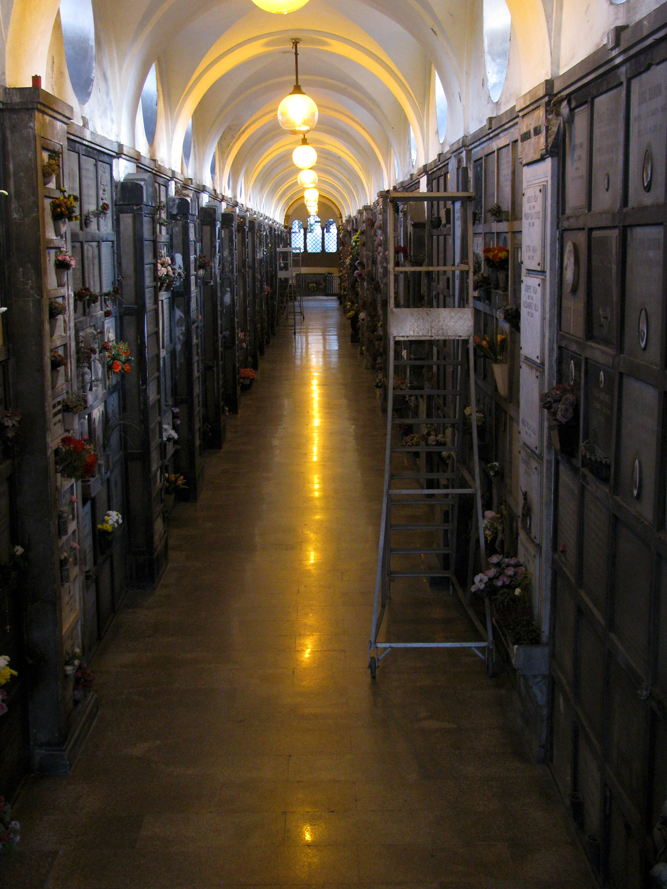
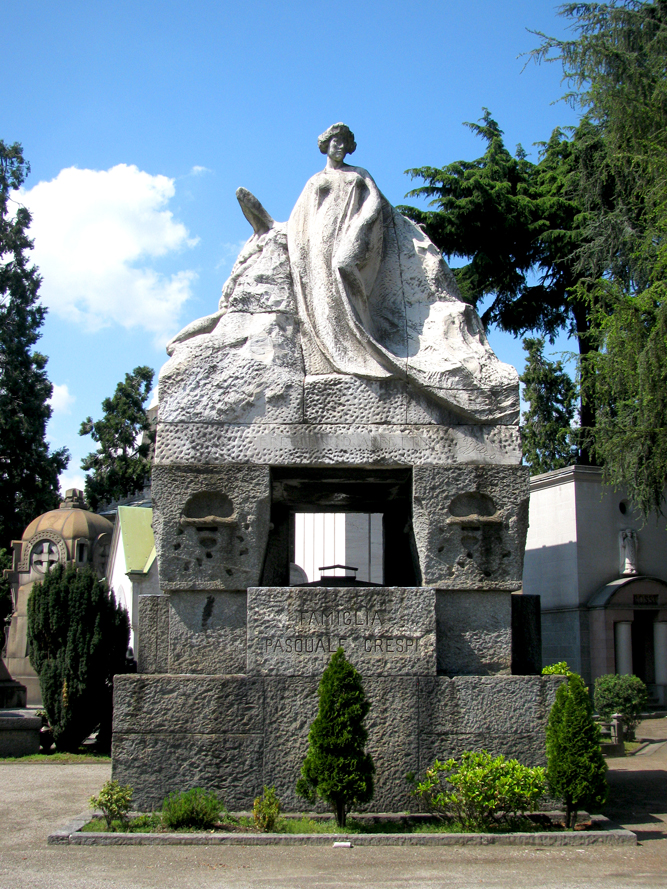
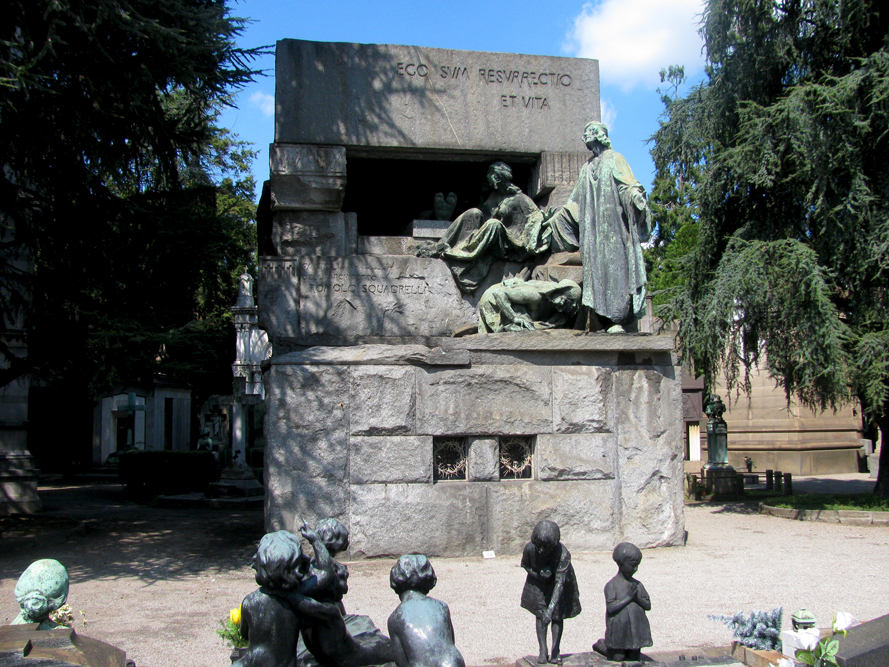
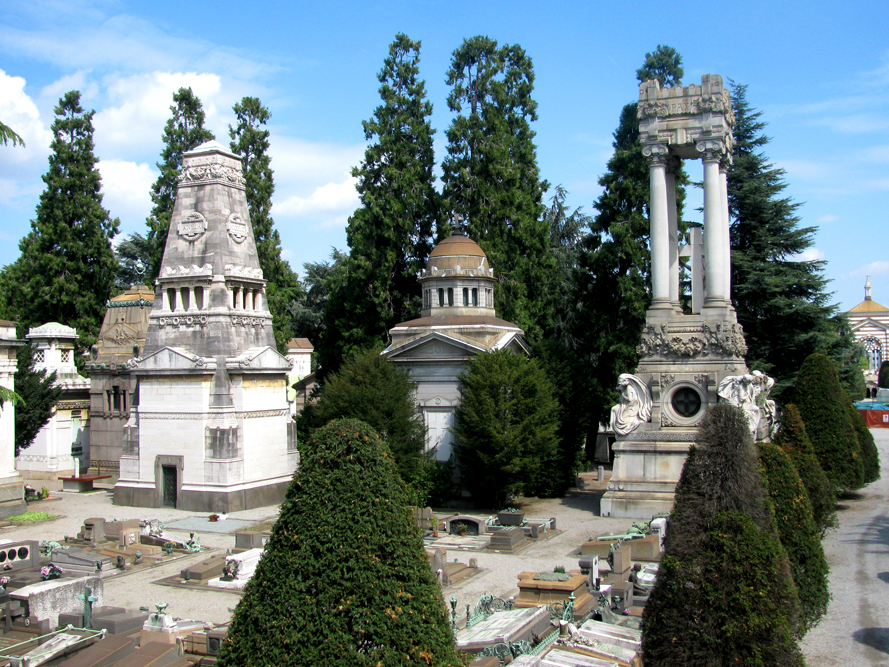
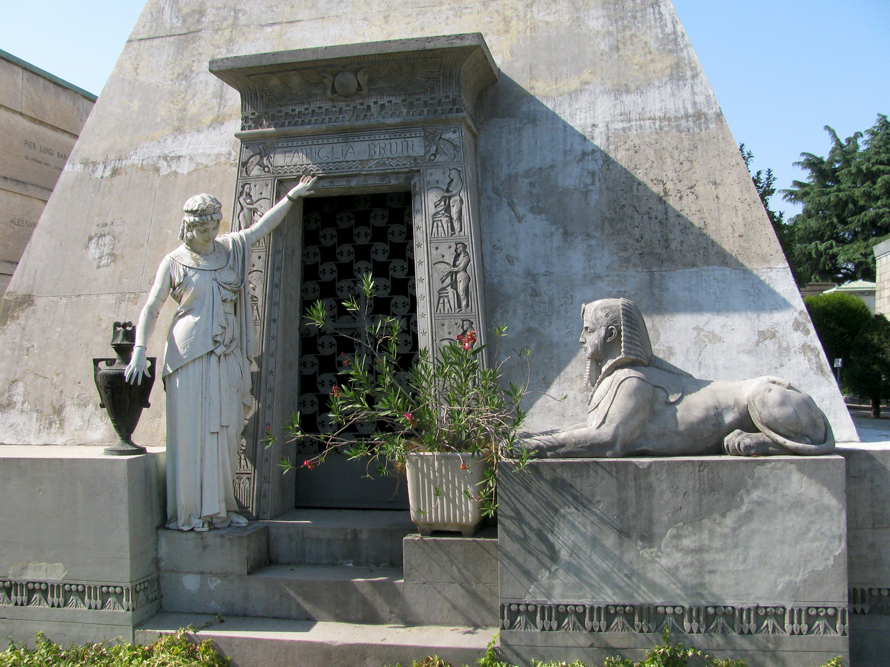
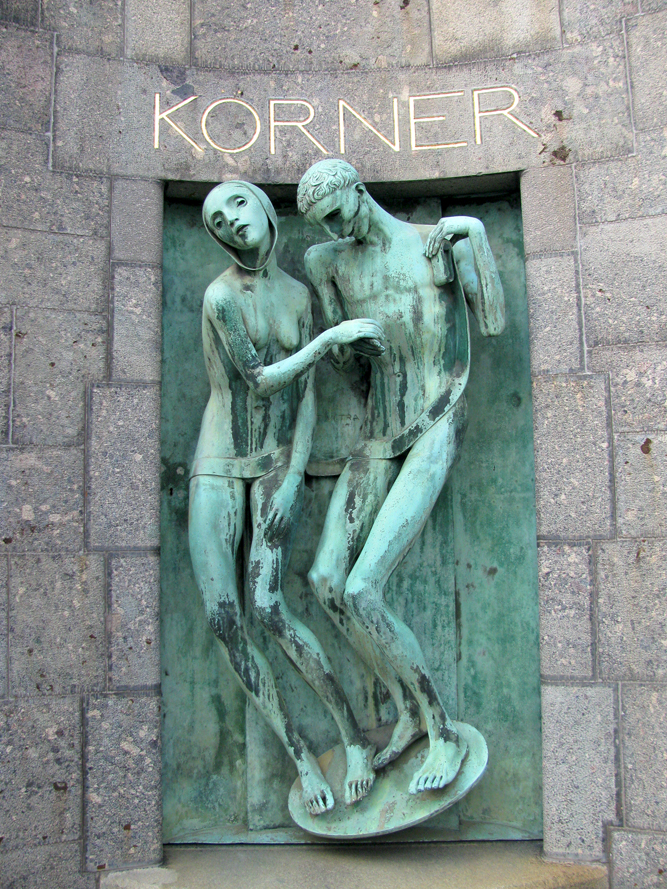
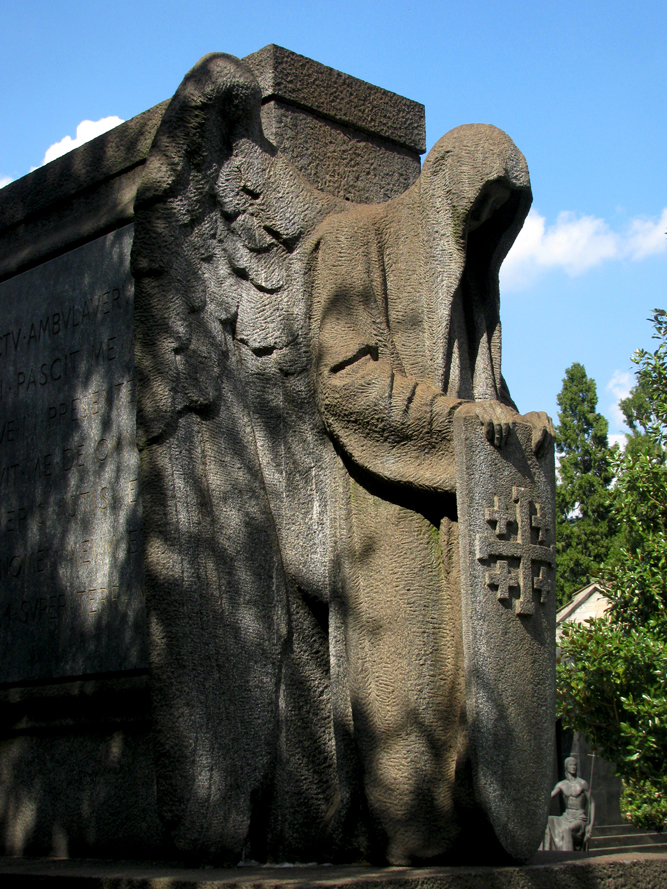
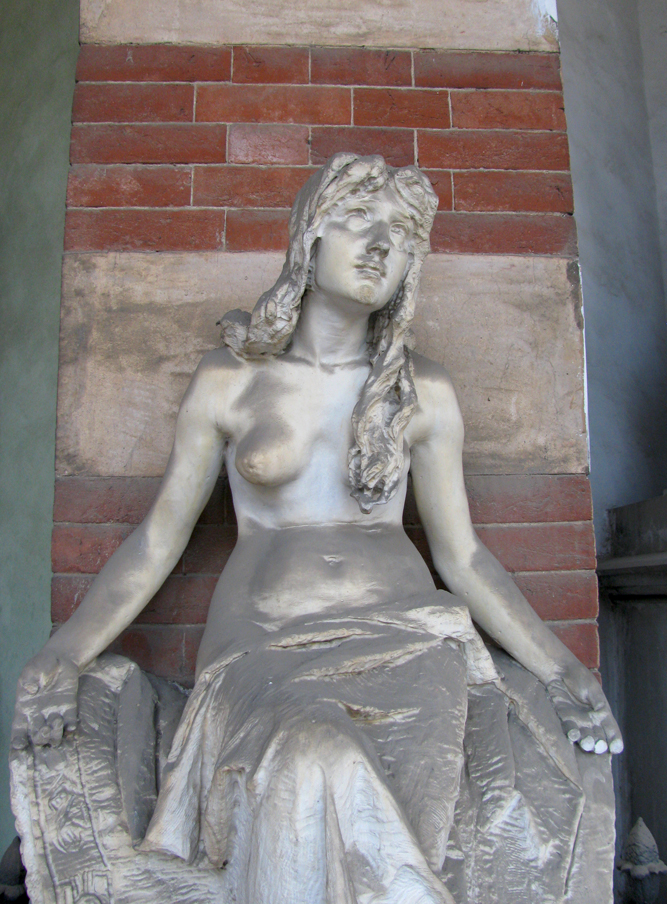



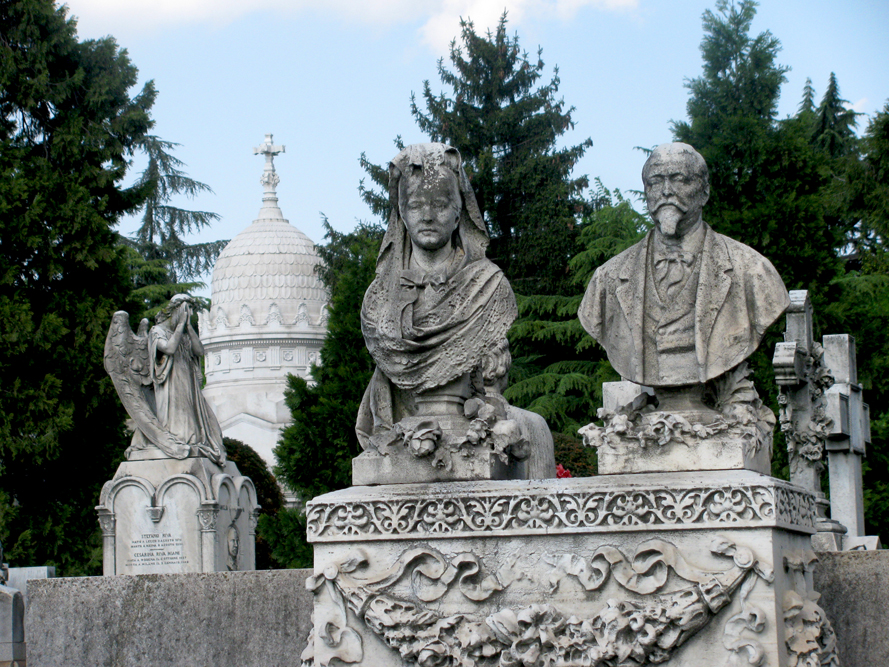
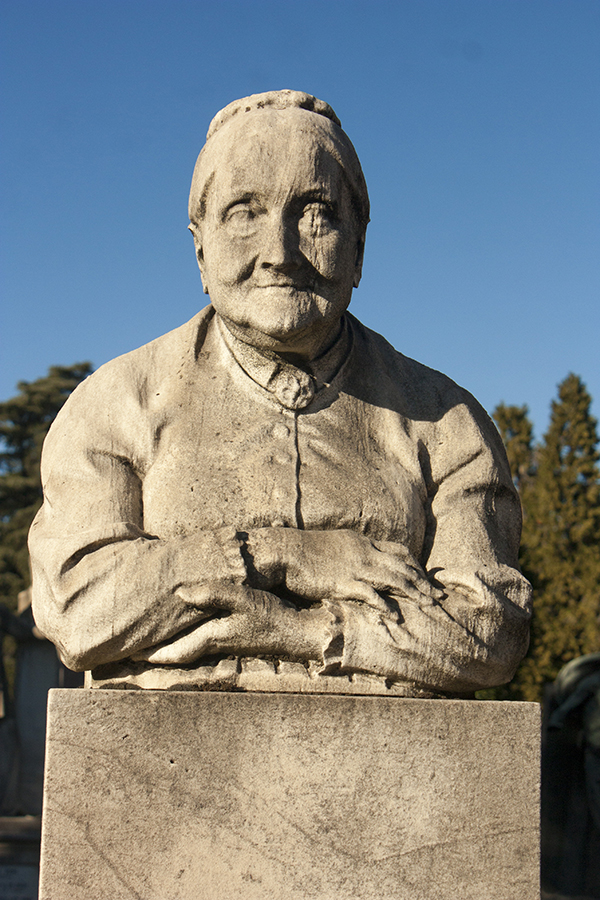
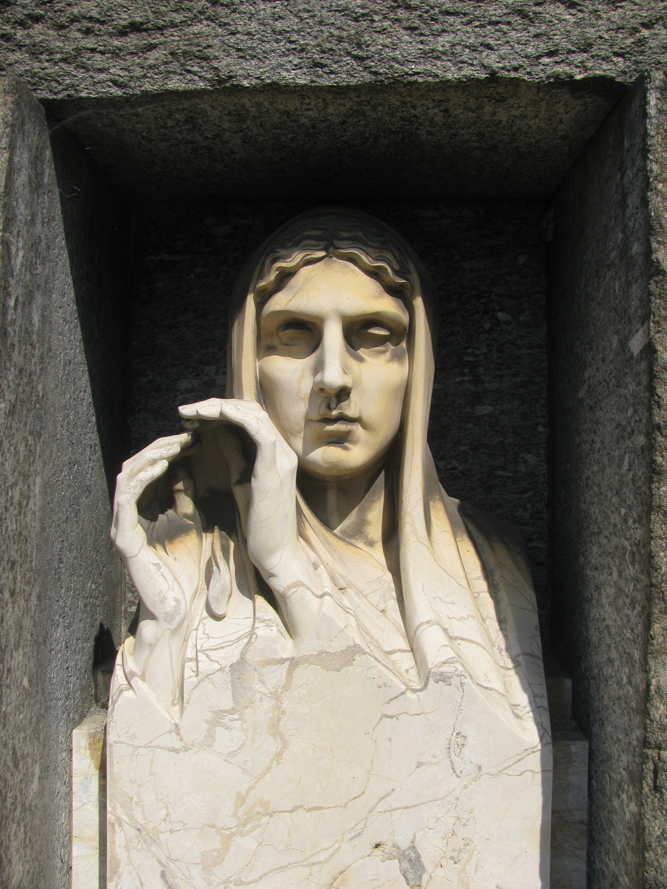
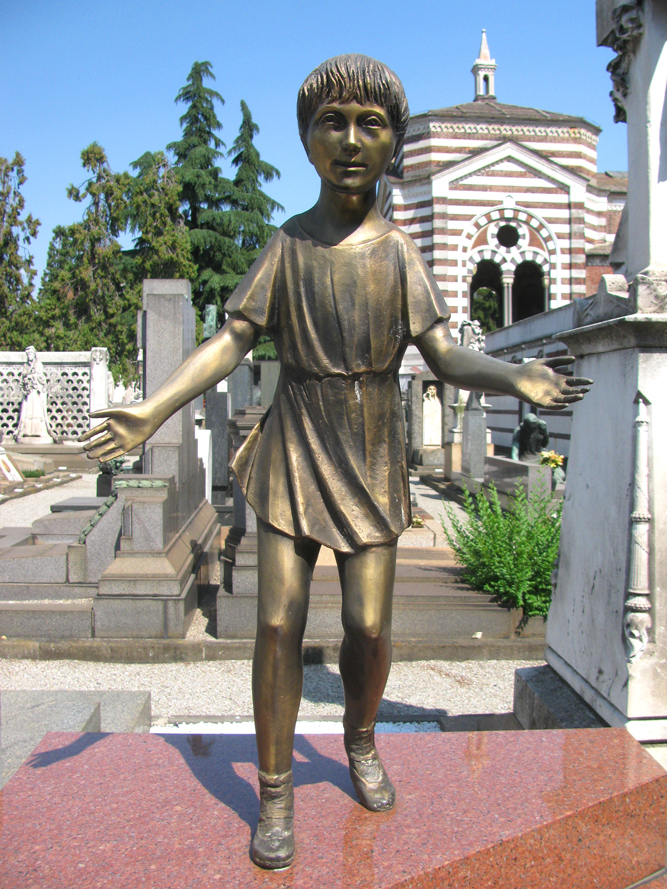

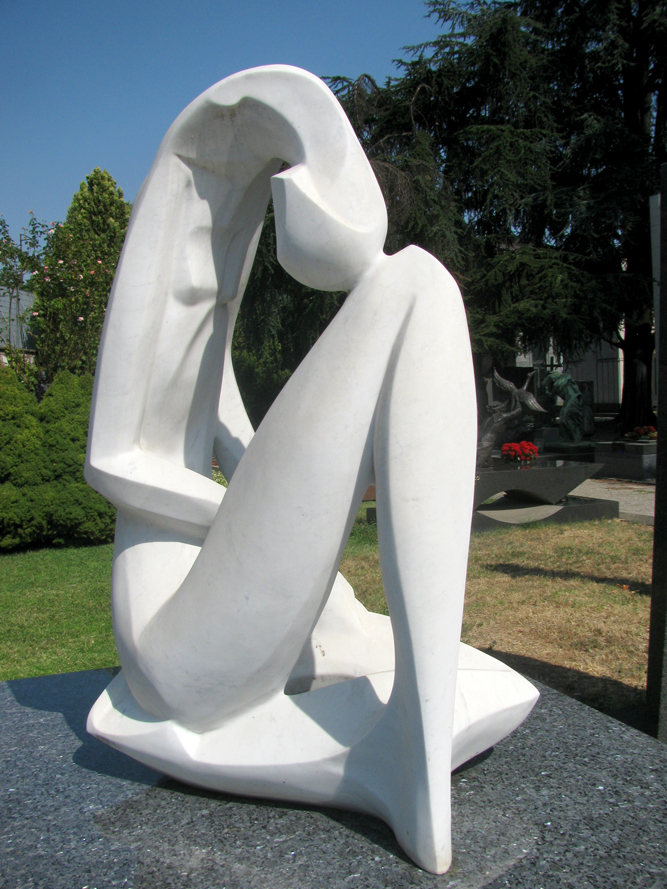
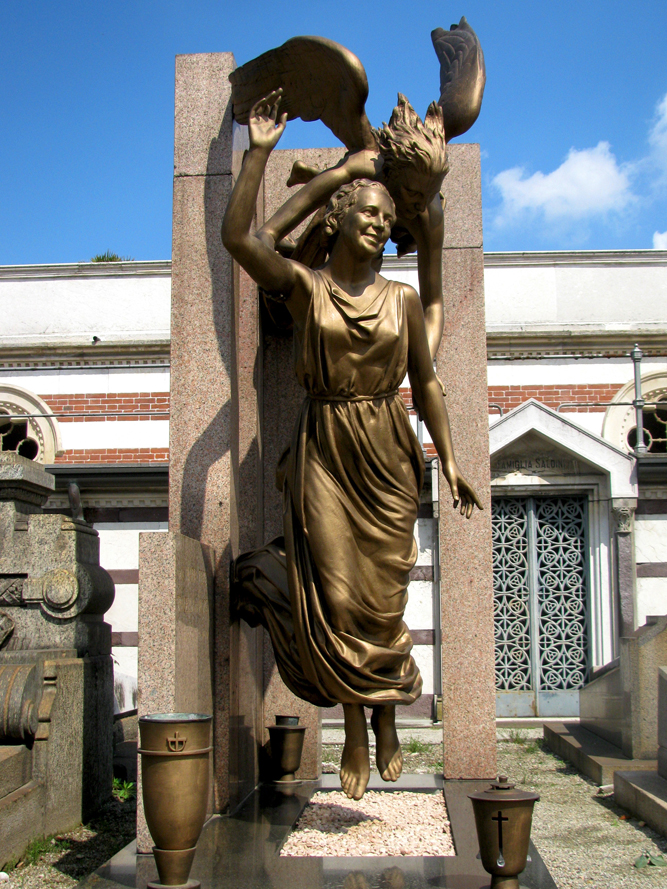

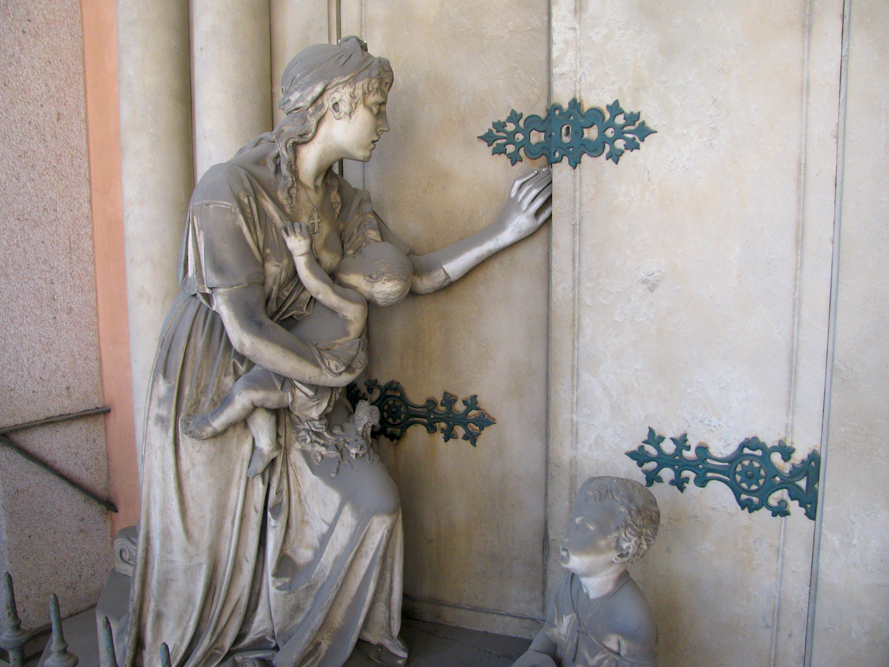
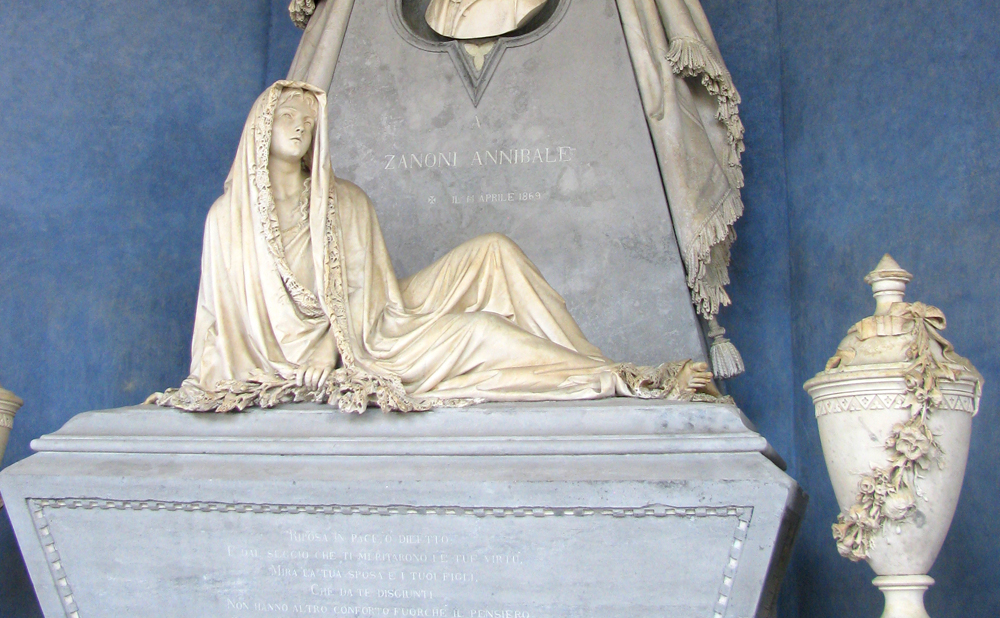

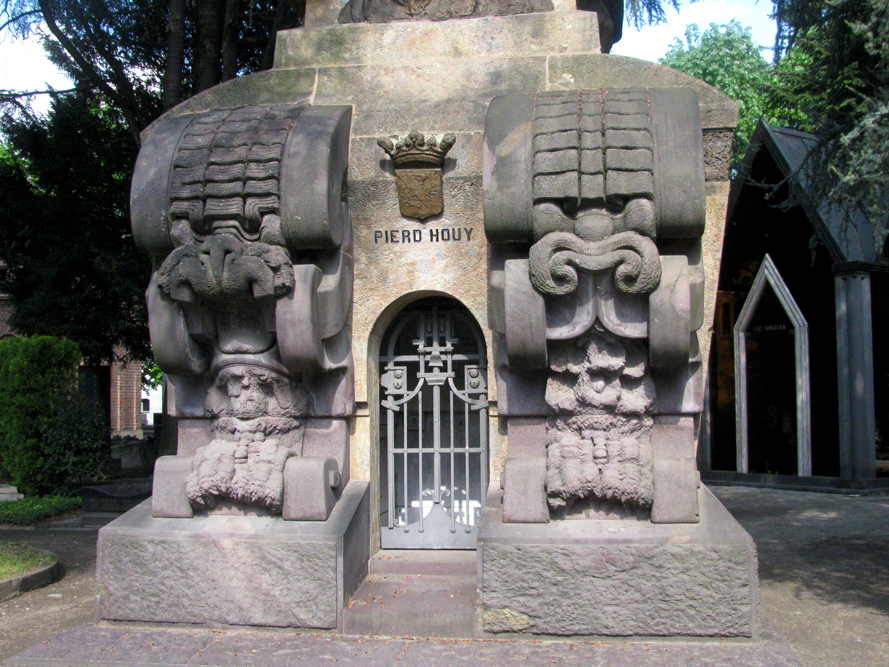

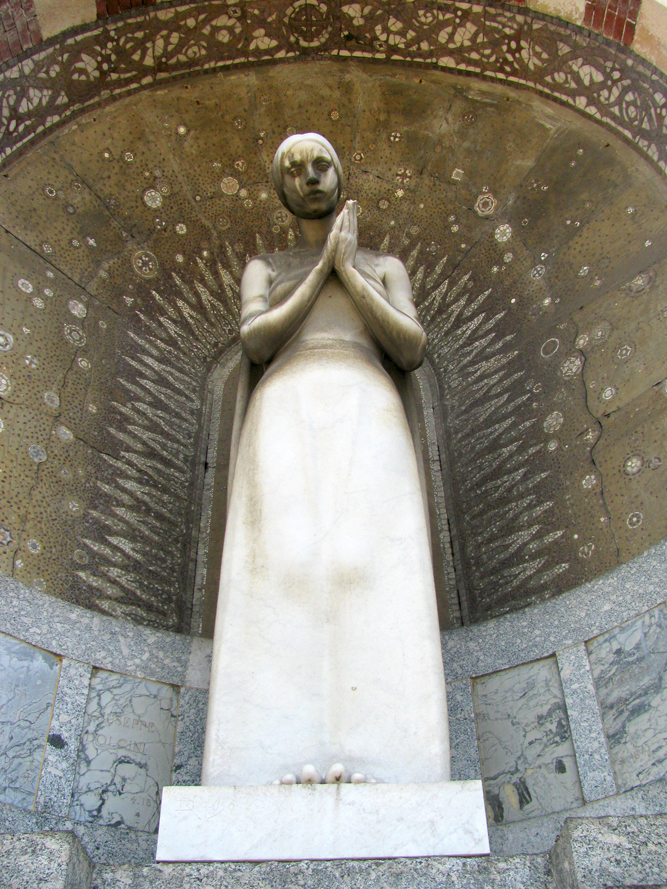
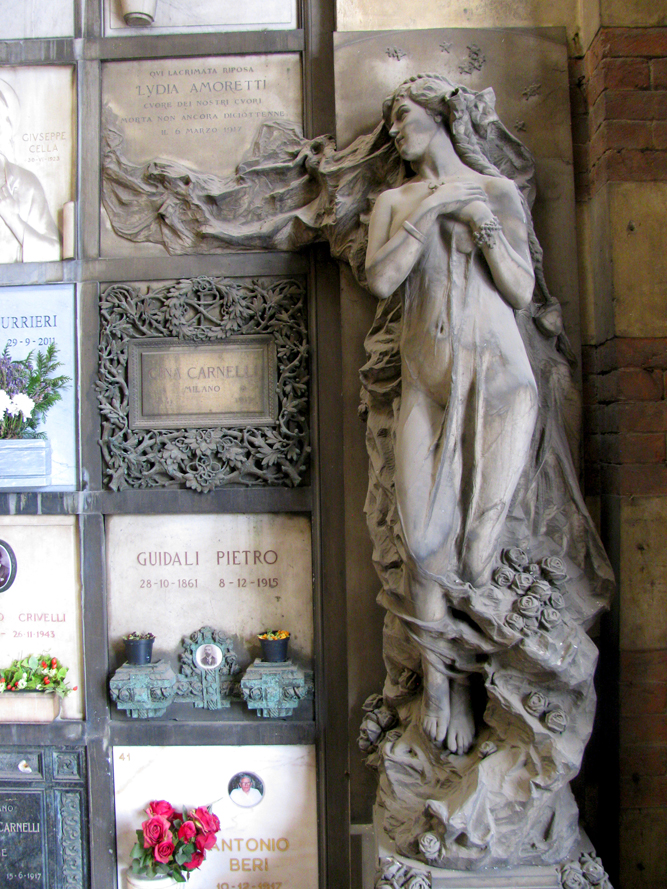

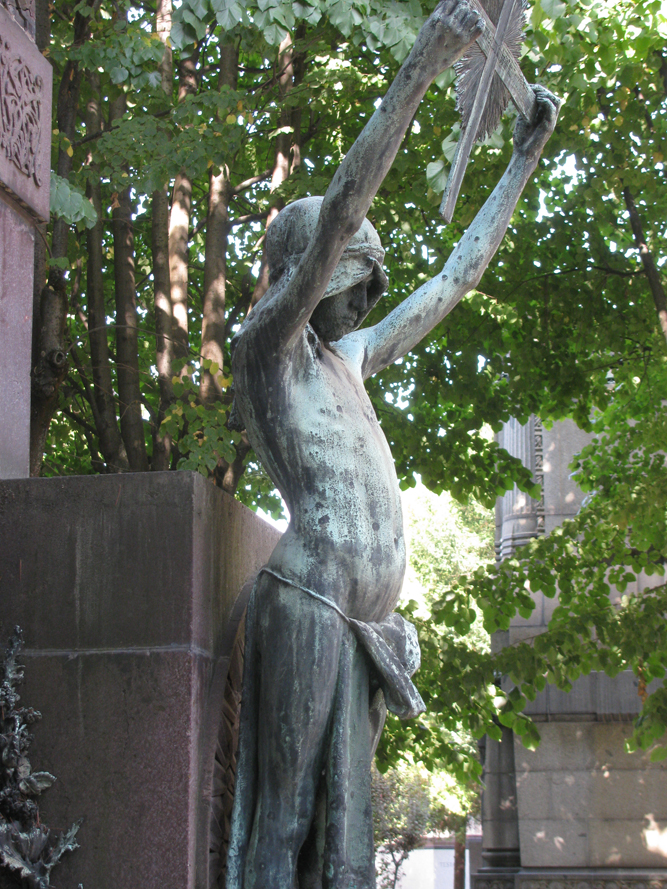
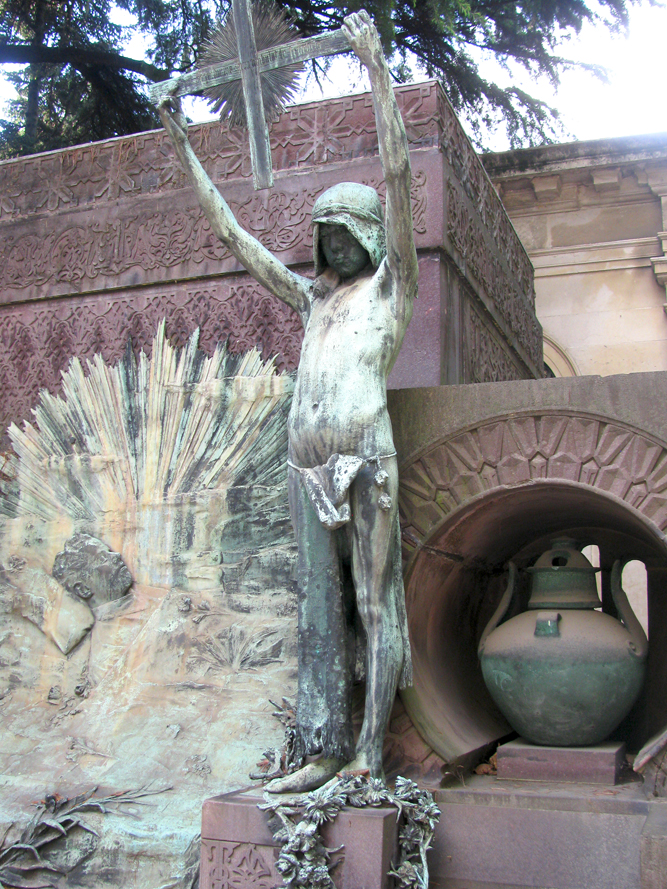
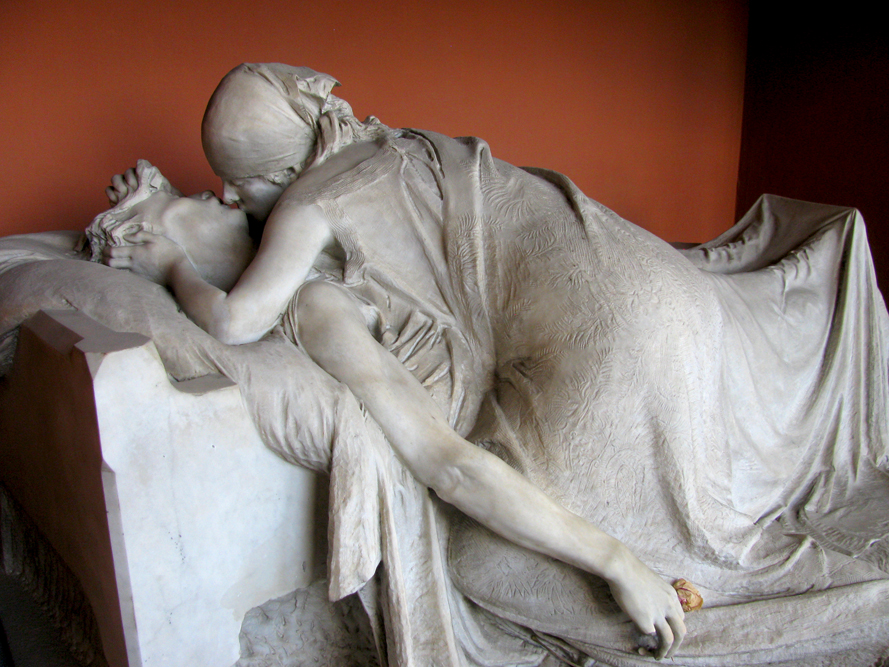

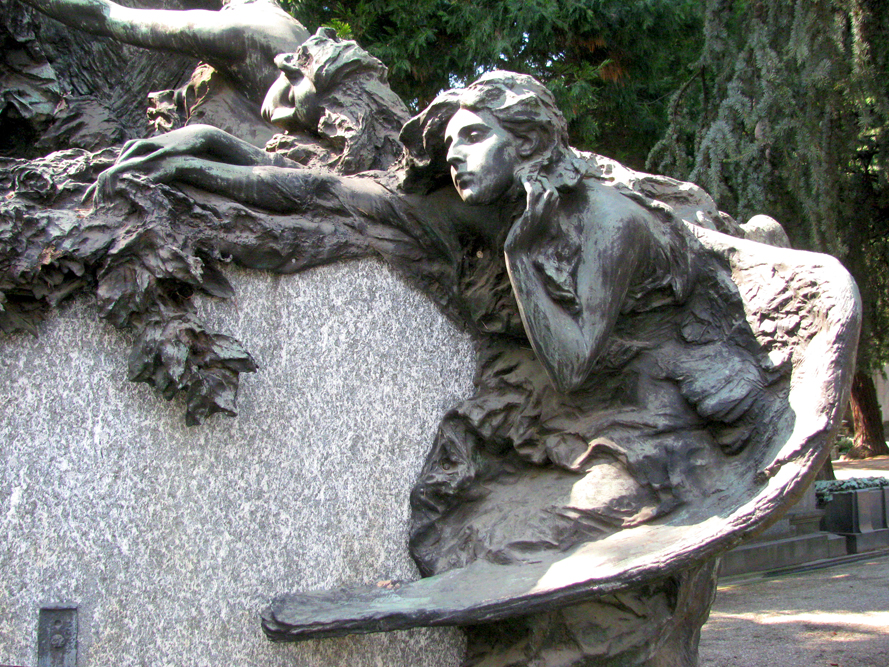

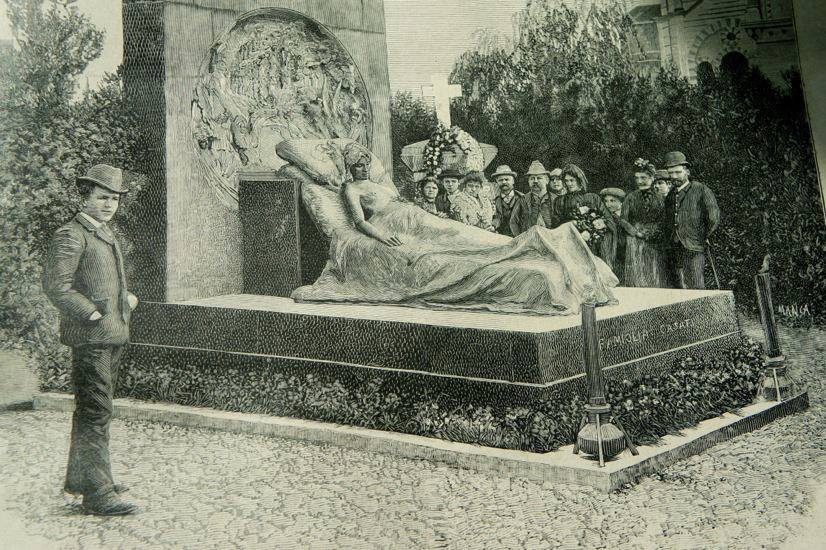
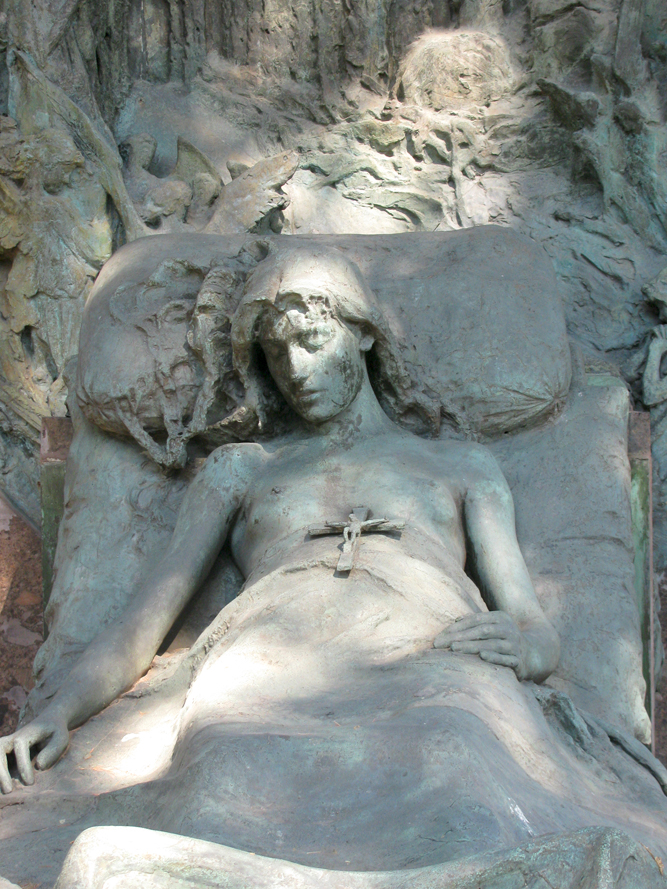
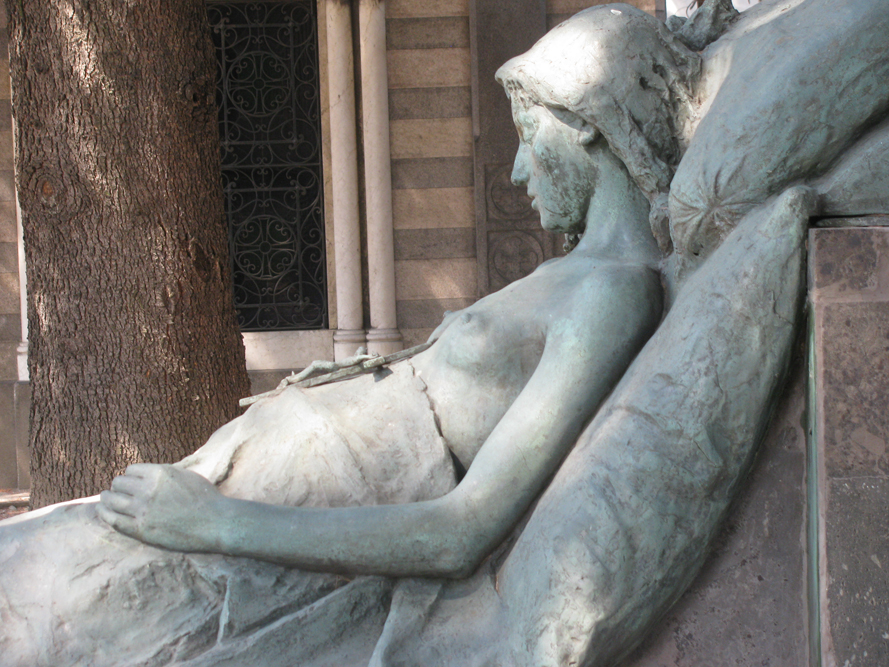

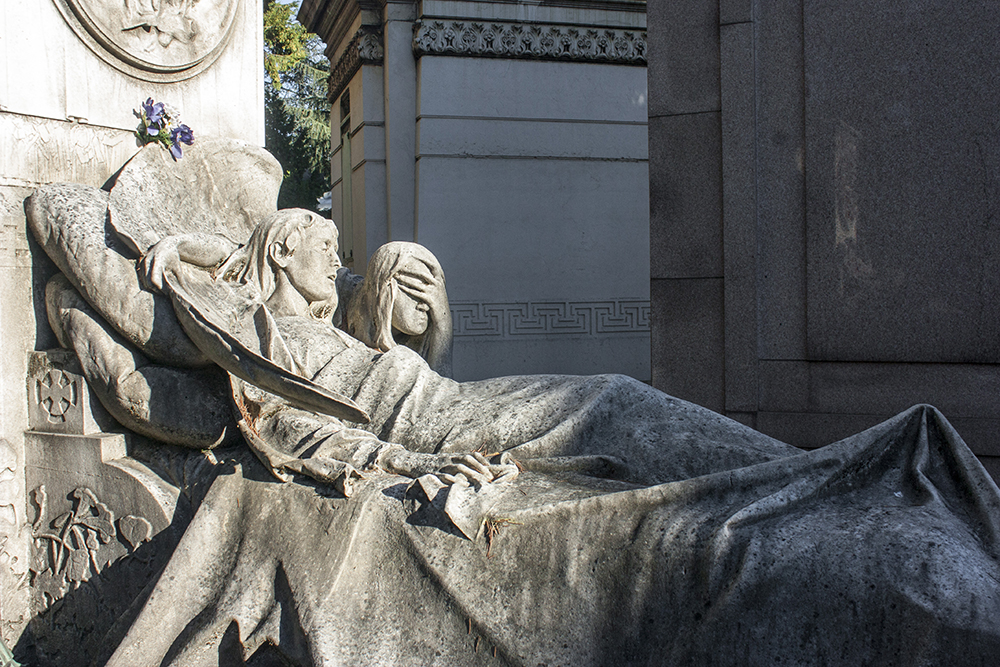
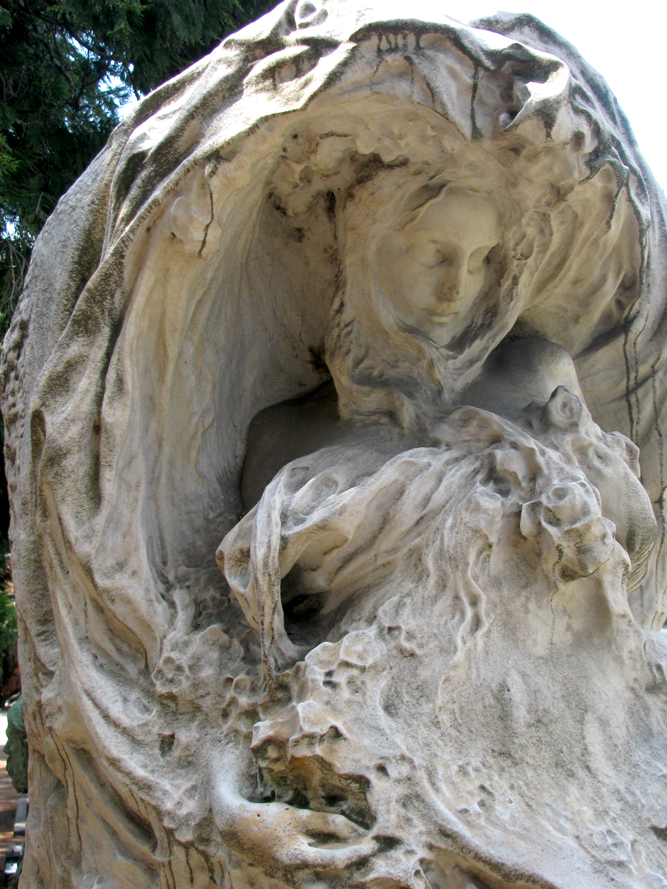


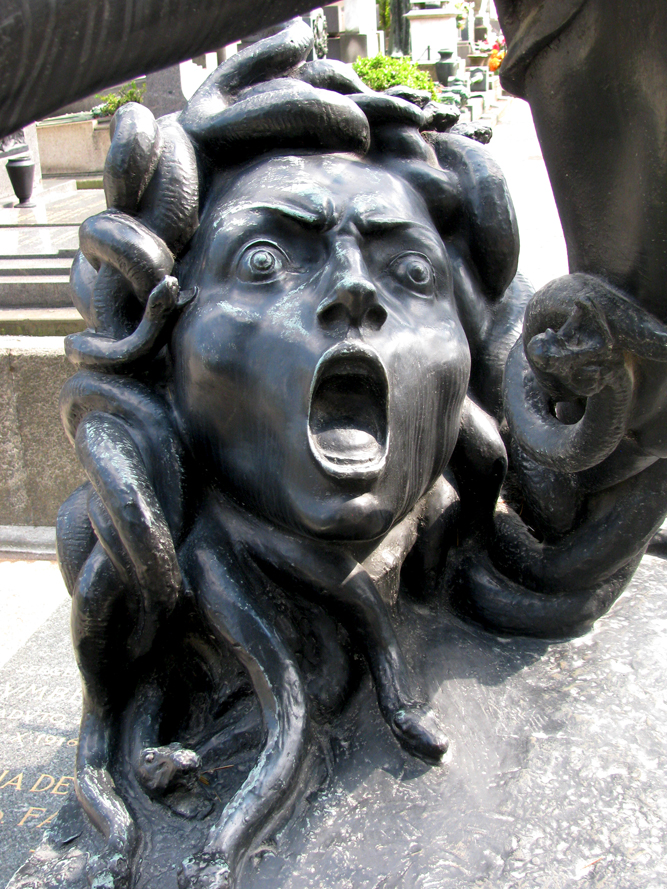
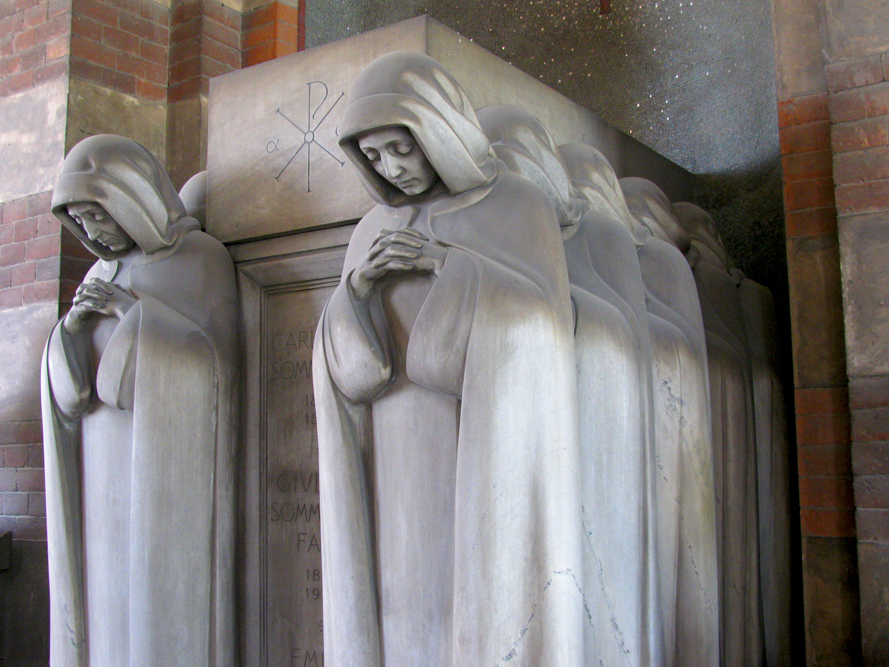
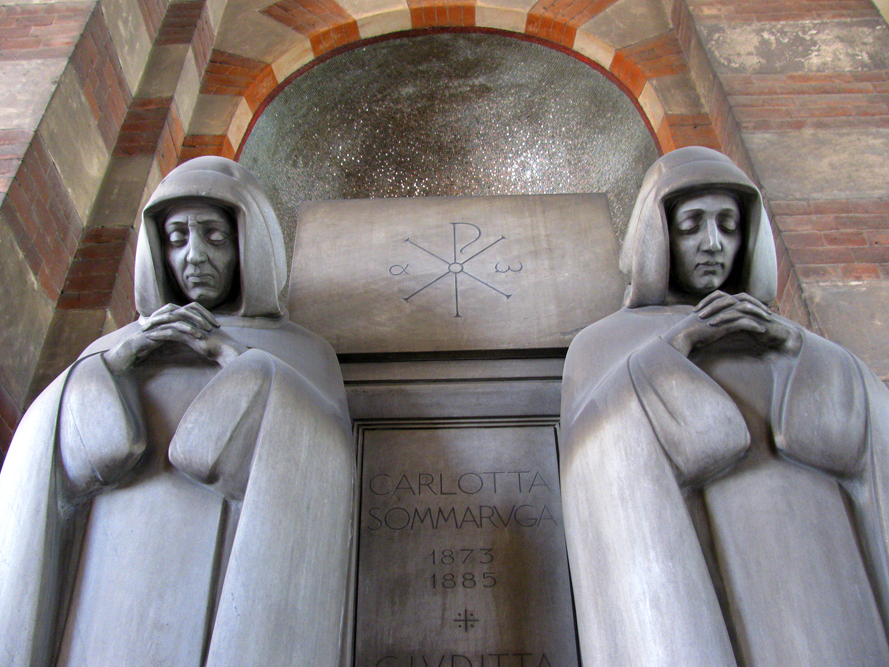
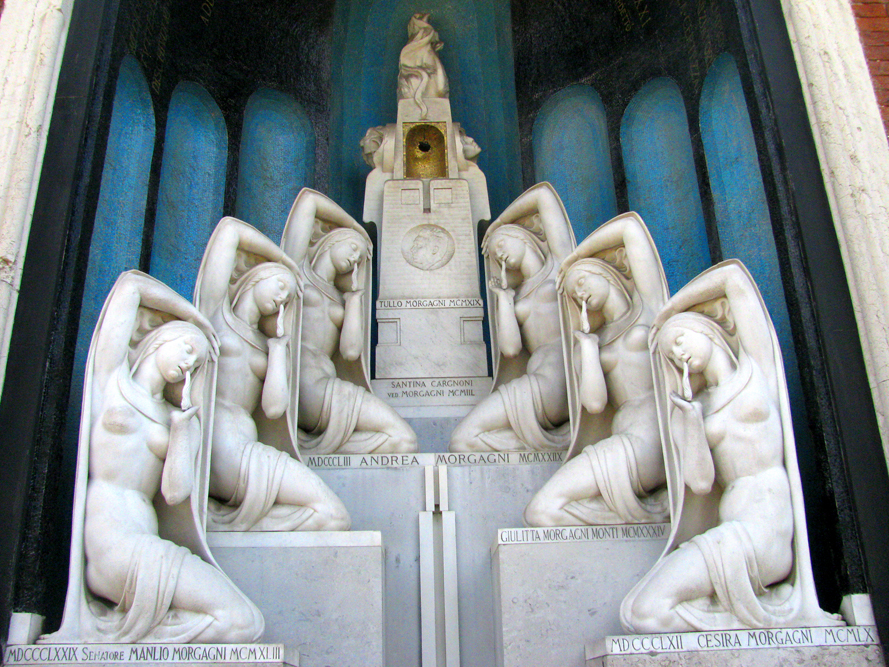


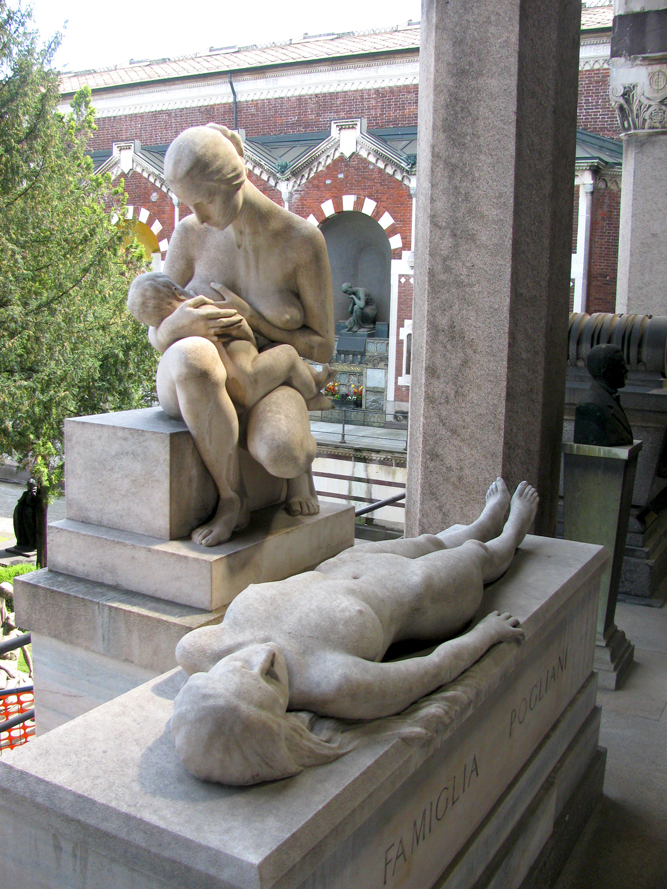
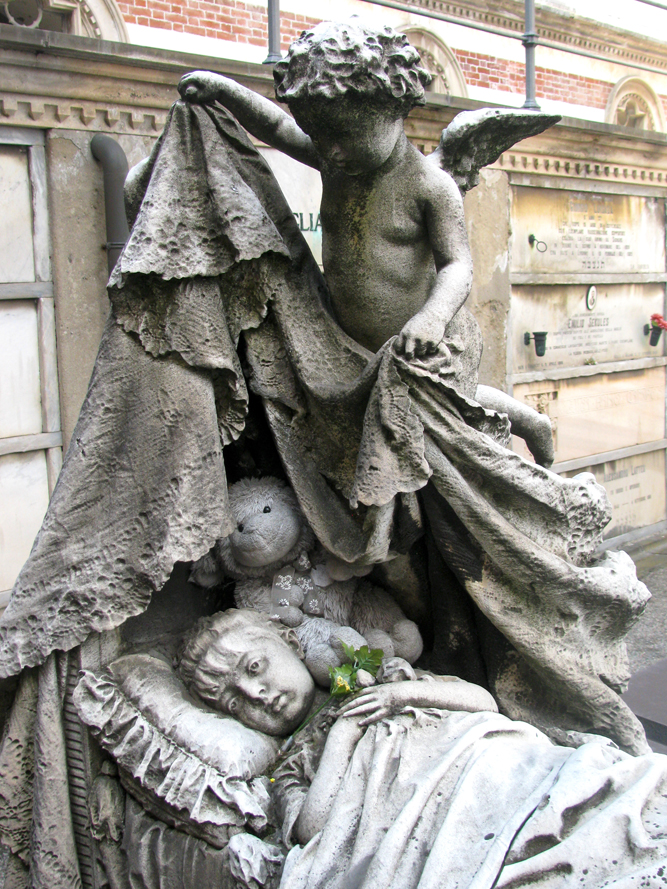
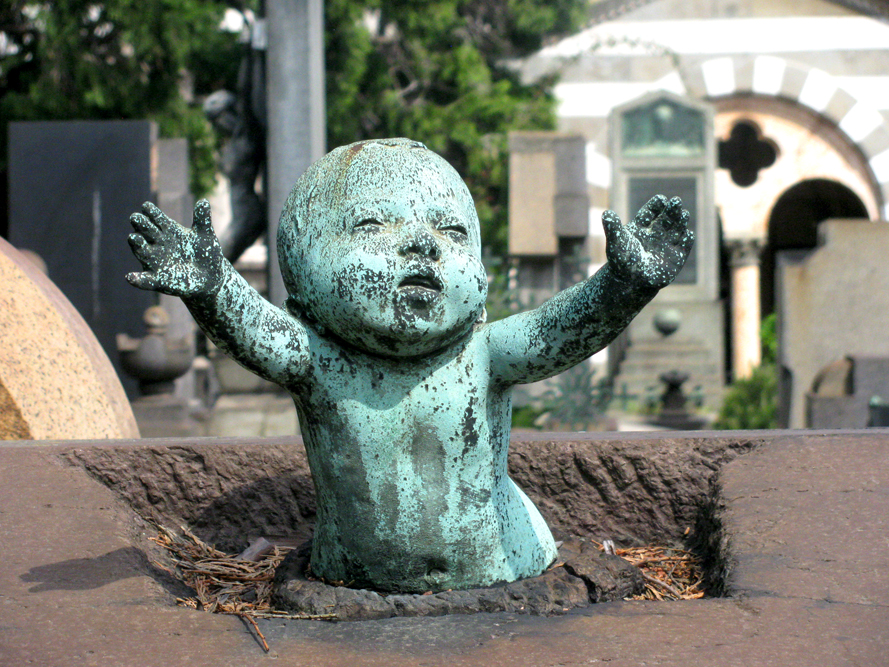


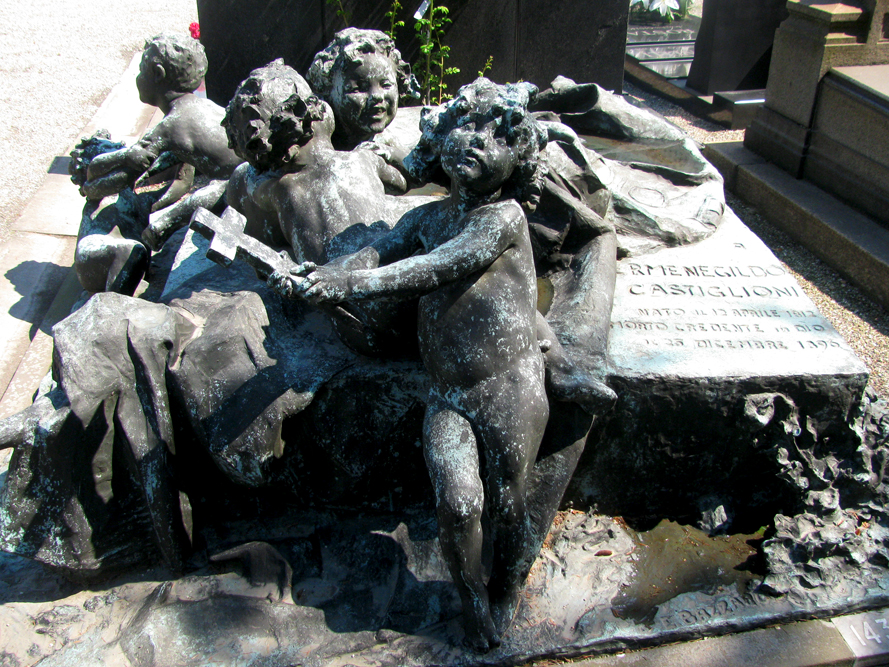
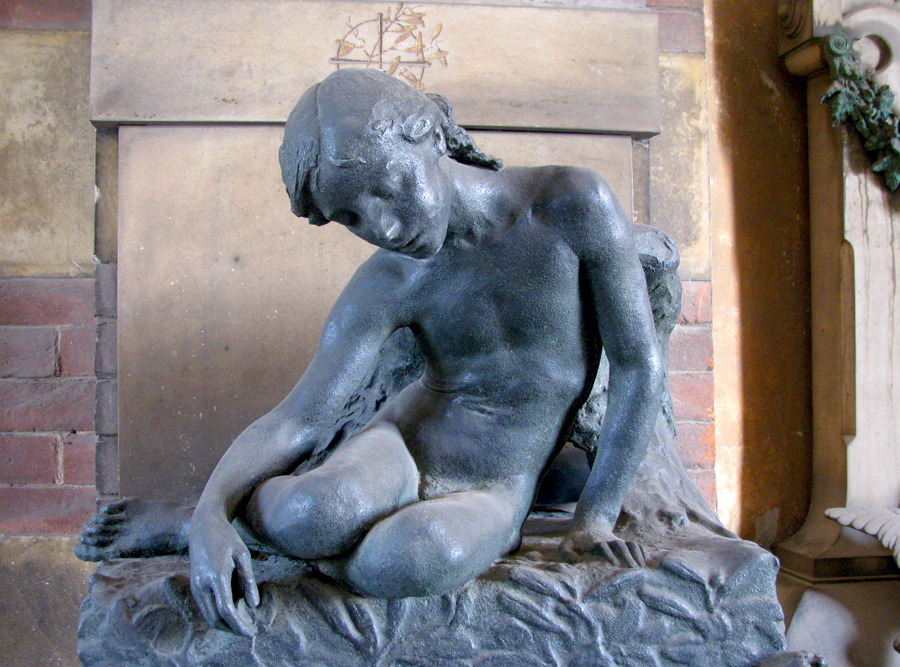
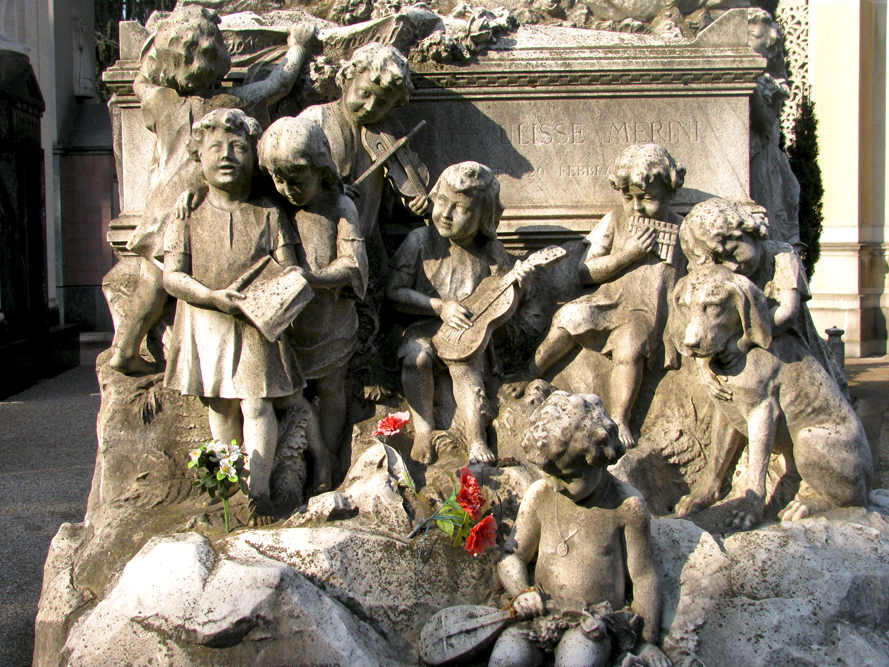
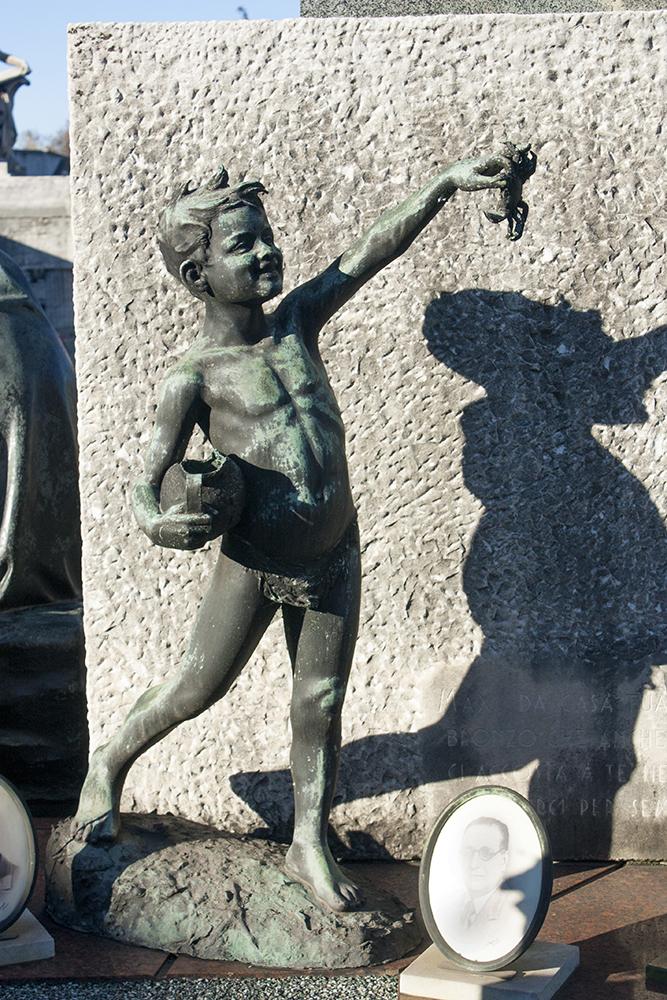




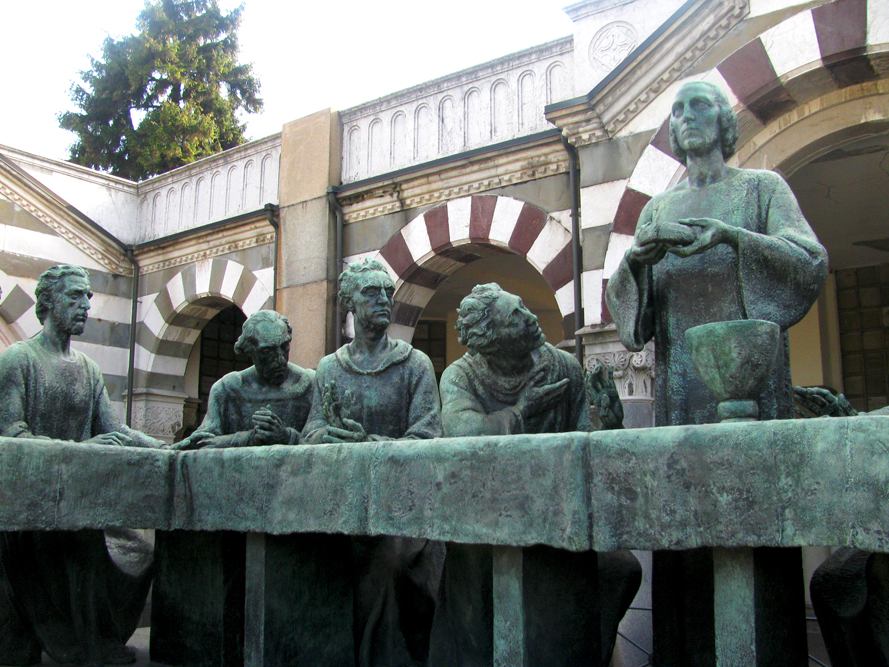
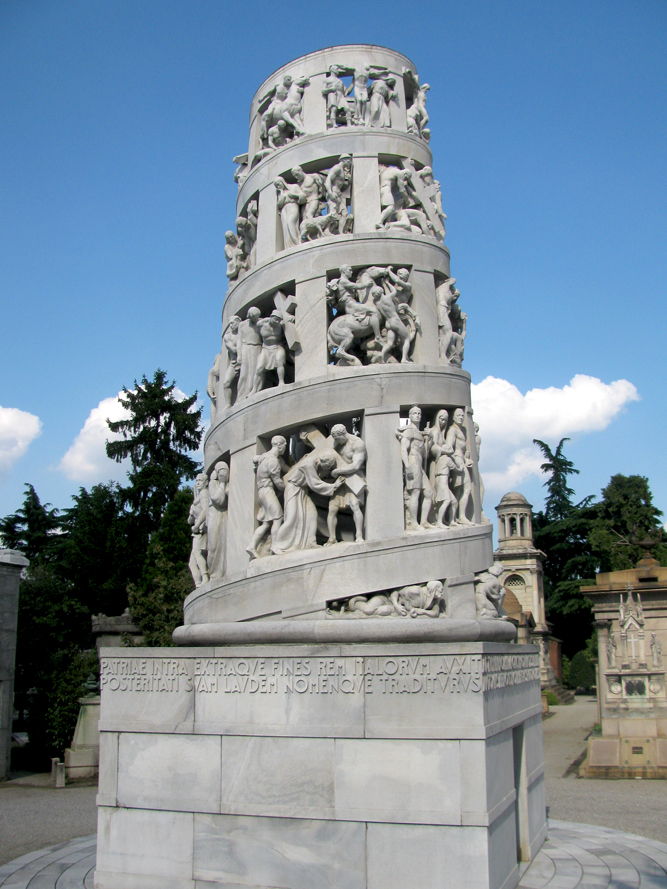
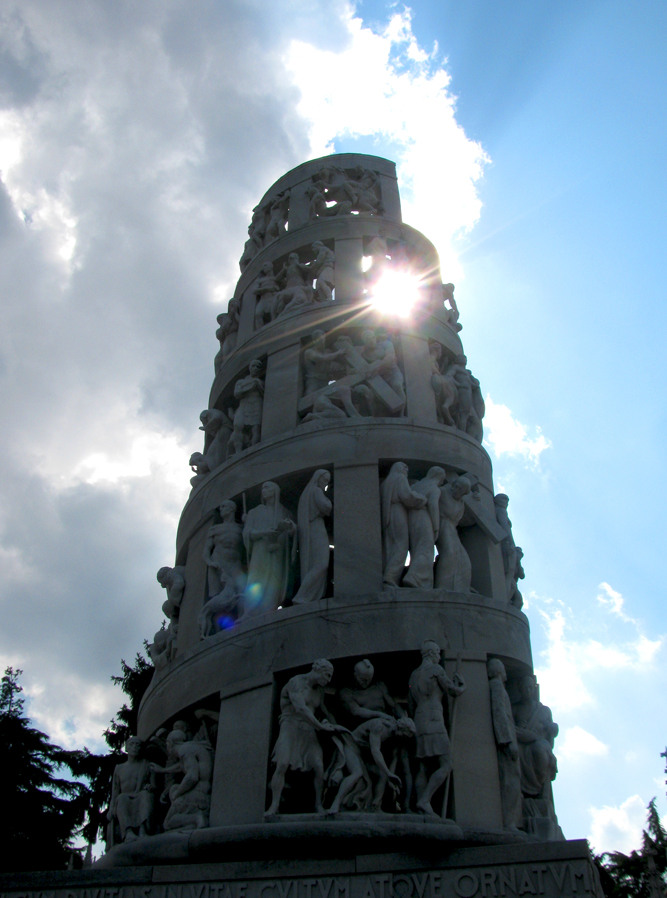
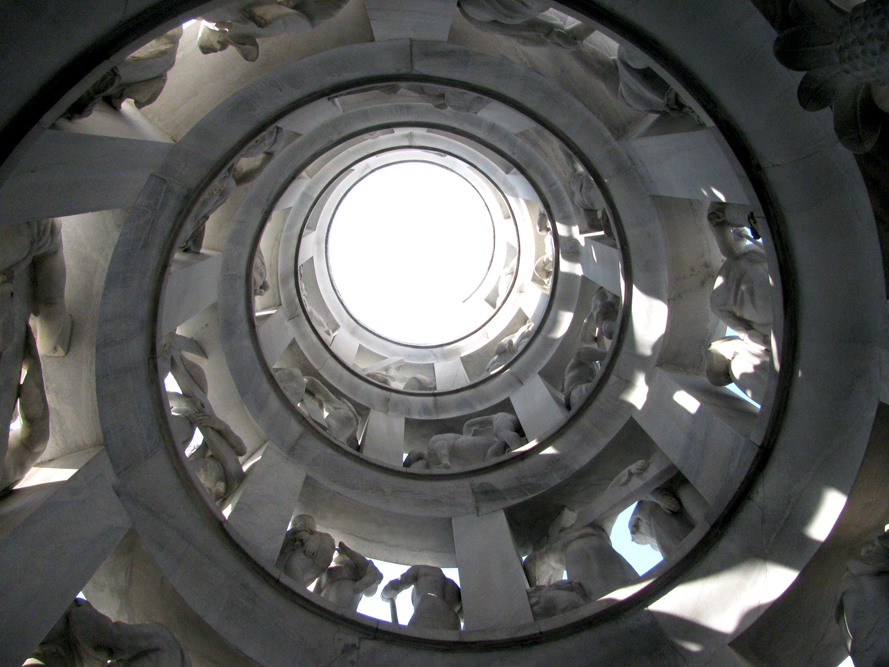
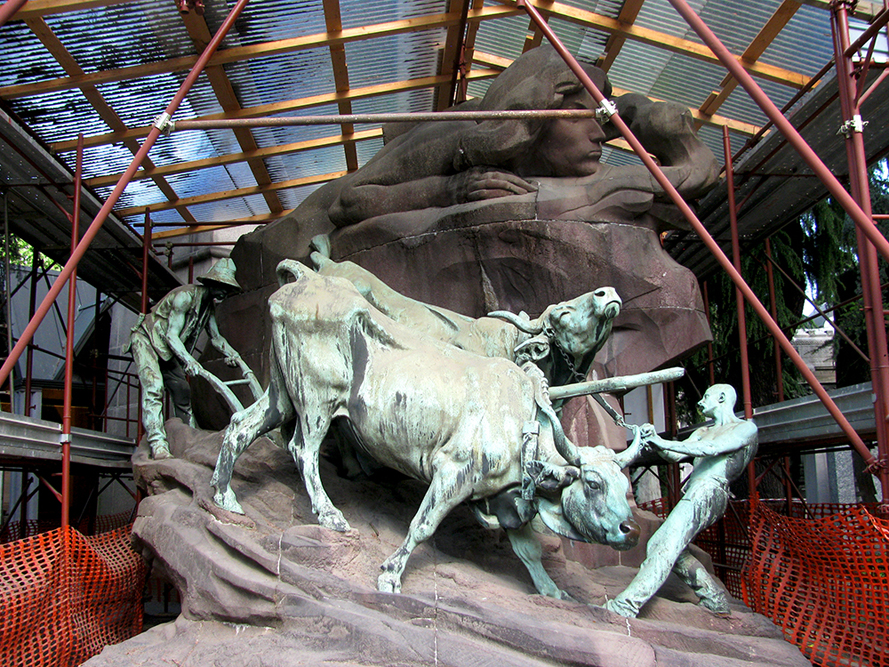
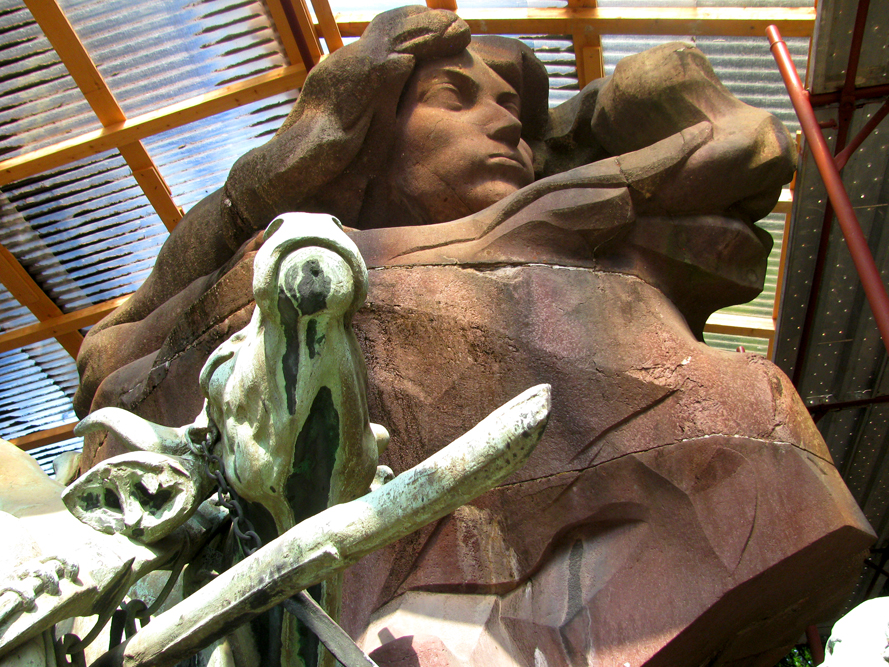
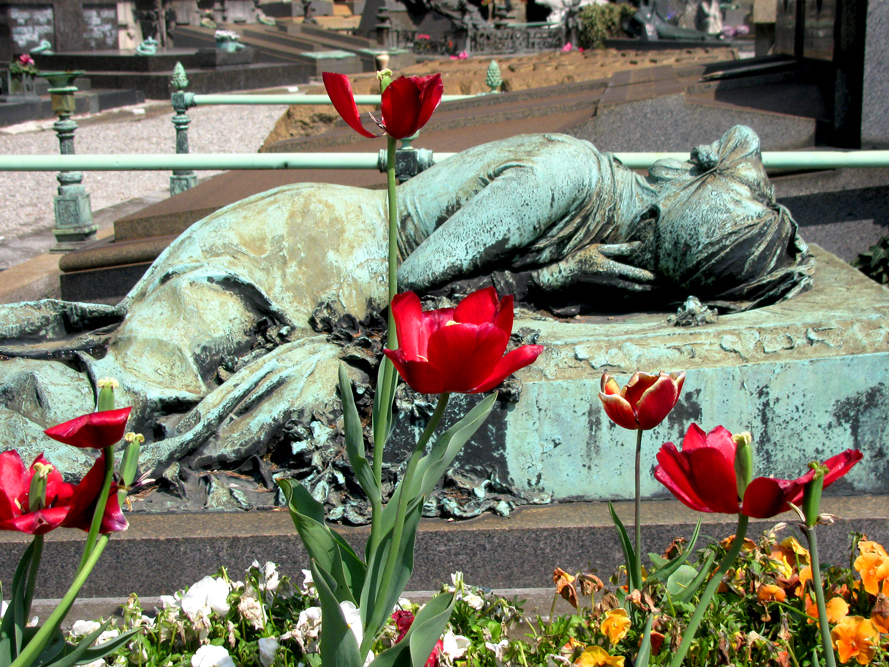
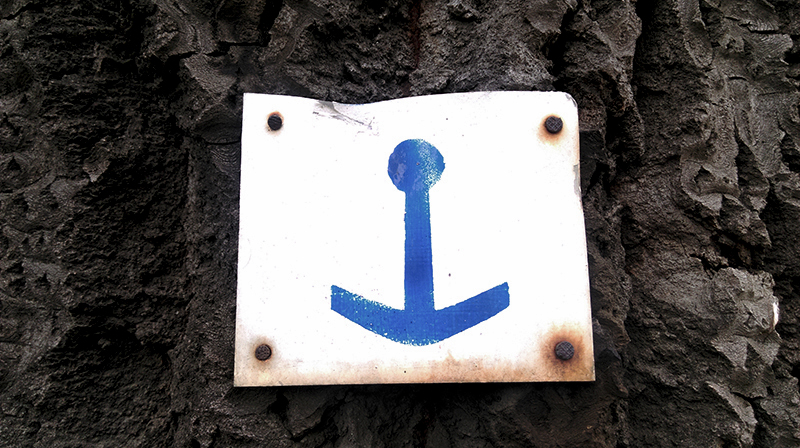
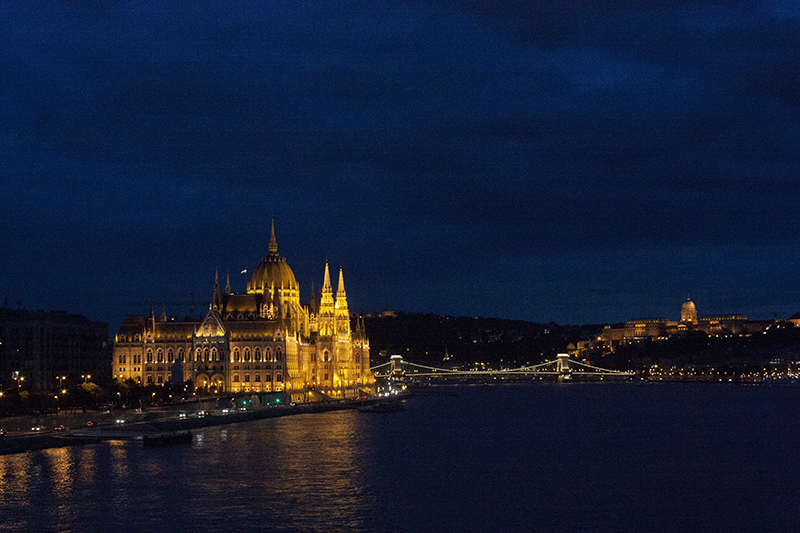










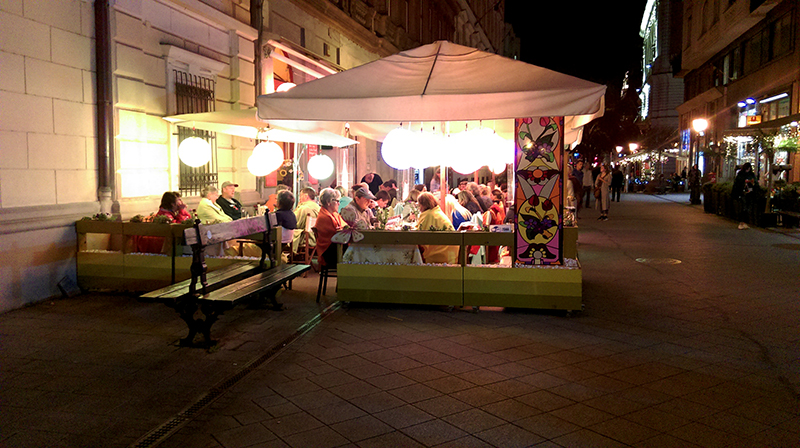
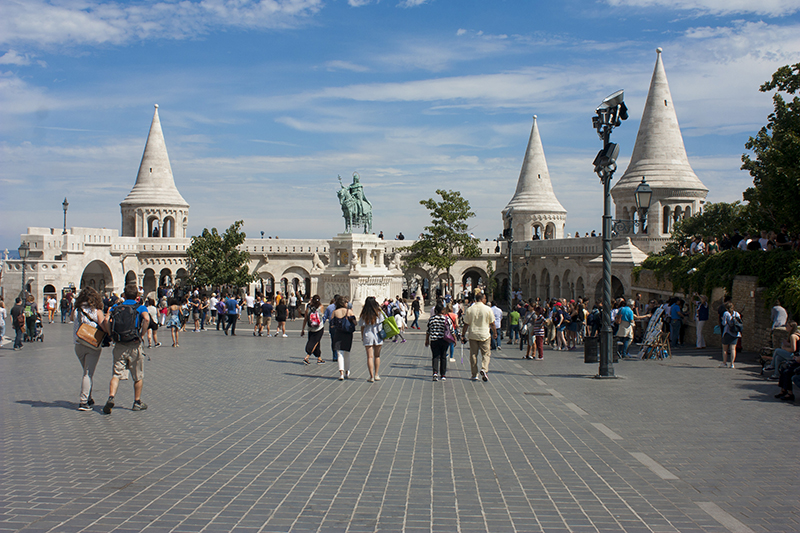
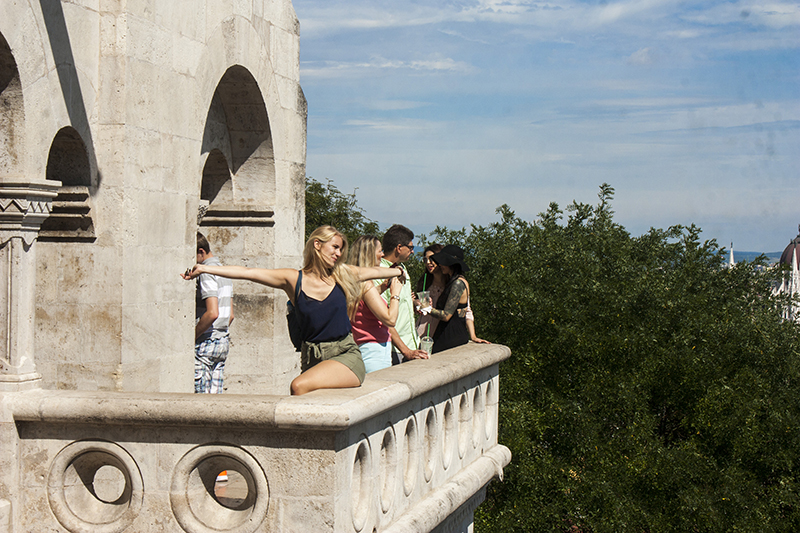

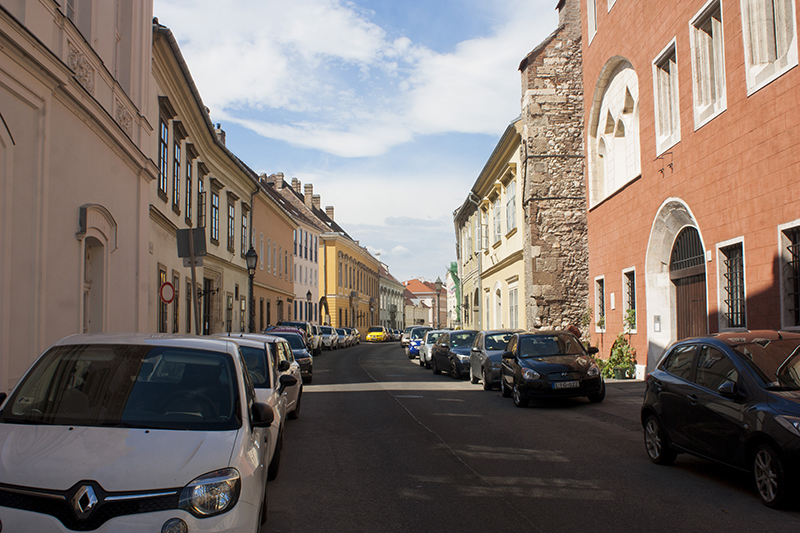




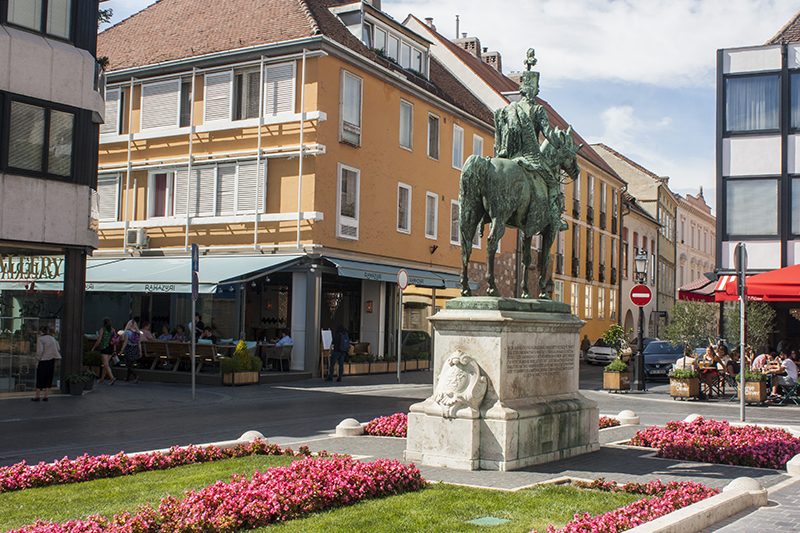
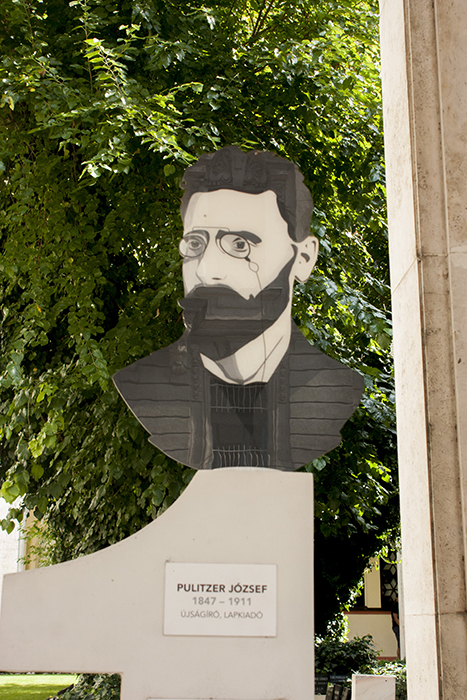
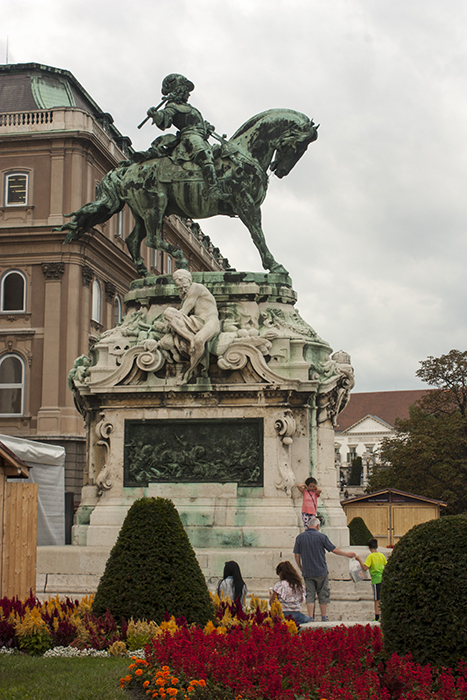
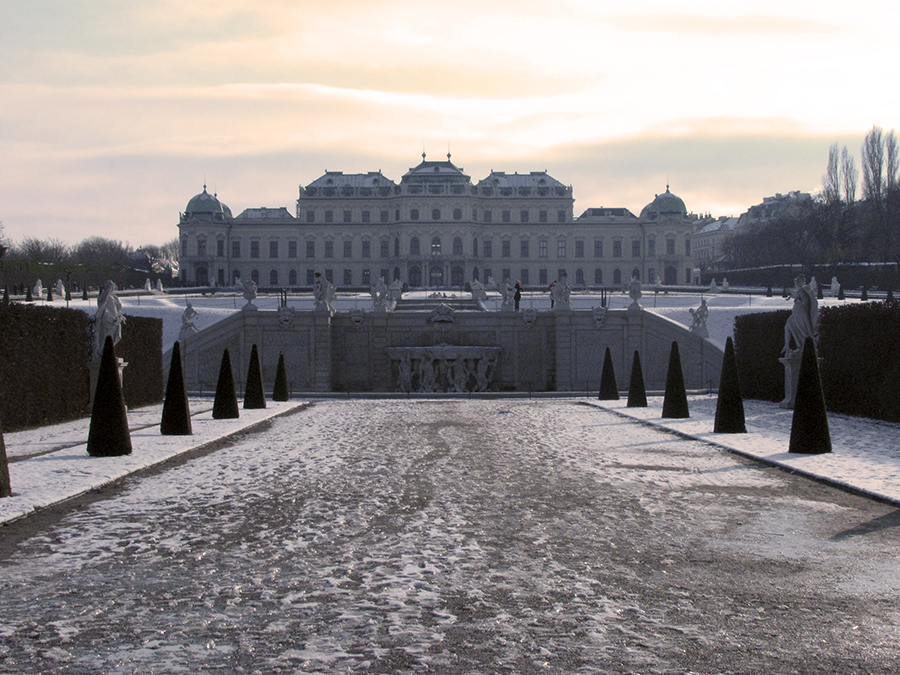
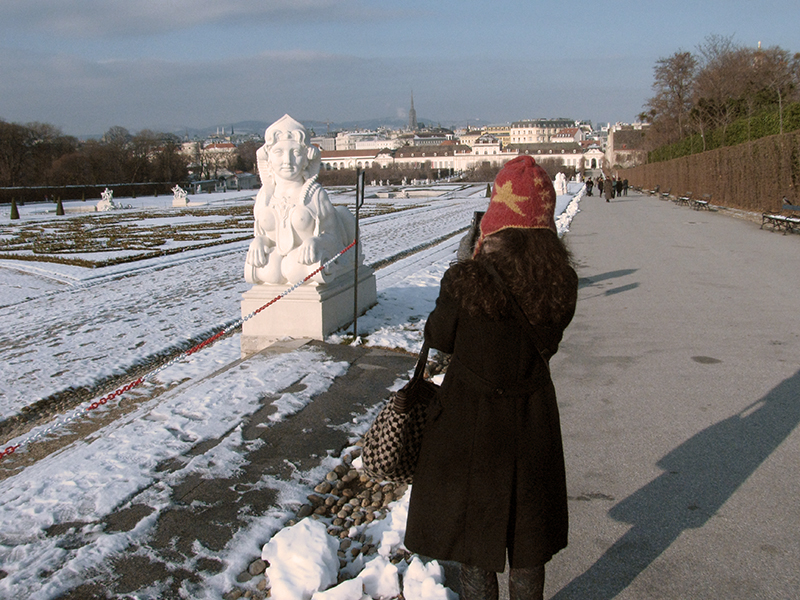

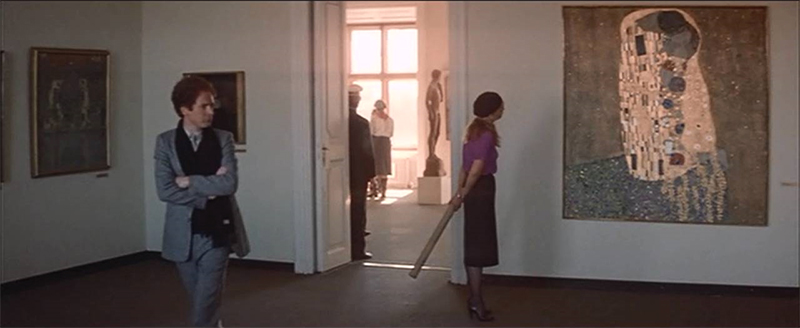




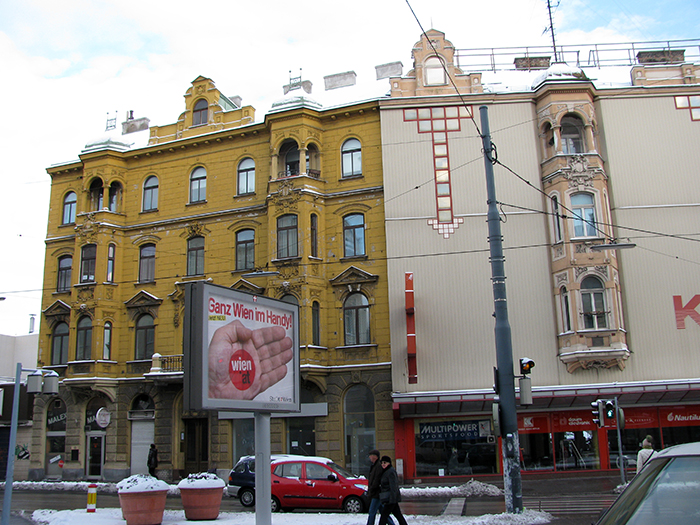

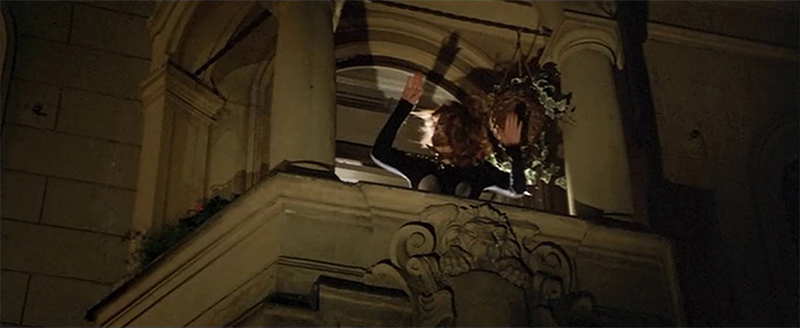
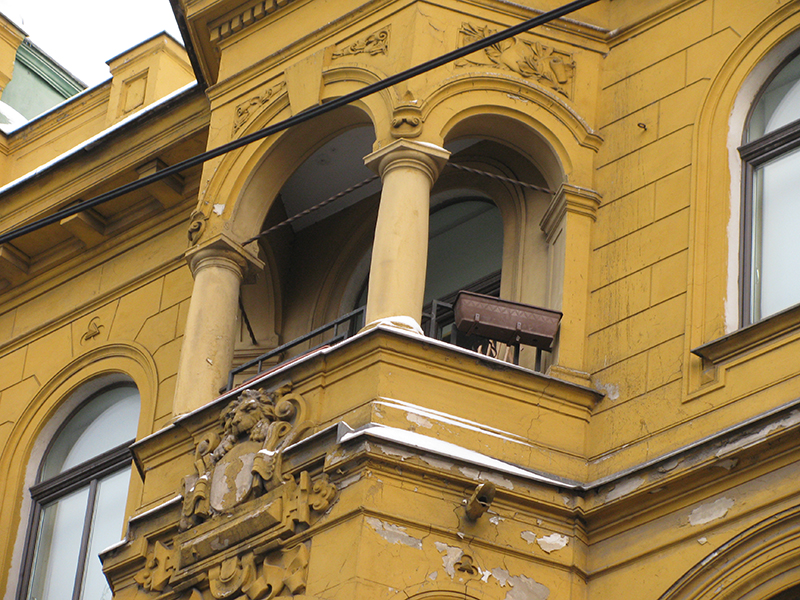
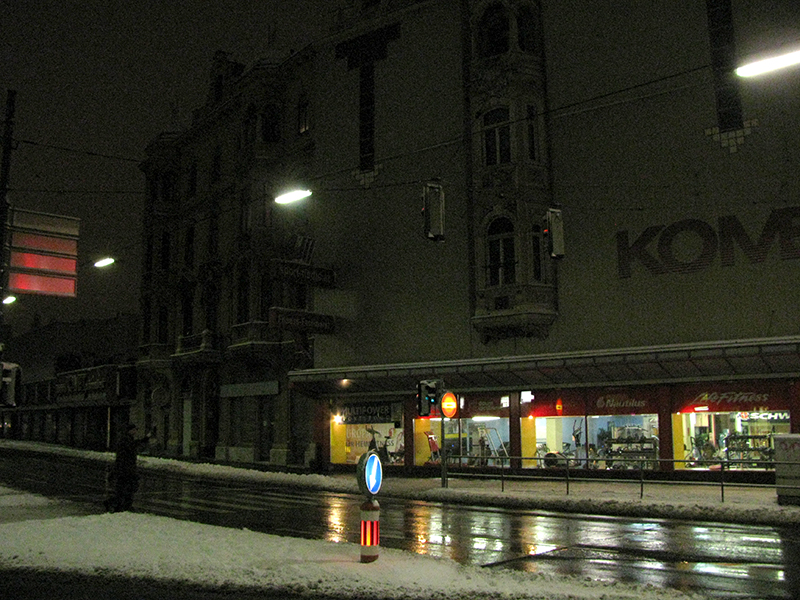


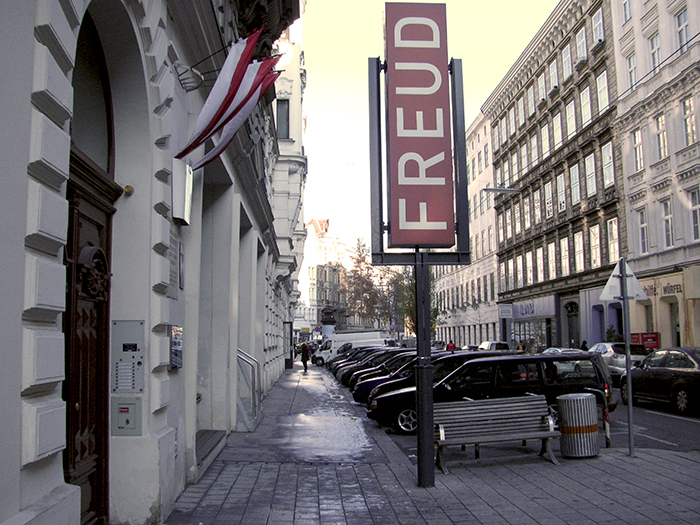



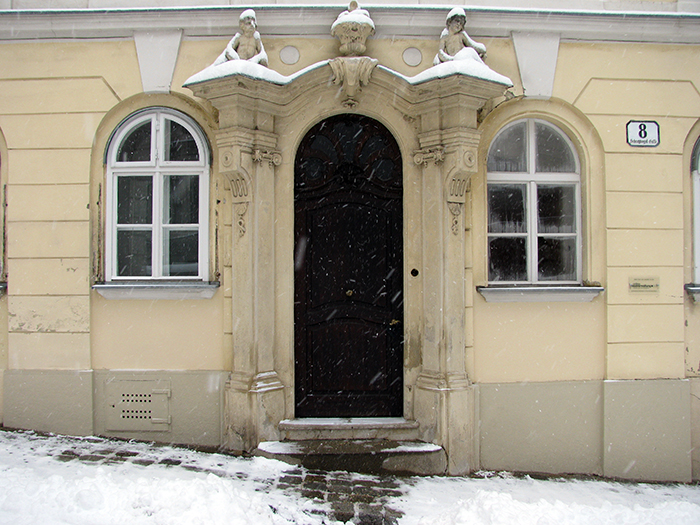
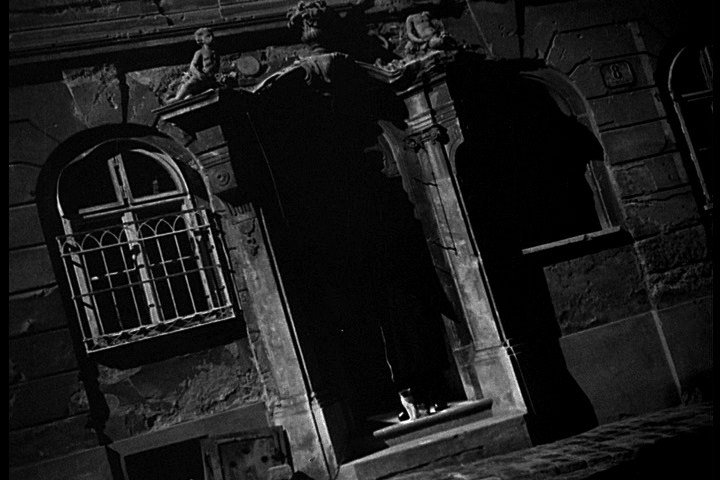

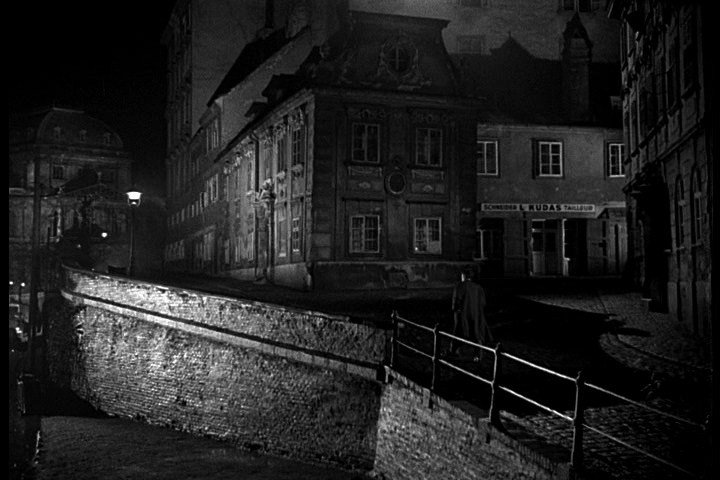
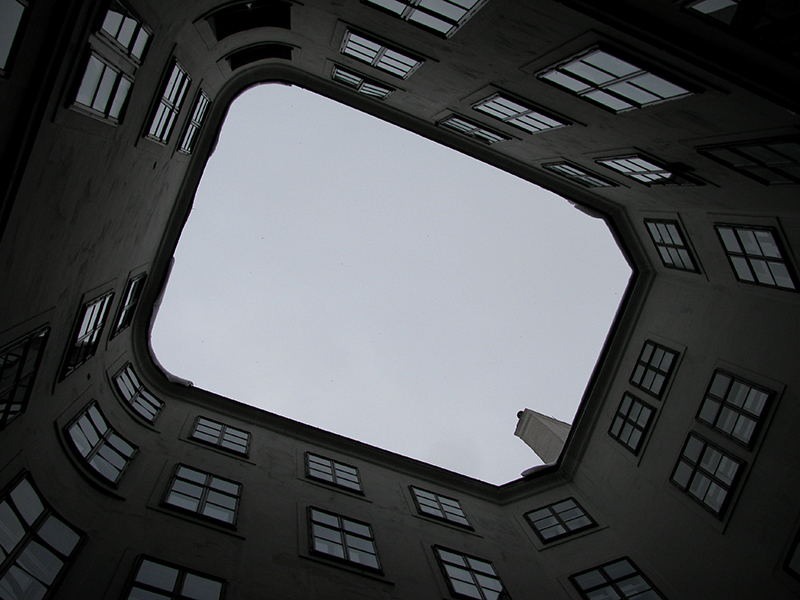
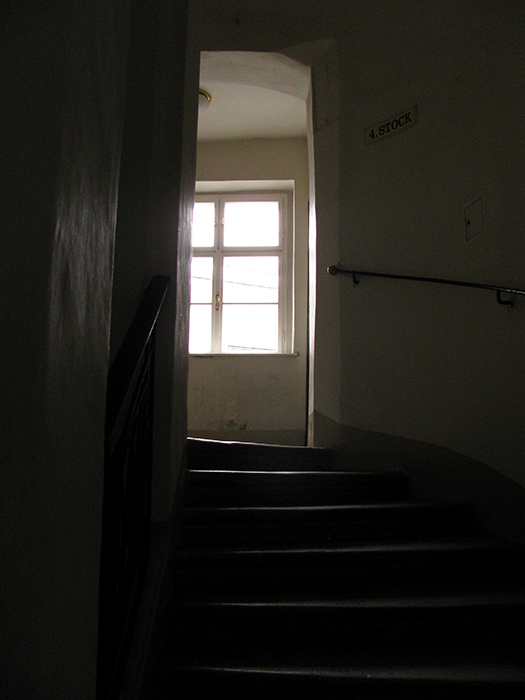

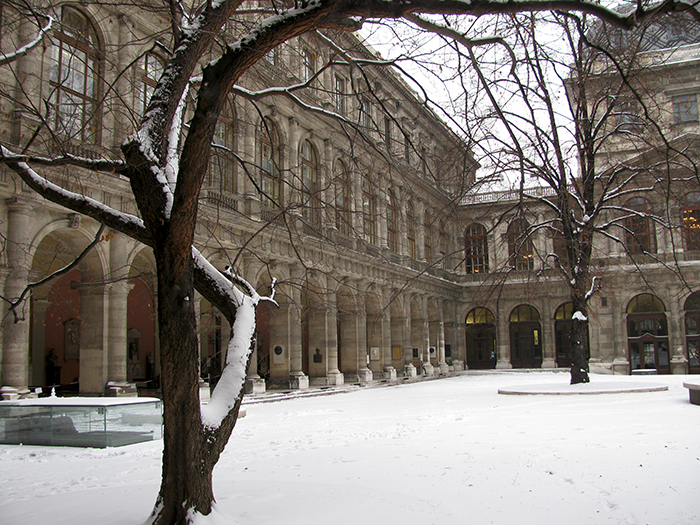
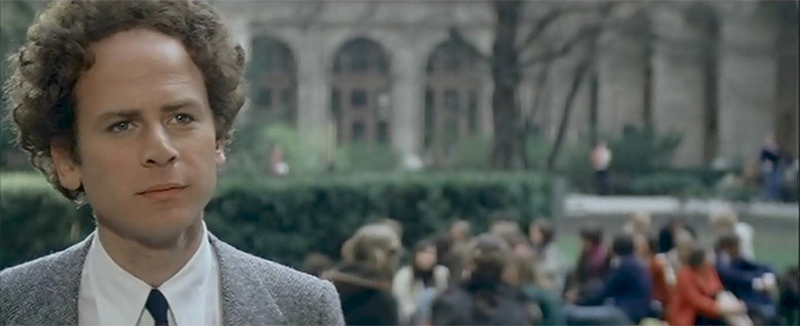
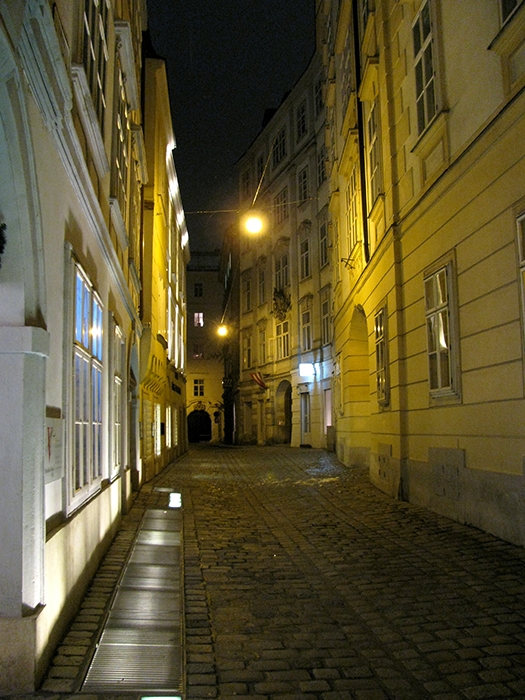


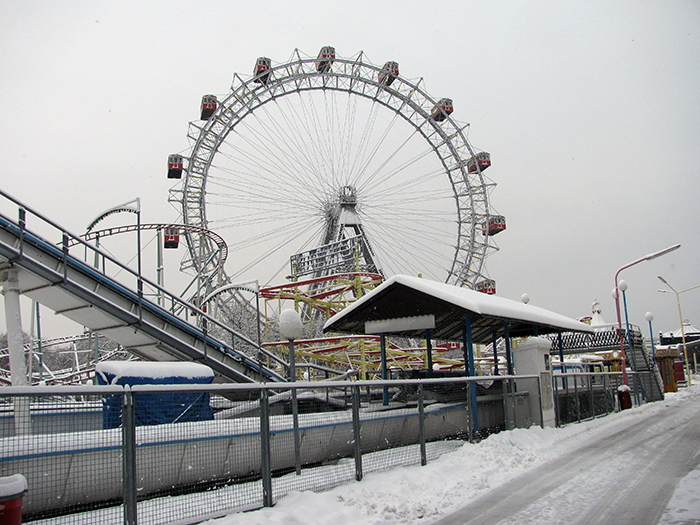

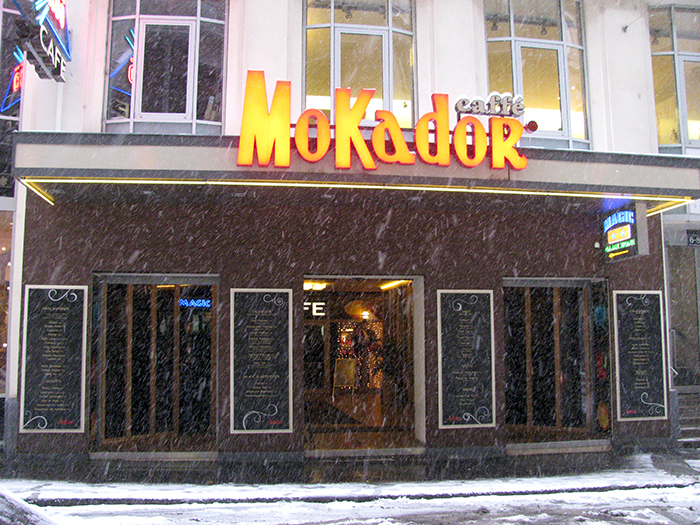

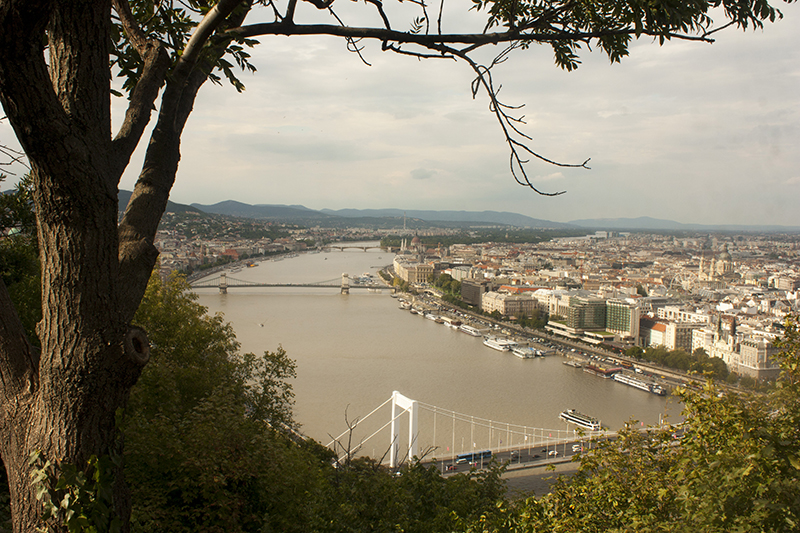
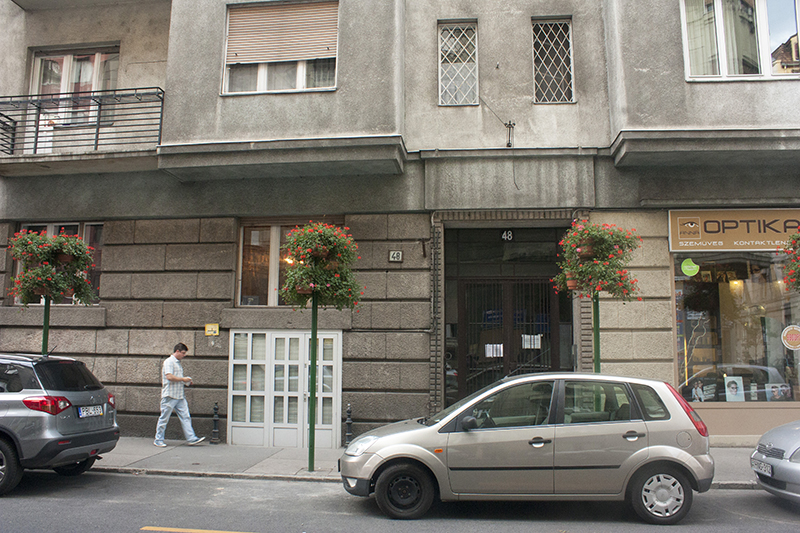
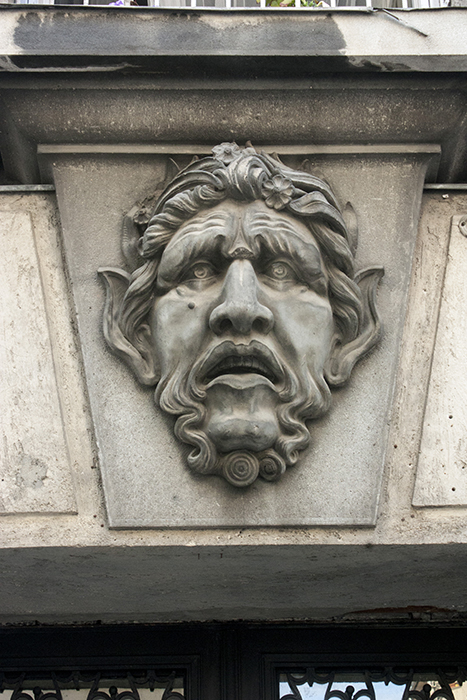

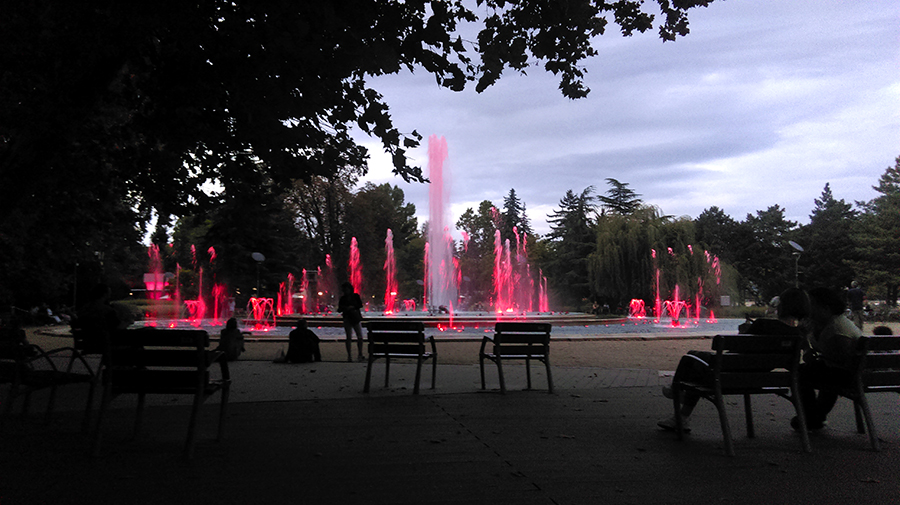
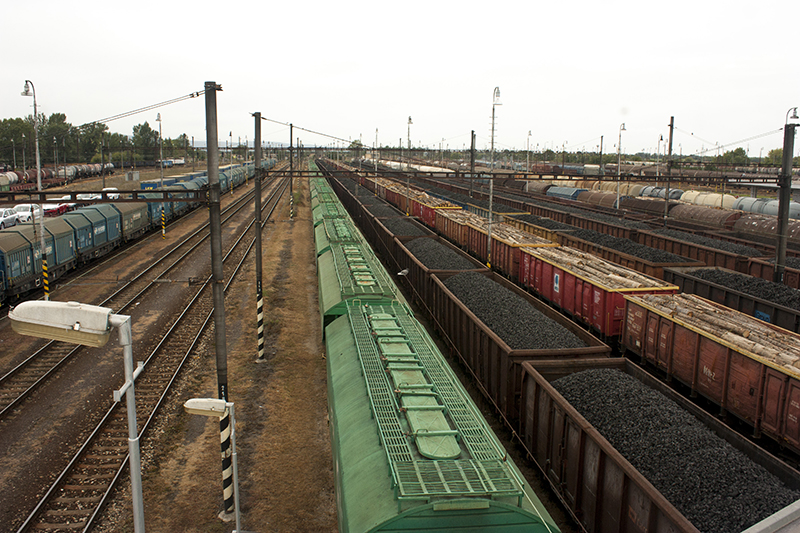
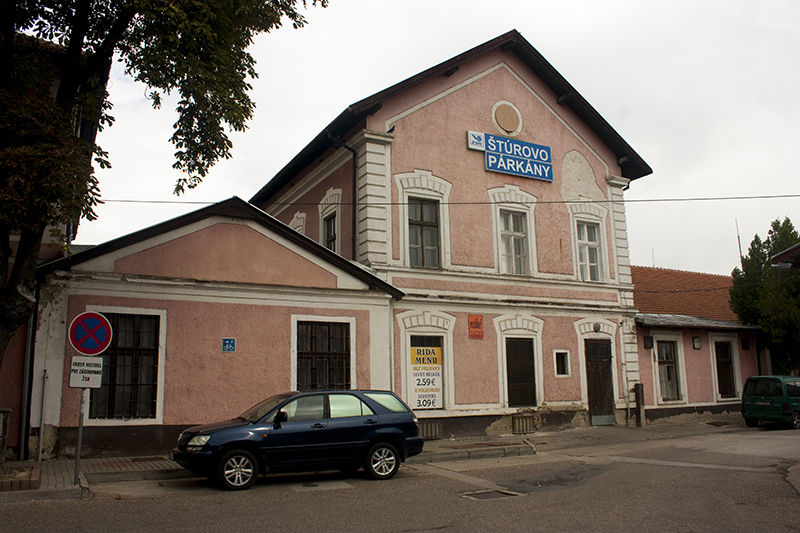

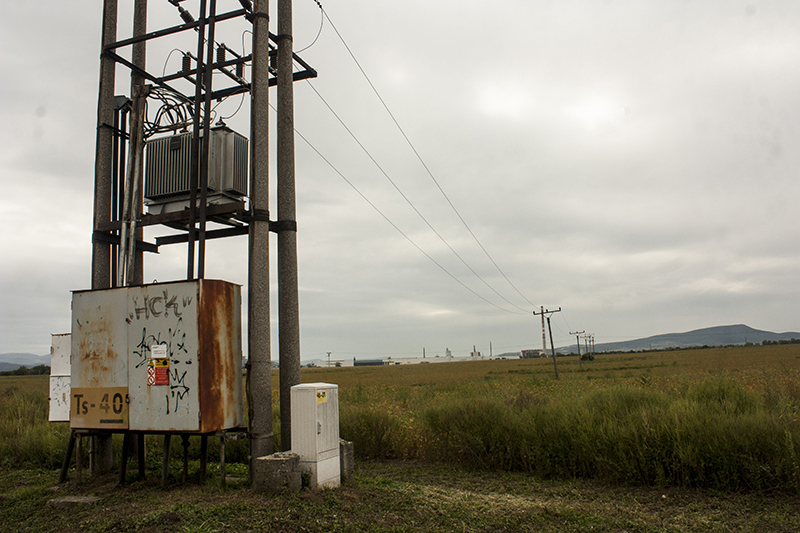
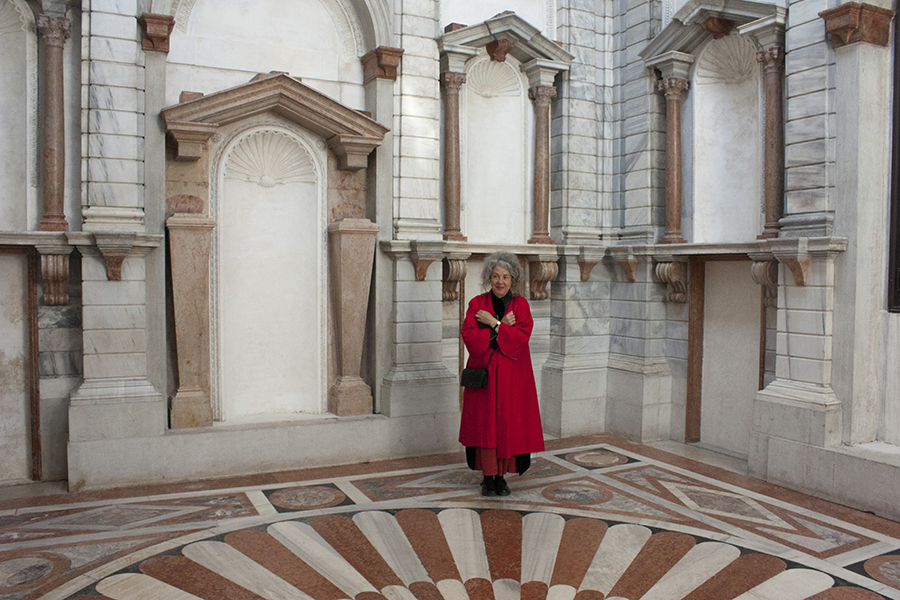

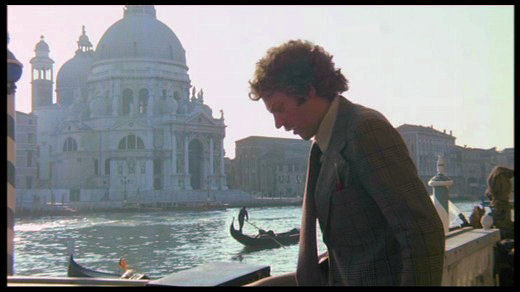
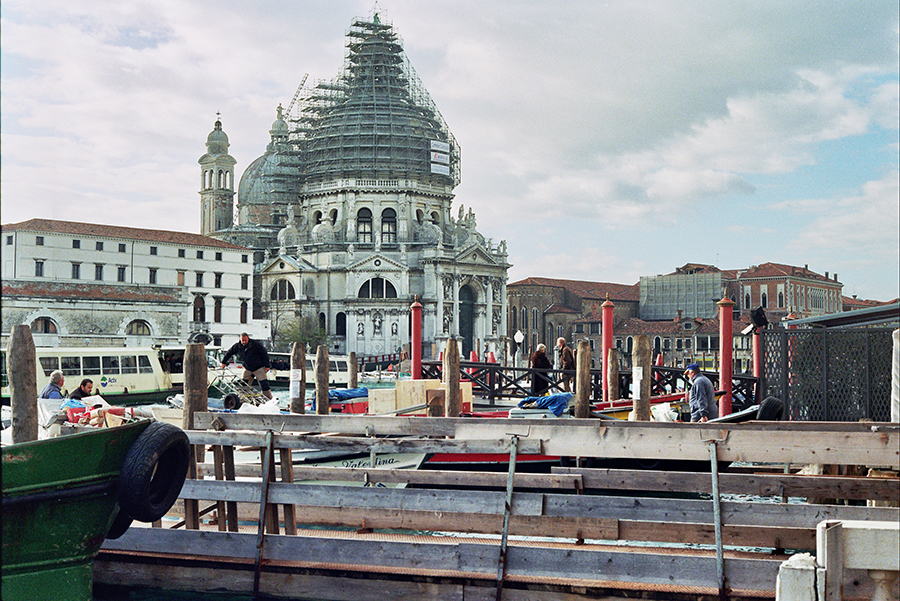
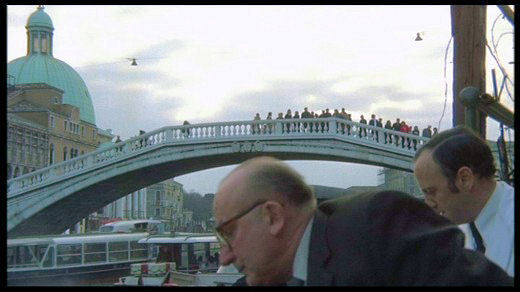
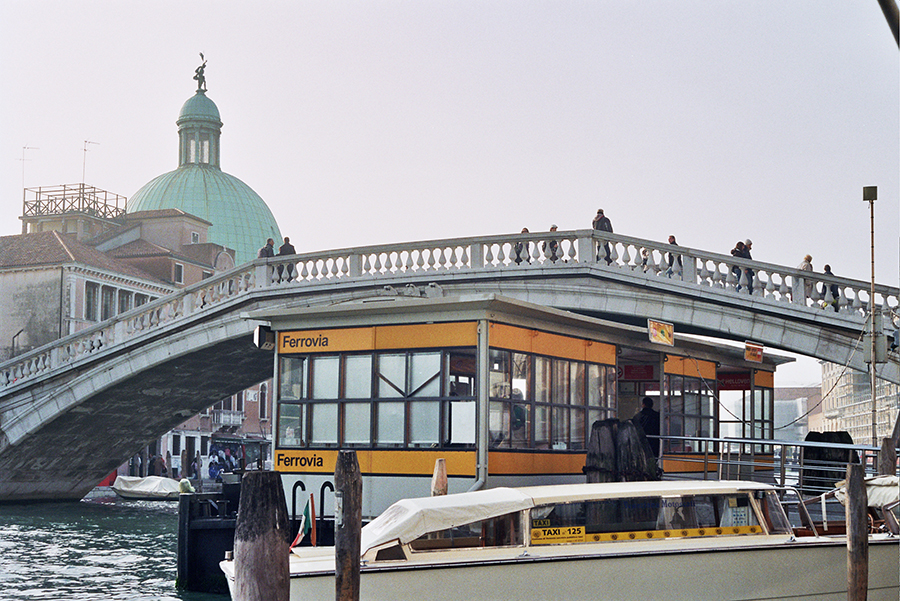
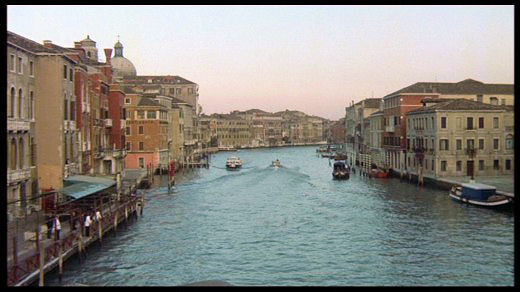
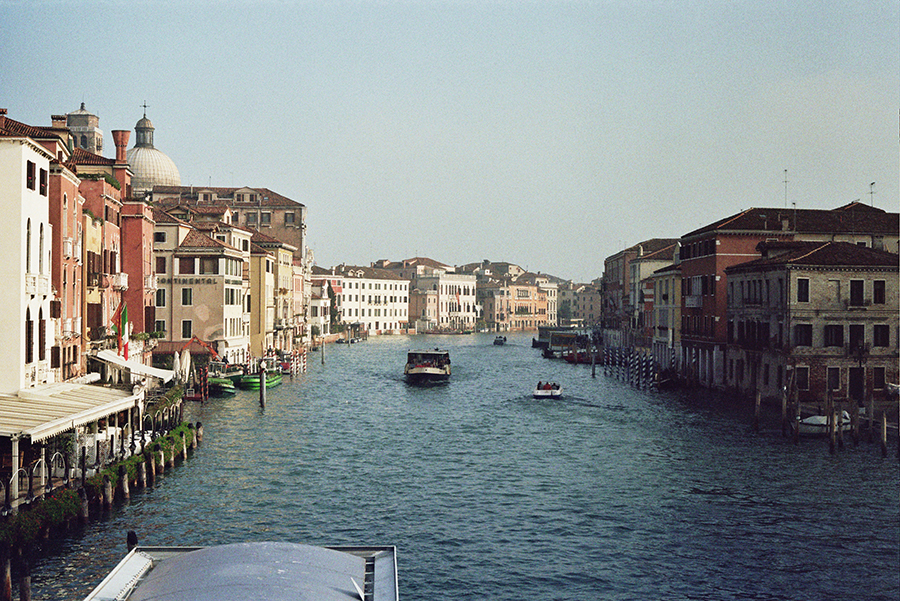

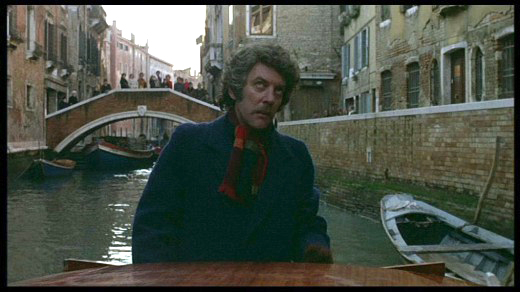
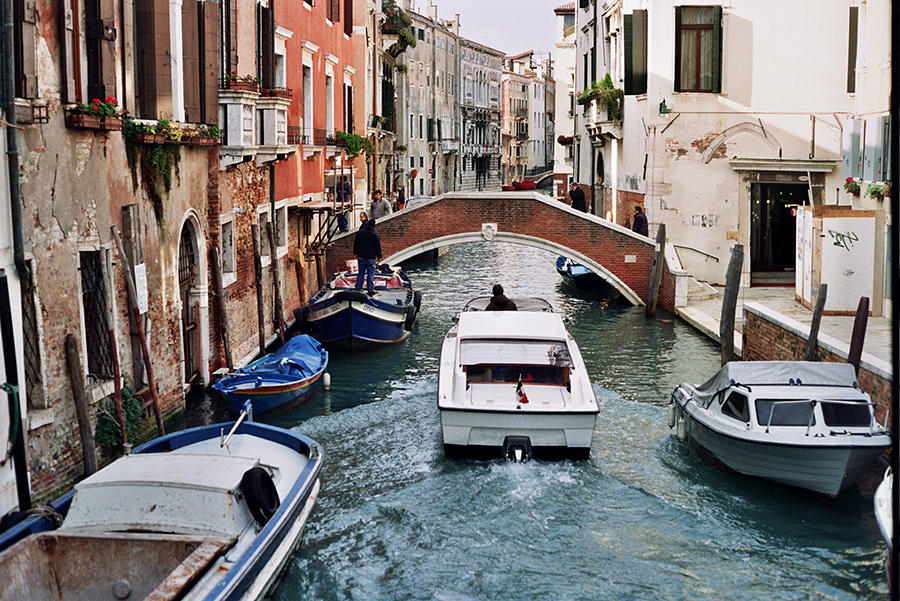
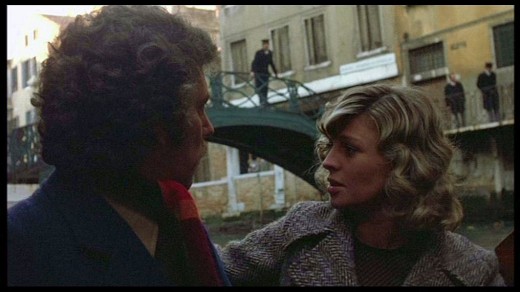
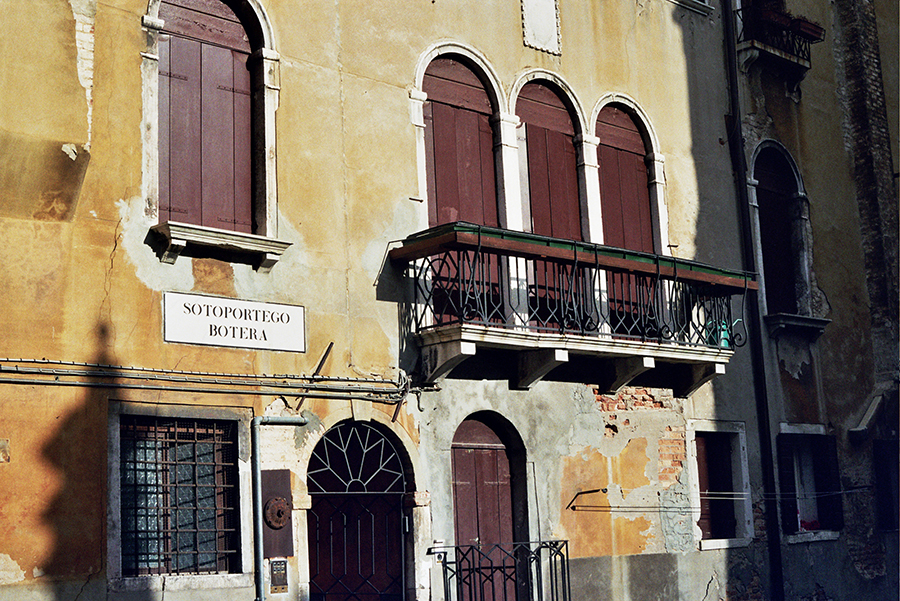
![Don't.Look.Now.1973.DVDRip.x264-DJ.mkv_snapshot_00.19.16_[2017.09.03_21.24.48]](https://freakydog.files.wordpress.com/2017/09/dont-look-now-1973-dvdrip-x264-dj-mkv_snapshot_00-19-16_2017-09-03_21-24-48.jpg)
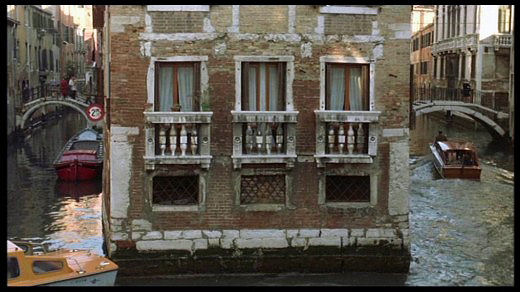 The building is the Palazzo Tetta, the “tit palace”, with the rio della Tetta on the right and rio di San Giovanni Laterano on the left.
The building is the Palazzo Tetta, the “tit palace”, with the rio della Tetta on the right and rio di San Giovanni Laterano on the left.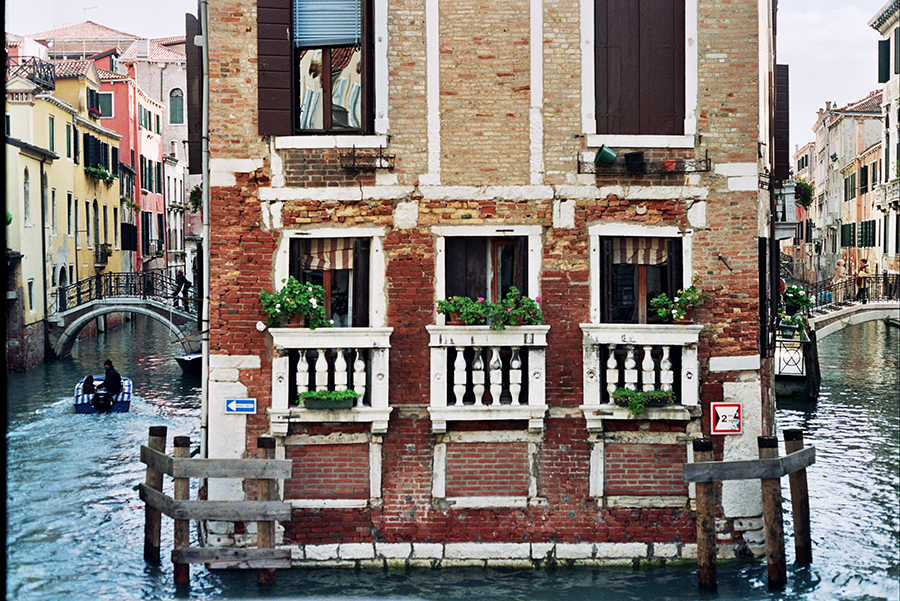
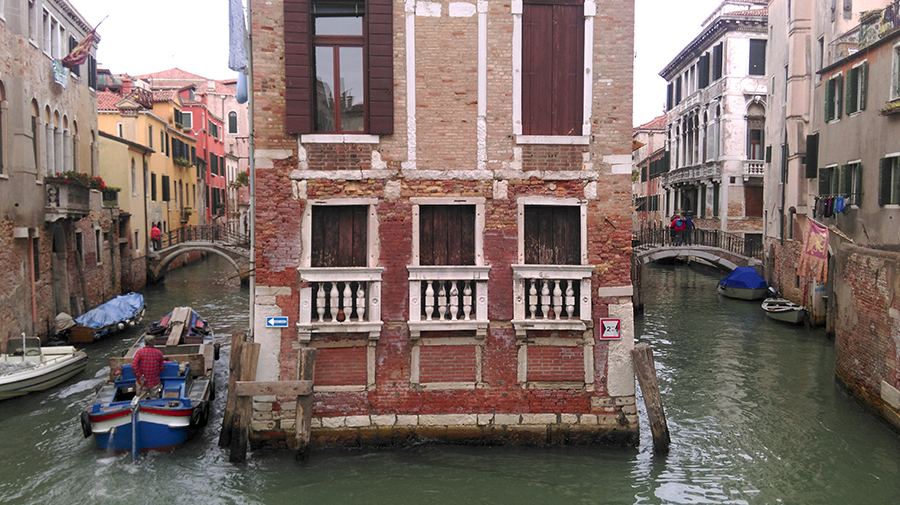



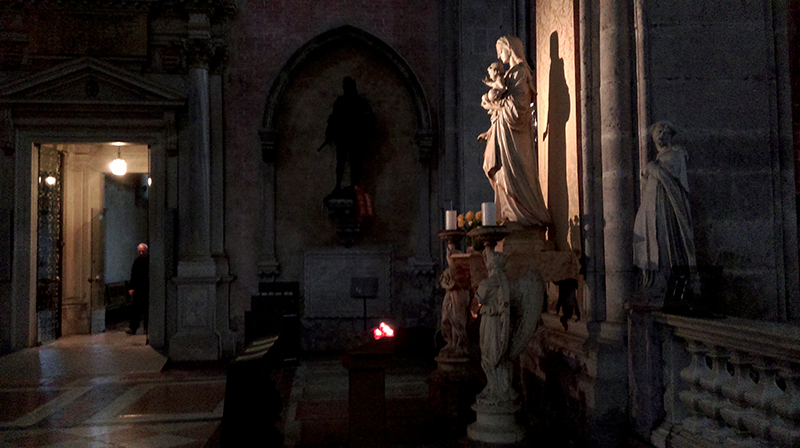
![Don't.Look.Now.1973.DVDRip.x264-DJ.mkv_snapshot_00.22.01_[2017.09.03_21.33.23]](https://freakydog.files.wordpress.com/2017/09/dont-look-now-1973-dvdrip-x264-dj-mkv_snapshot_00-22-01_2017-09-03_21-33-23.jpg)
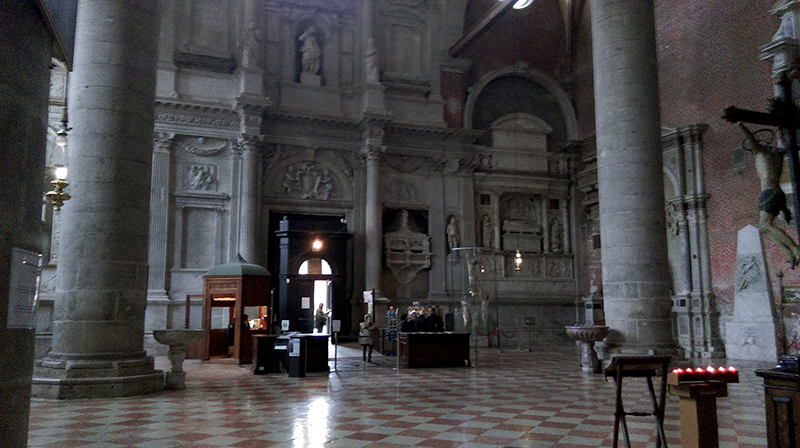
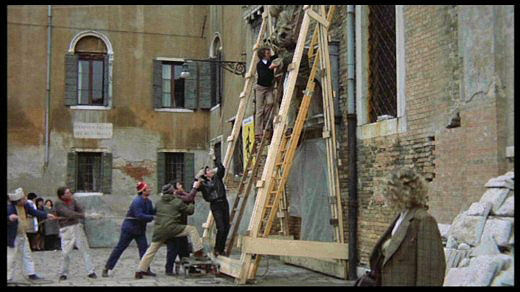

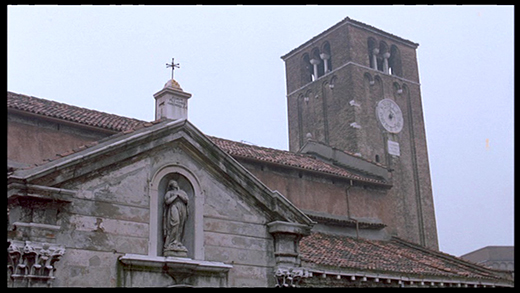
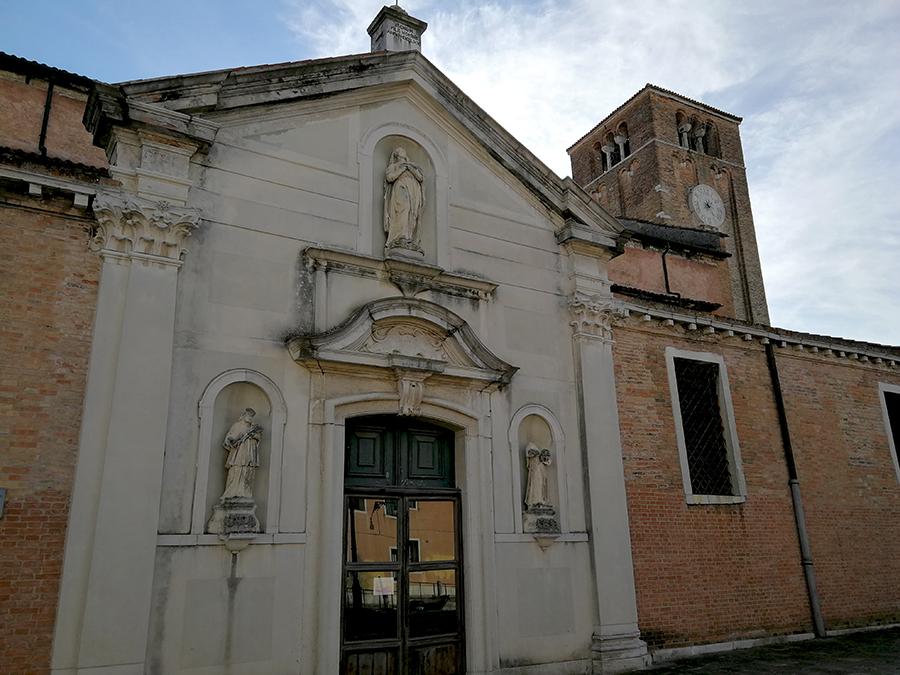


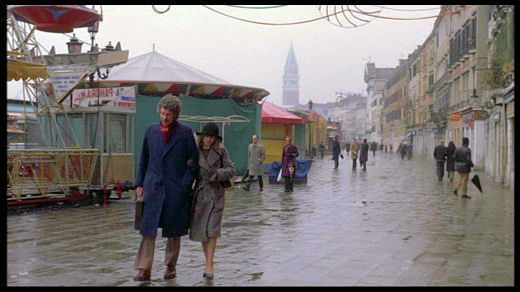
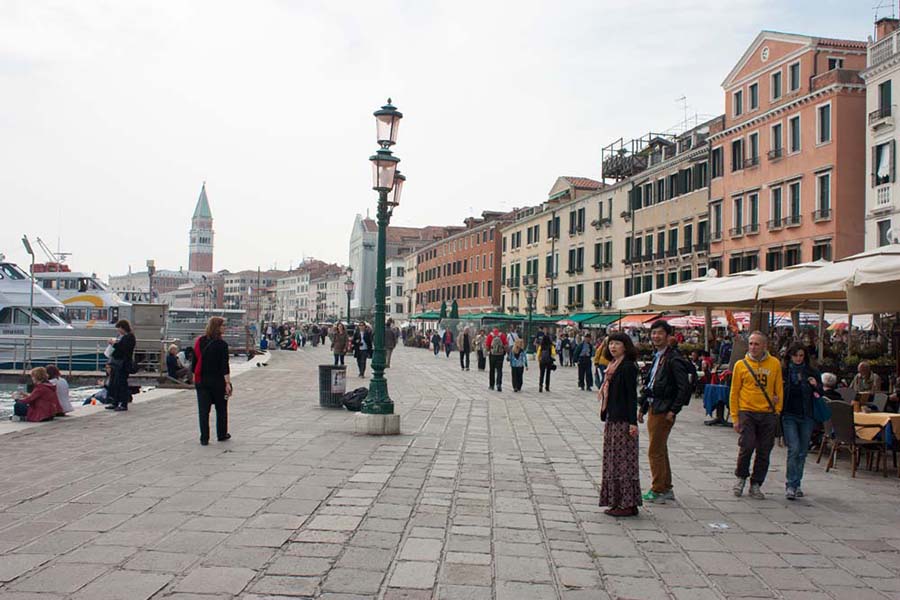
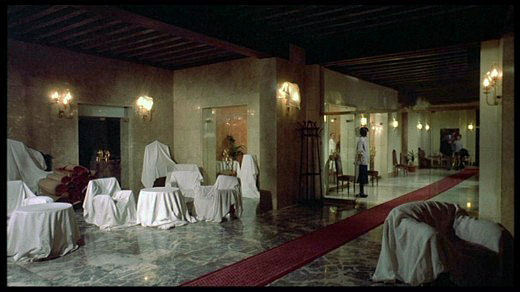

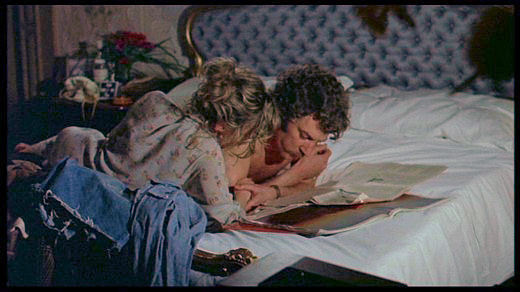


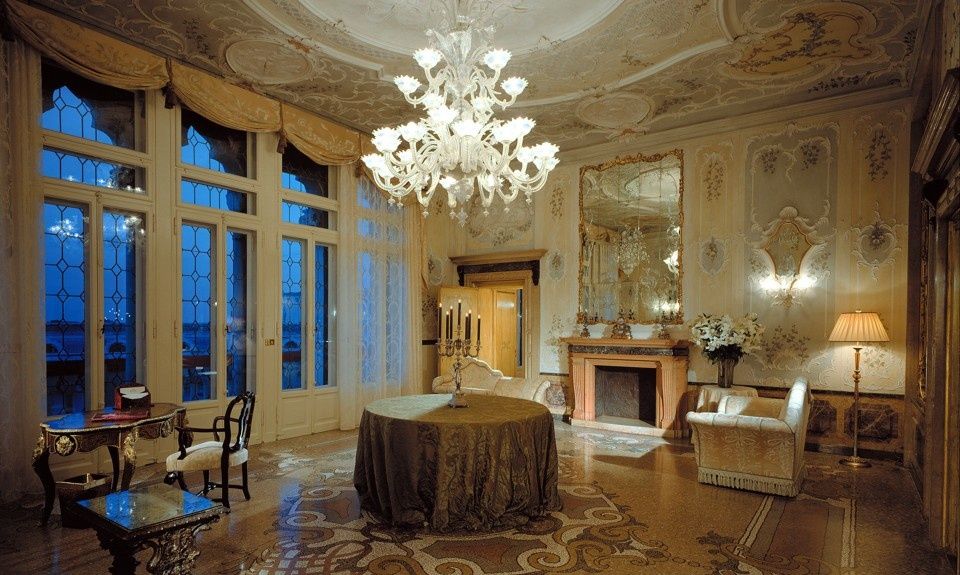
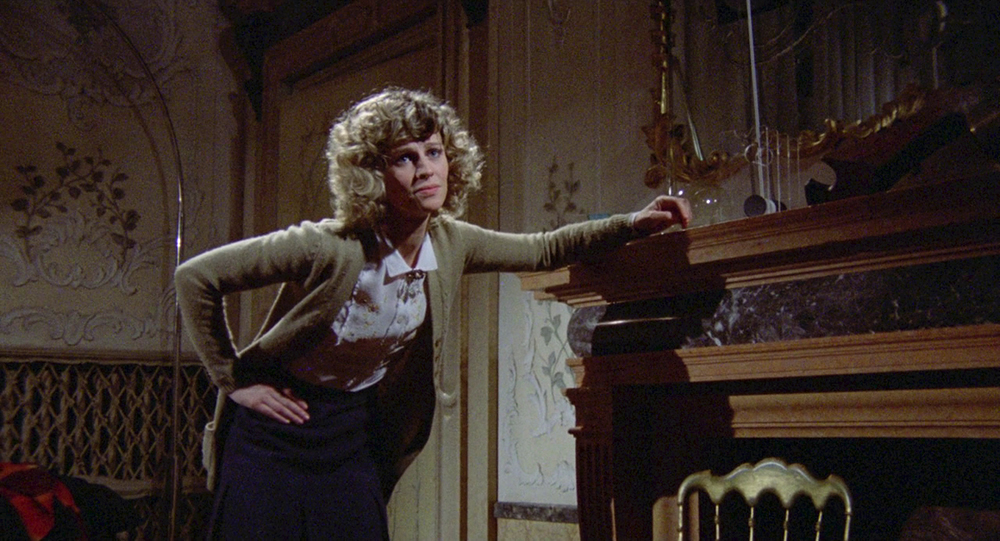

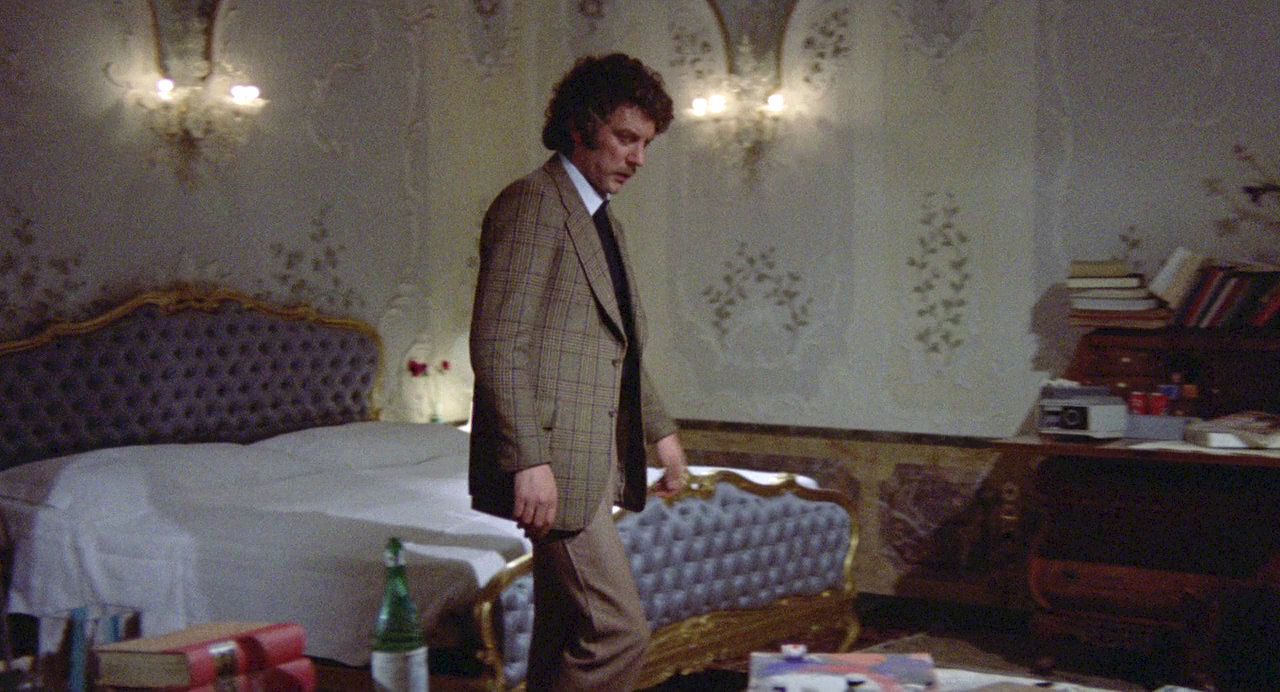


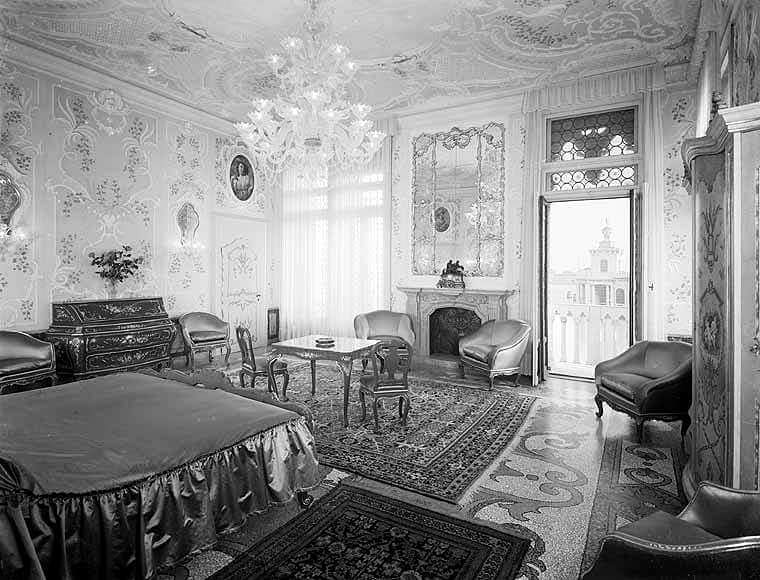
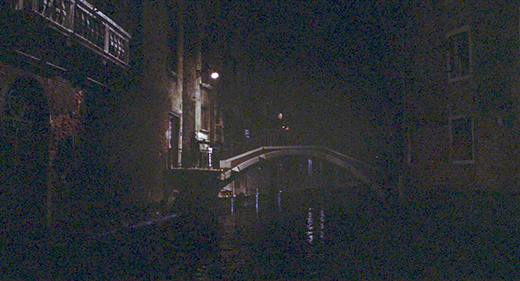
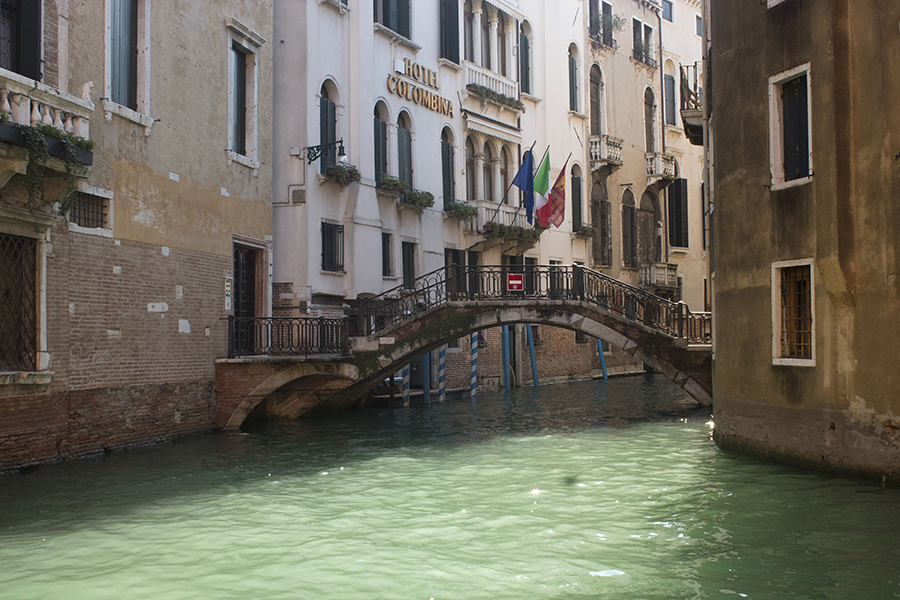
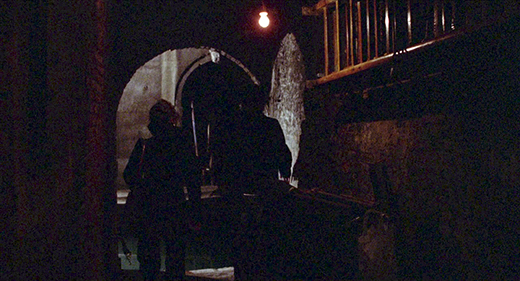
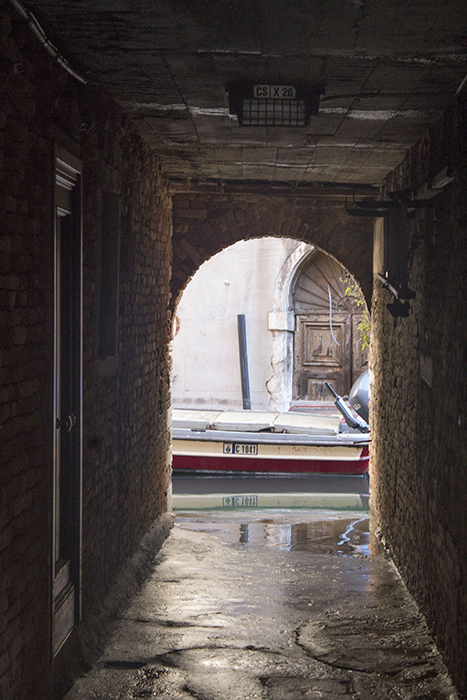
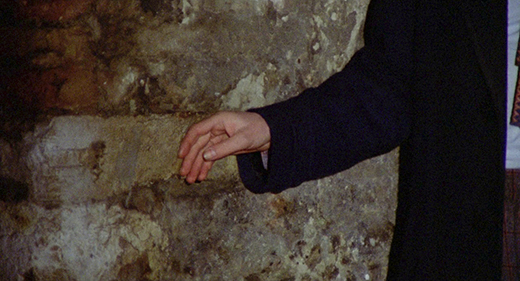

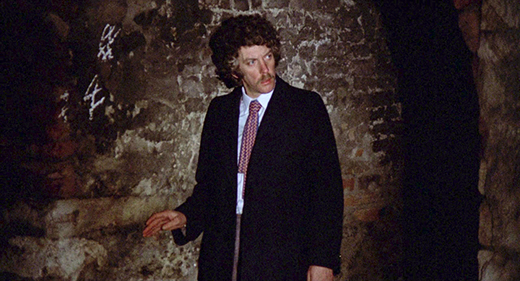
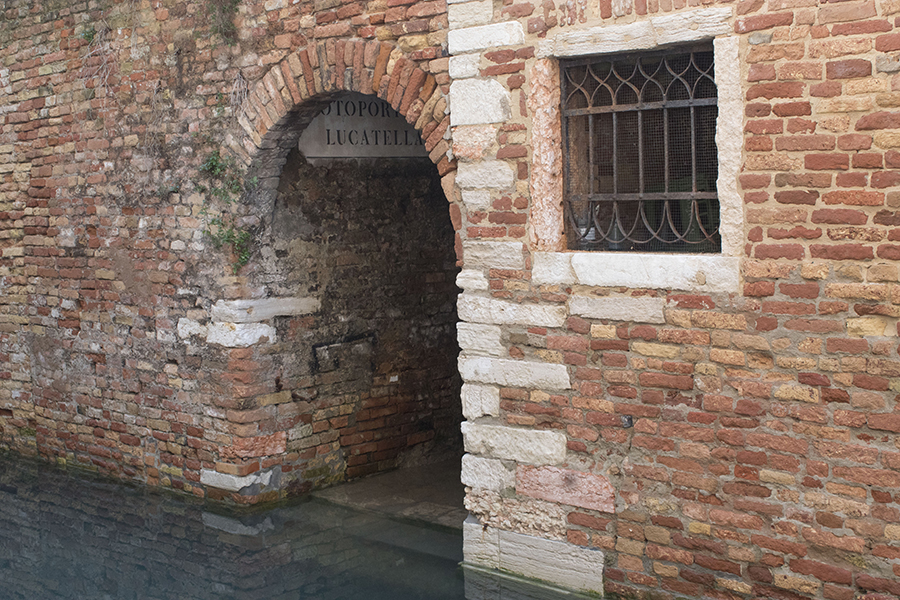
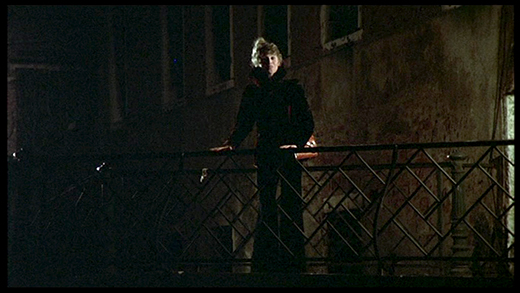
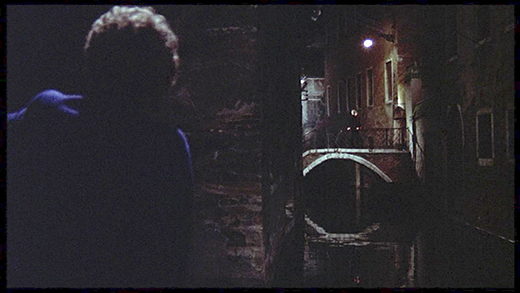
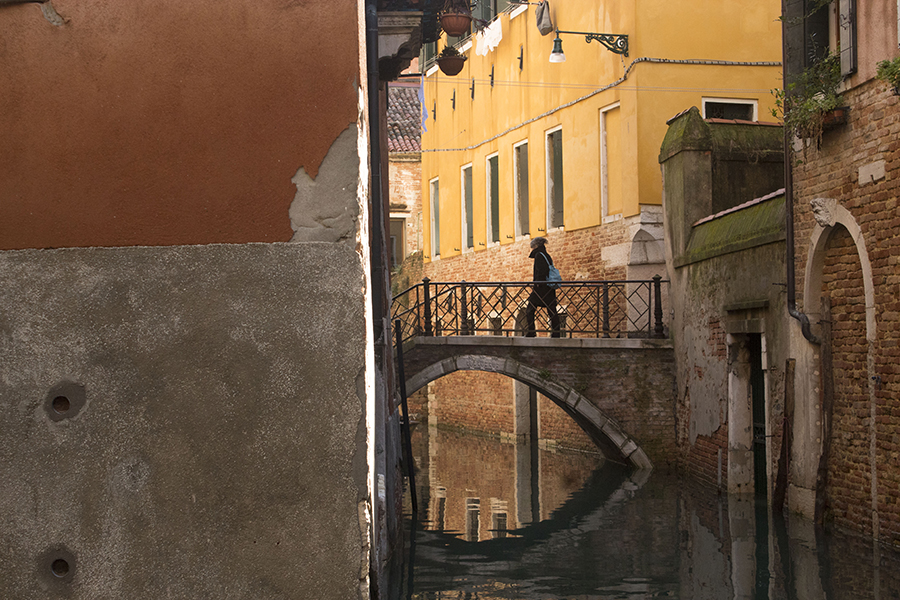

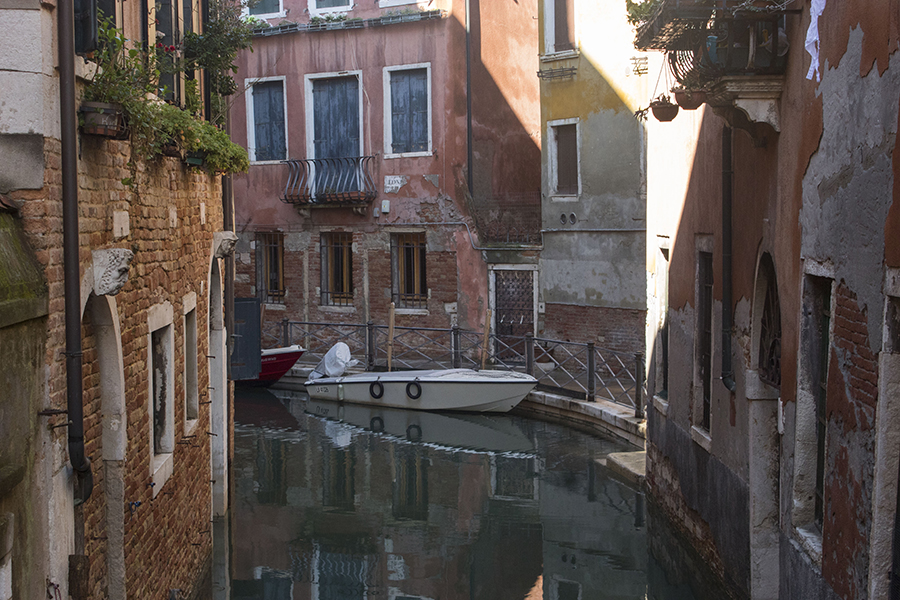
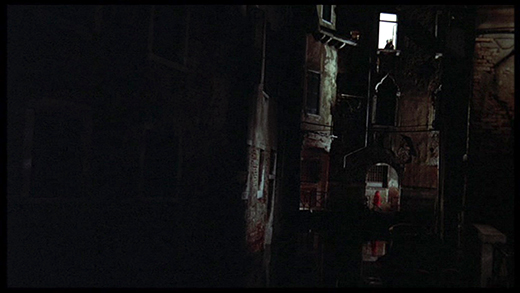
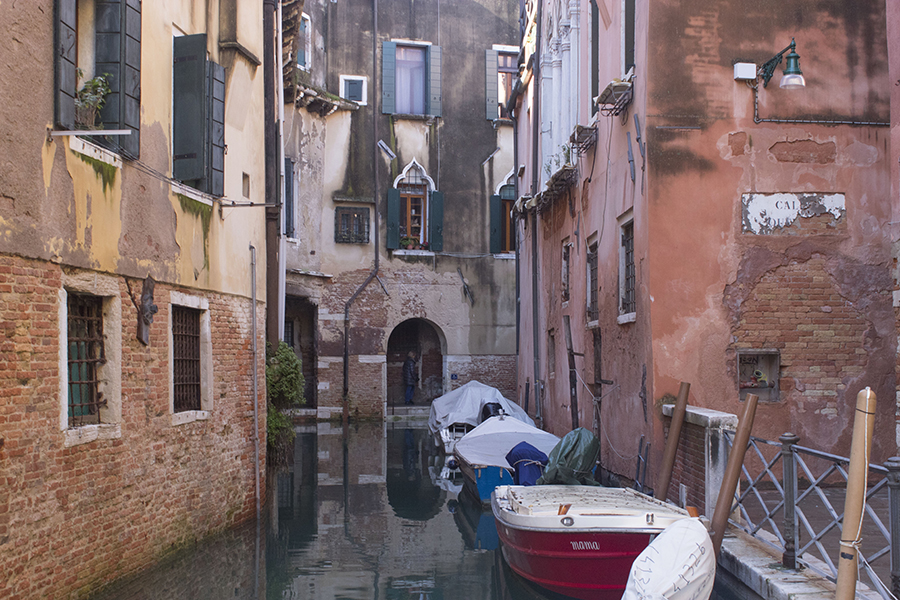
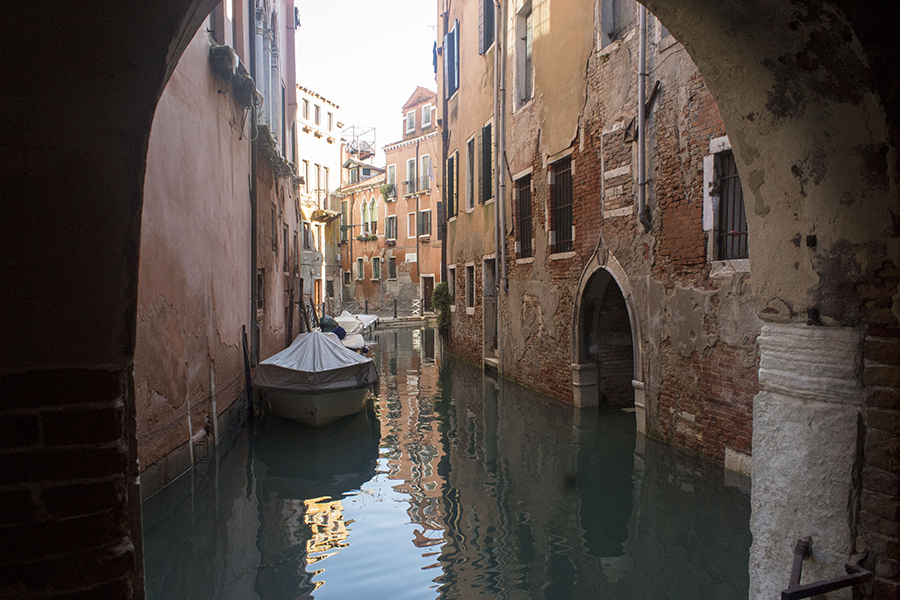


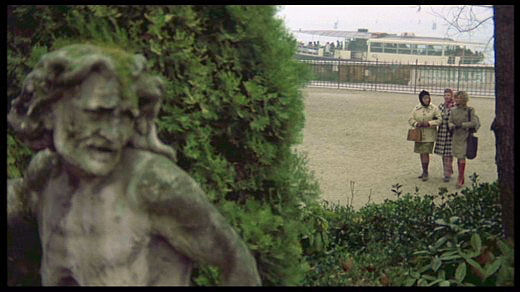

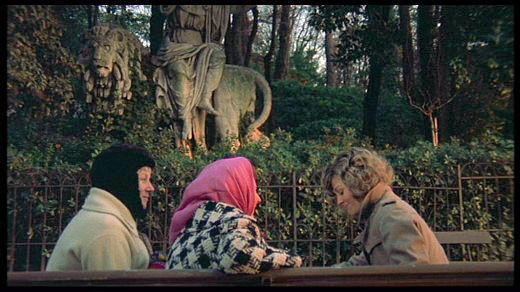



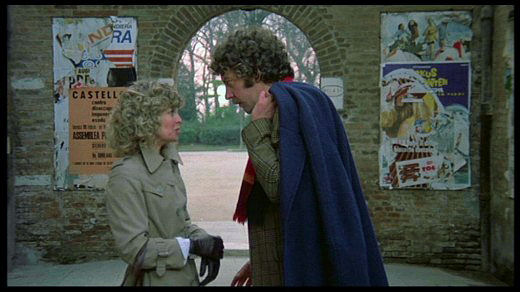
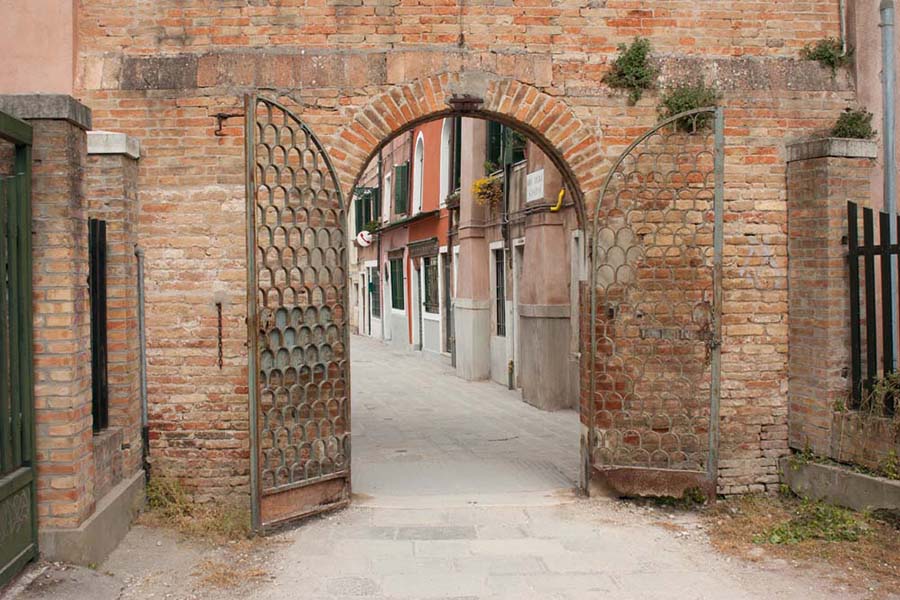
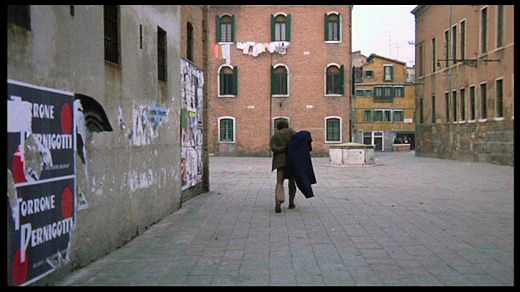

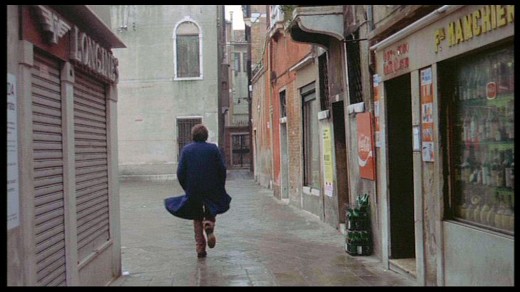

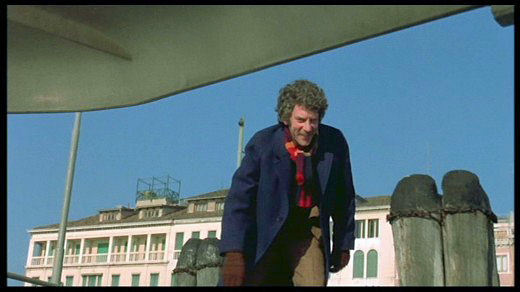
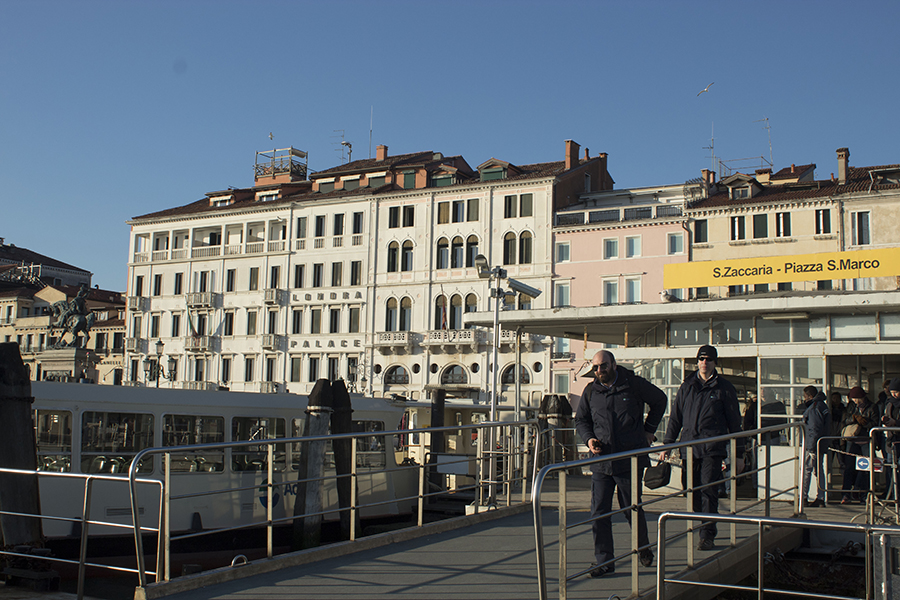
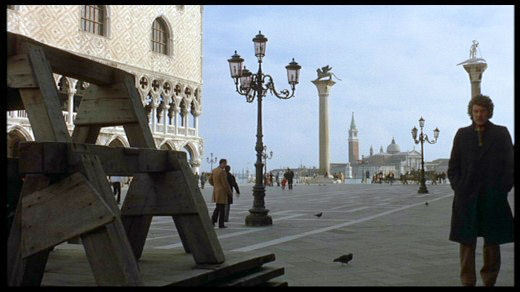
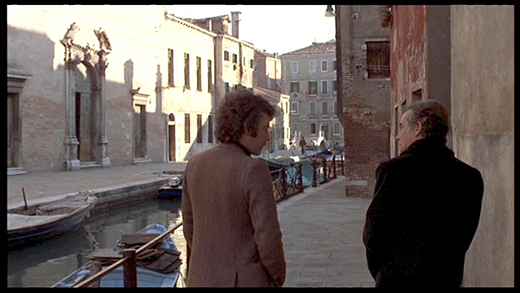
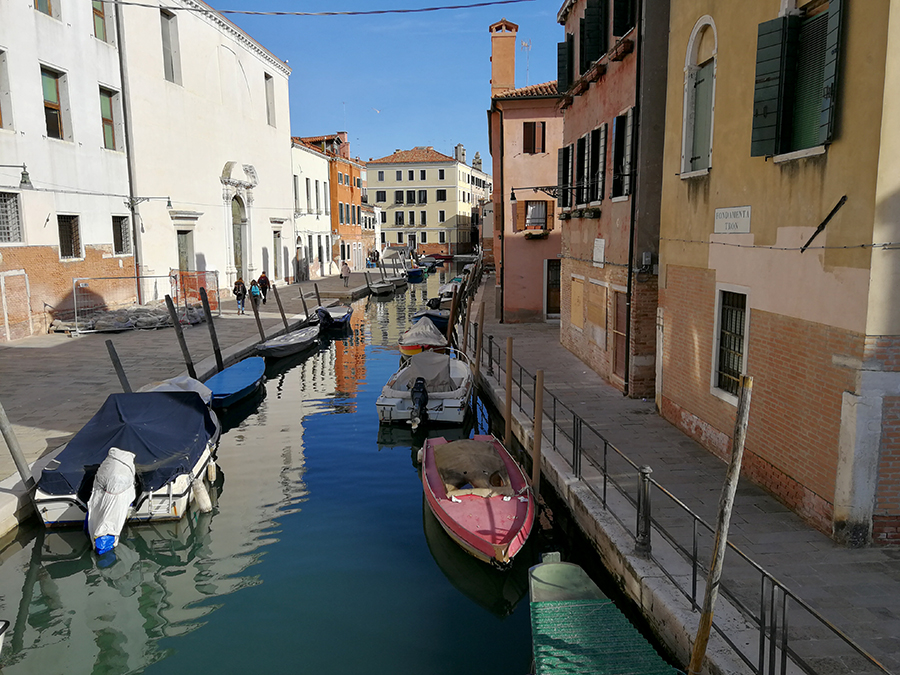
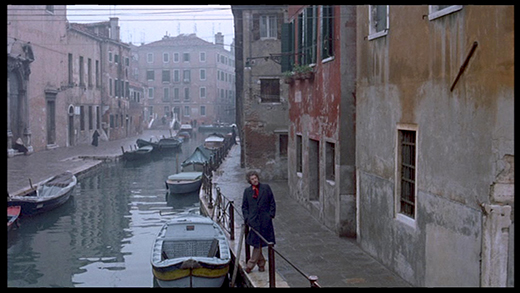
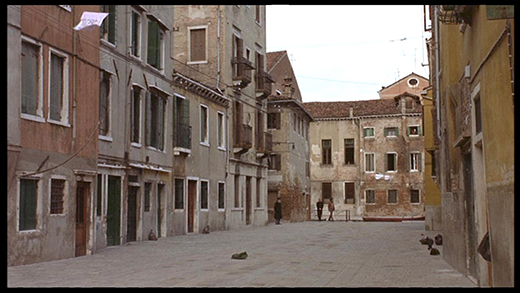
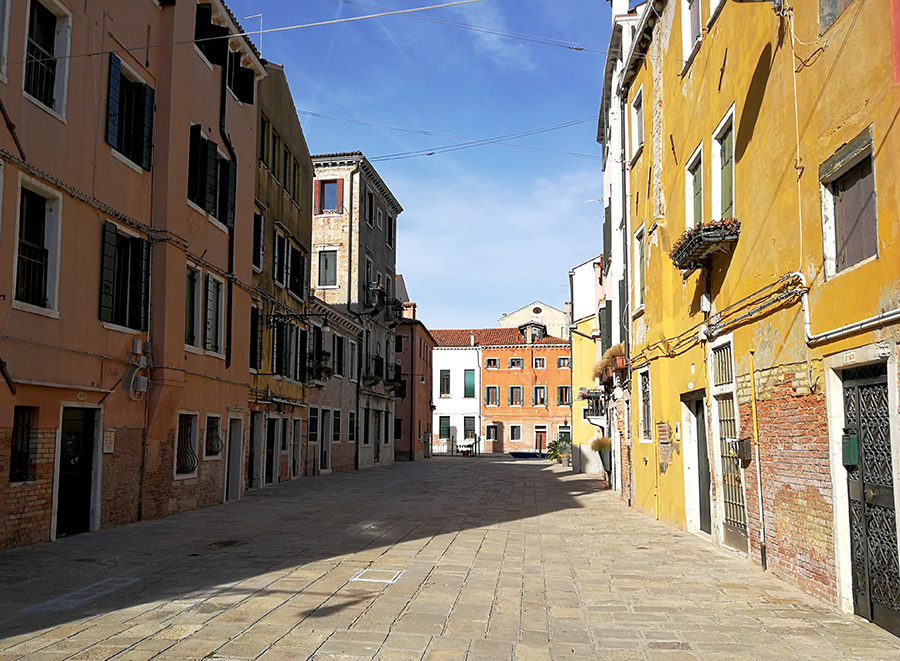
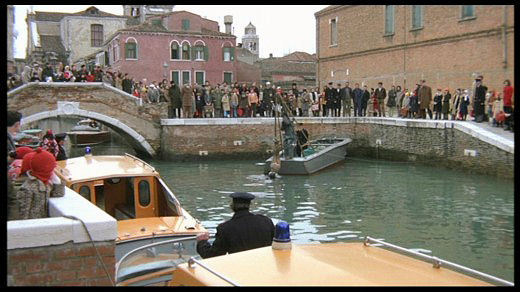
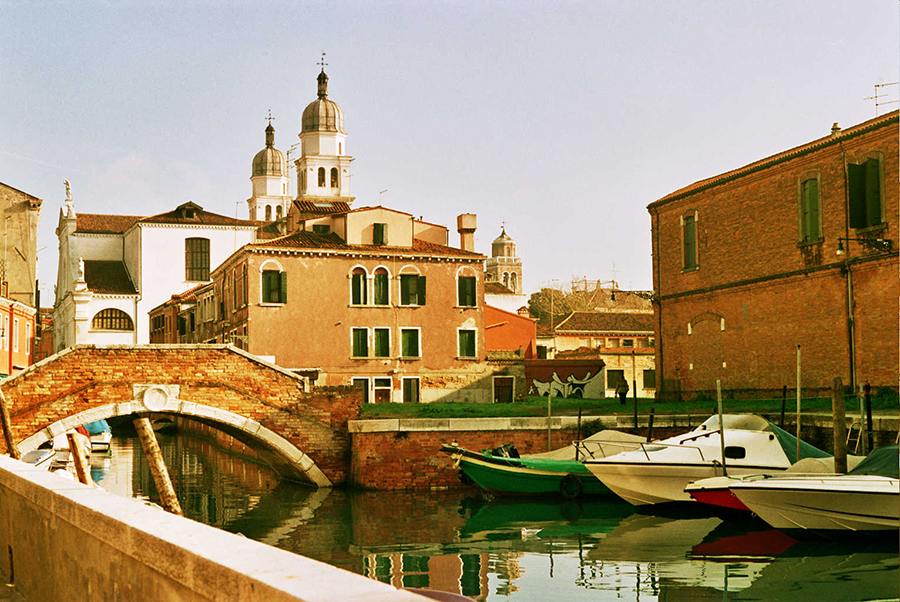

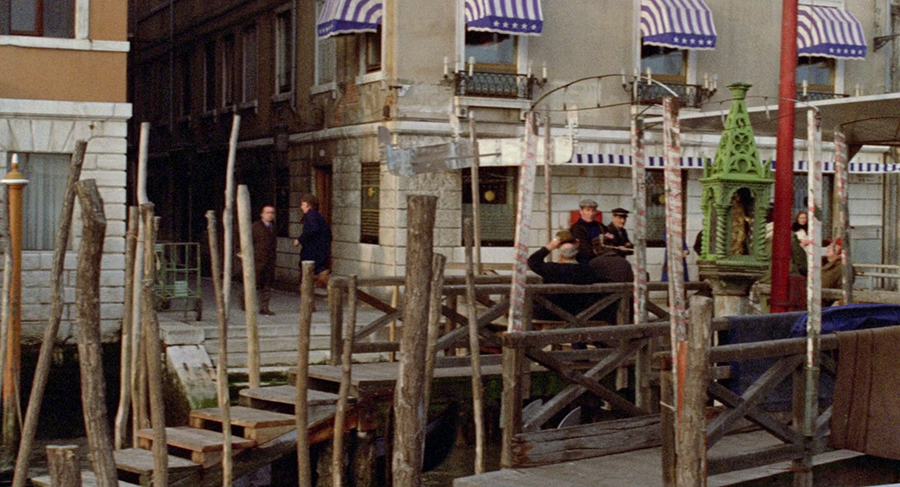
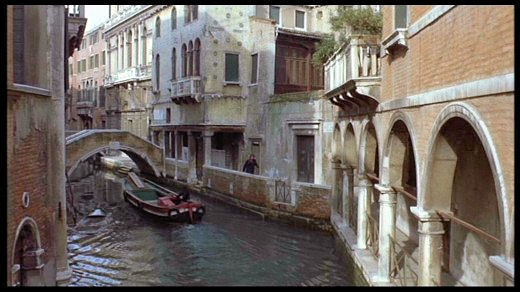


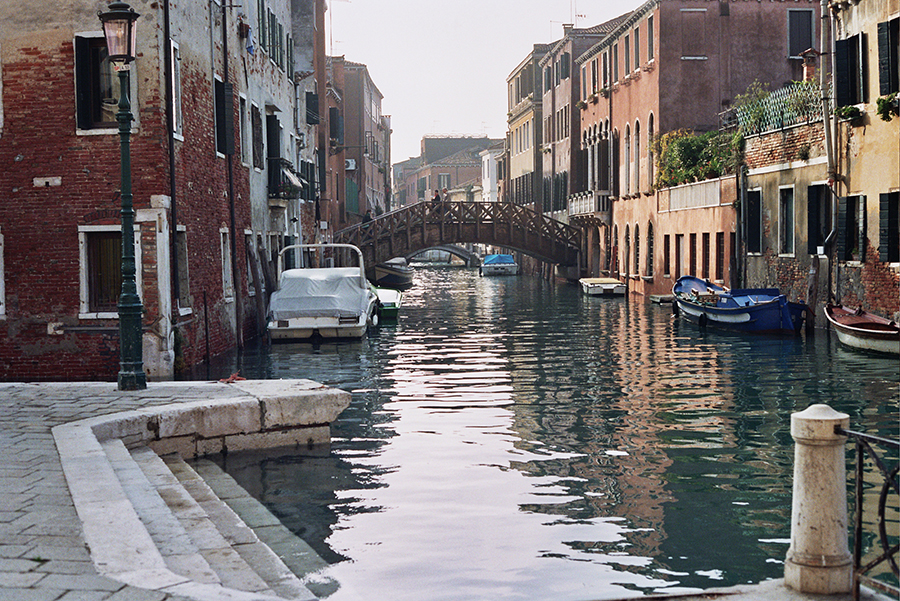
![Don't.Look.Now.1973.DVDRip.x264-DJ.mkv_snapshot_01.10.26_[2017.09.03_21.44.44]](https://freakydog.files.wordpress.com/2017/09/dont-look-now-1973-dvdrip-x264-dj-mkv_snapshot_01-10-26_2017-09-03_21-44-44.jpg)
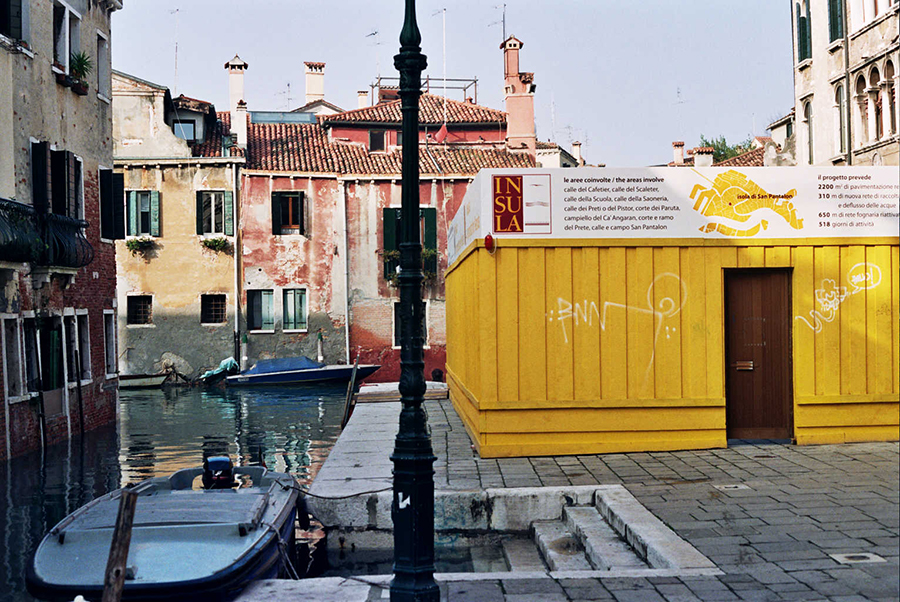
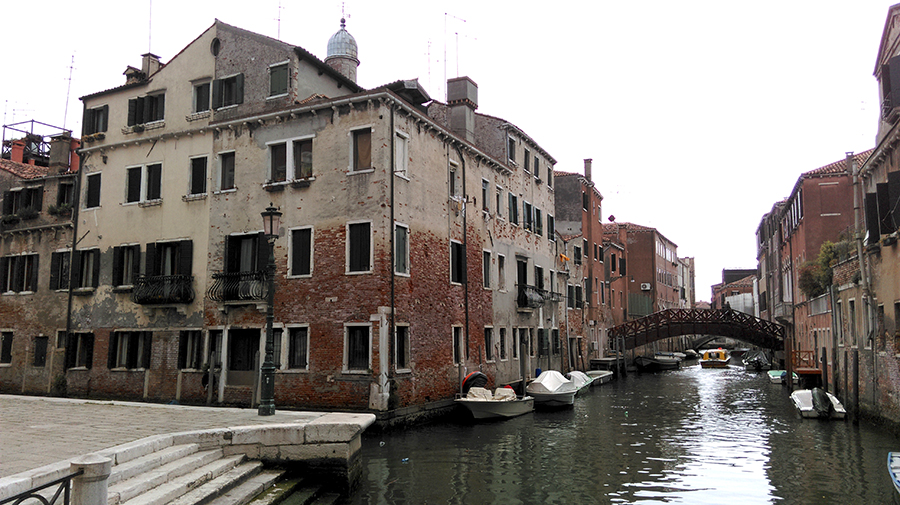


![Don't.Look.Now.1973.DVDRip.x264-DJ.mkv_snapshot_01.18.53_[2017.09.03_21.48.11]](https://freakydog.files.wordpress.com/2017/09/dont-look-now-1973-dvdrip-x264-dj-mkv_snapshot_01-18-53_2017-09-03_21-48-11.jpg)

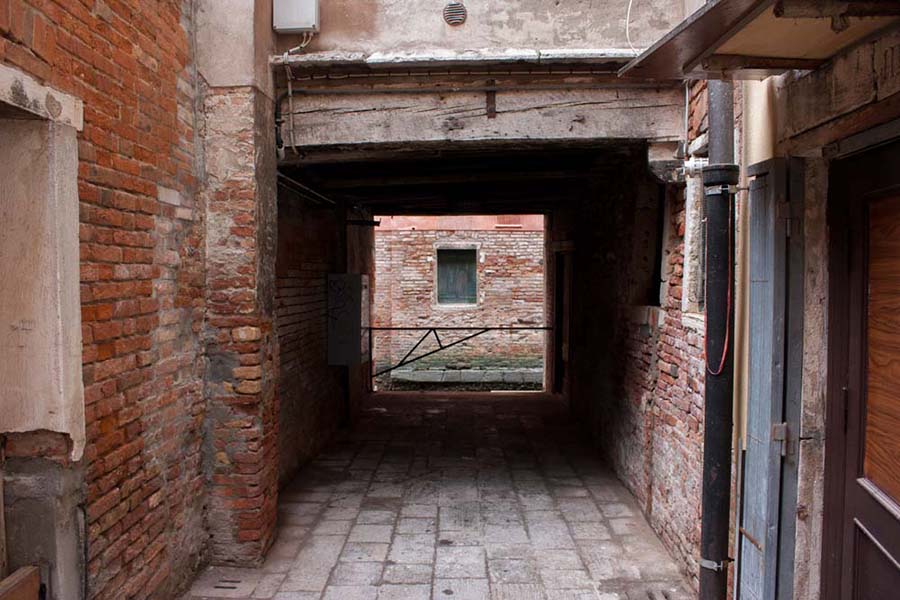
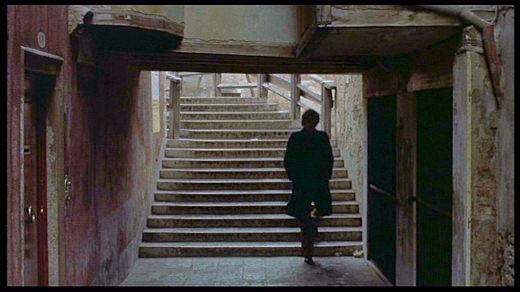

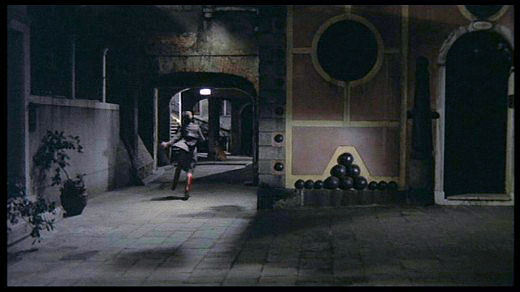

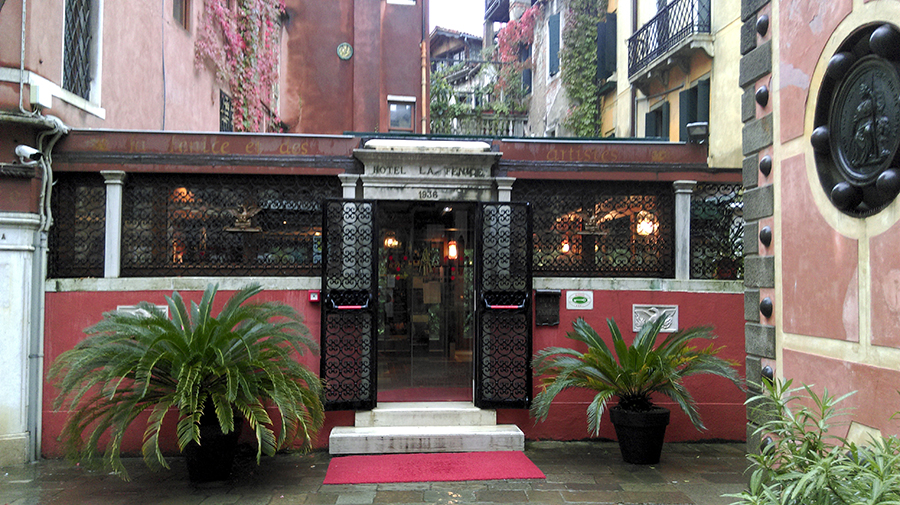
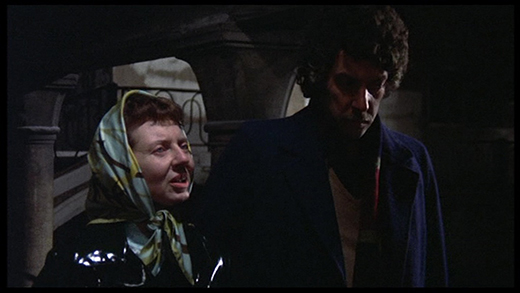
![Don't.Look.Now.1973.DVDRip.x264-DJ.mkv_snapshot_01.34.30_[2017.09.03_22.23.05]](https://freakydog.files.wordpress.com/2017/09/dont-look-now-1973-dvdrip-x264-dj-mkv_snapshot_01-34-30_2017-09-03_22-23-05.jpg)

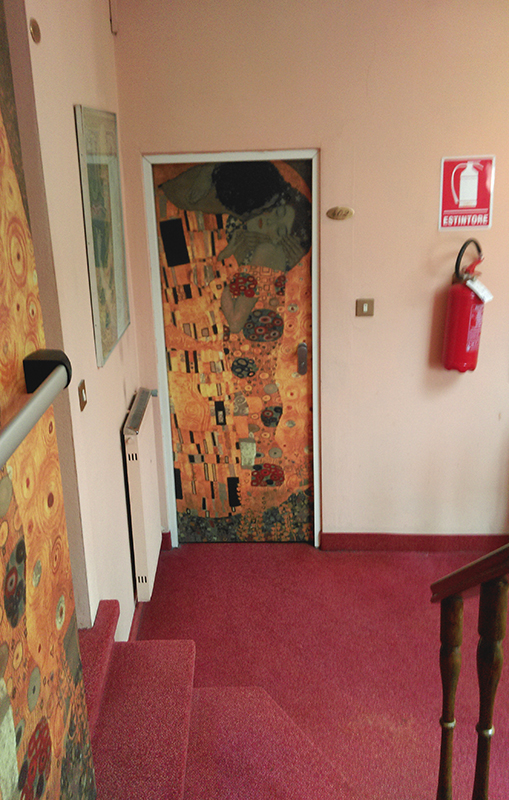


![Don't.Look.Now.1973.DVDRip.x264-DJ.mkv_snapshot_01.37.03_[2017.09.03_22.26.35]](https://freakydog.files.wordpress.com/2017/09/dont-look-now-1973-dvdrip-x264-dj-mkv_snapshot_01-37-03_2017-09-03_22-26-35.jpg)
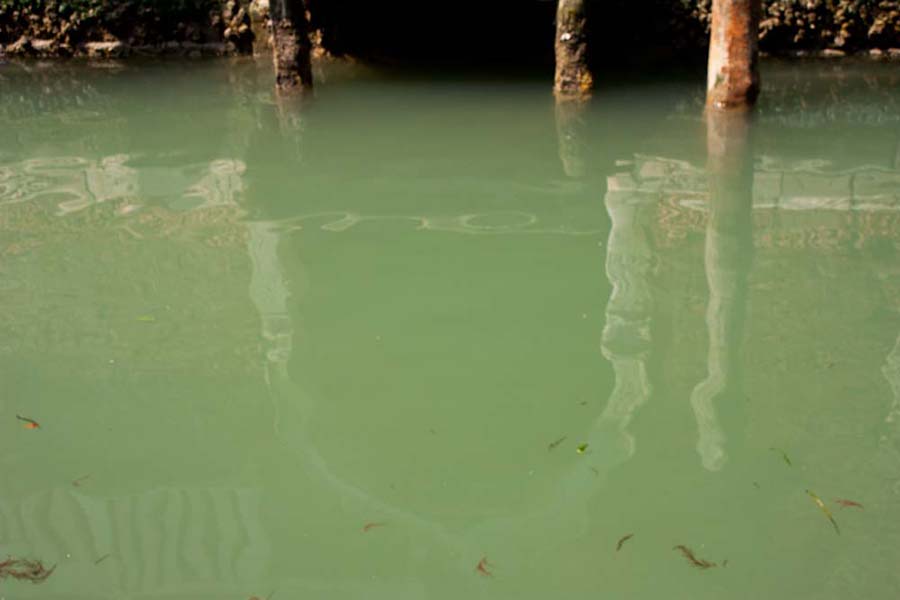
![Don't.Look.Now.1973.DVDRip.x264-DJ.mkv_snapshot_01.37.08_[2017.09.03_22.27.59]](https://freakydog.files.wordpress.com/2017/09/dont-look-now-1973-dvdrip-x264-dj-mkv_snapshot_01-37-08_2017-09-03_22-27-59.jpg)


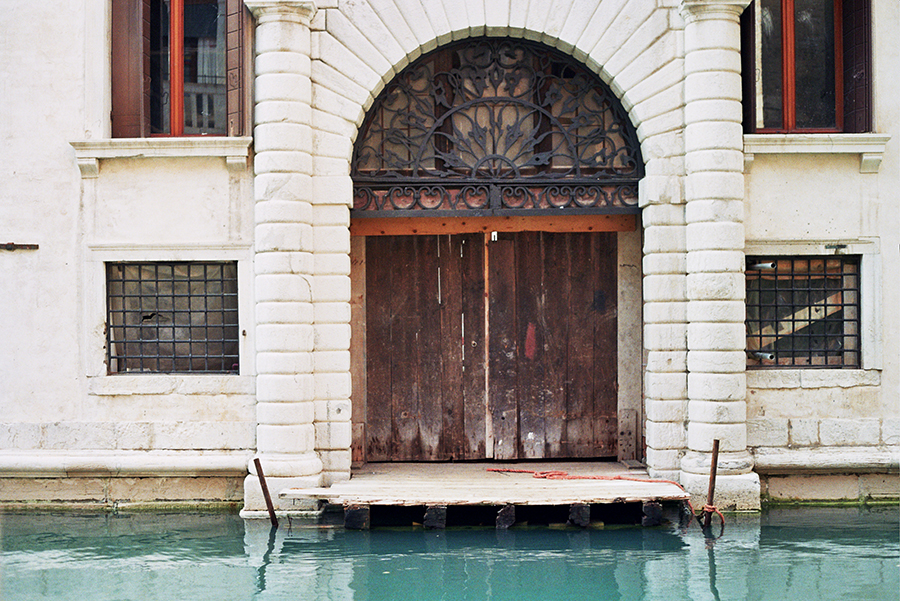

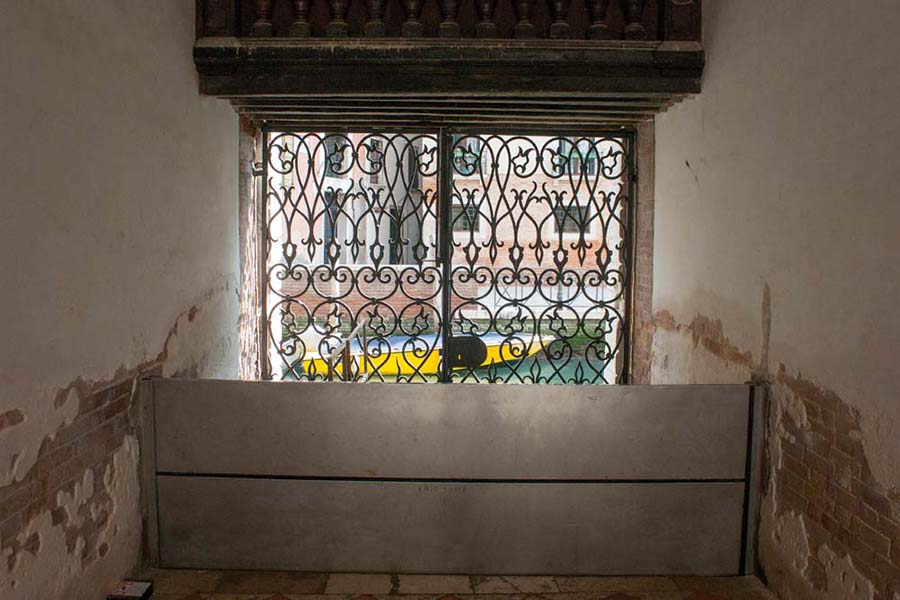
![Don't.Look.Now.1973.DVDRip.x264-DJ.mkv_snapshot_01.38.28_[2017.09.03_22.32.32]](https://freakydog.files.wordpress.com/2017/09/dont-look-now-1973-dvdrip-x264-dj-mkv_snapshot_01-38-28_2017-09-03_22-32-32.jpg)

![Don't.Look.Now.1973.DVDRip.x264-DJ.mkv_snapshot_01.39.15_[2017.09.03_22.35.17]](https://freakydog.files.wordpress.com/2017/09/dont-look-now-1973-dvdrip-x264-dj-mkv_snapshot_01-39-15_2017-09-03_22-35-17.jpg)
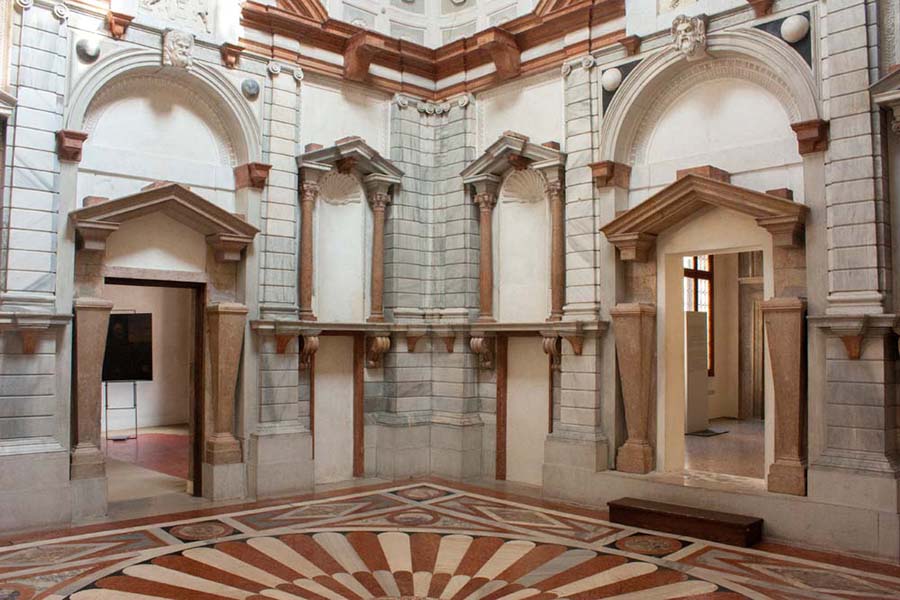
![Don't.Look.Now.1973.DVDRip.x264-DJ.mkv_snapshot_01.41.54_[2017.09.03_22.38.29]](https://freakydog.files.wordpress.com/2017/09/dont-look-now-1973-dvdrip-x264-dj-mkv_snapshot_01-41-54_2017-09-03_22-38-29.jpg)

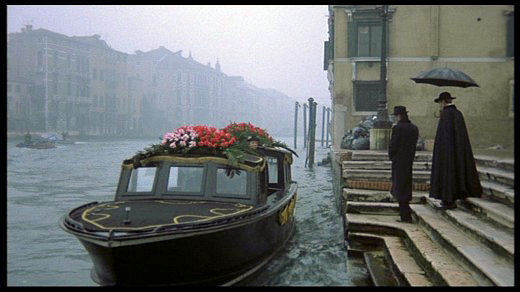
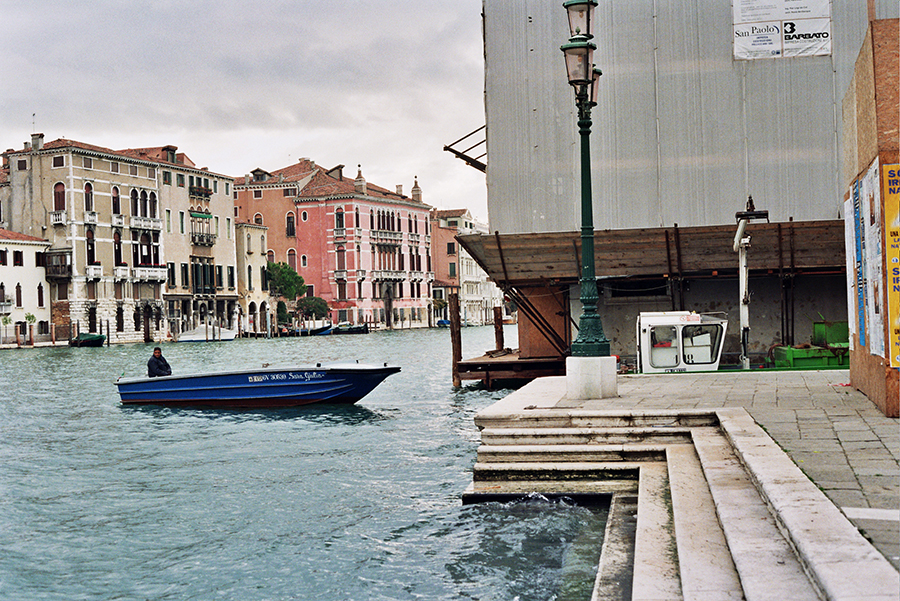
![Don't.Look.Now.1973.DVDRip.x264-DJ.mkv_snapshot_01.45.32_[2017.09.03_22.43.48]](https://freakydog.files.wordpress.com/2017/09/dont-look-now-1973-dvdrip-x264-dj-mkv_snapshot_01-45-32_2017-09-03_22-43-48.jpg)
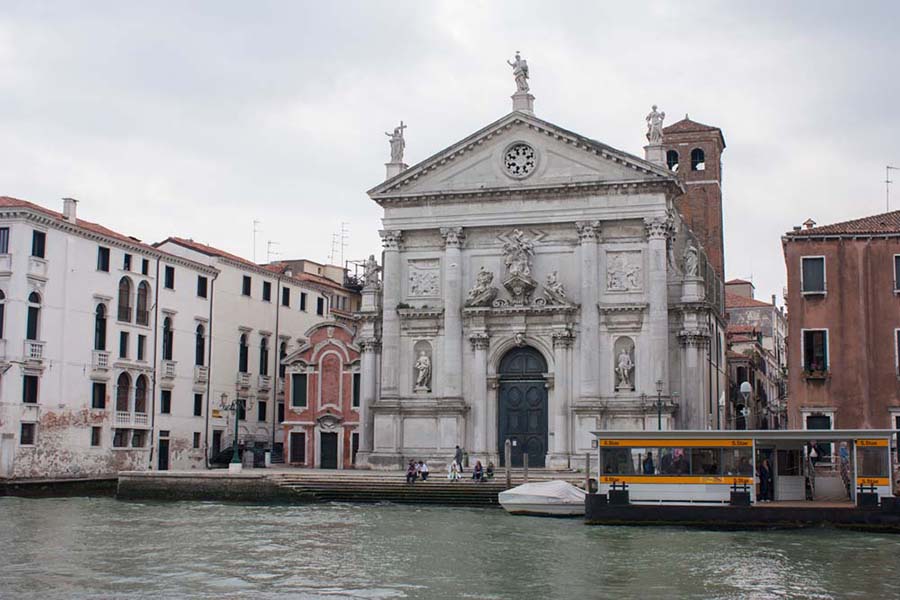
![Don't.Look.Now.1973.DVDRip.x264-DJ.mkv_snapshot_01.18.49_[2017.09.03_21.47.57]](https://freakydog.files.wordpress.com/2017/09/dont-look-now-1973-dvdrip-x264-dj-mkv_snapshot_01-18-49_2017-09-03_21-47-57.jpg)



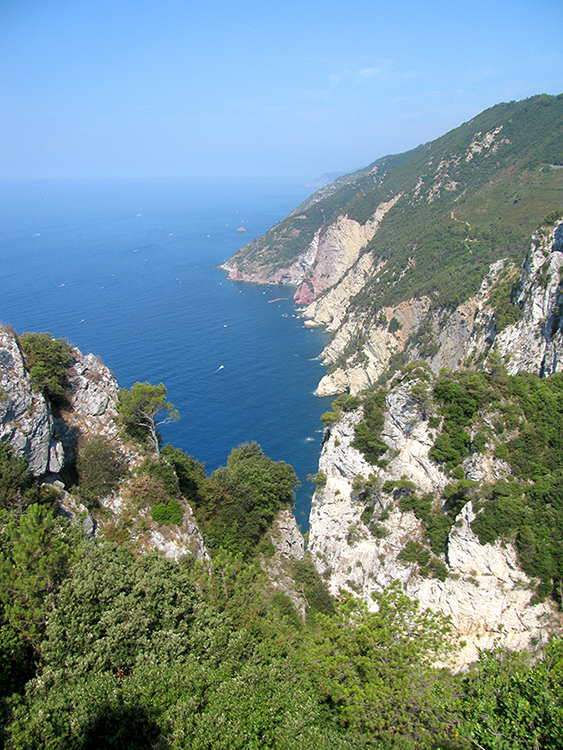
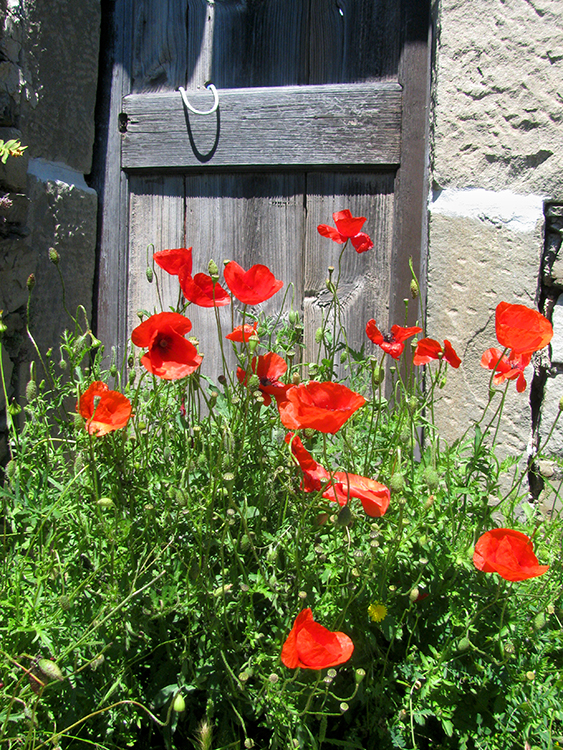


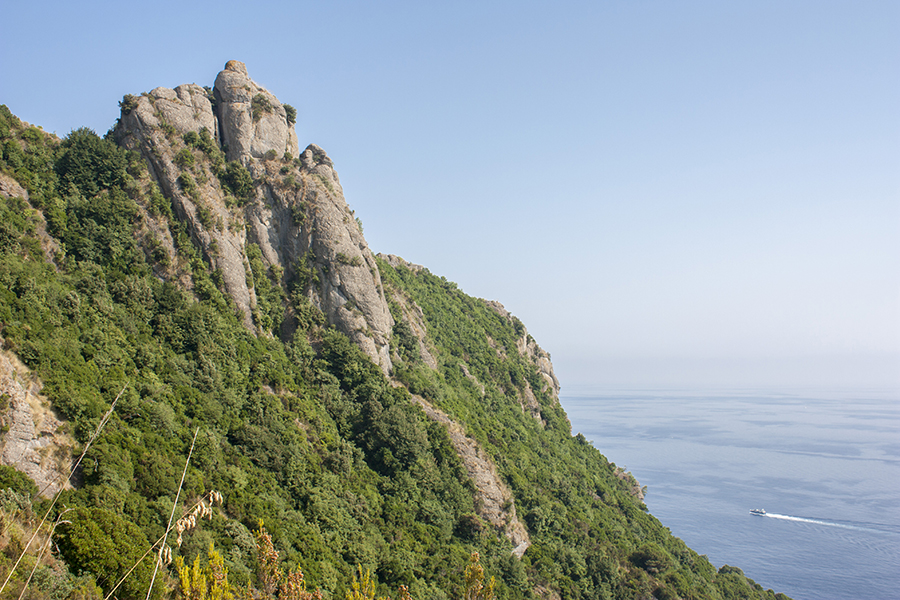
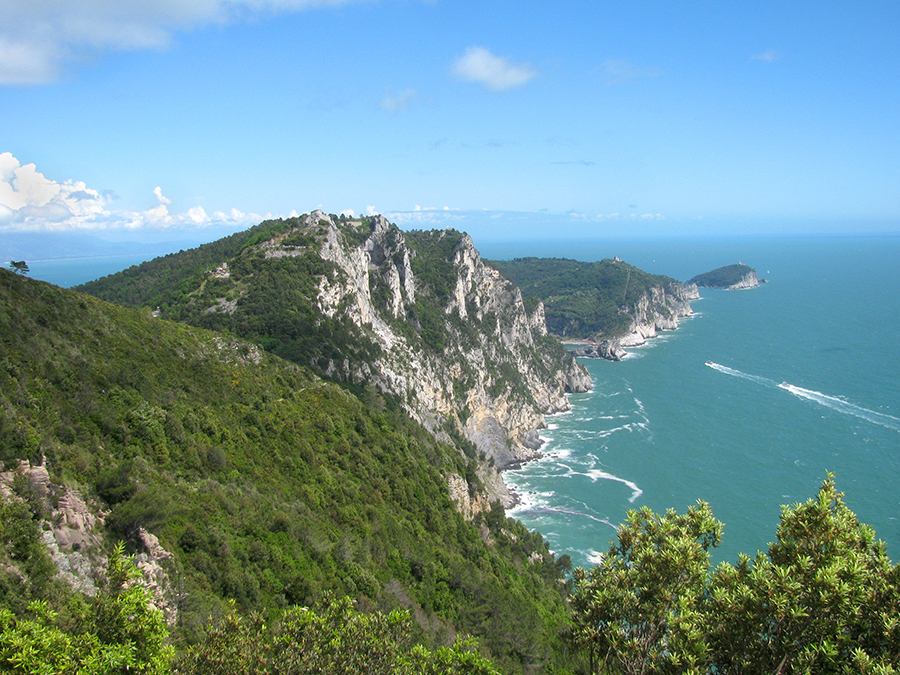

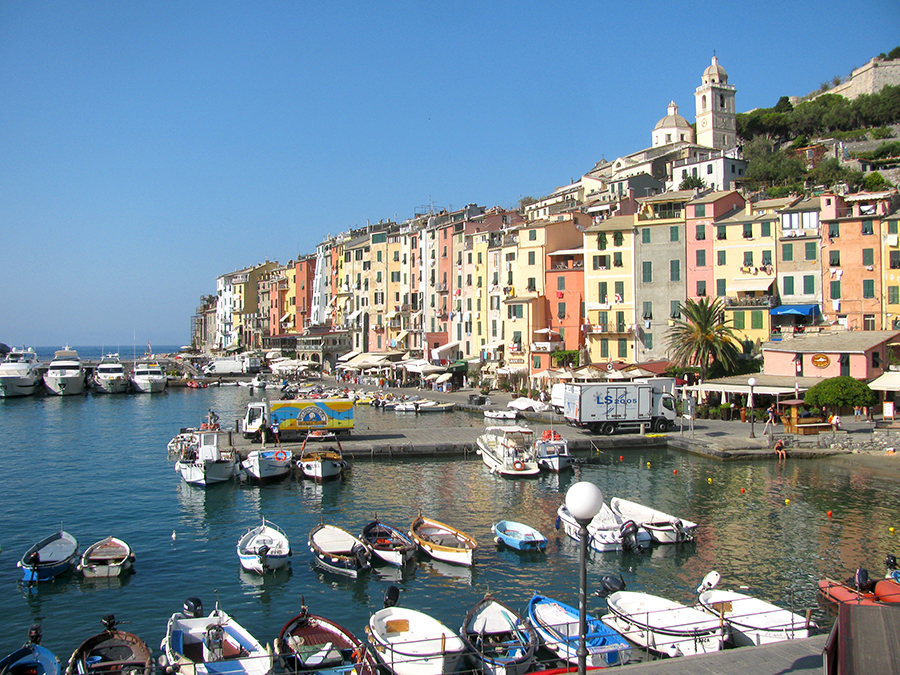
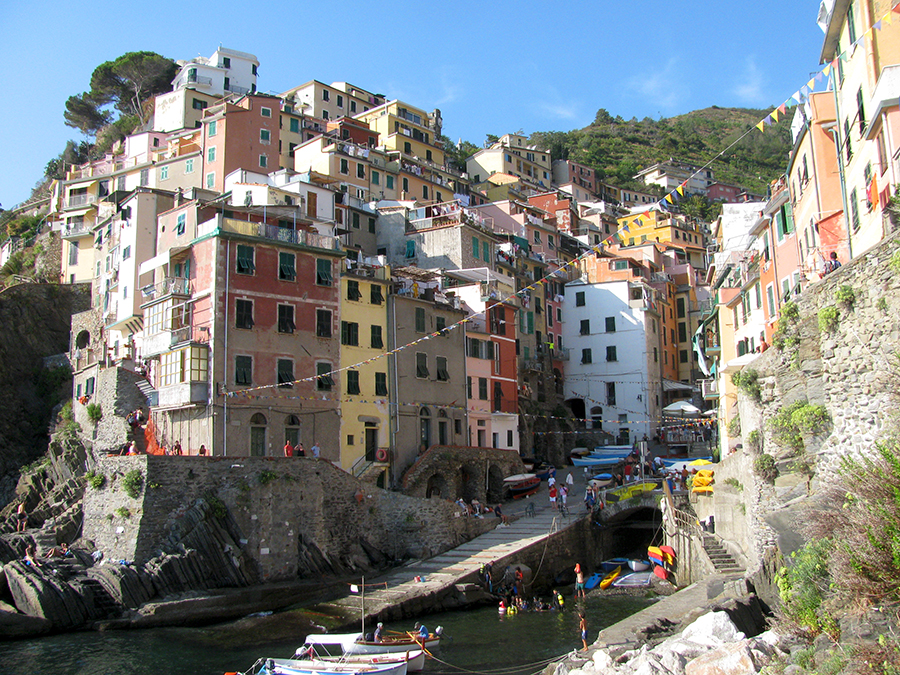
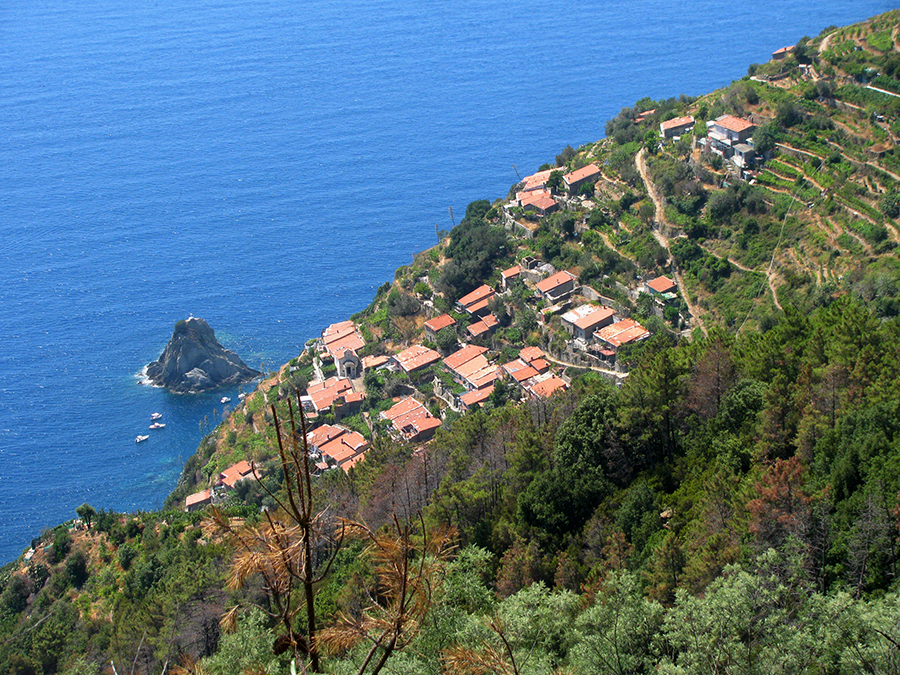

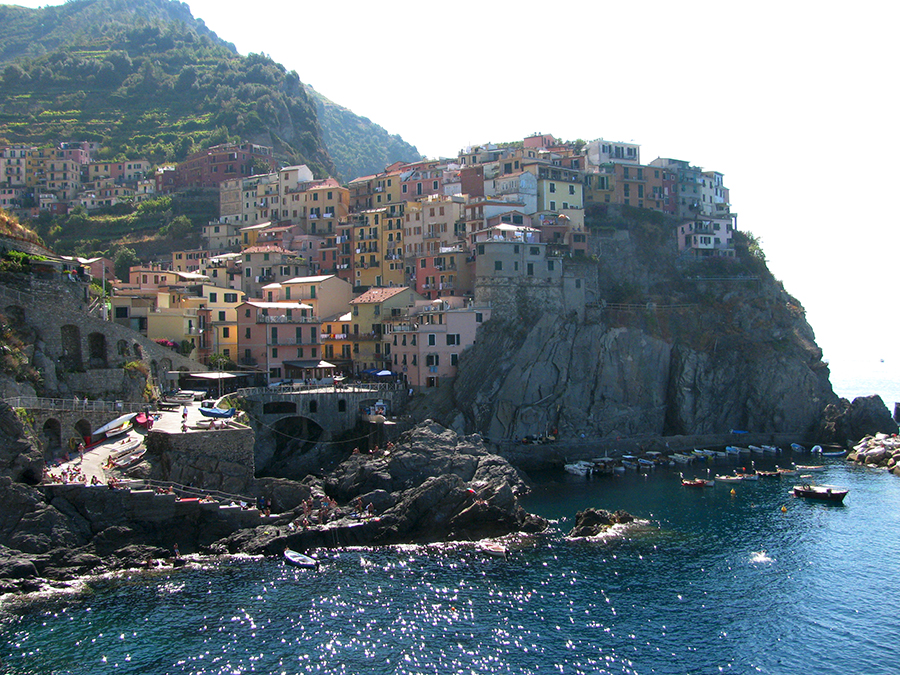


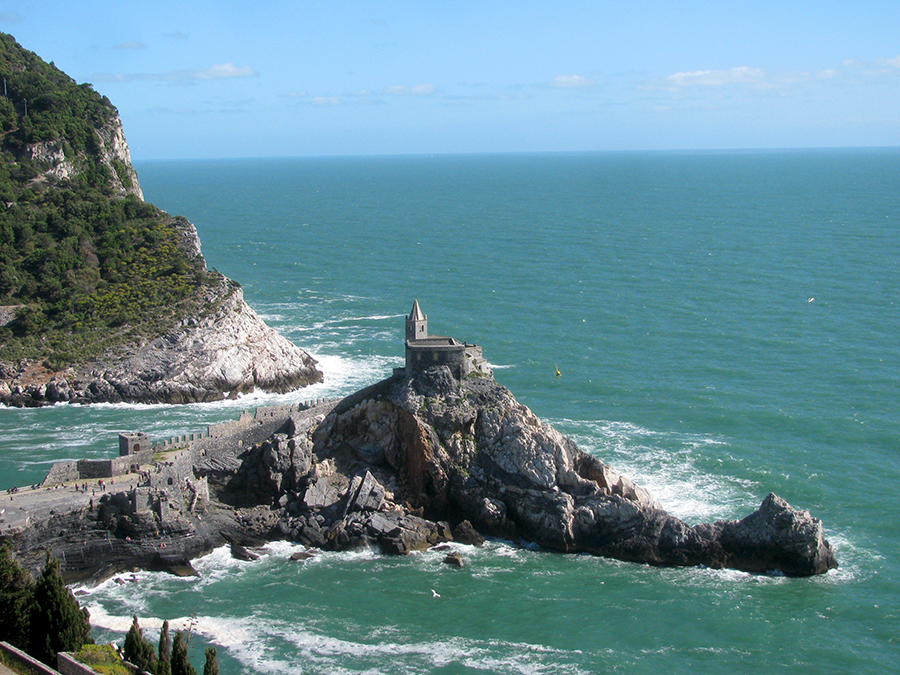
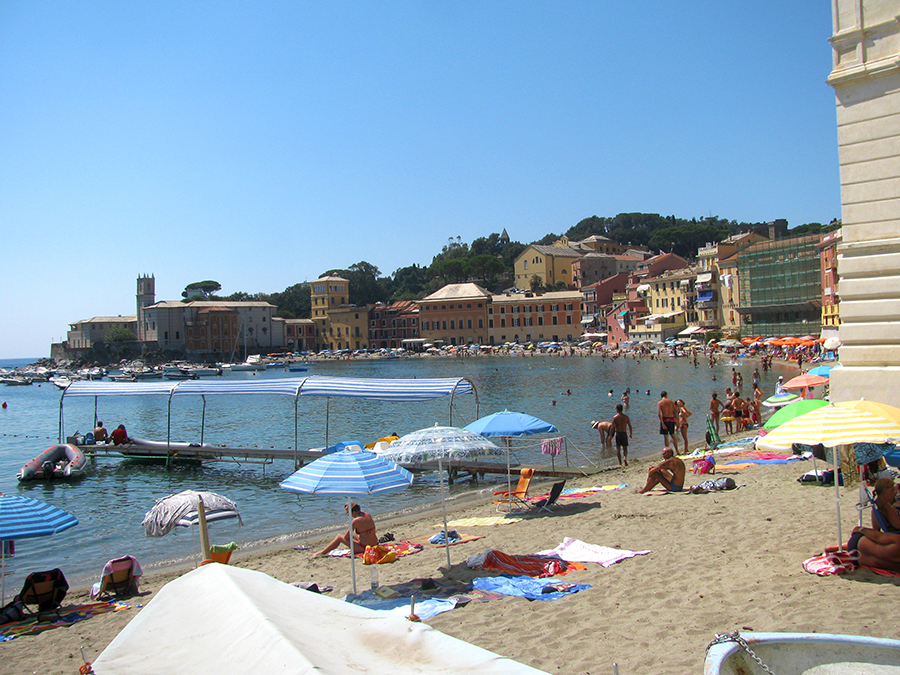
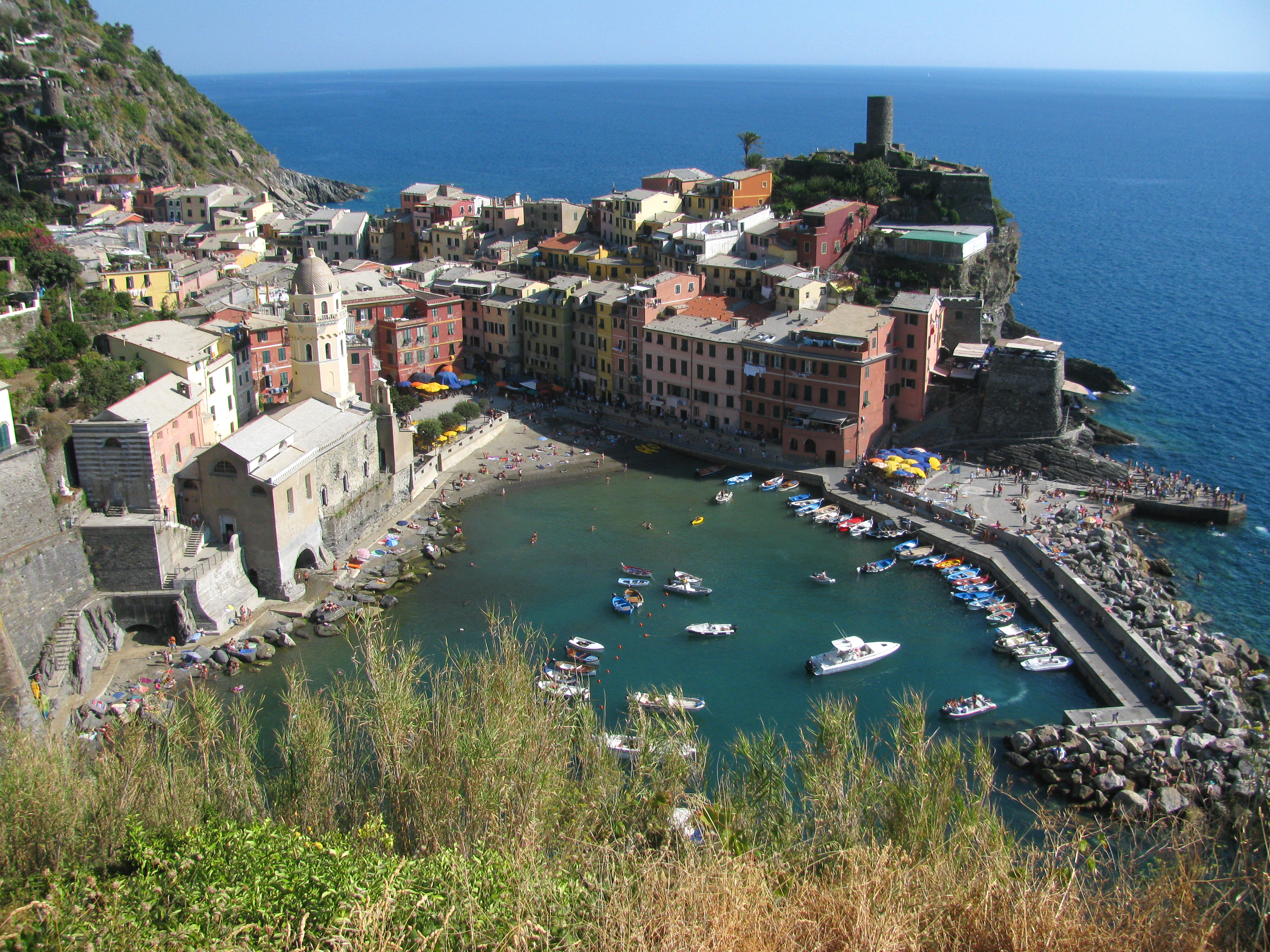
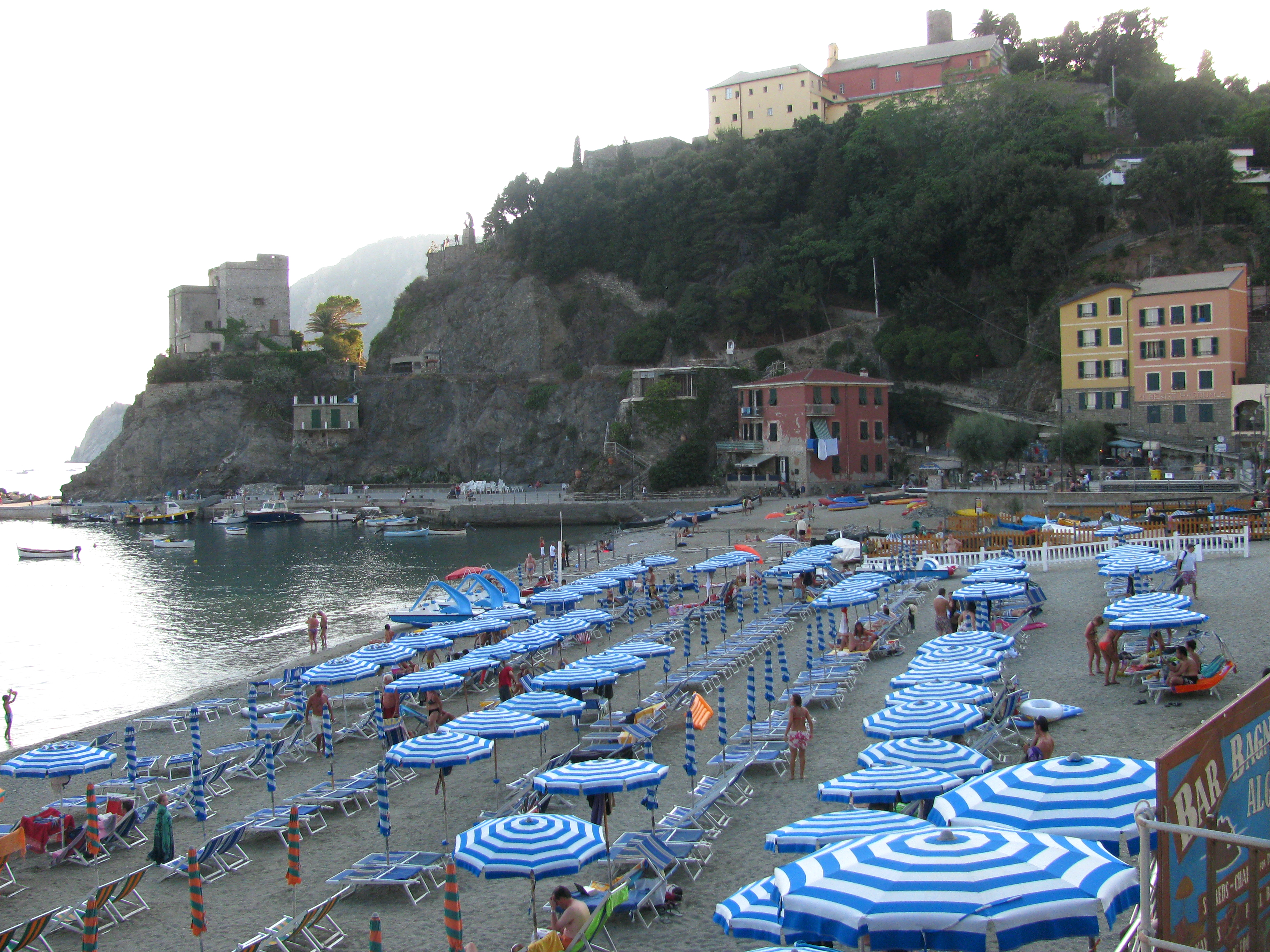
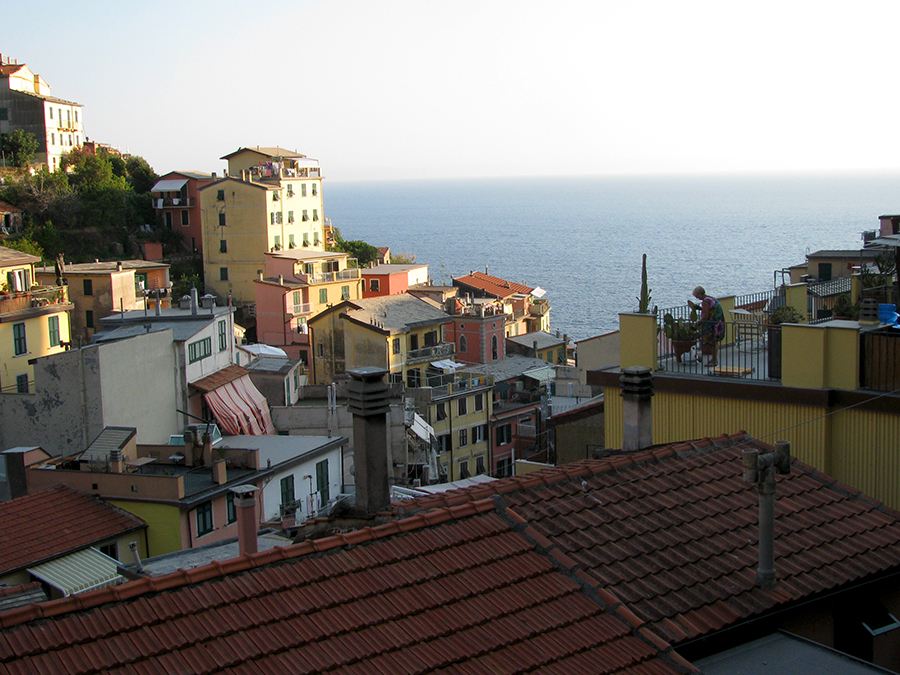
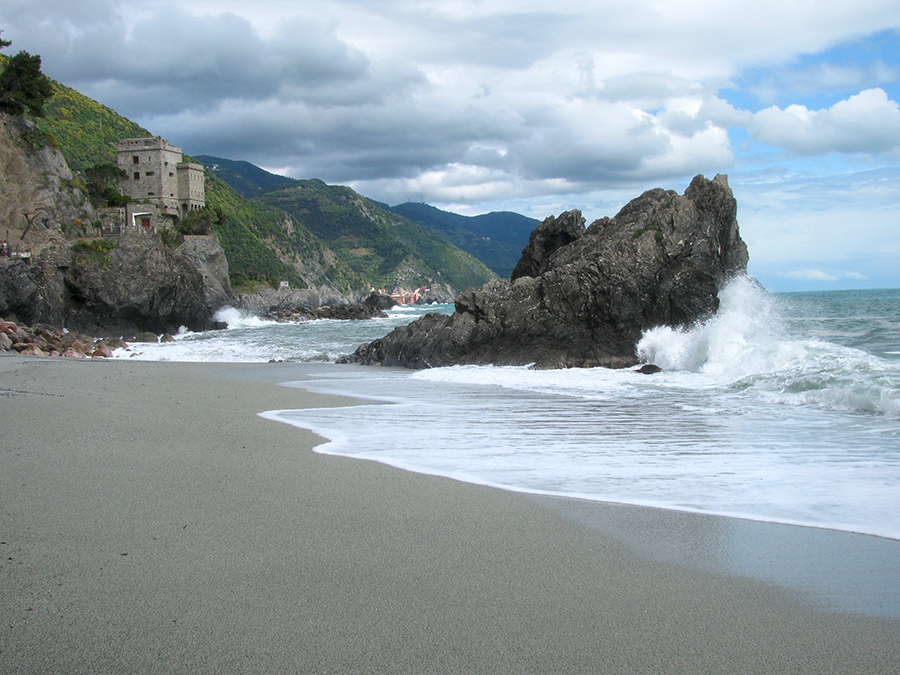
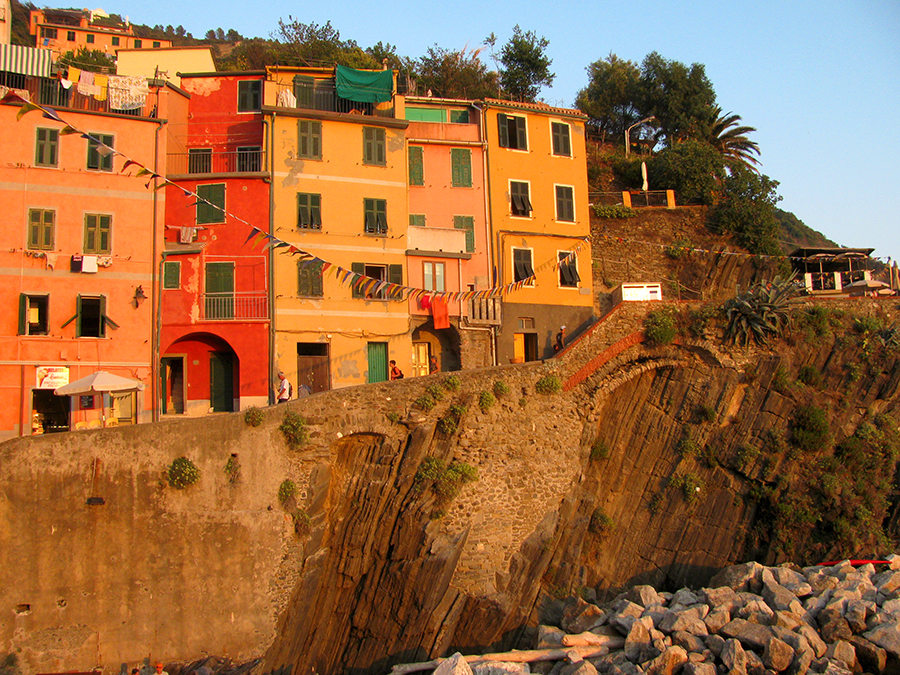
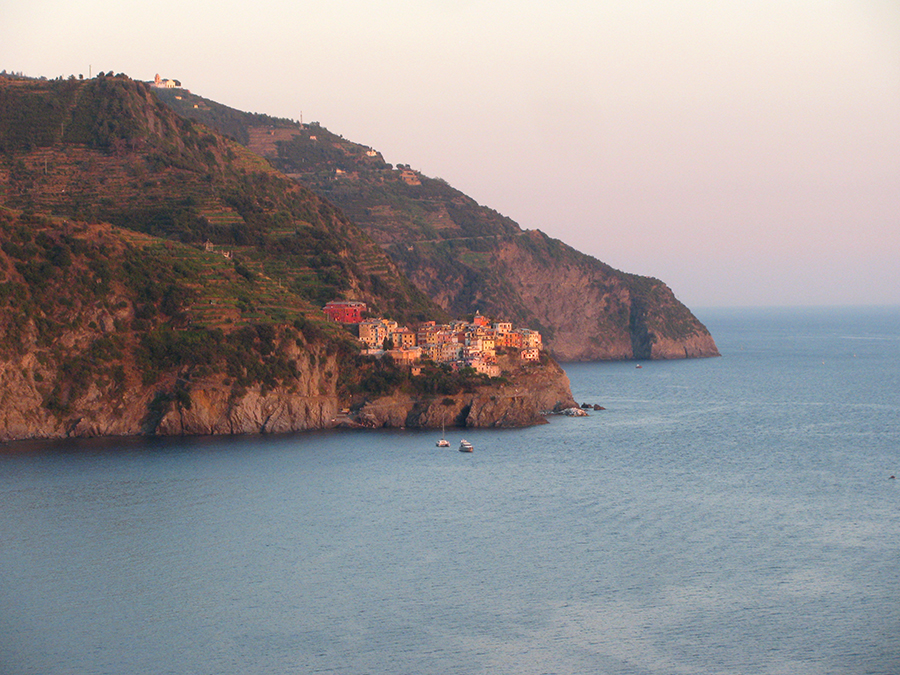




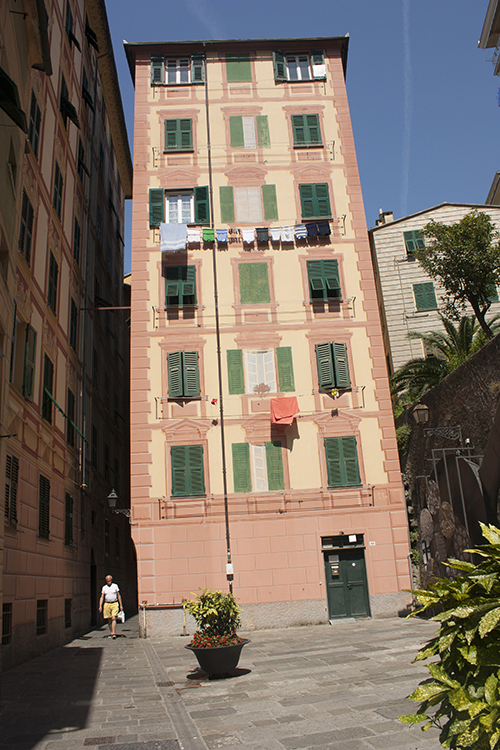
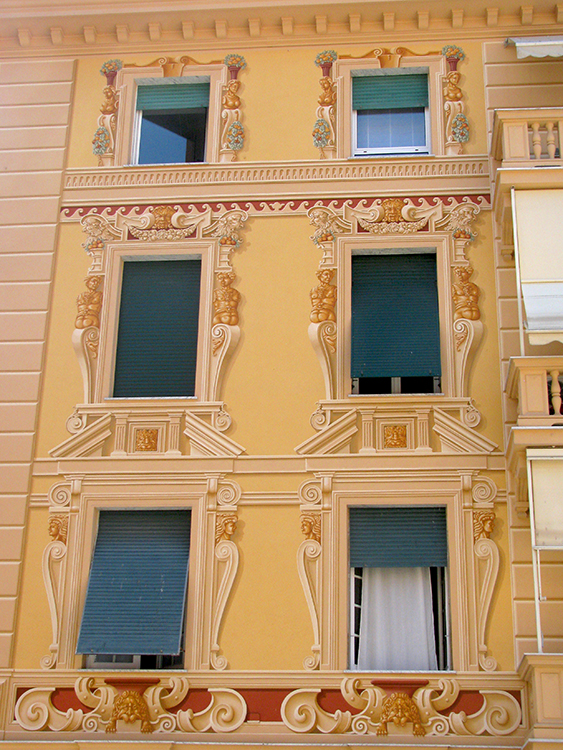
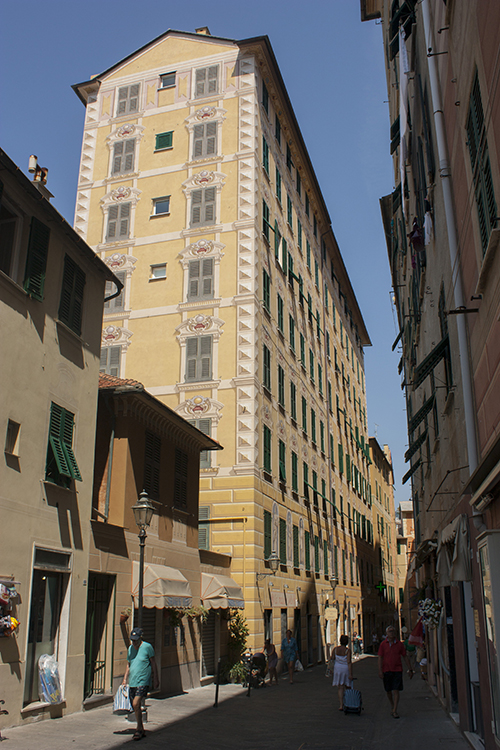


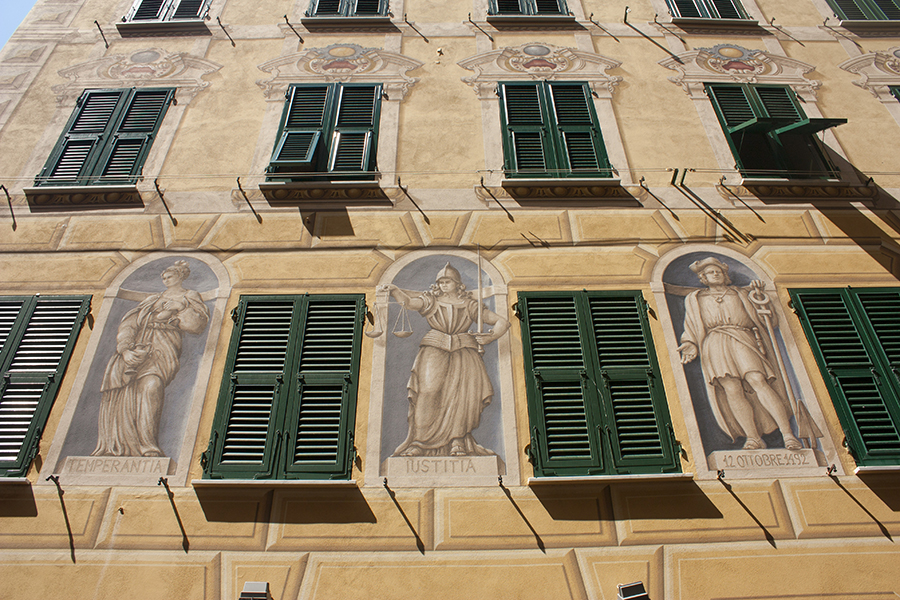
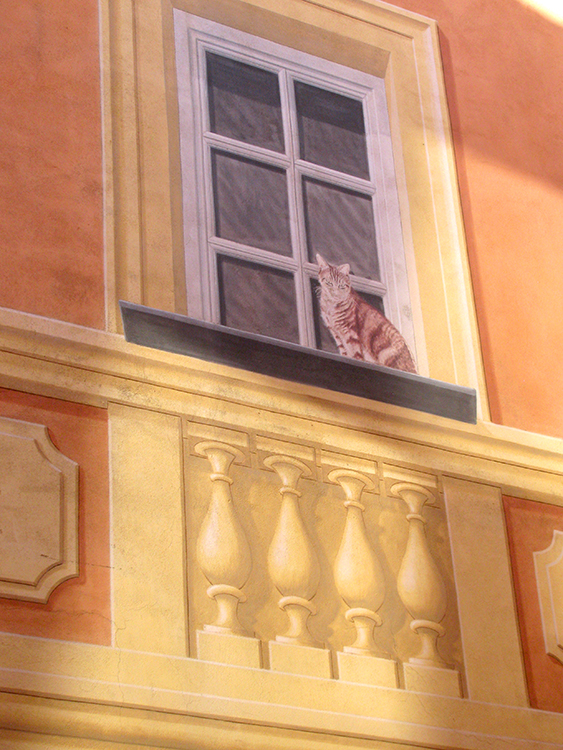
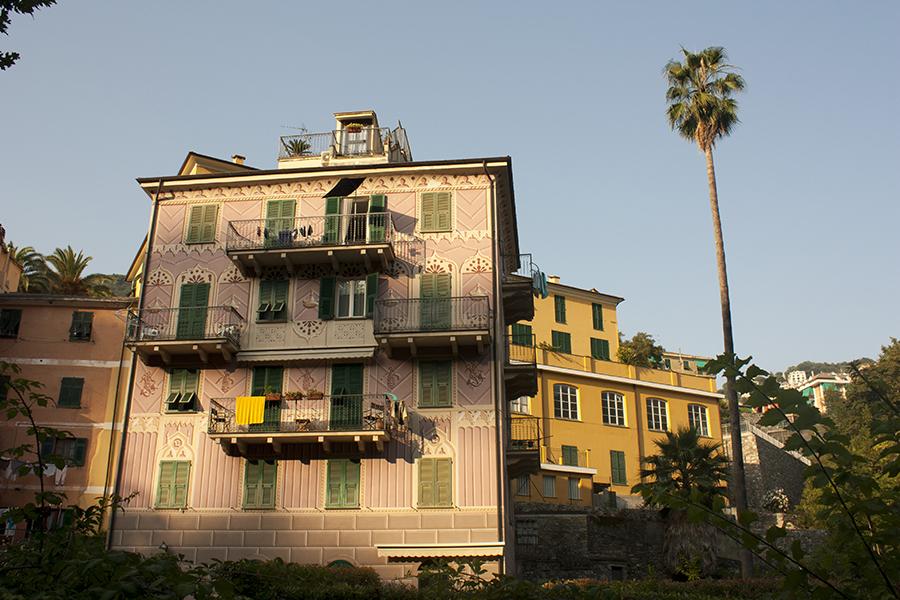
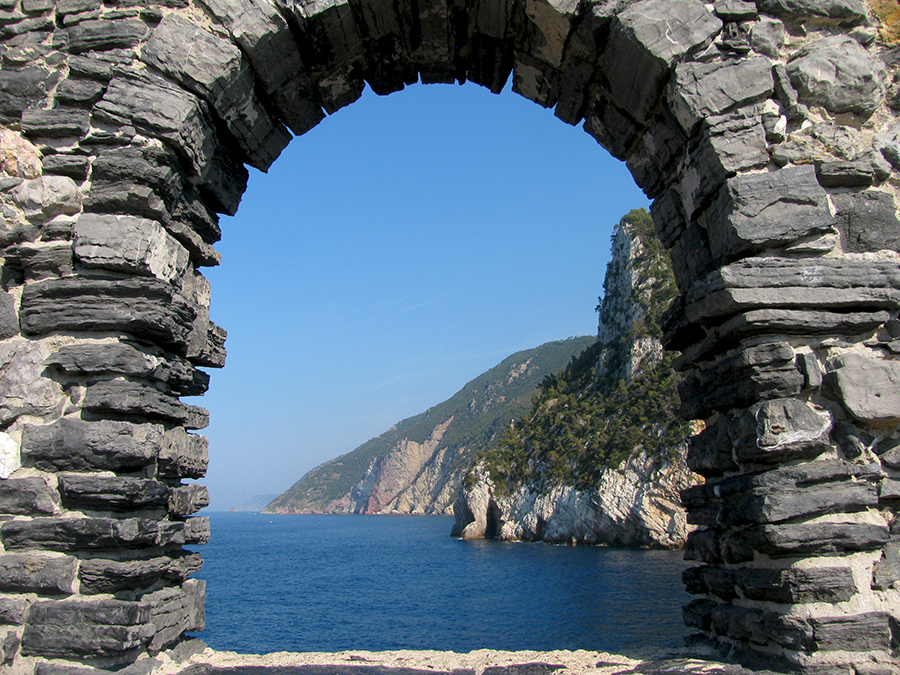
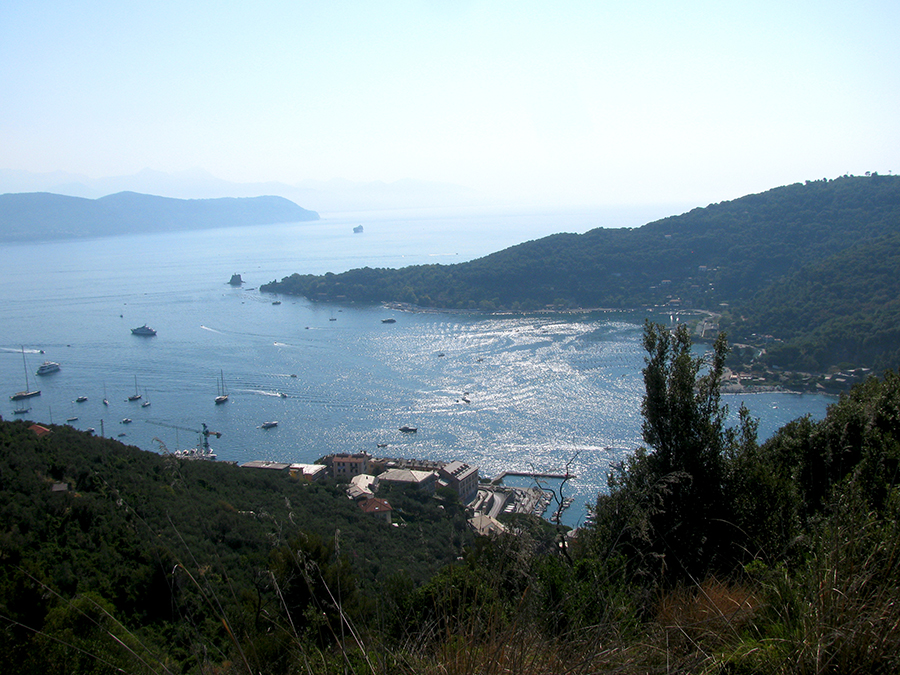

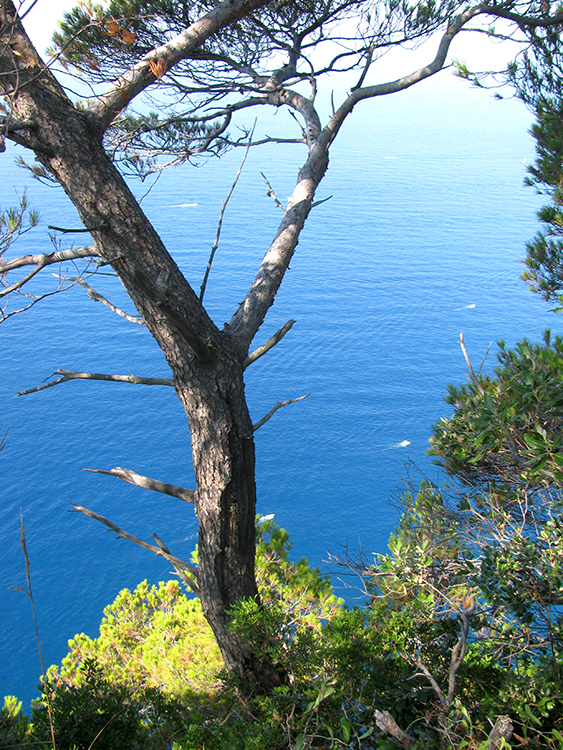
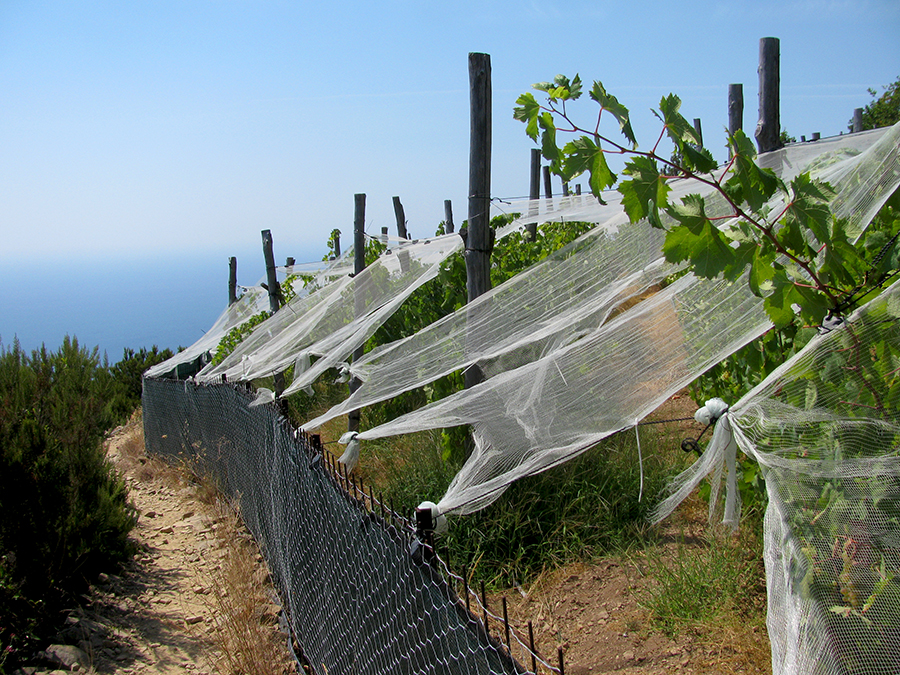
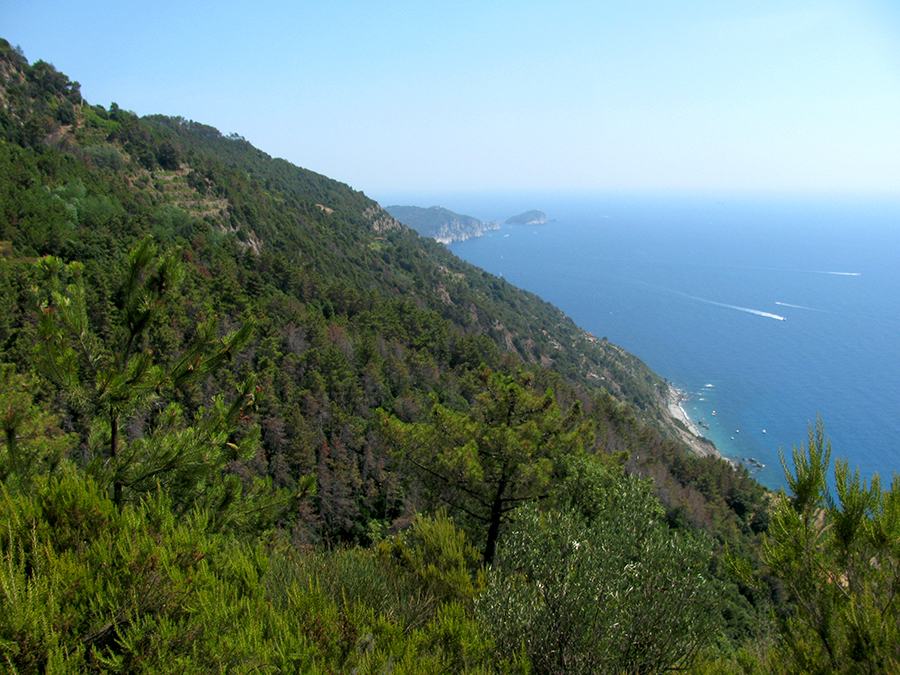

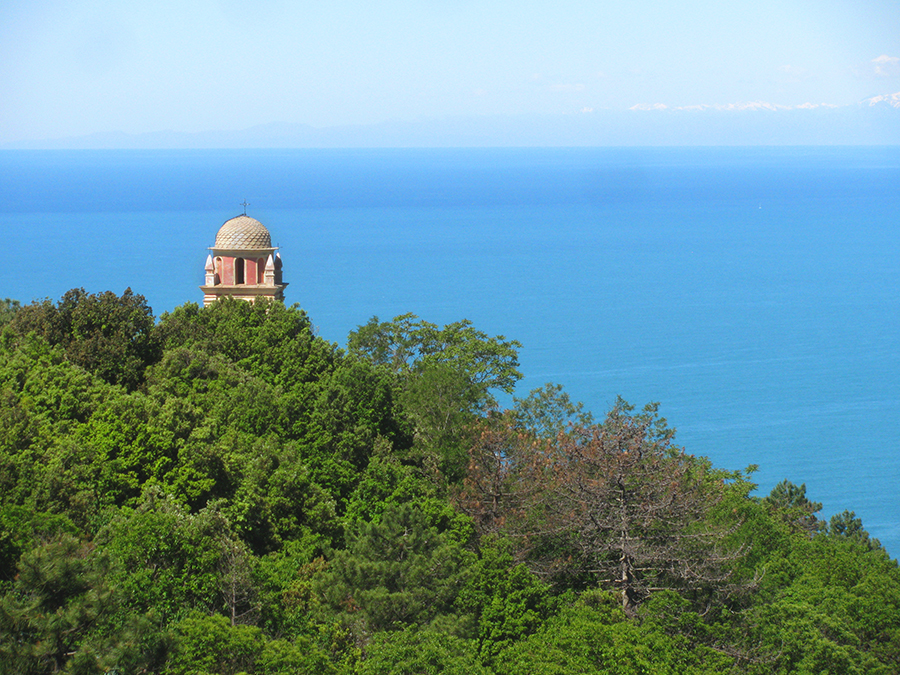
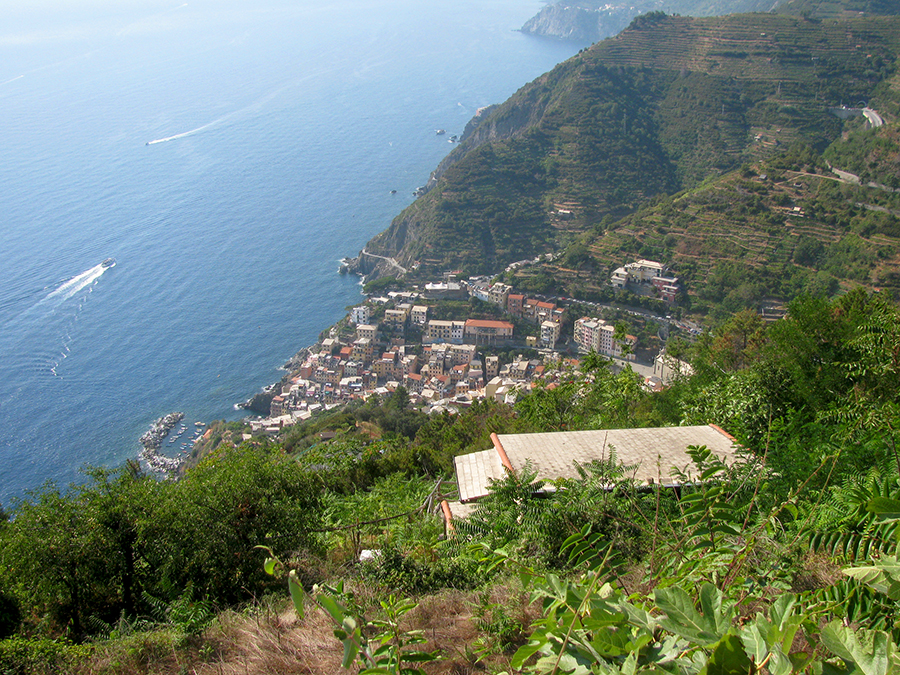
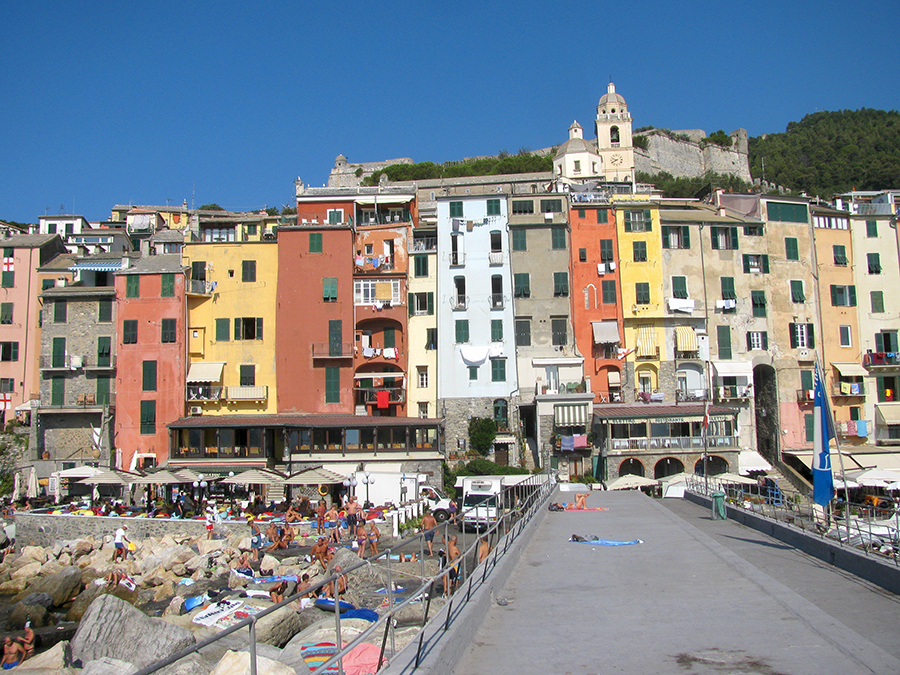
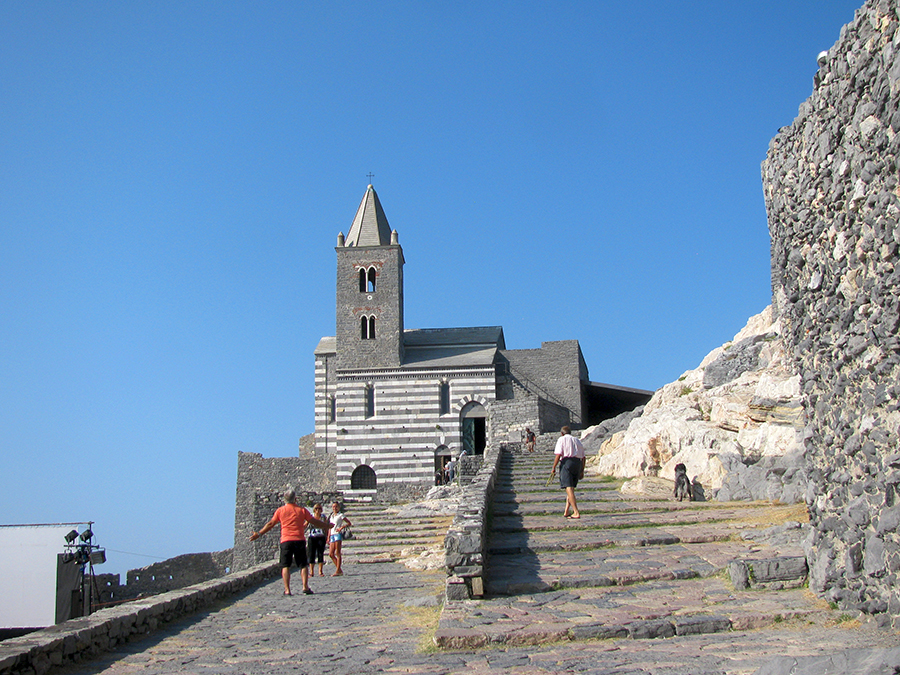

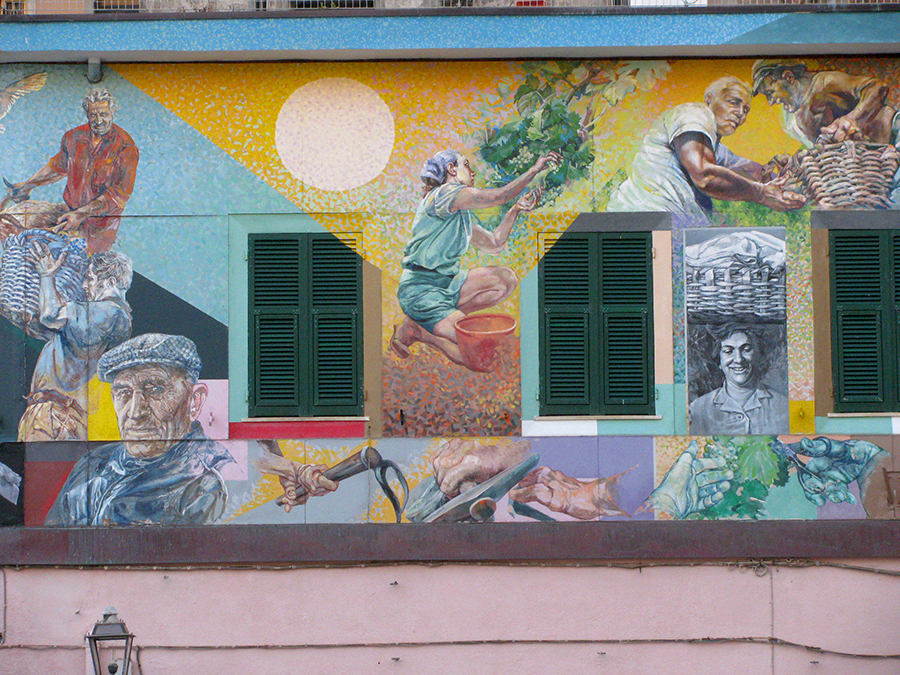


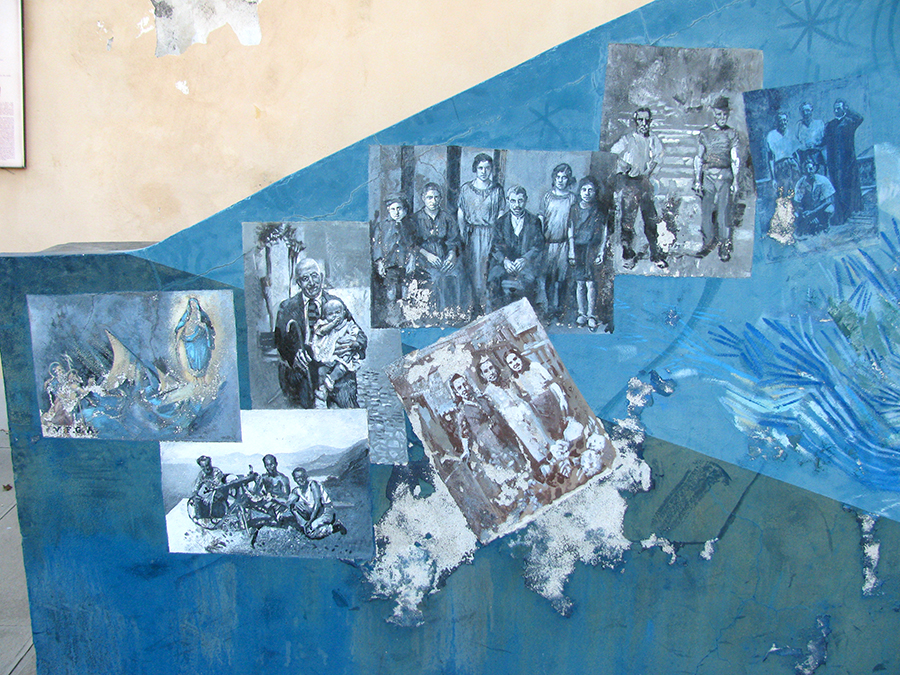
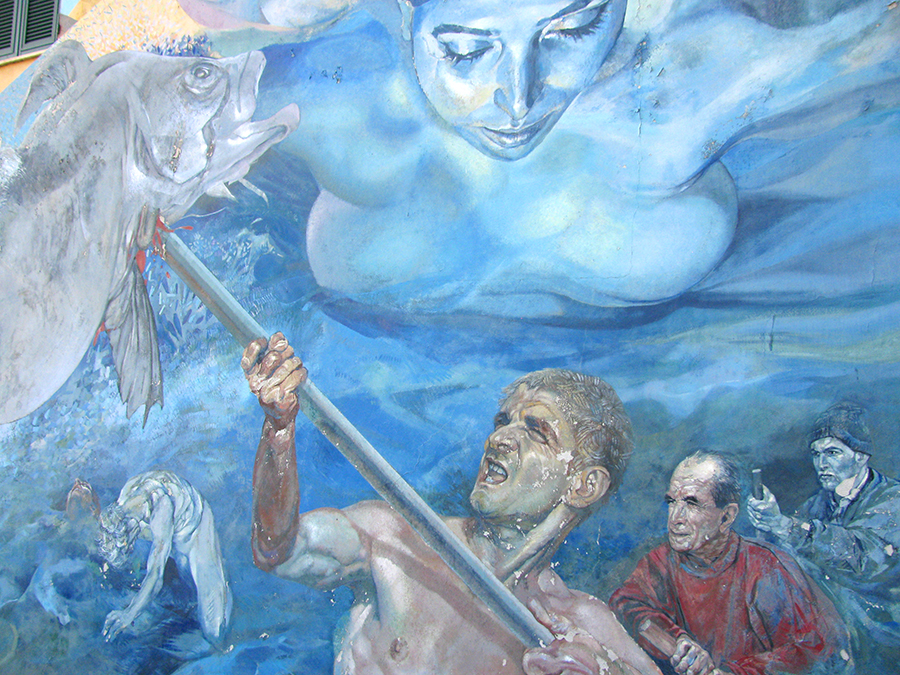
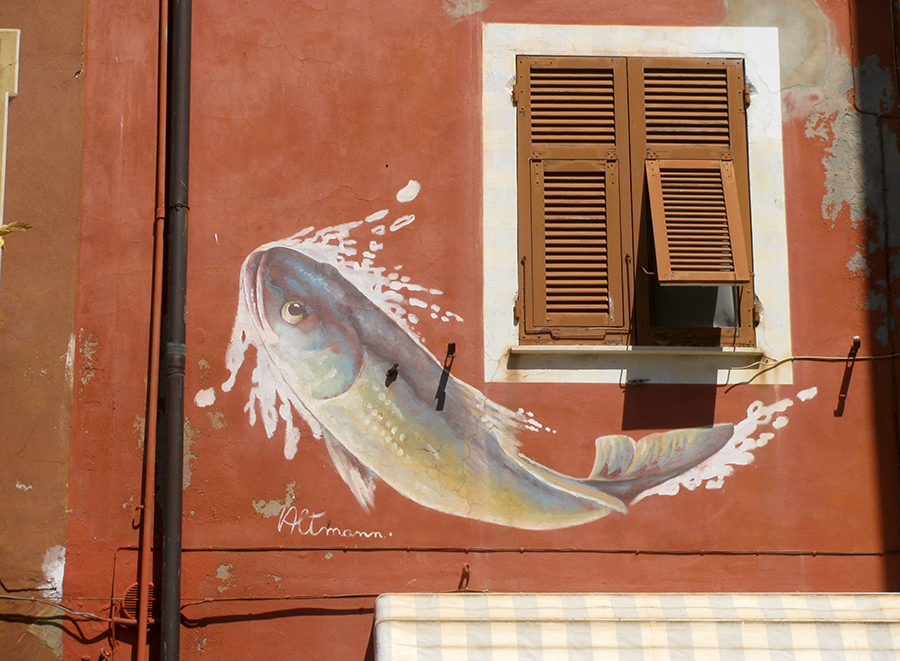
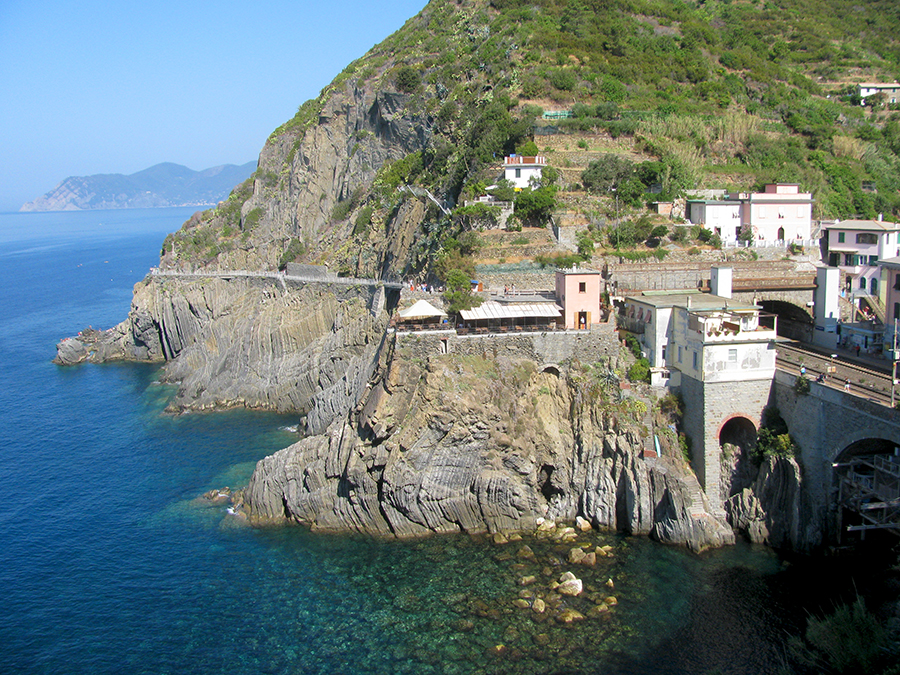
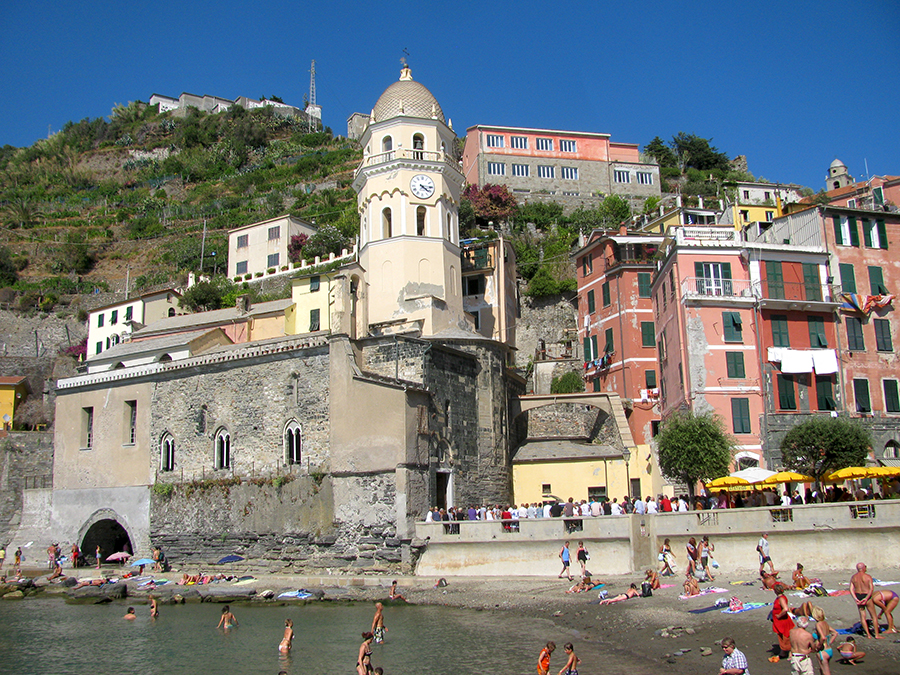



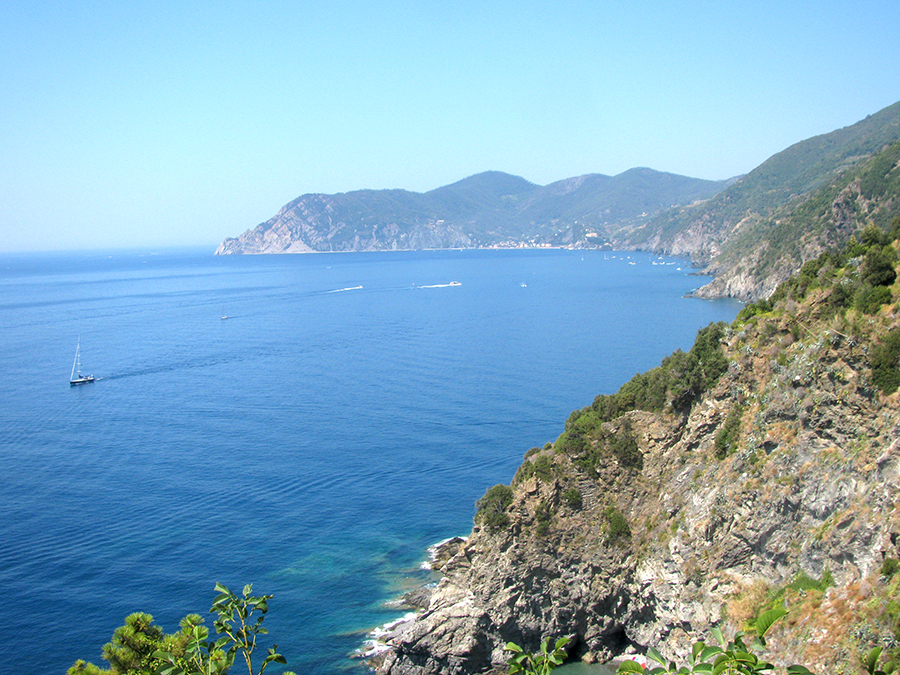
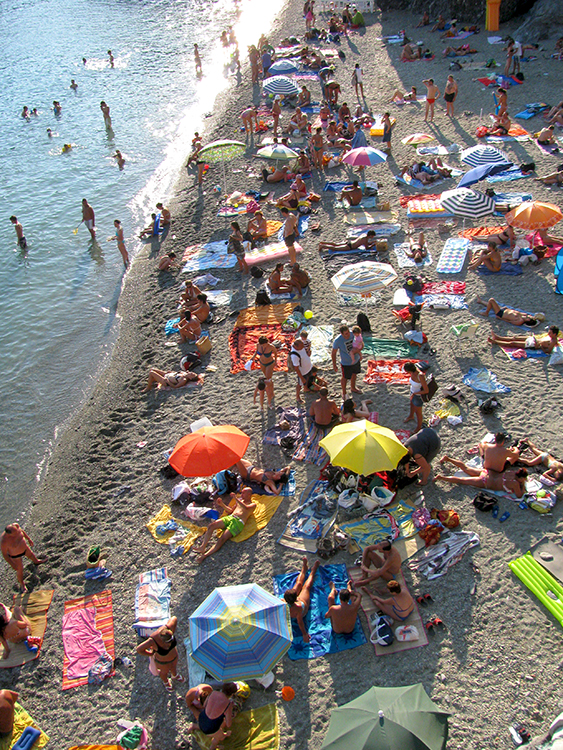
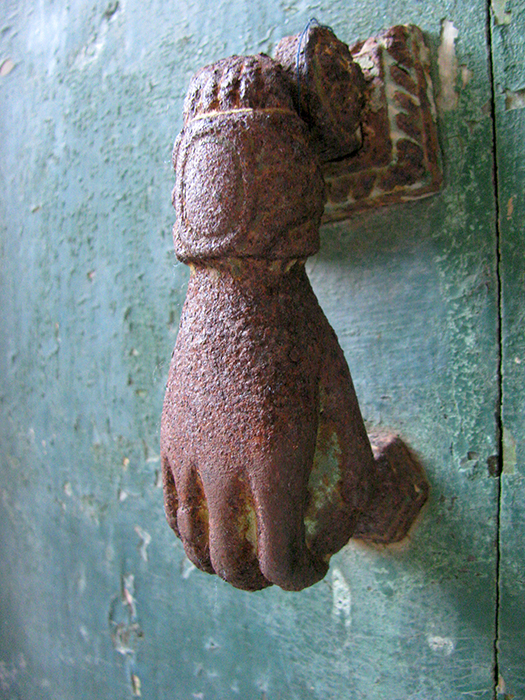
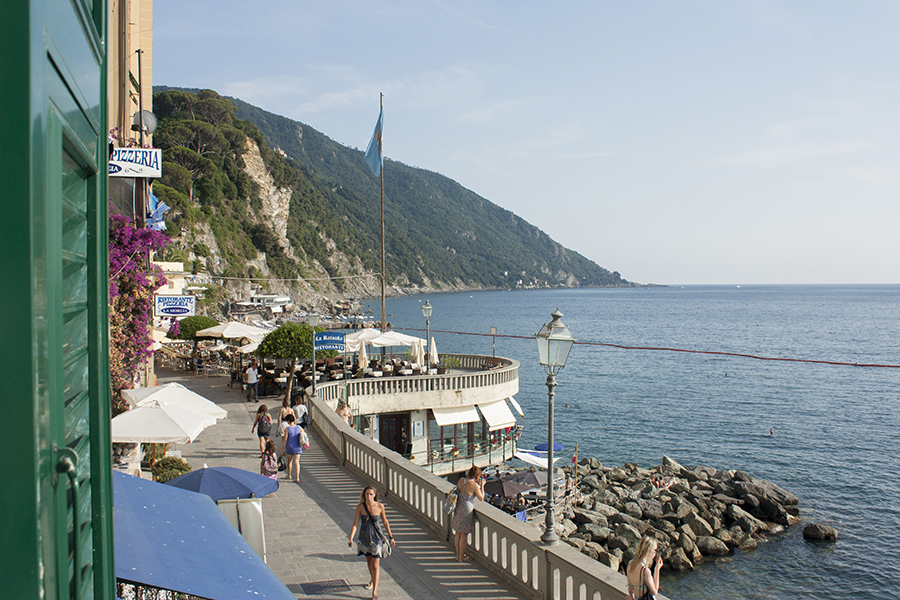
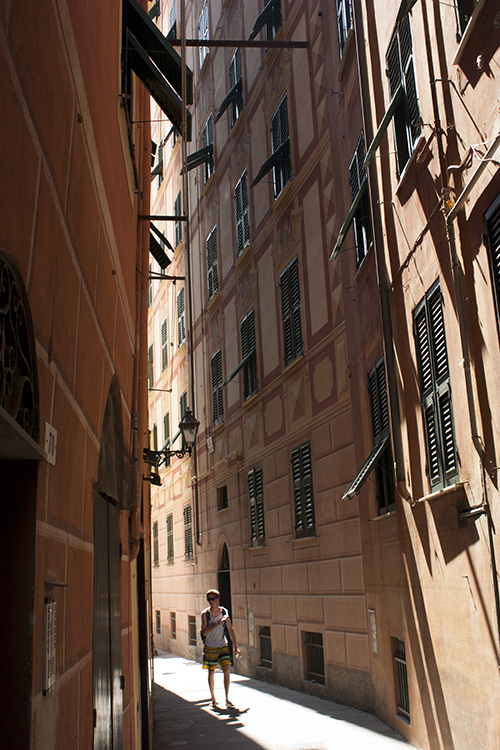
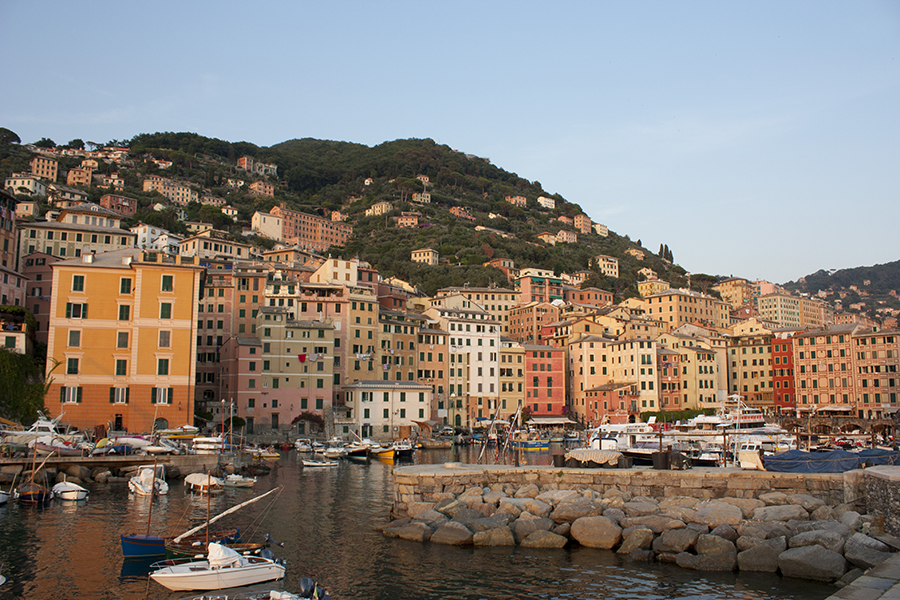
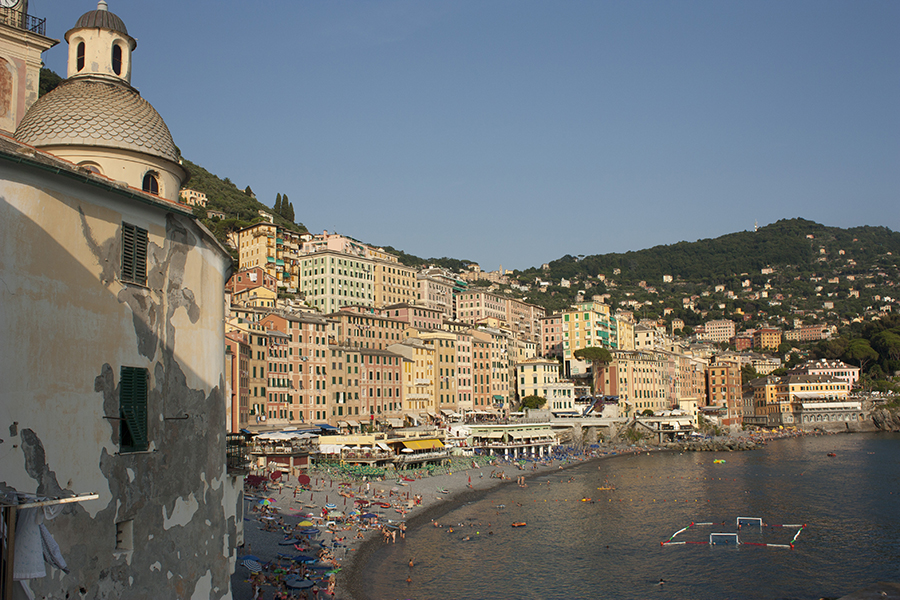
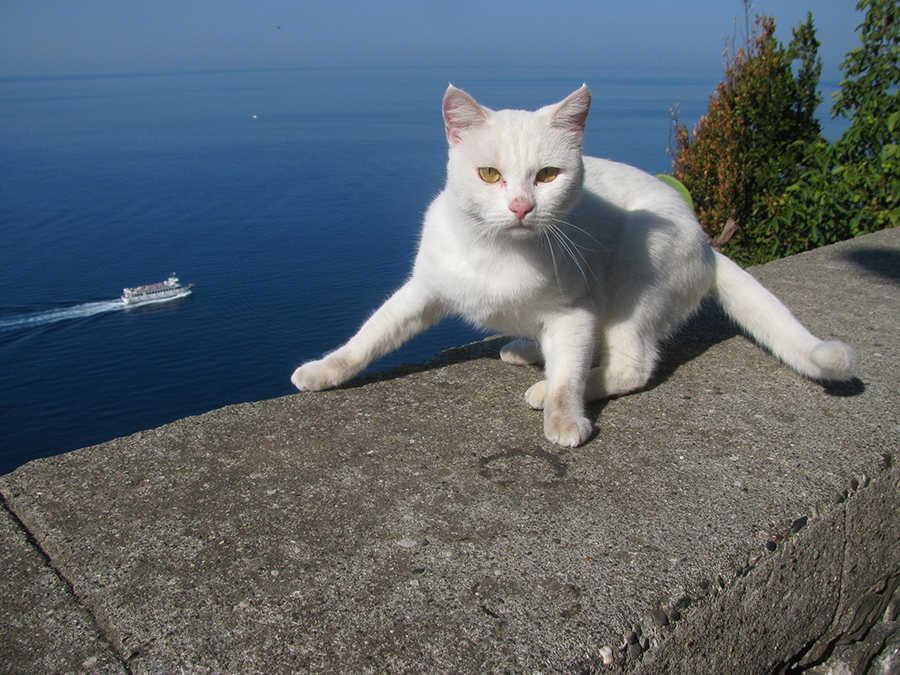
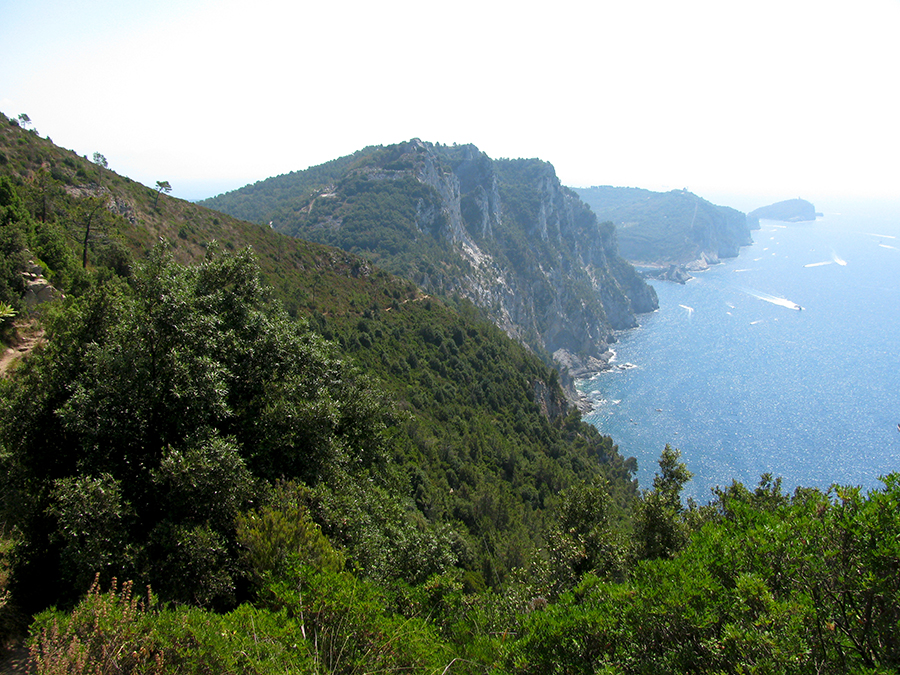

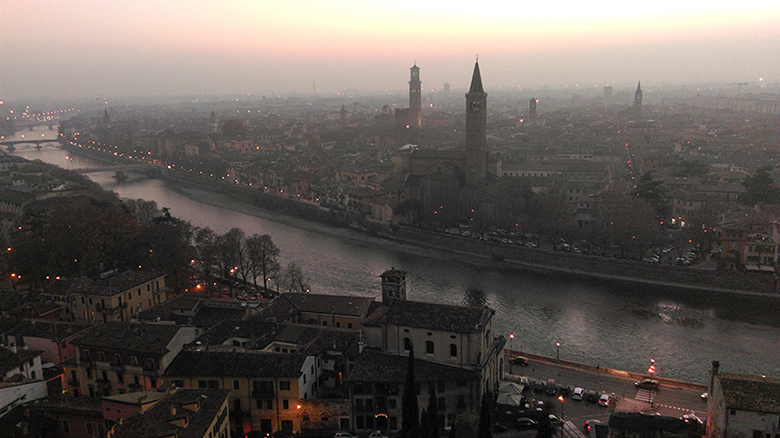
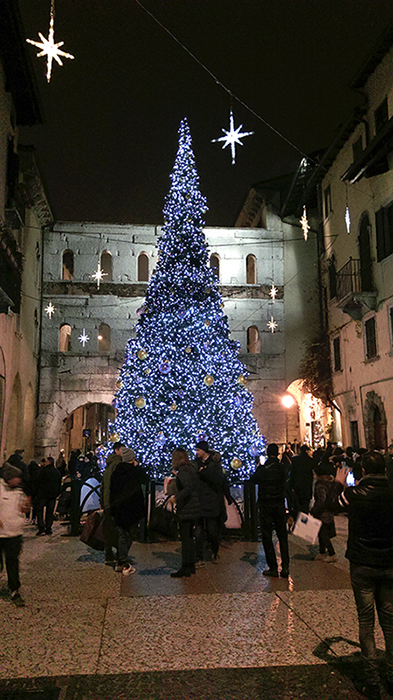
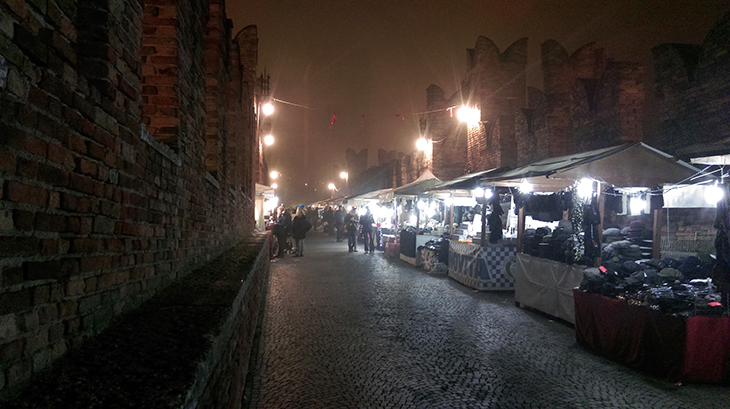
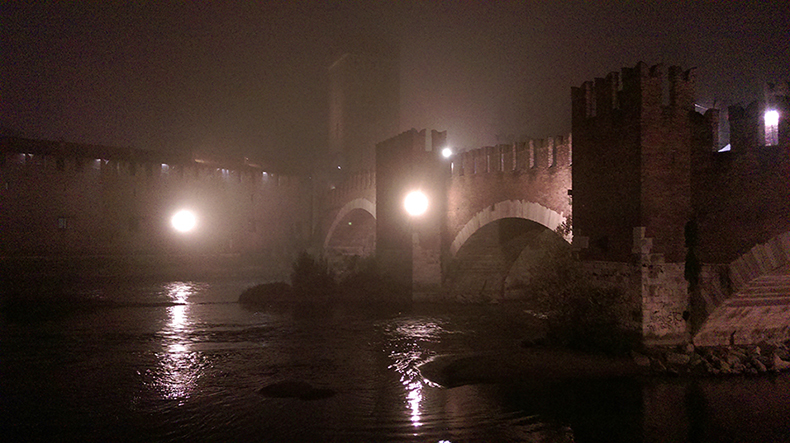
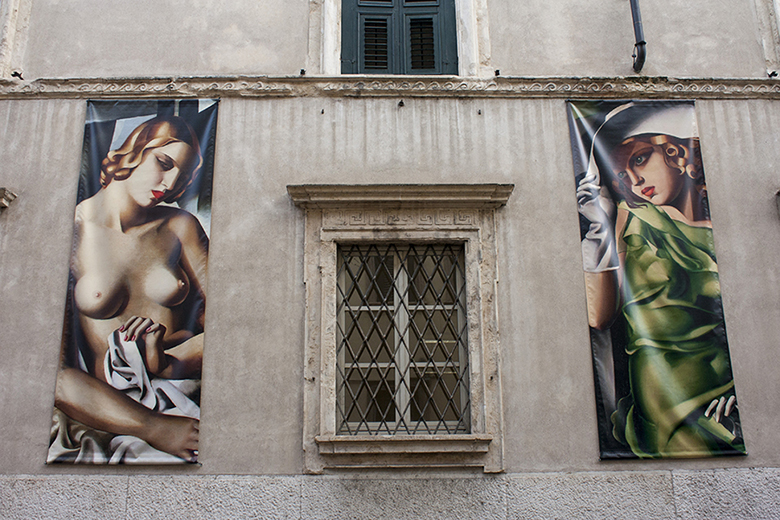
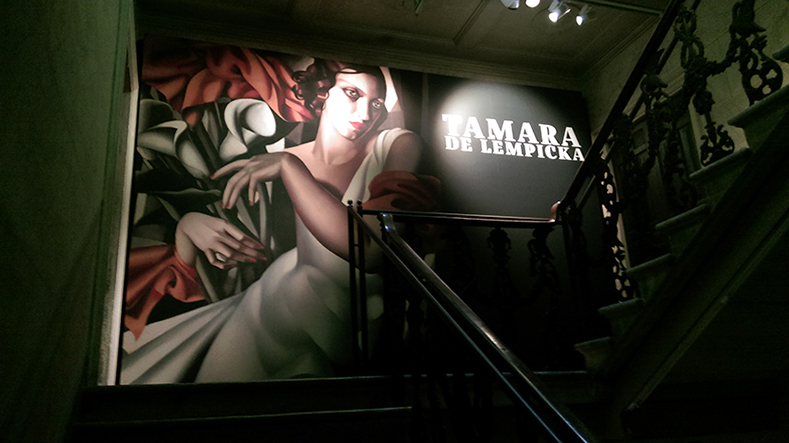


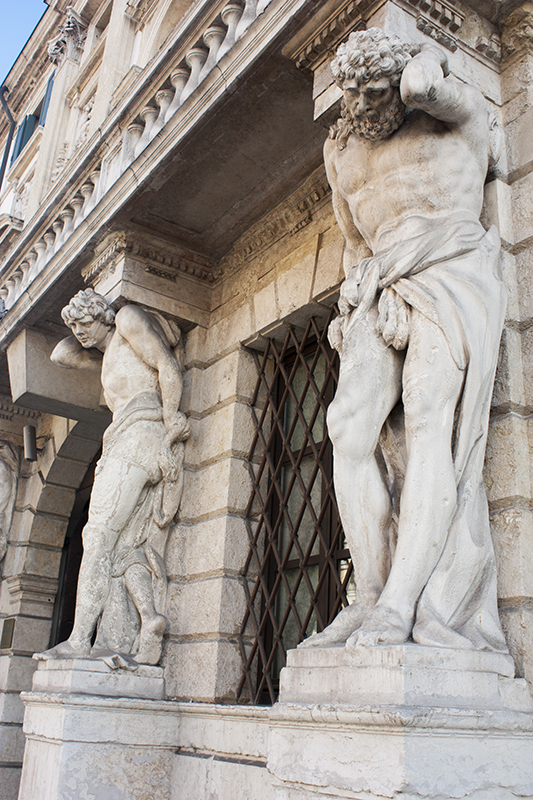
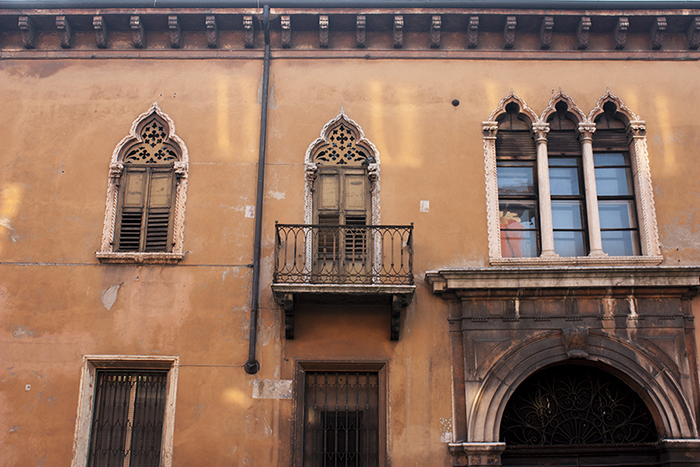
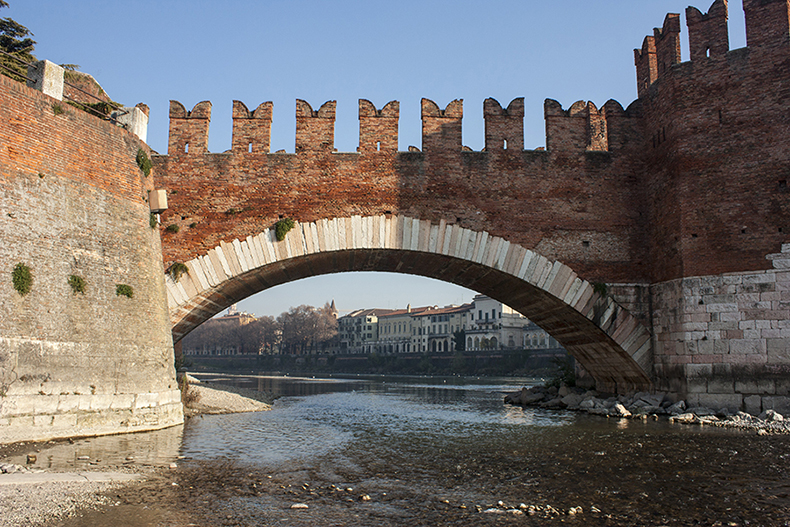

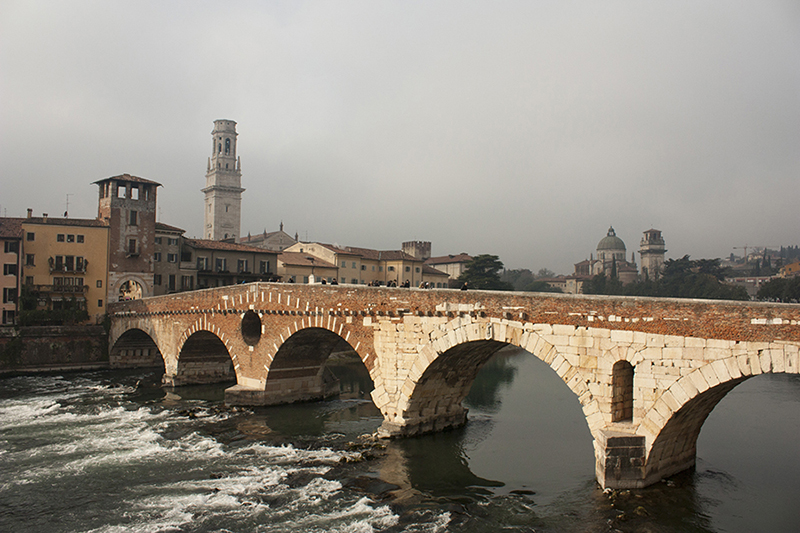
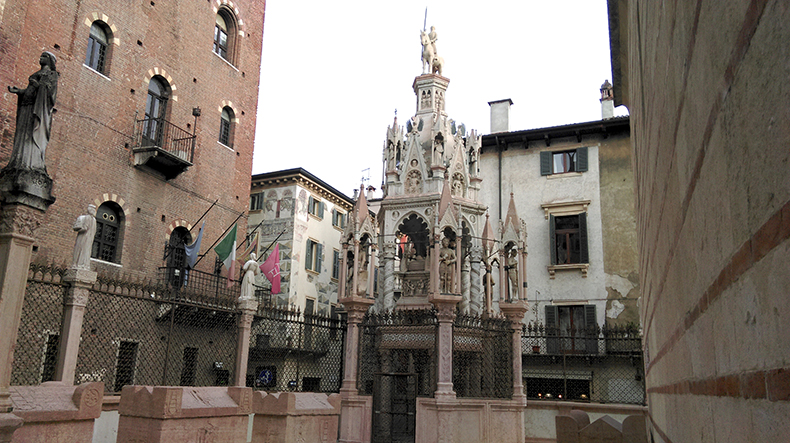






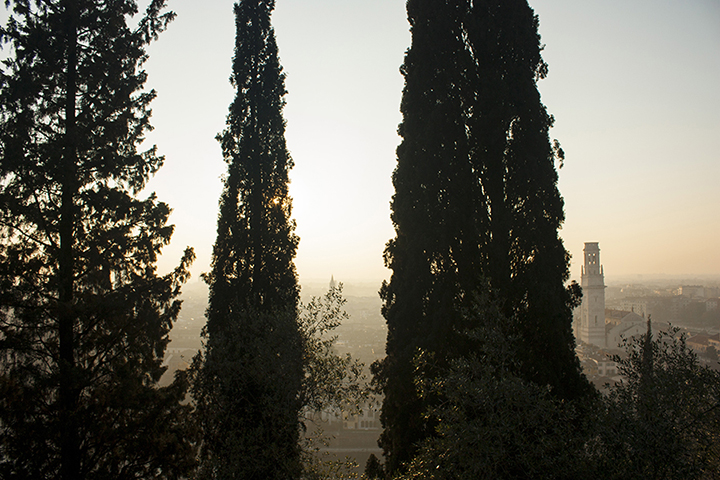
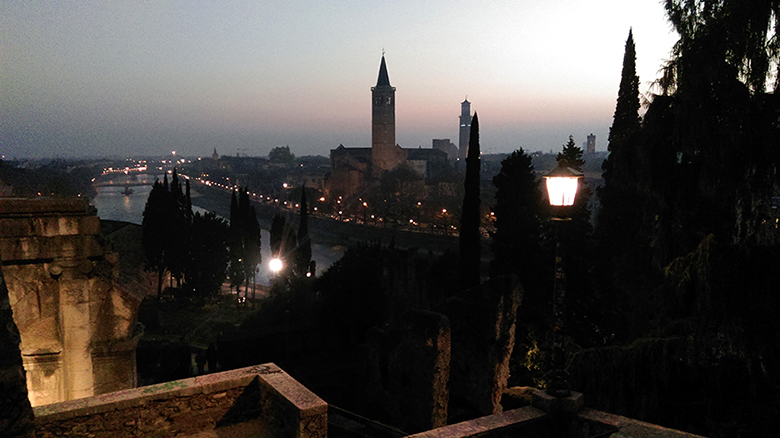
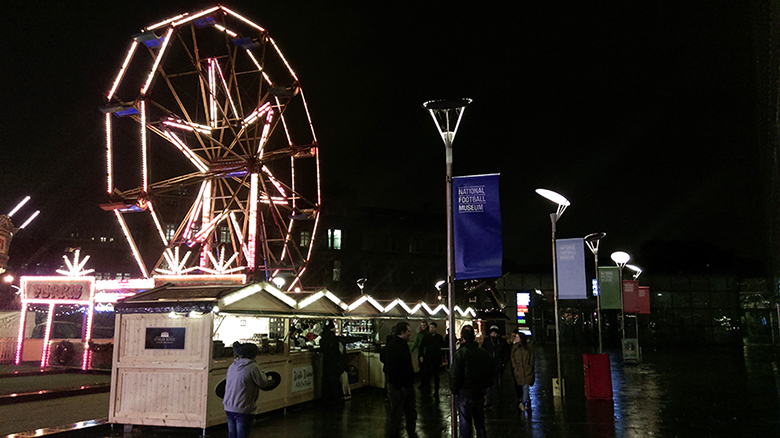
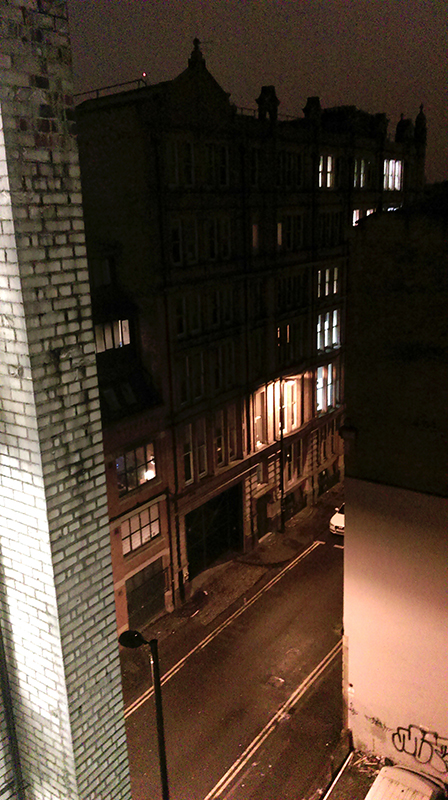
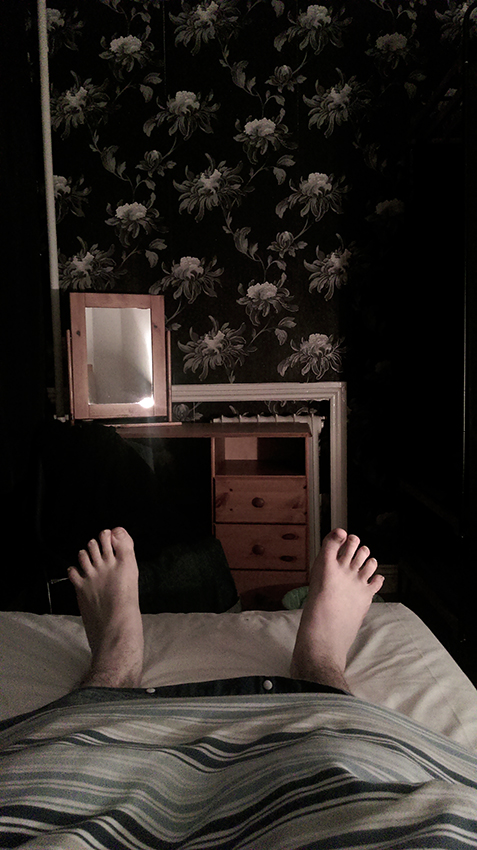
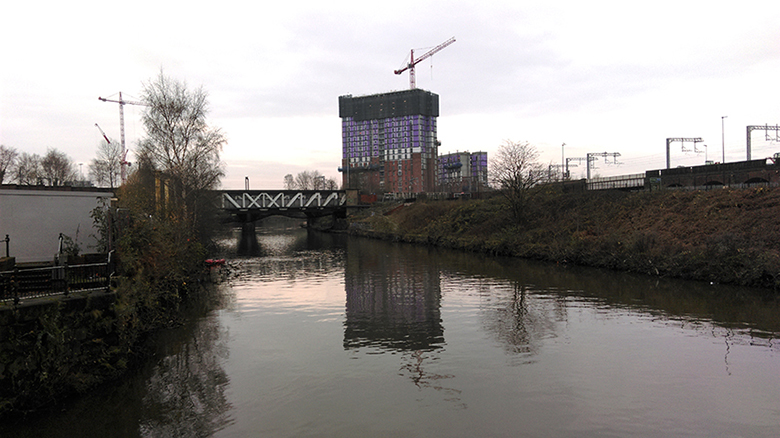
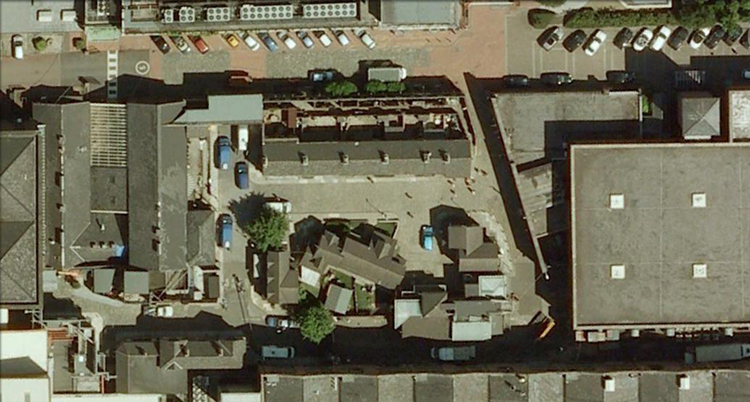


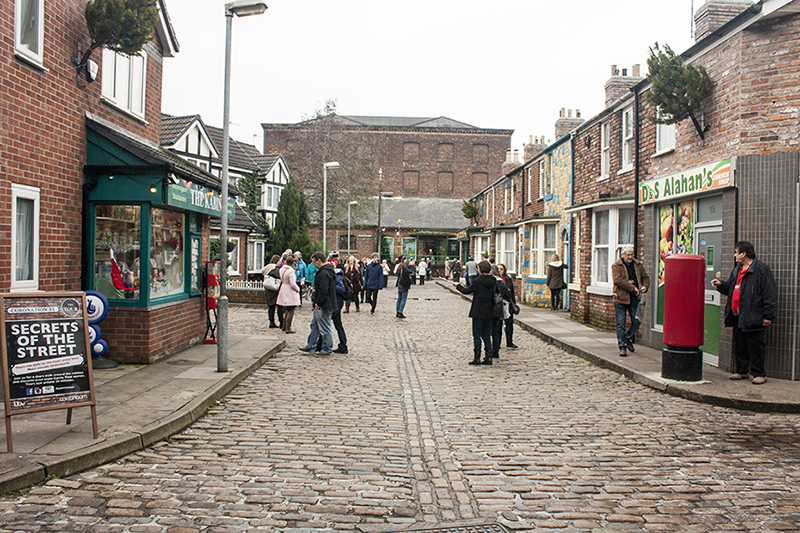
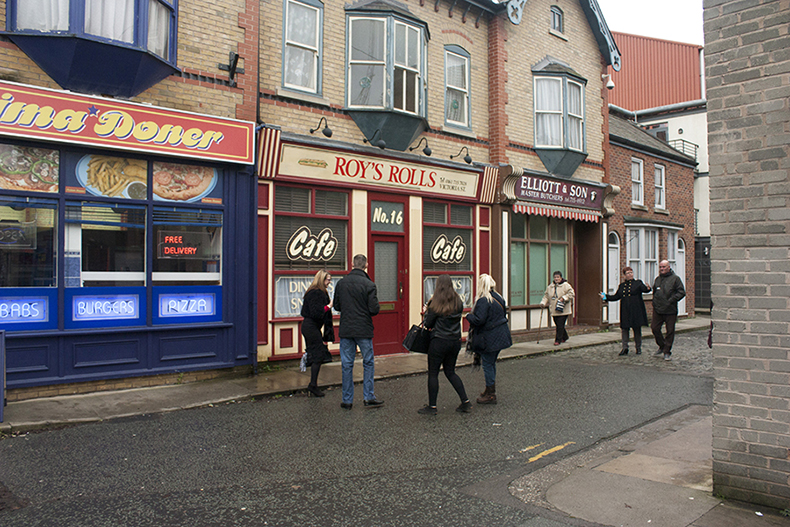



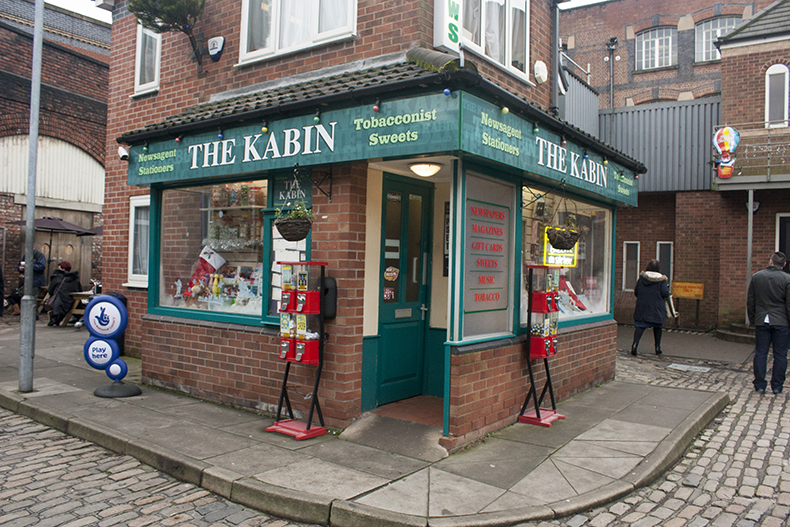
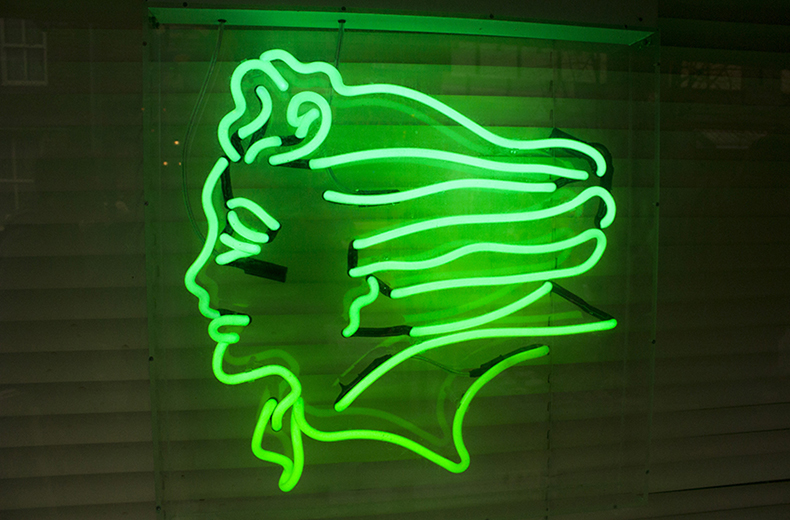
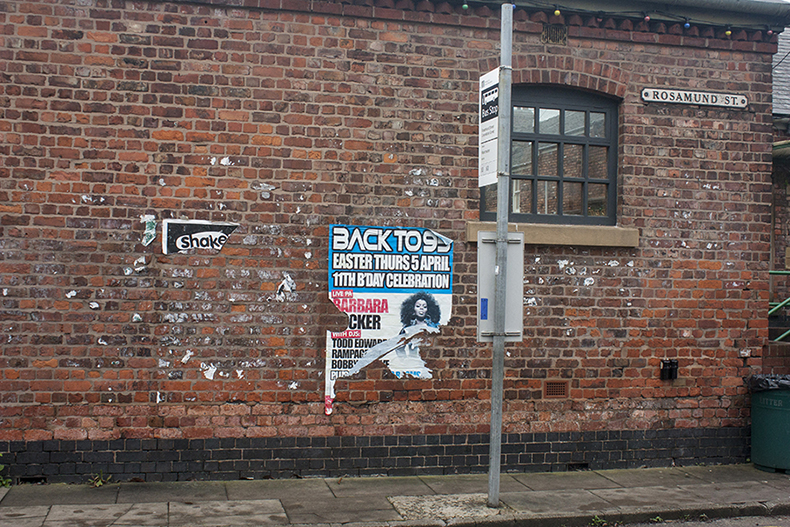

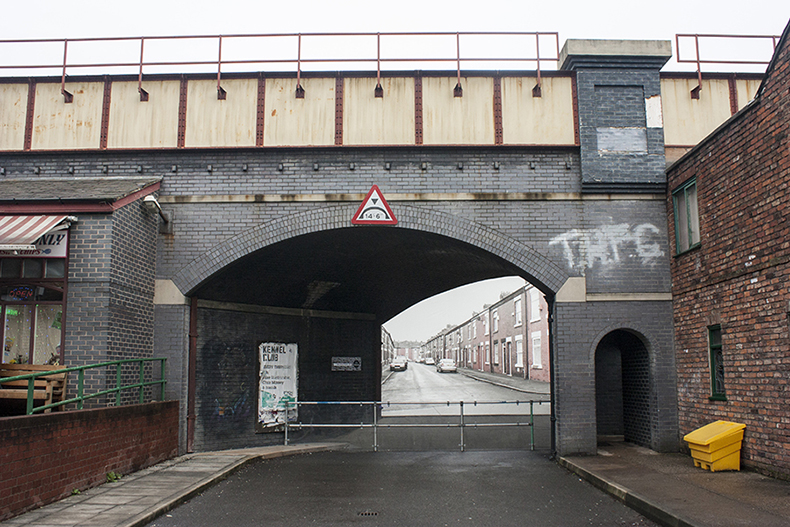

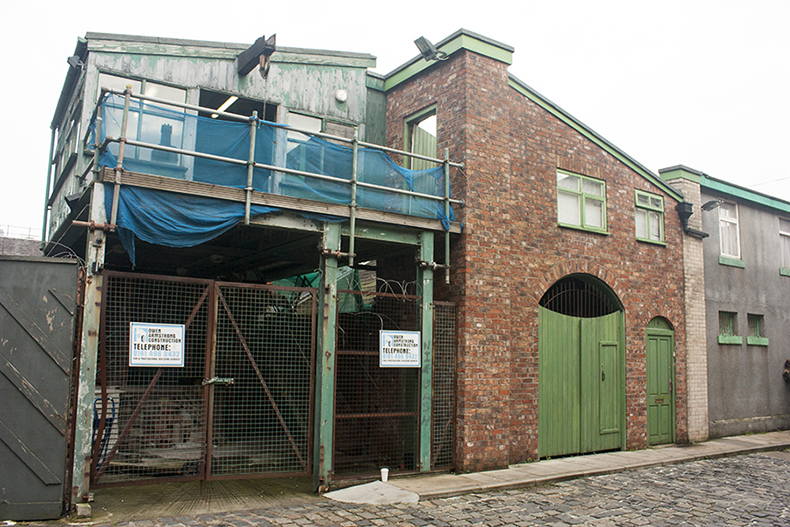
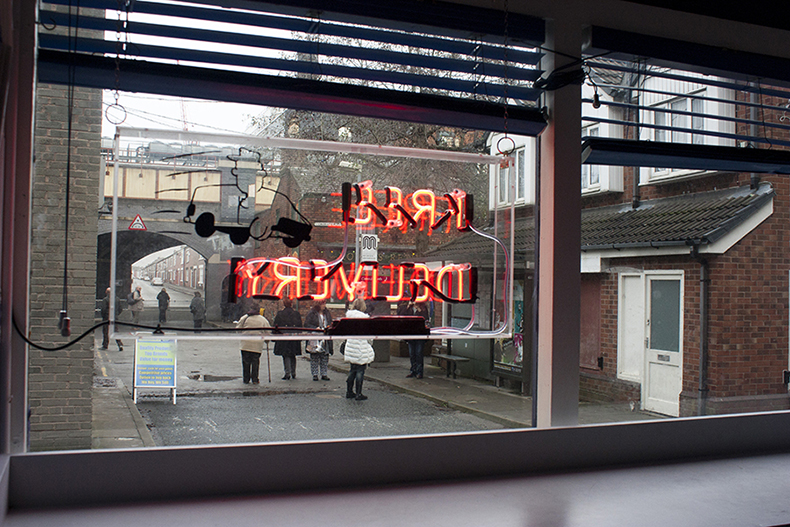
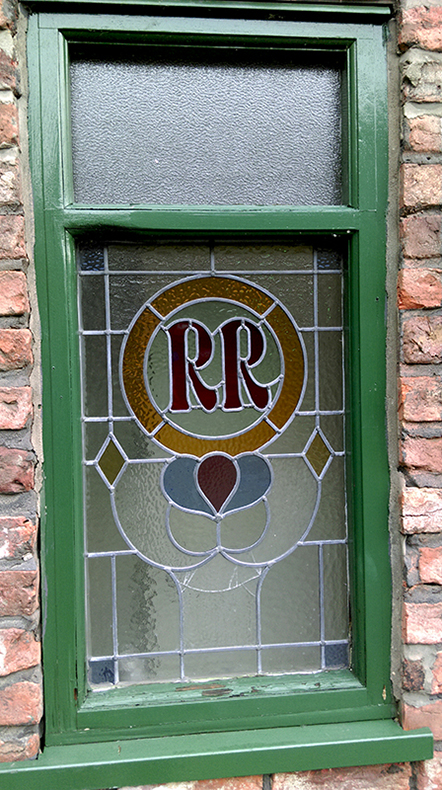
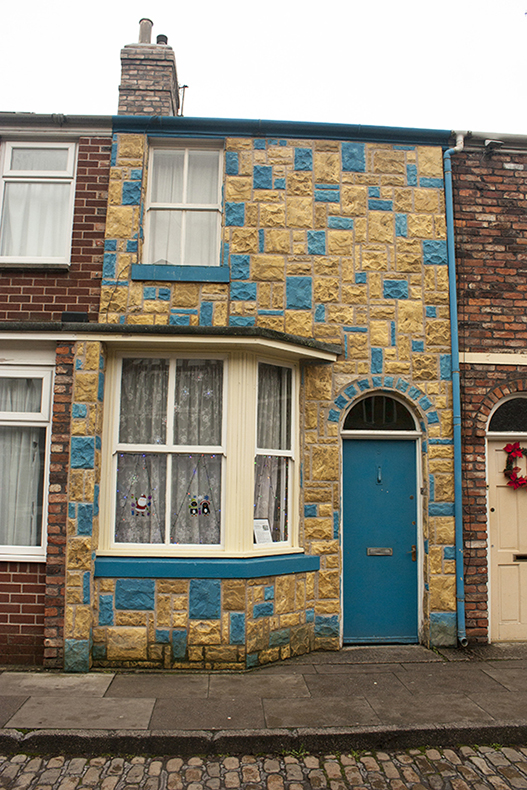

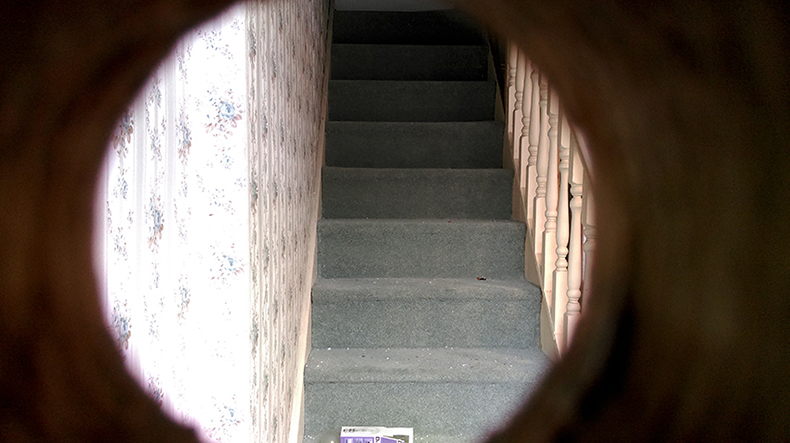
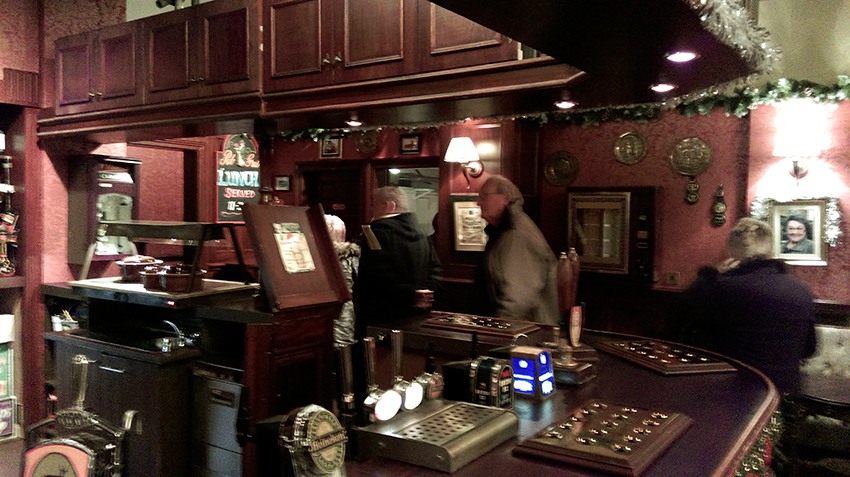
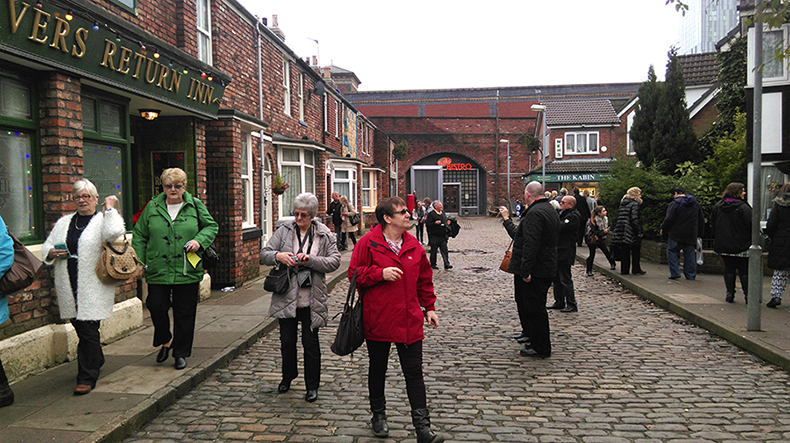
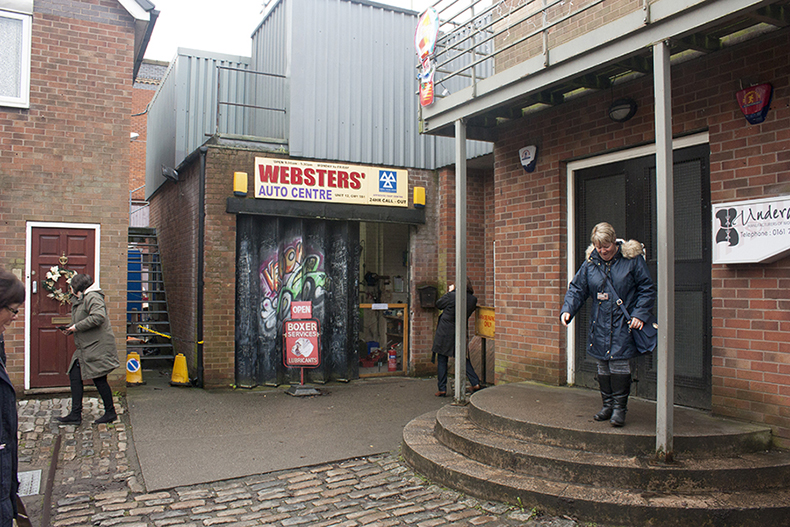


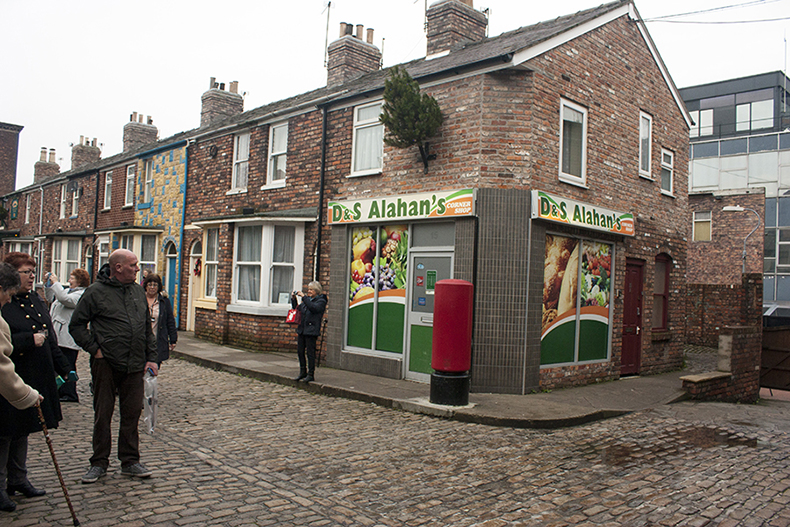


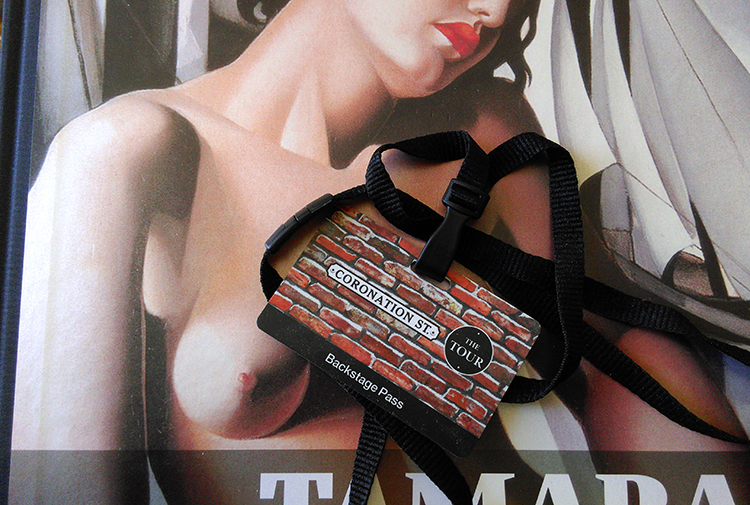
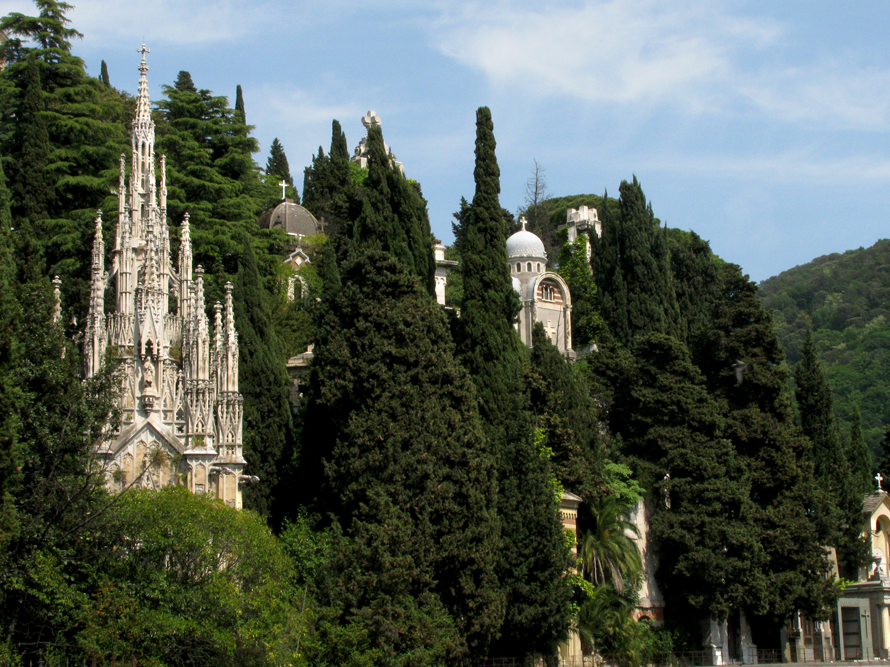
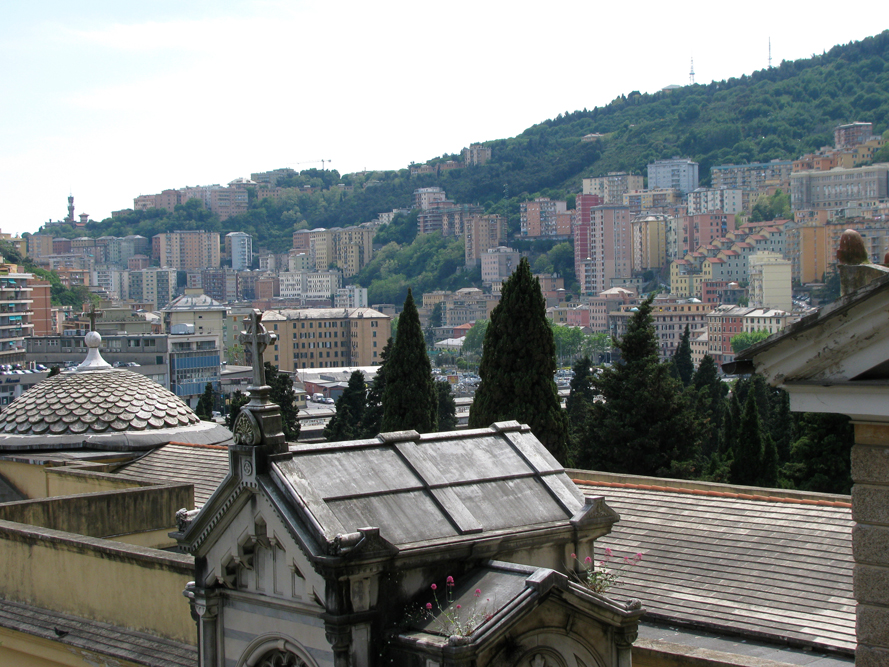
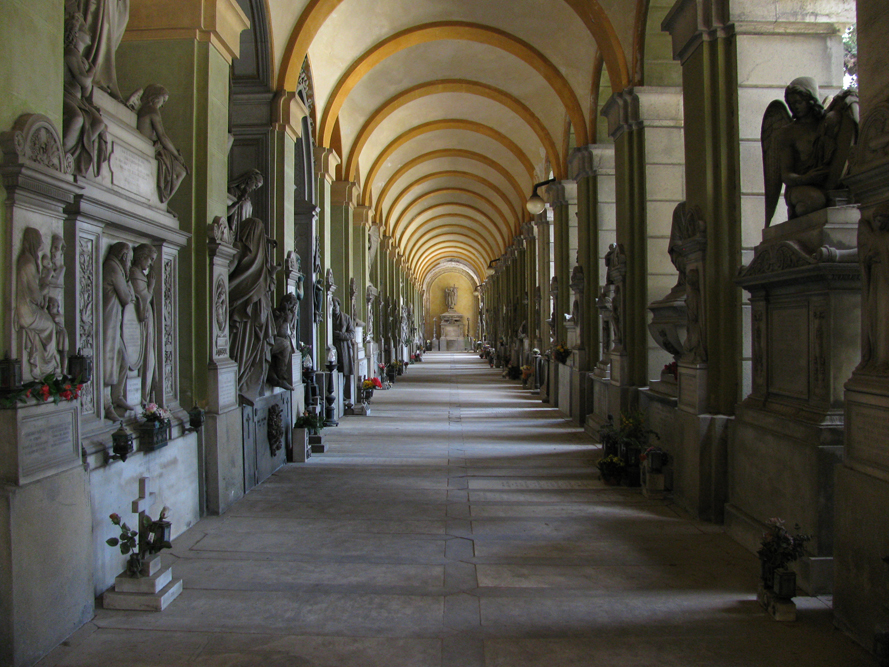 What makes the place so special however is not simply its scale (it has its own interior bus service to get mourners around) but the extraordinary quality and quantity of grand funeral architecture and monuments, with an emphasis on realism and eroticism not to be found anywhere else in the country. Here Thanatos meets Eros, sometimes with a bowler hat. There may not be many illustrious names here, unlike say, Pere Lachaise in Paris or Kensal Rise in London, but the bourgeois dead of the 19th and early 20th centuries have ensured this is a must see part of Italy.
What makes the place so special however is not simply its scale (it has its own interior bus service to get mourners around) but the extraordinary quality and quantity of grand funeral architecture and monuments, with an emphasis on realism and eroticism not to be found anywhere else in the country. Here Thanatos meets Eros, sometimes with a bowler hat. There may not be many illustrious names here, unlike say, Pere Lachaise in Paris or Kensal Rise in London, but the bourgeois dead of the 19th and early 20th centuries have ensured this is a must see part of Italy.